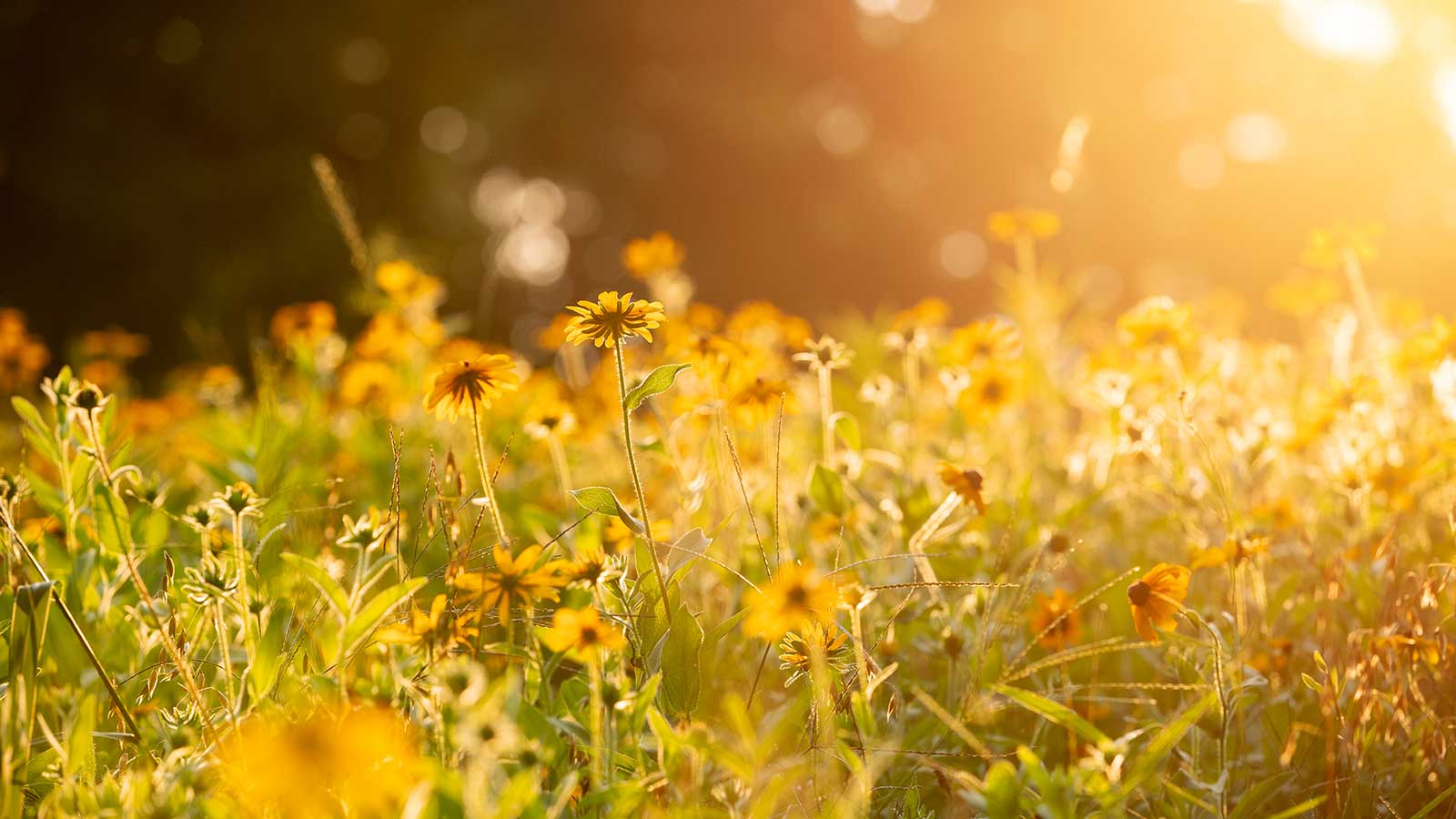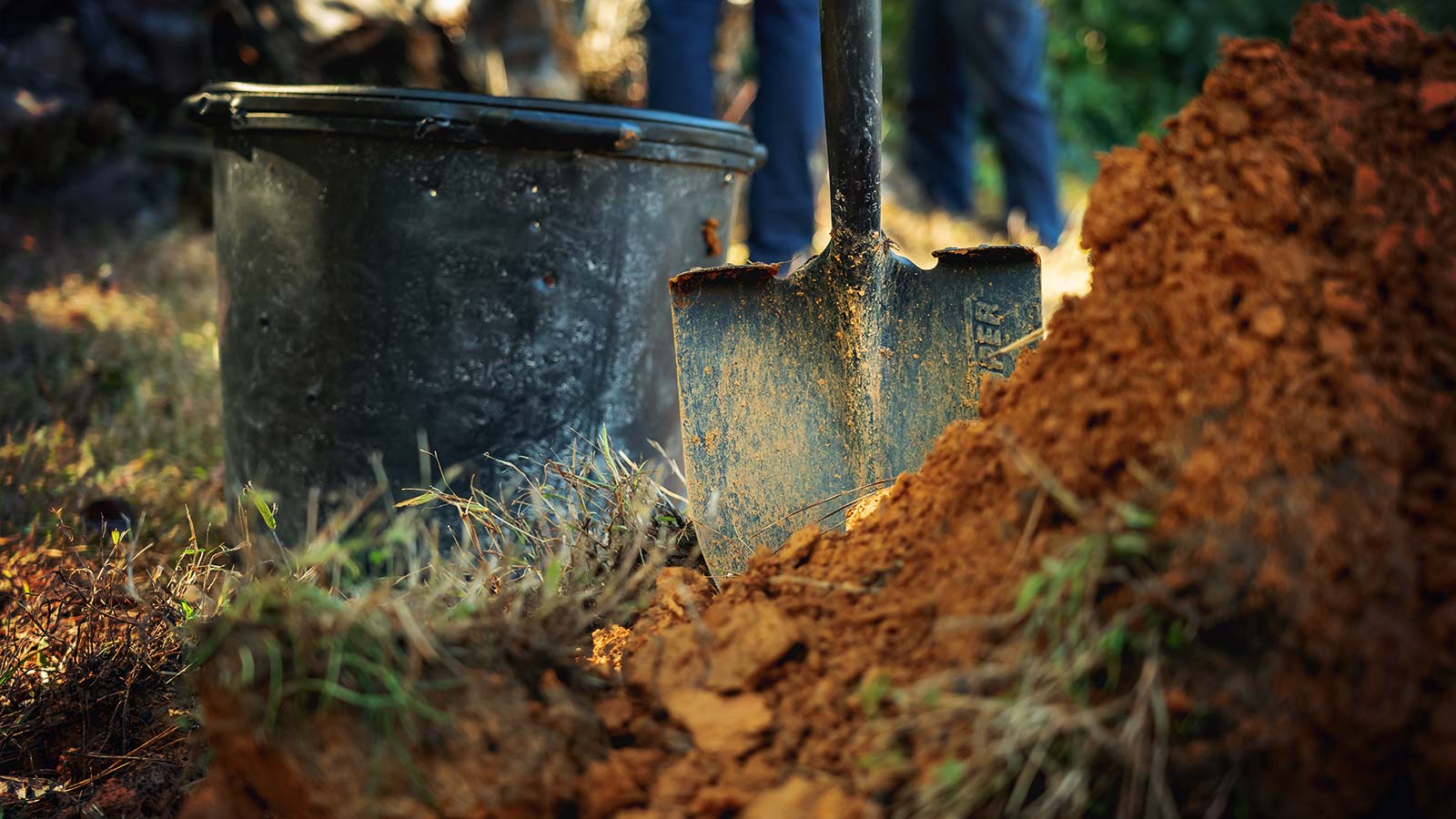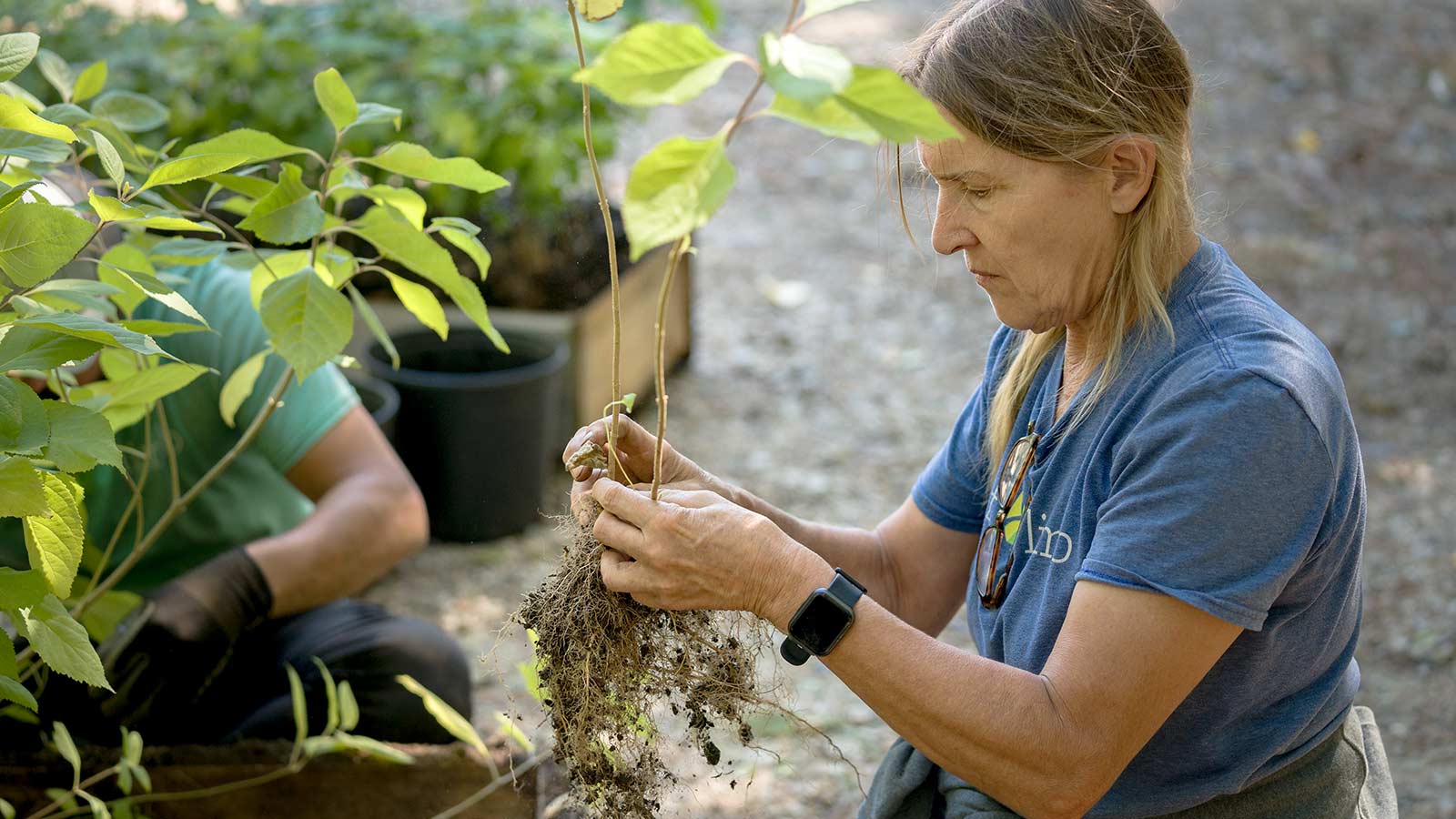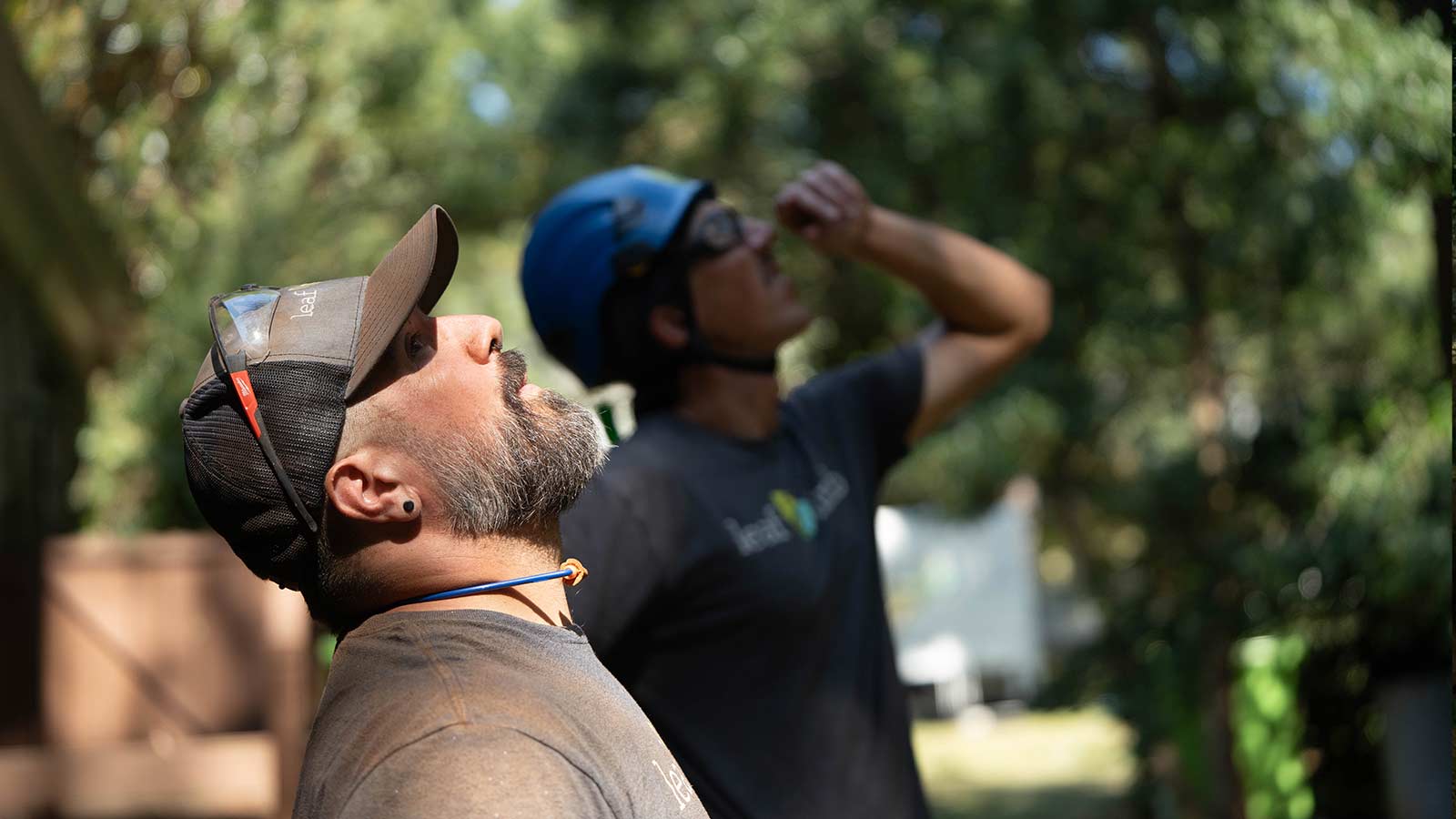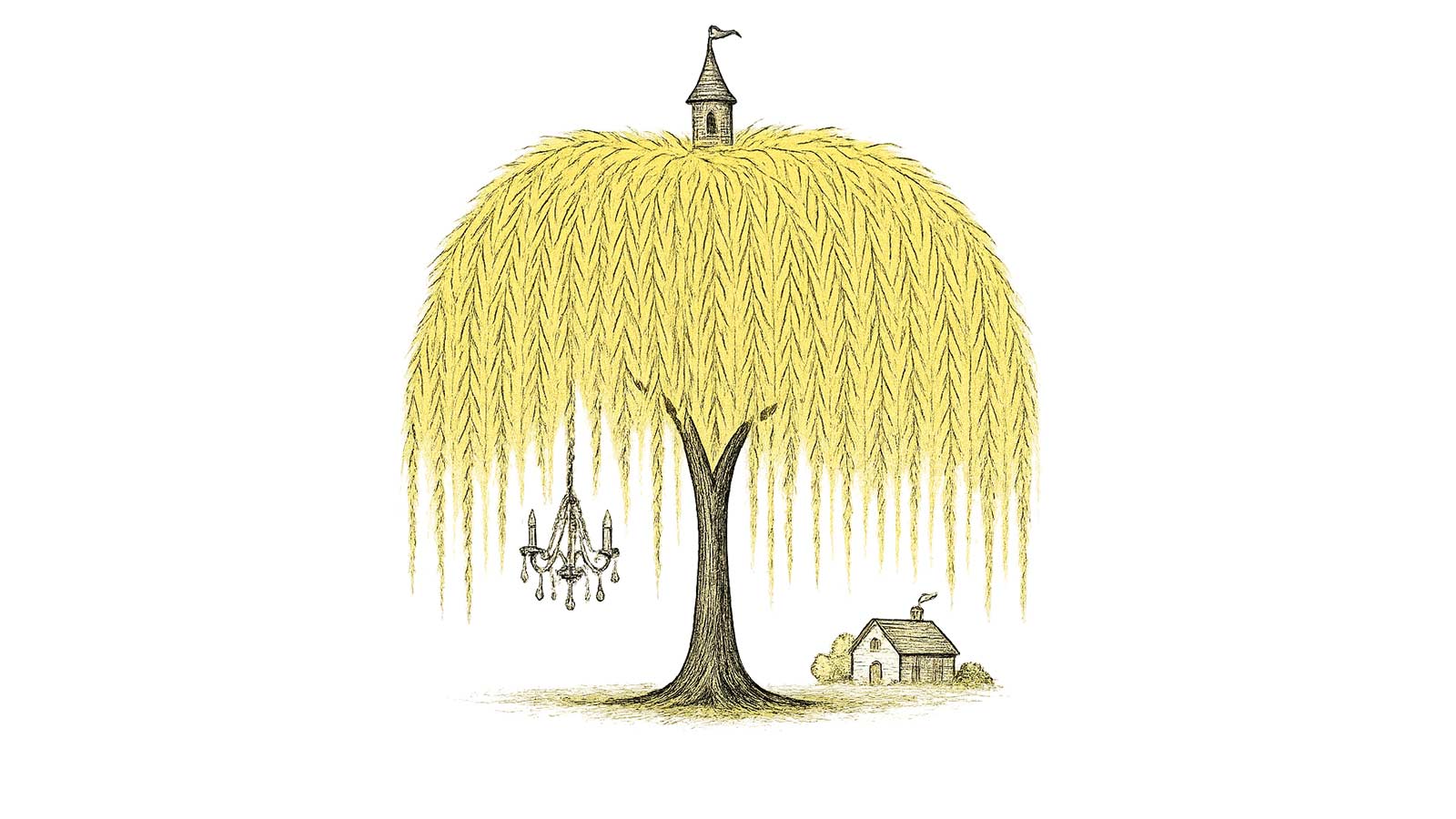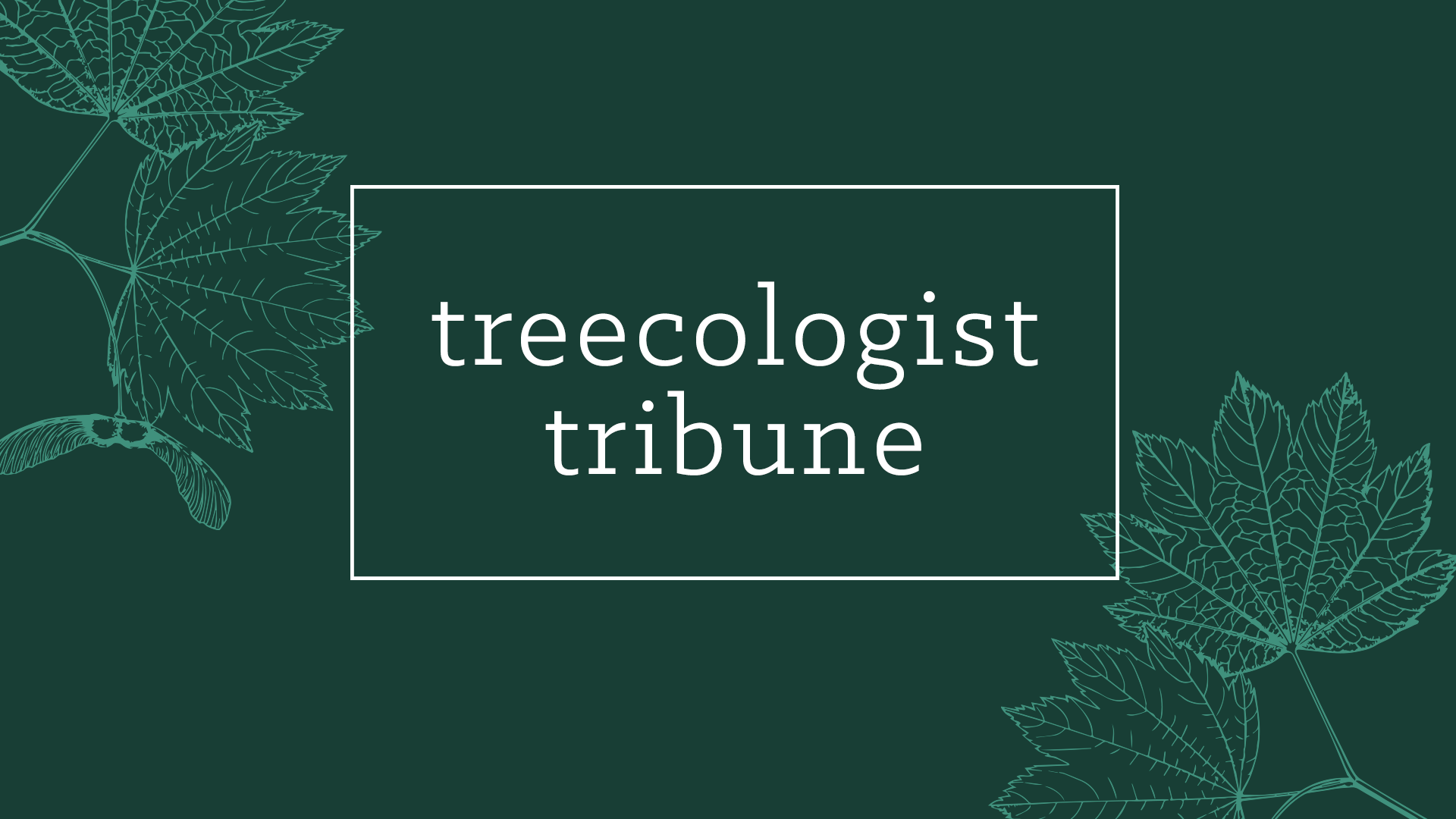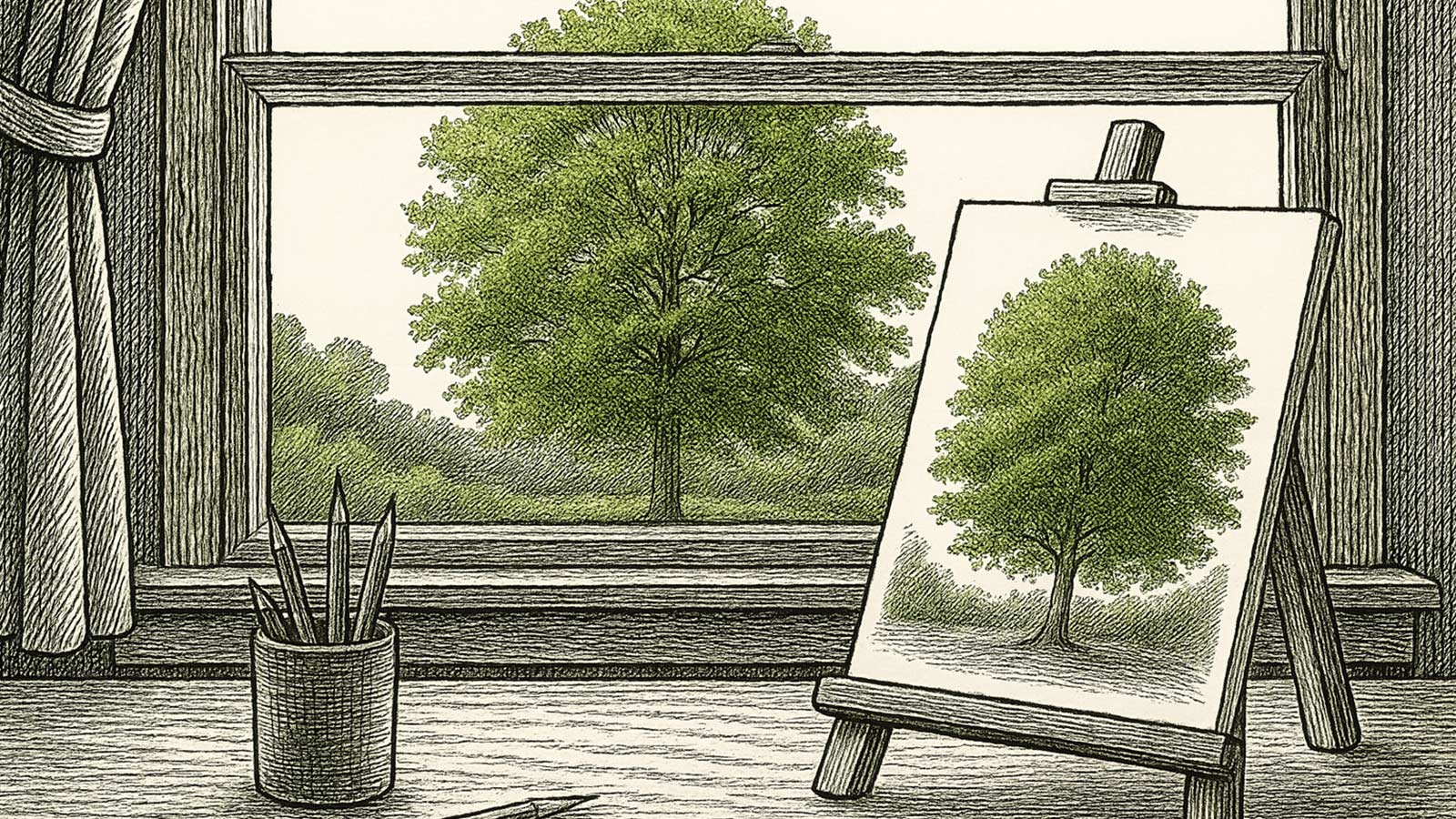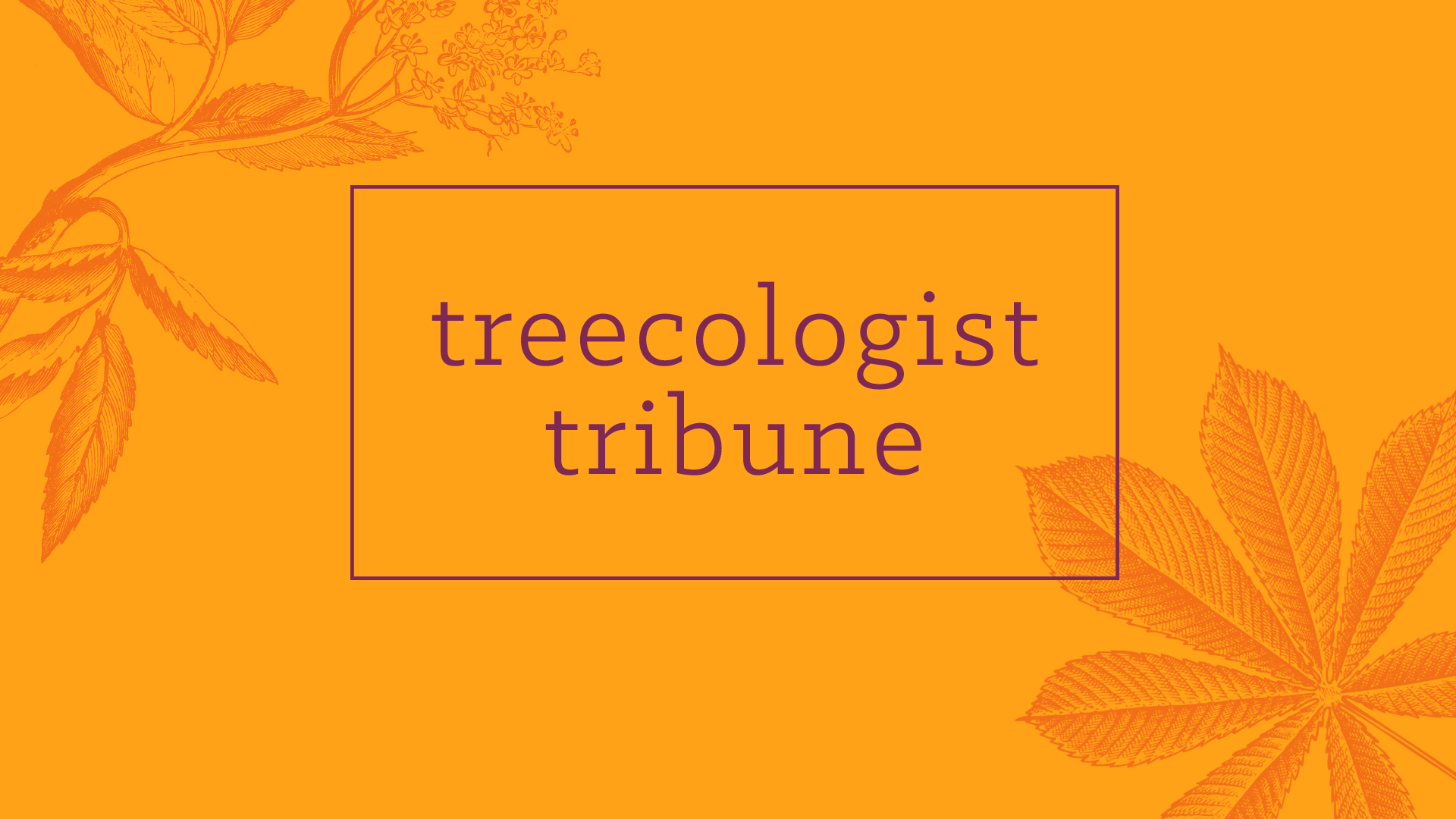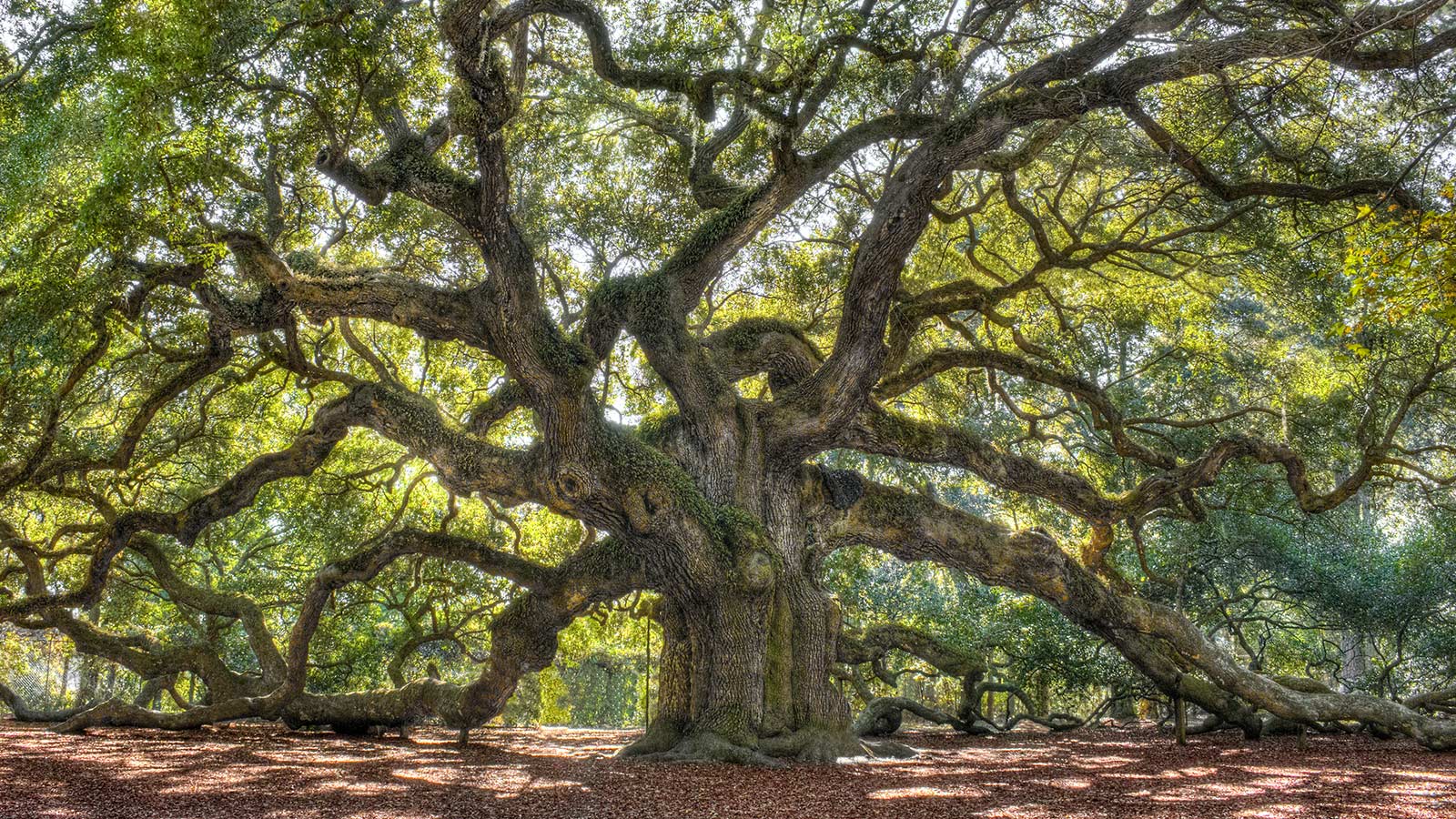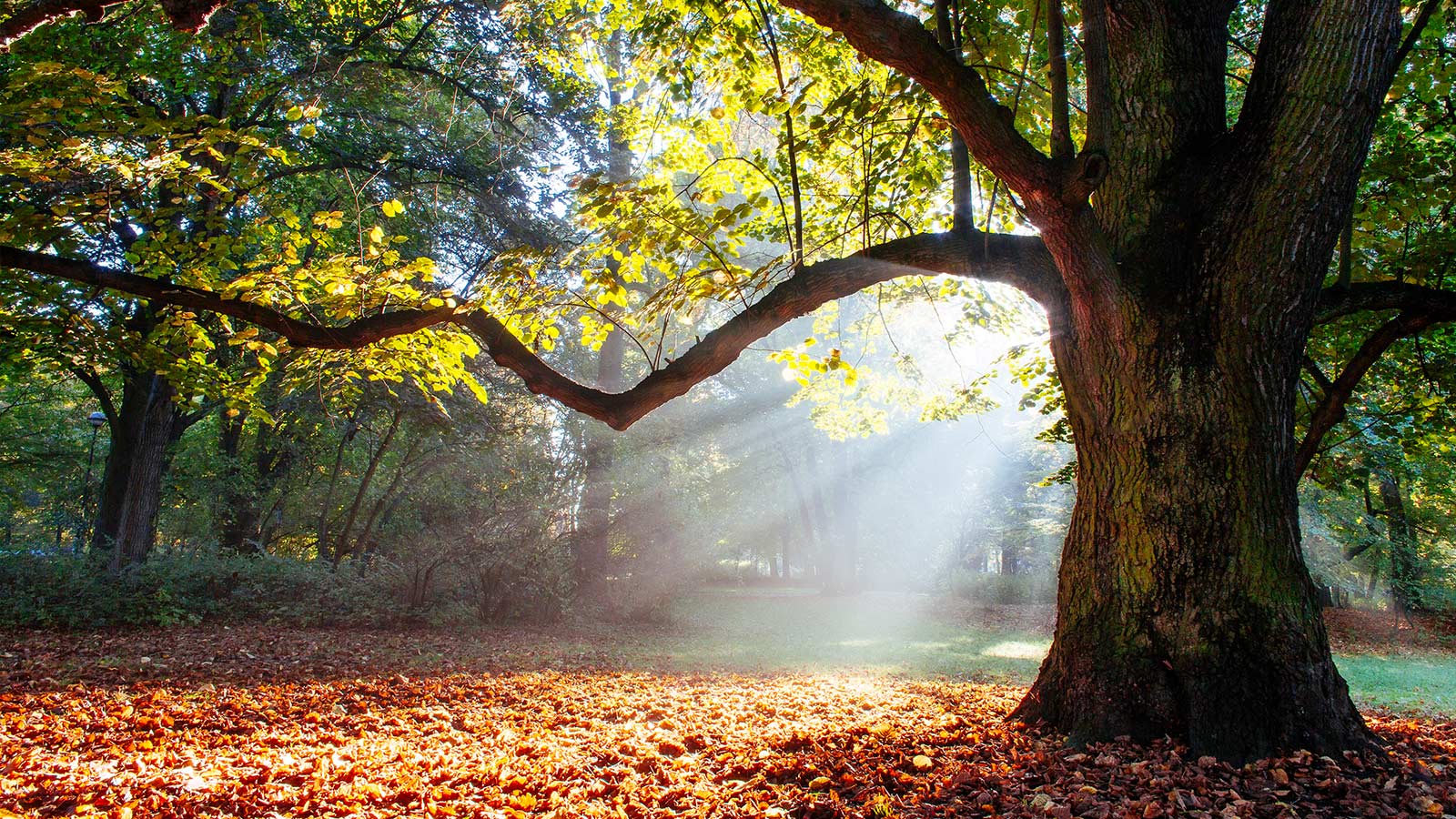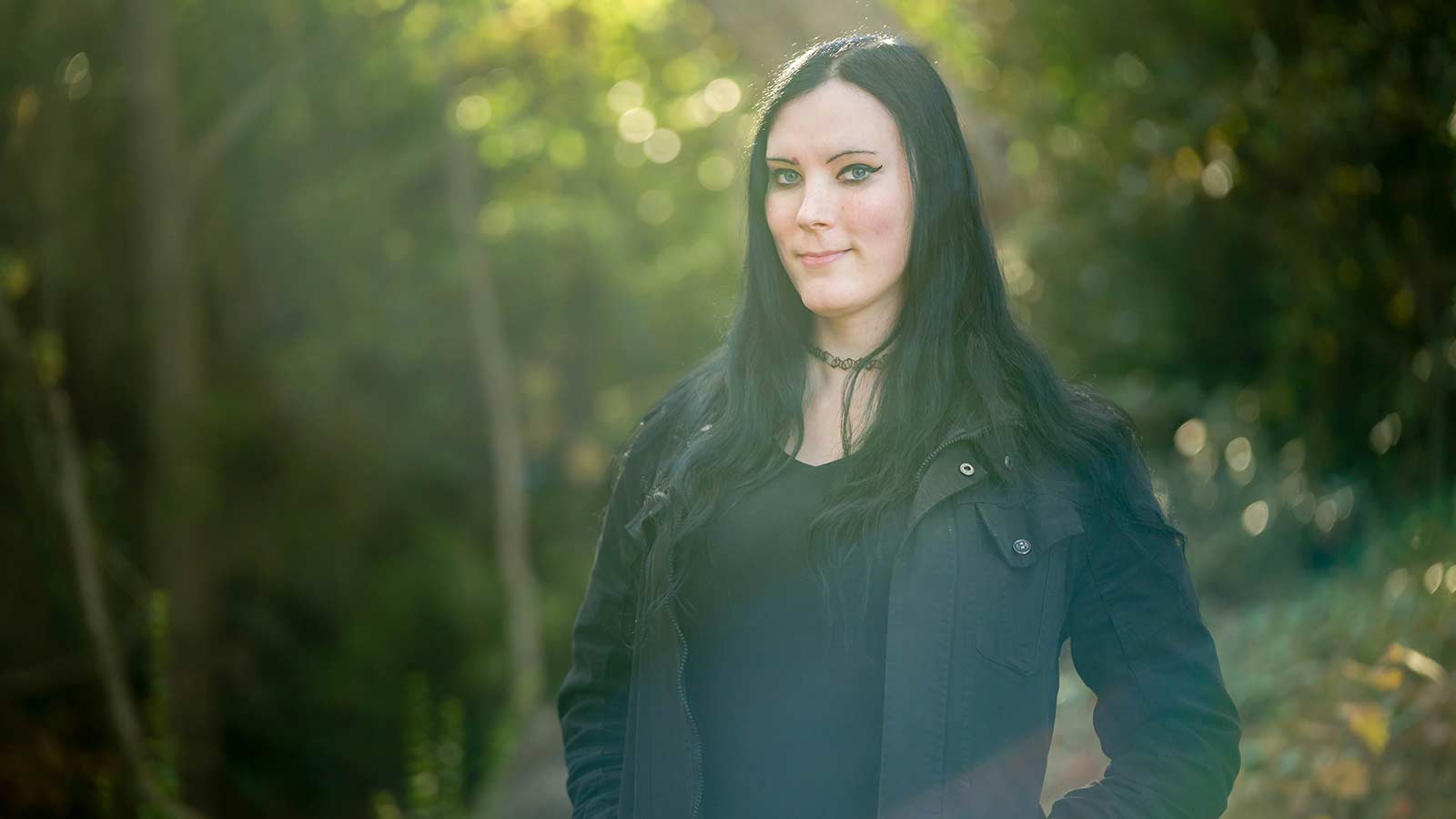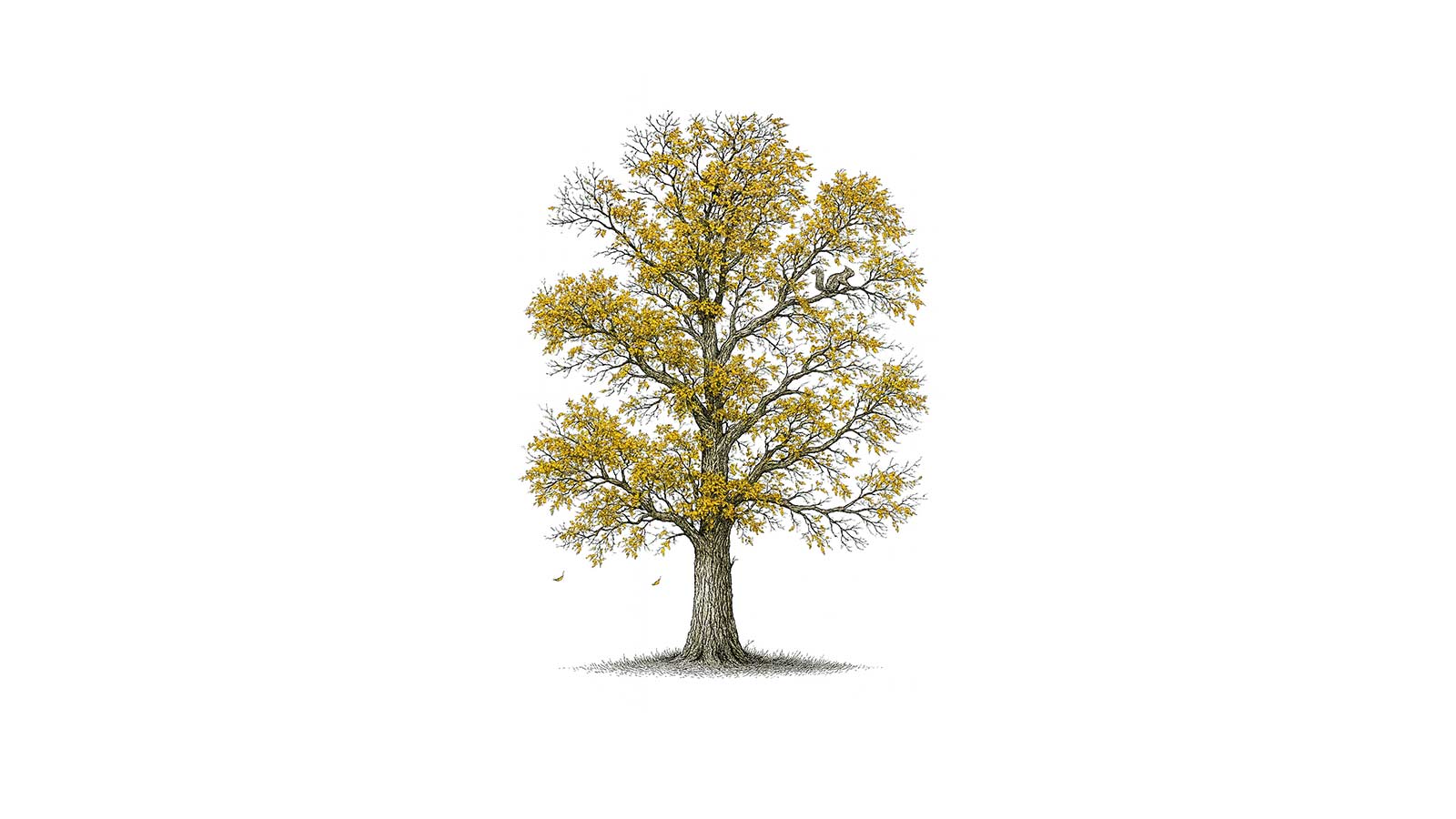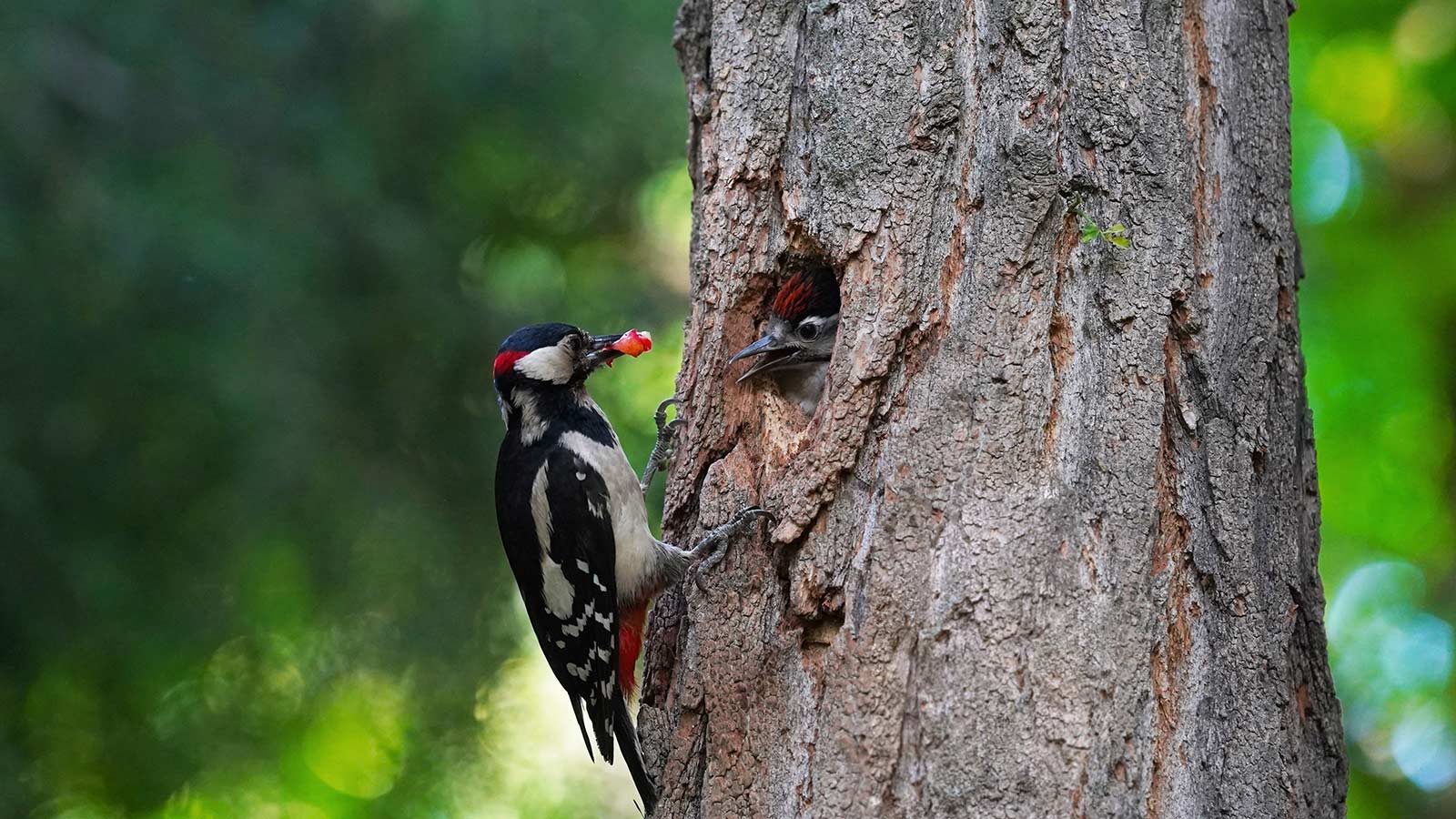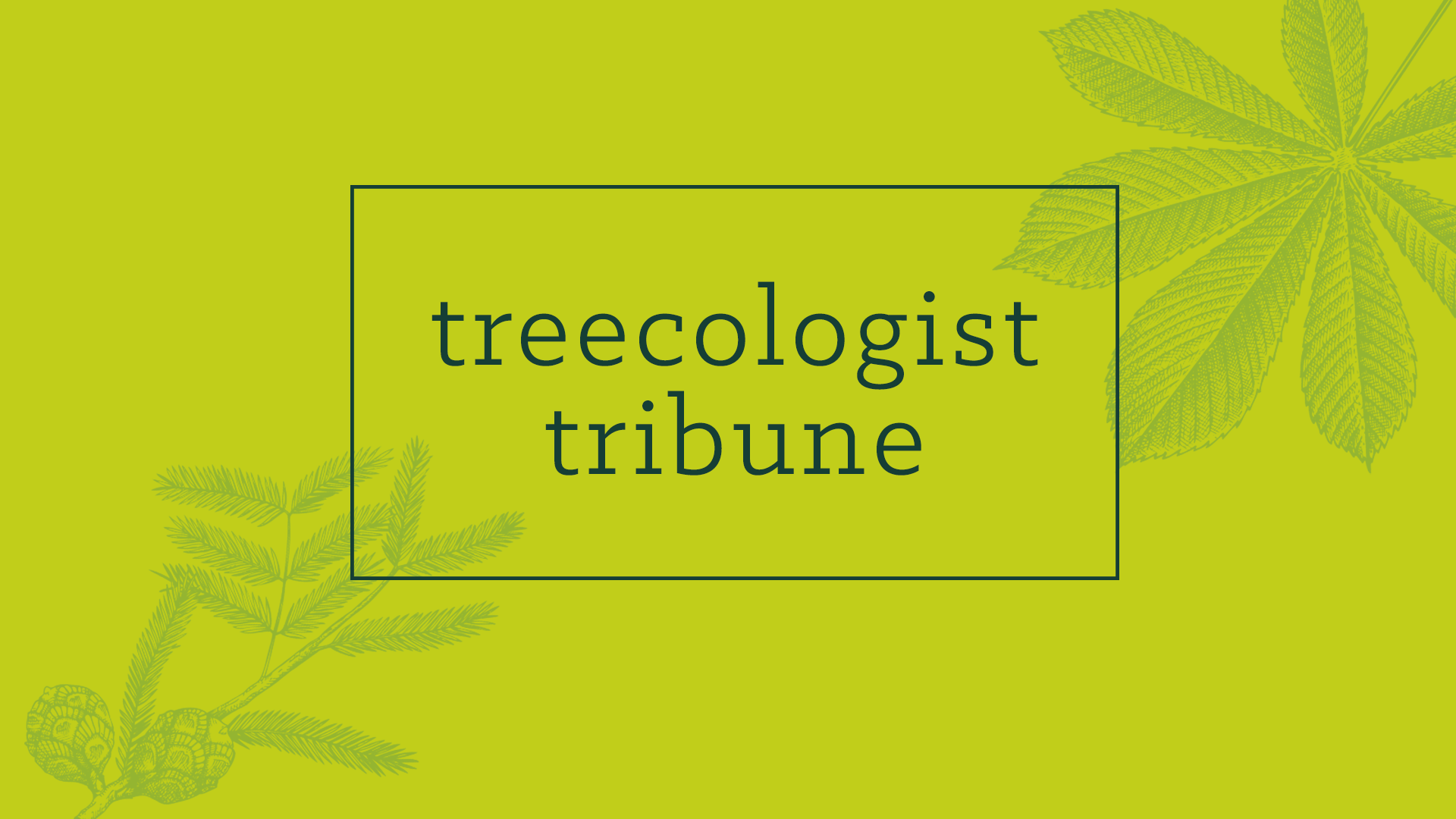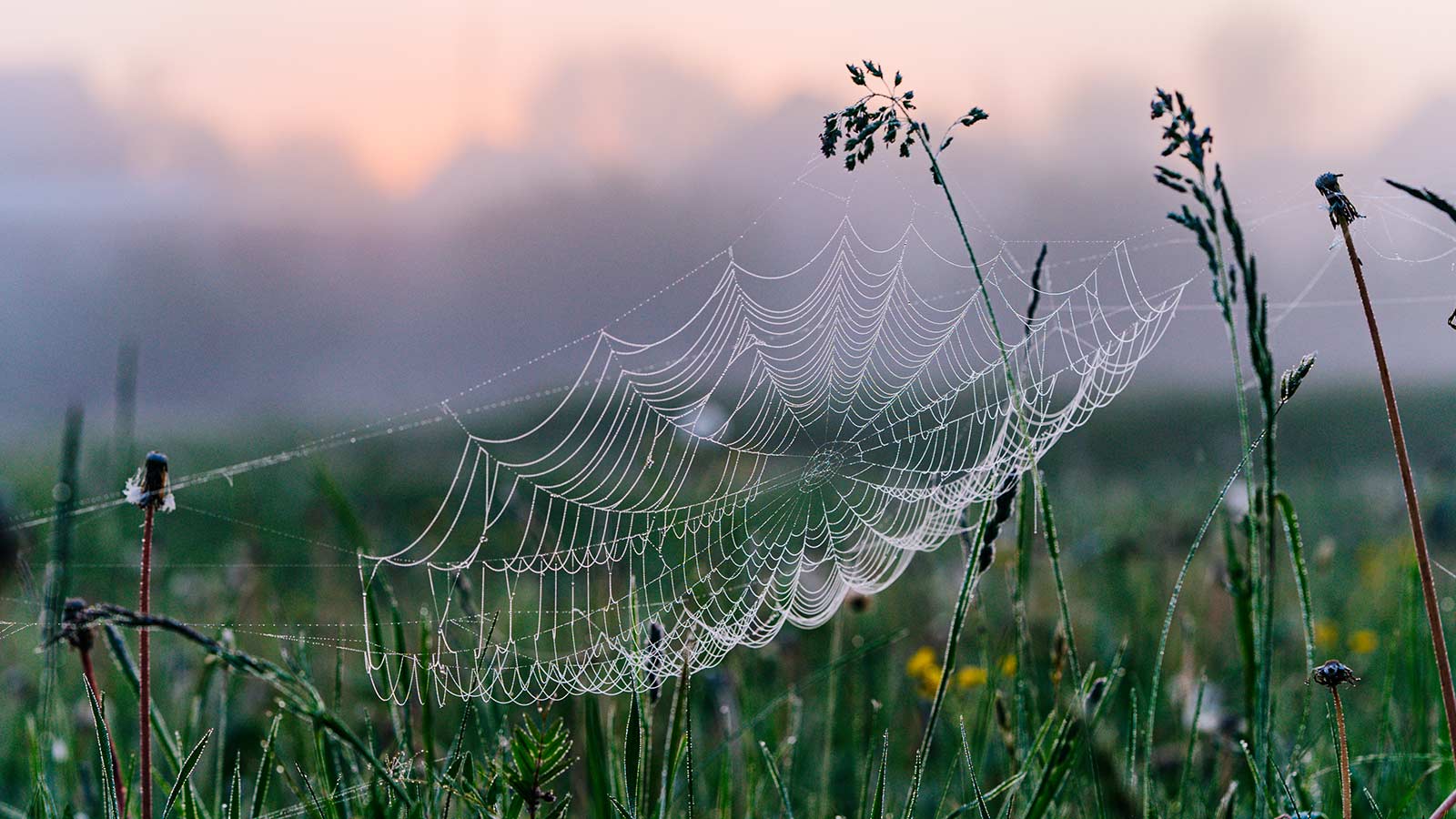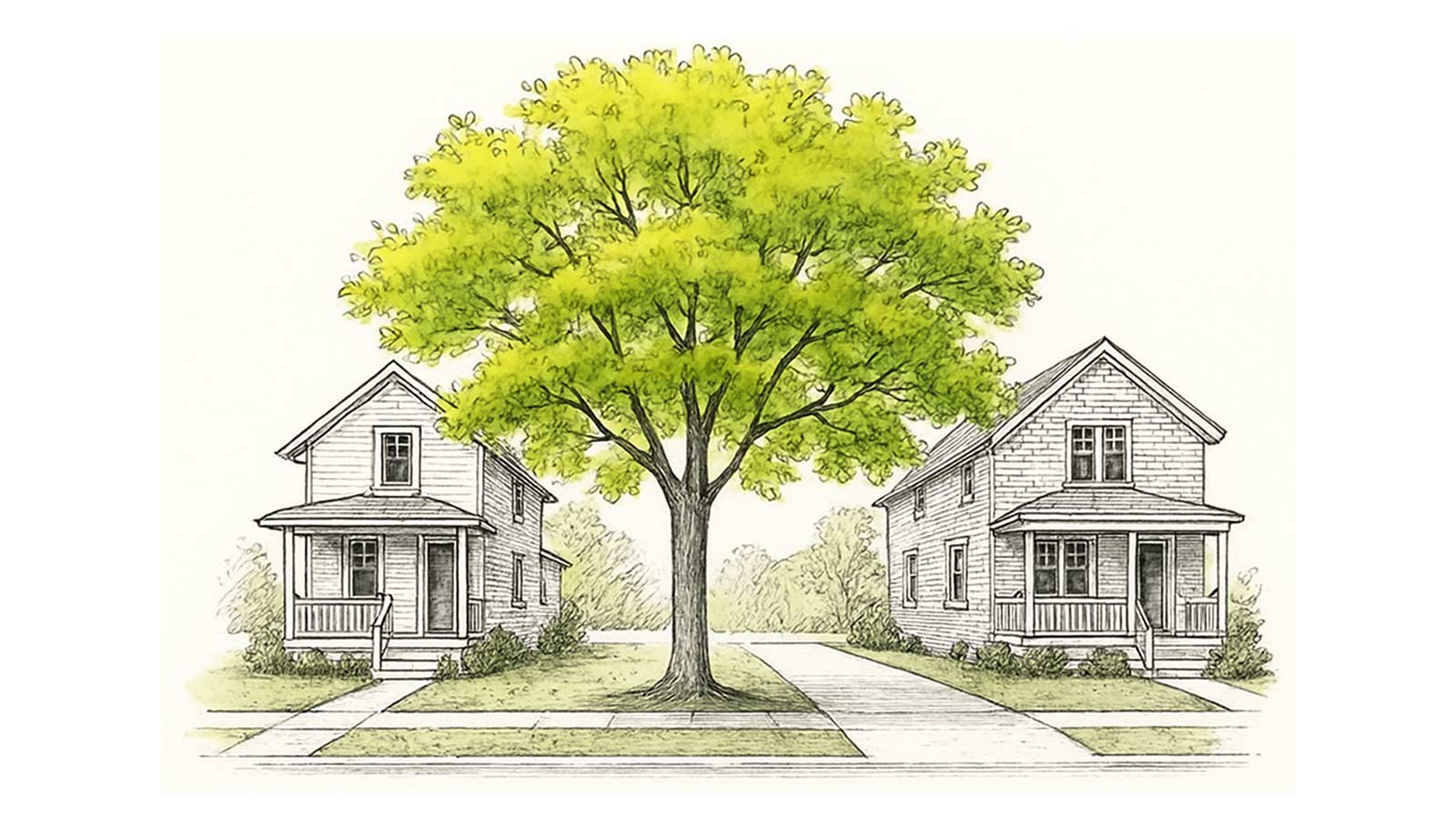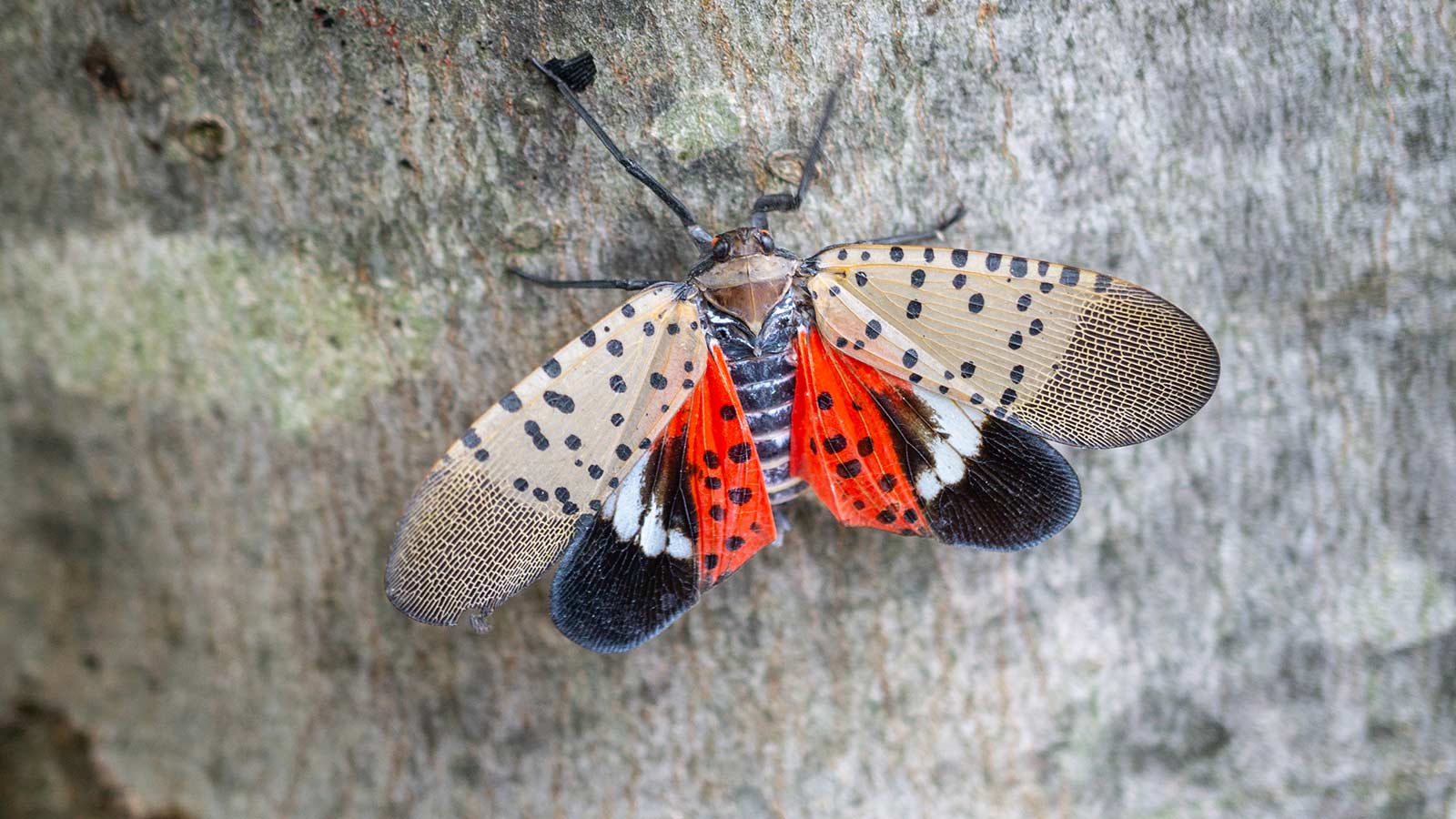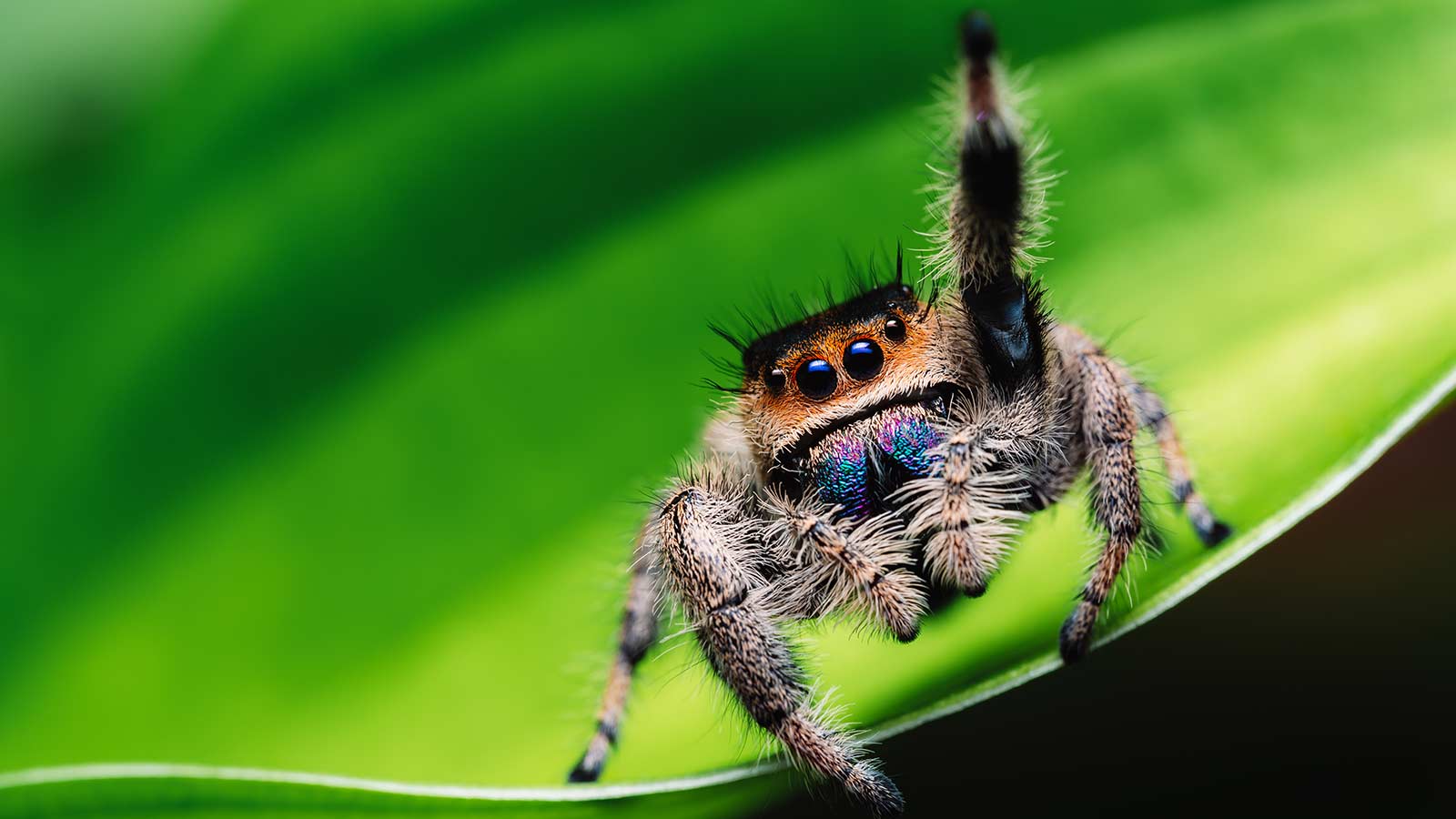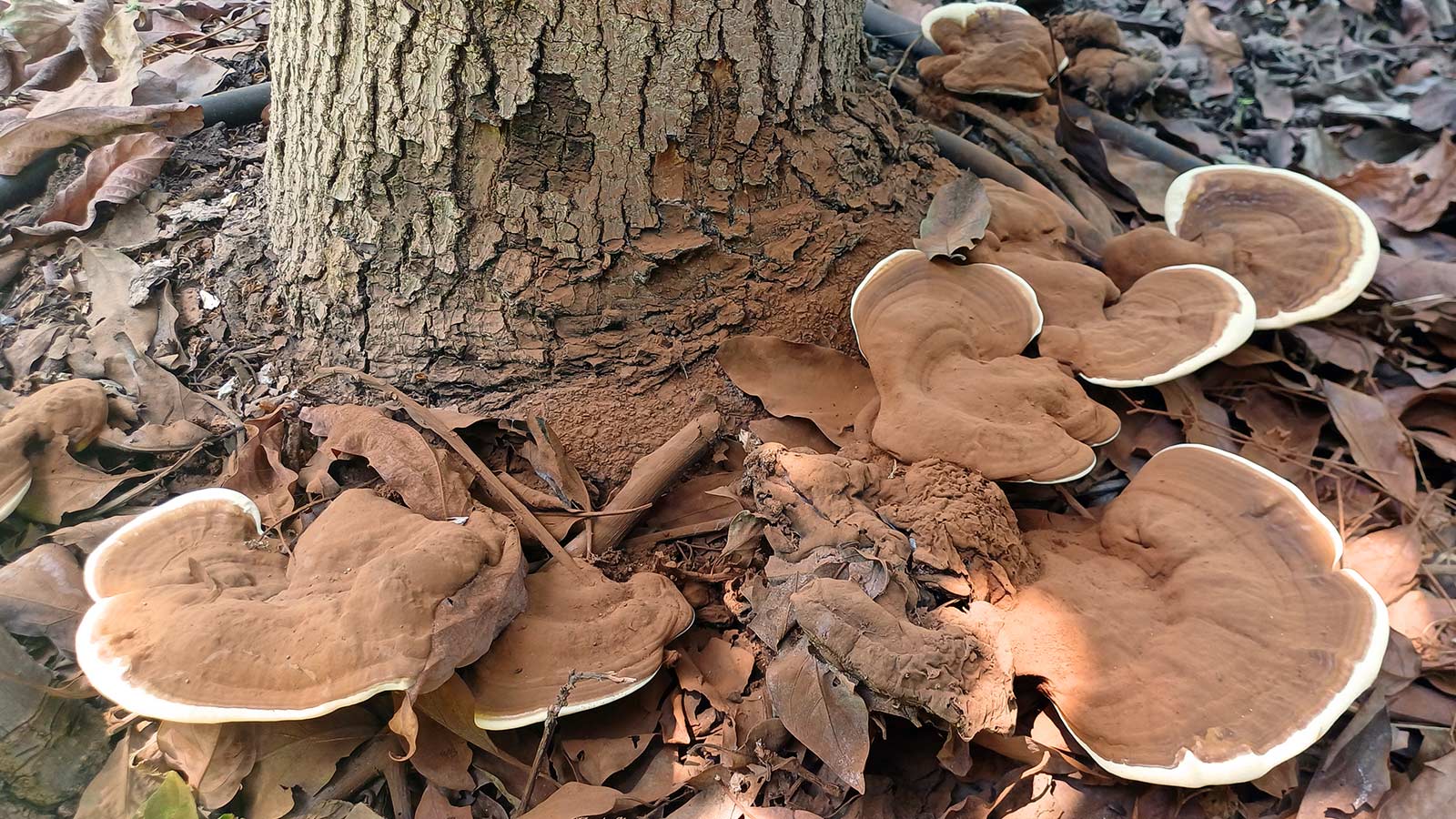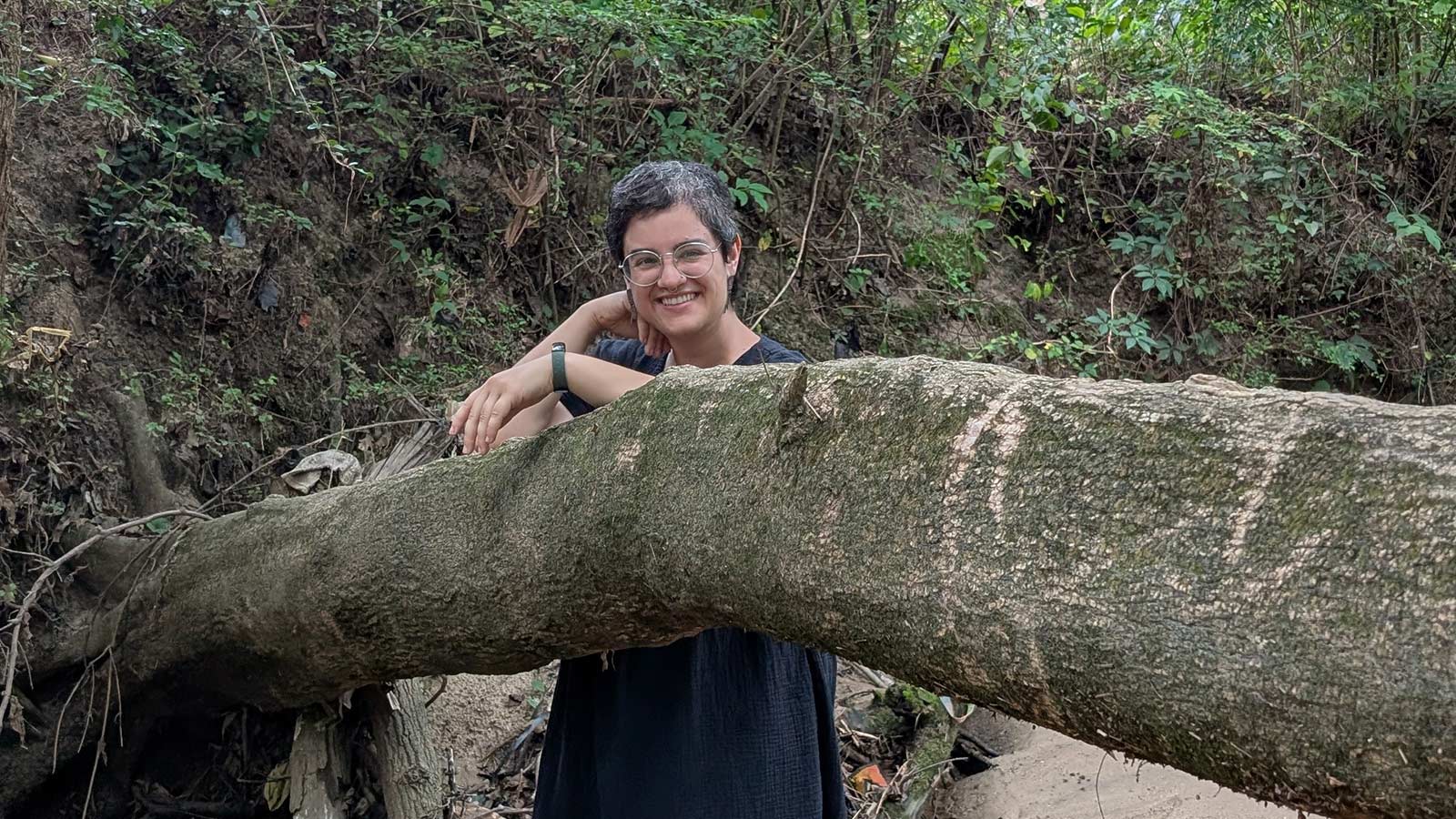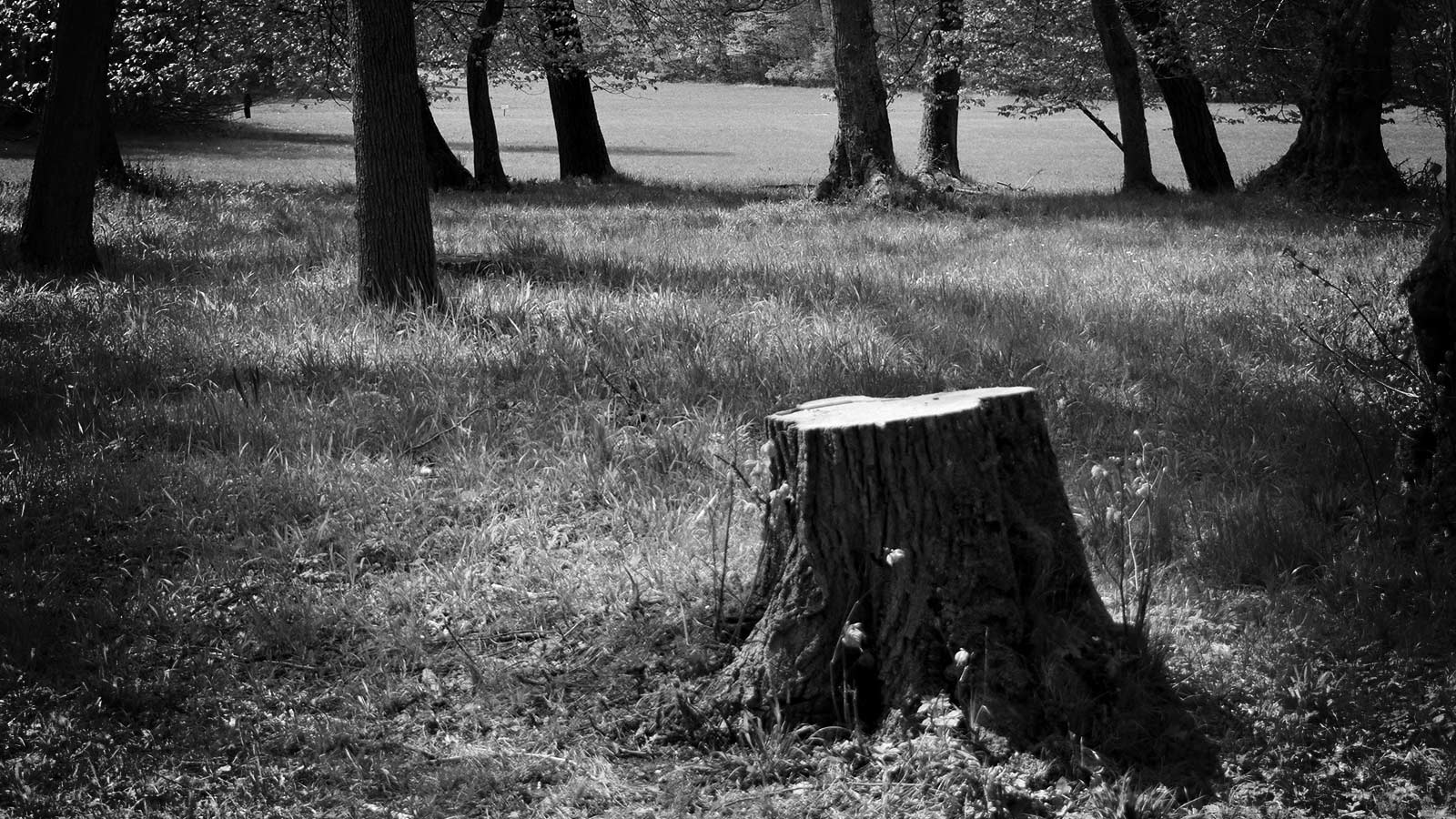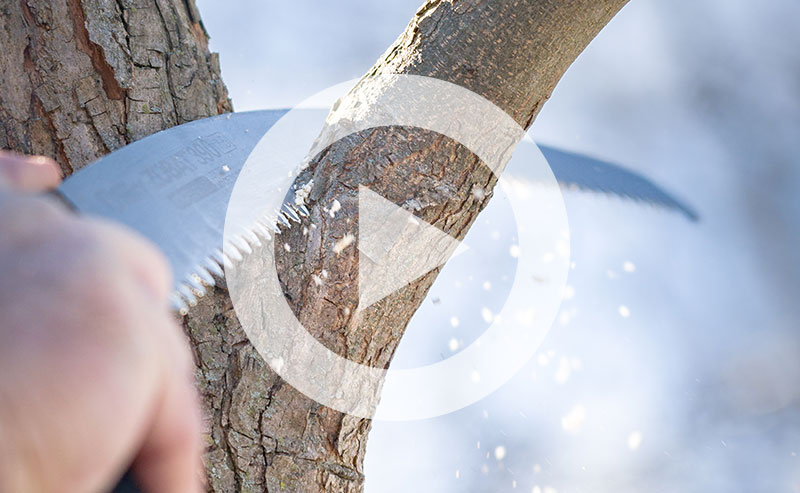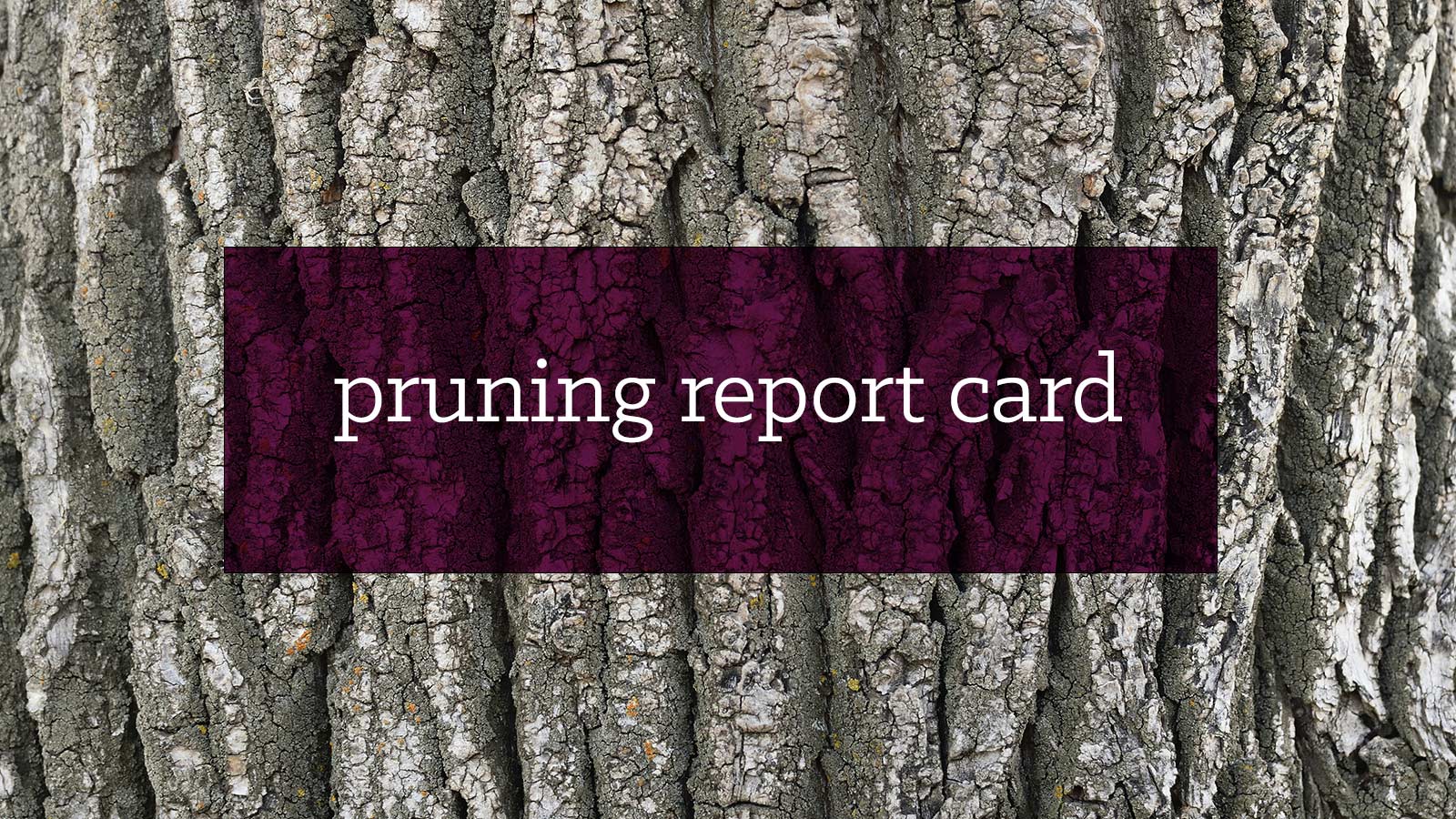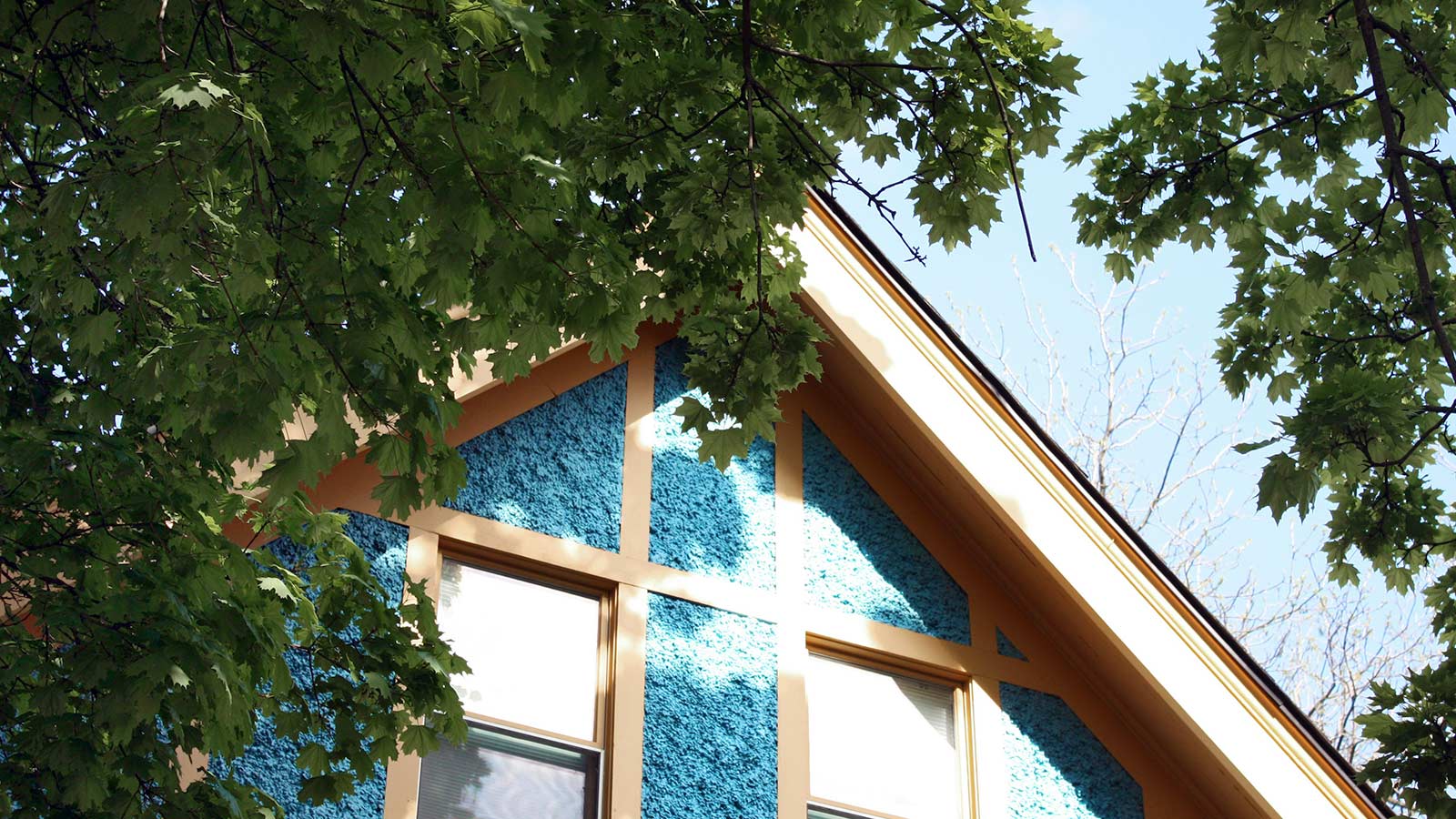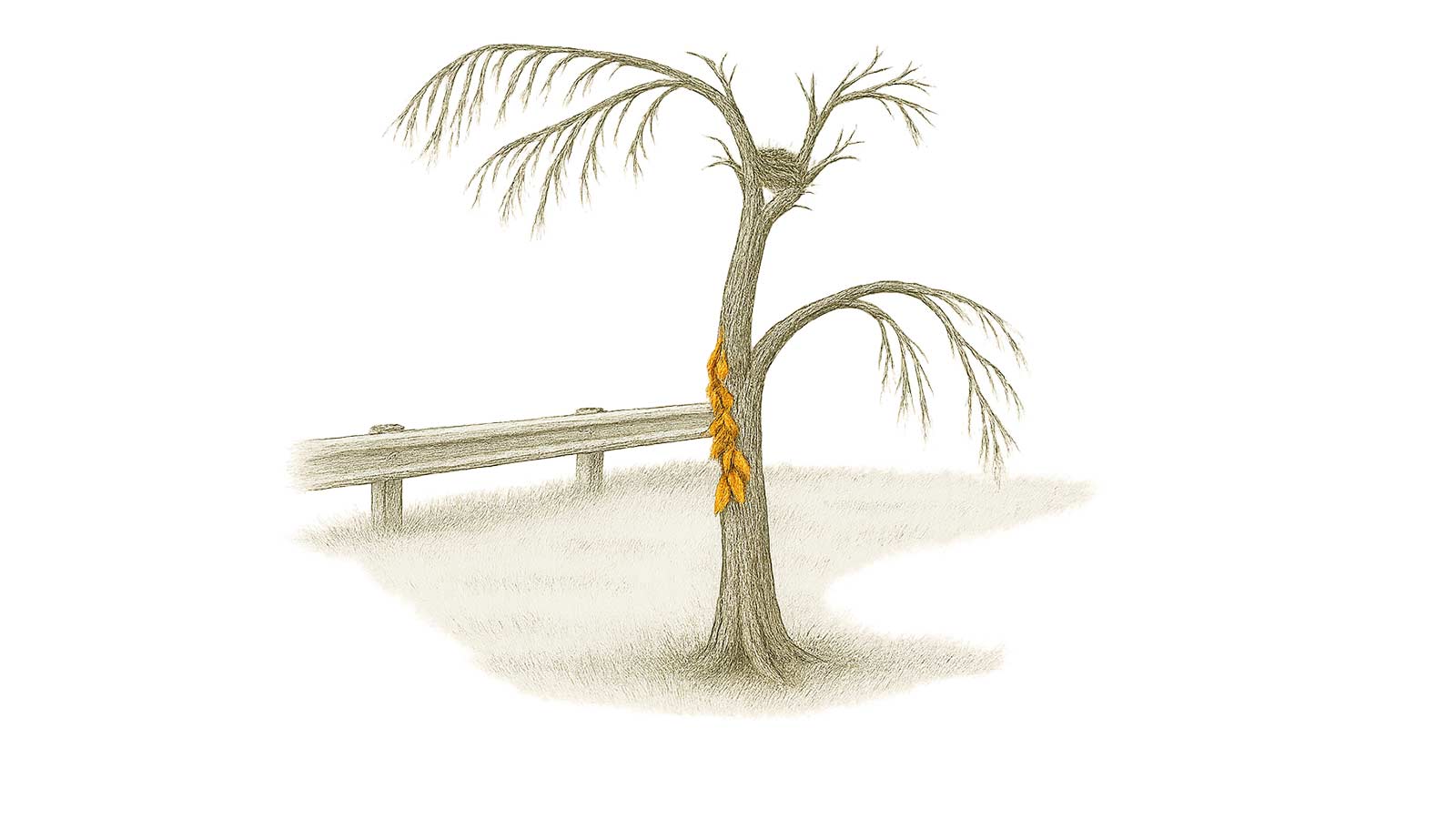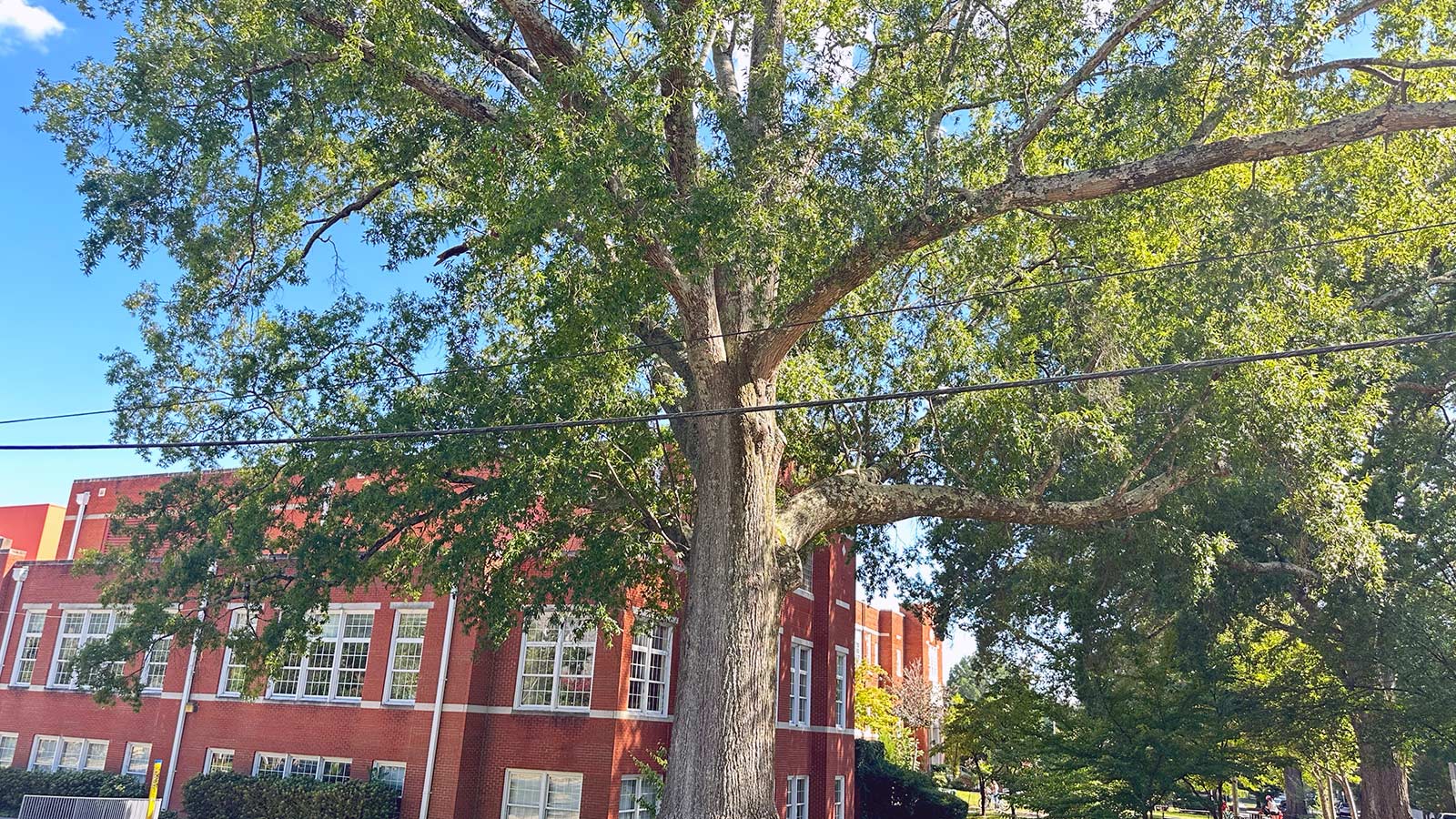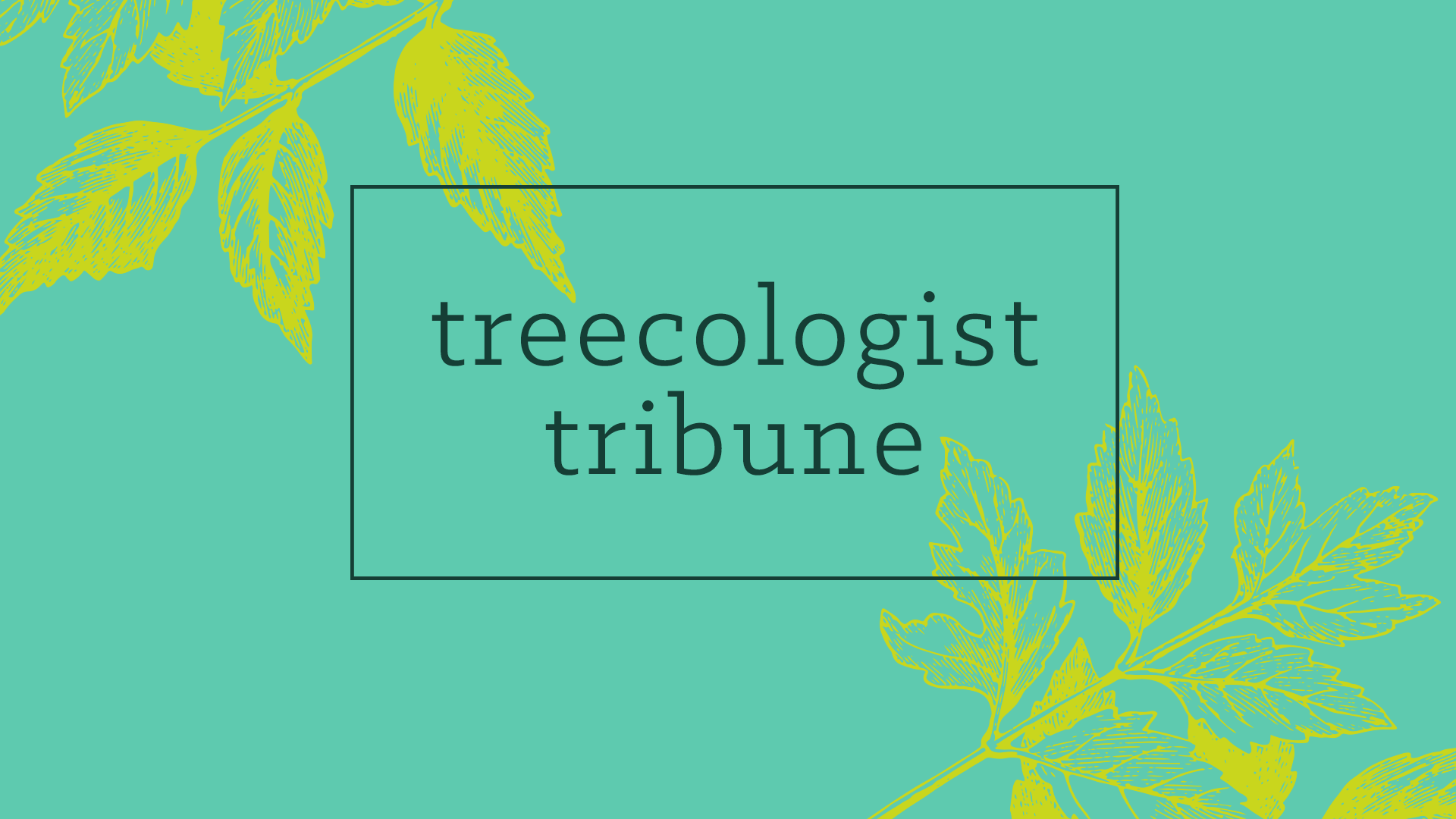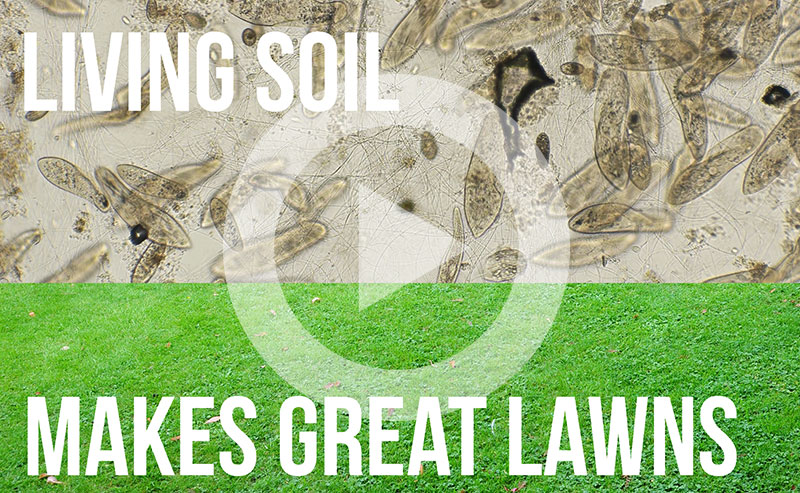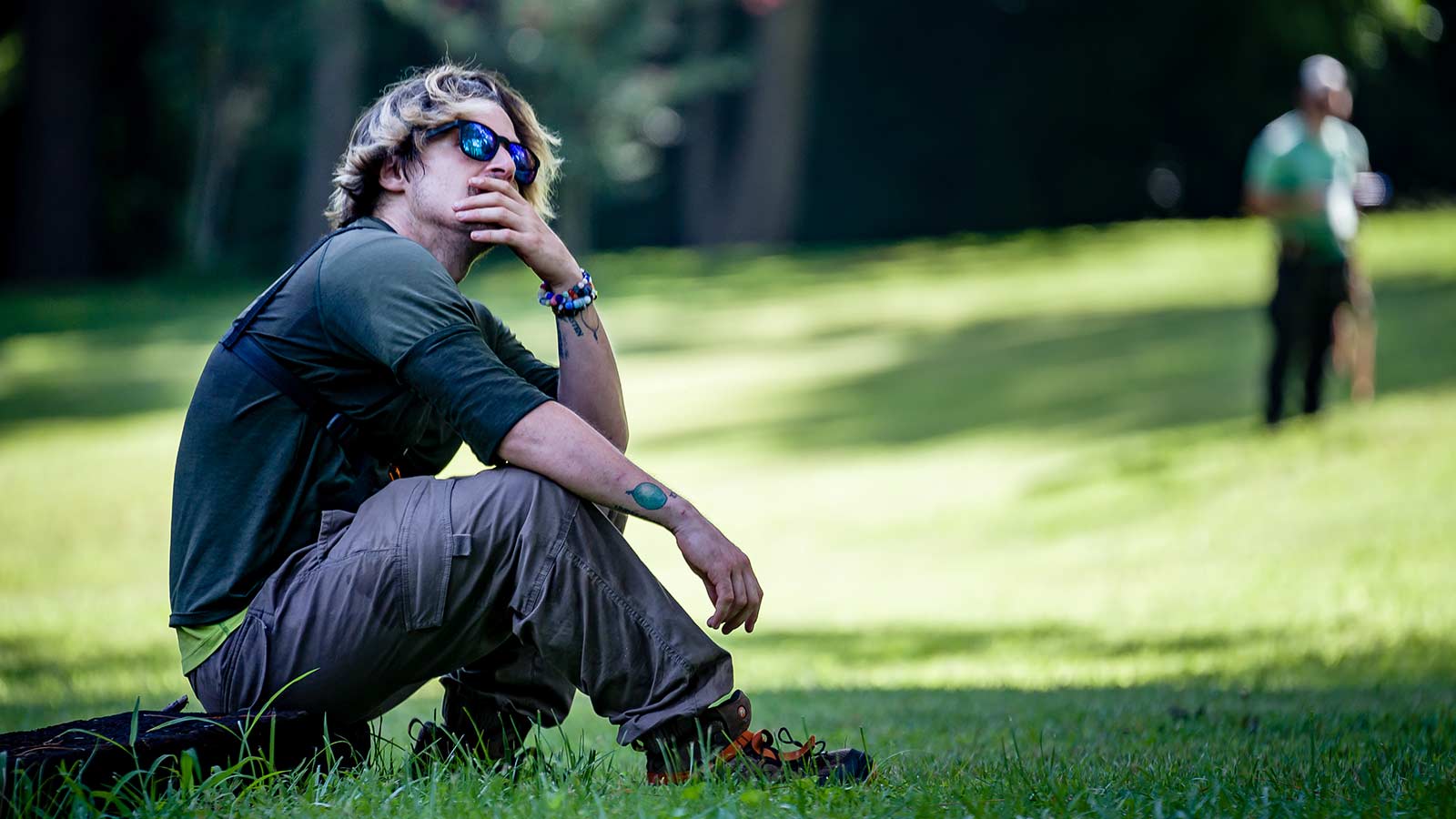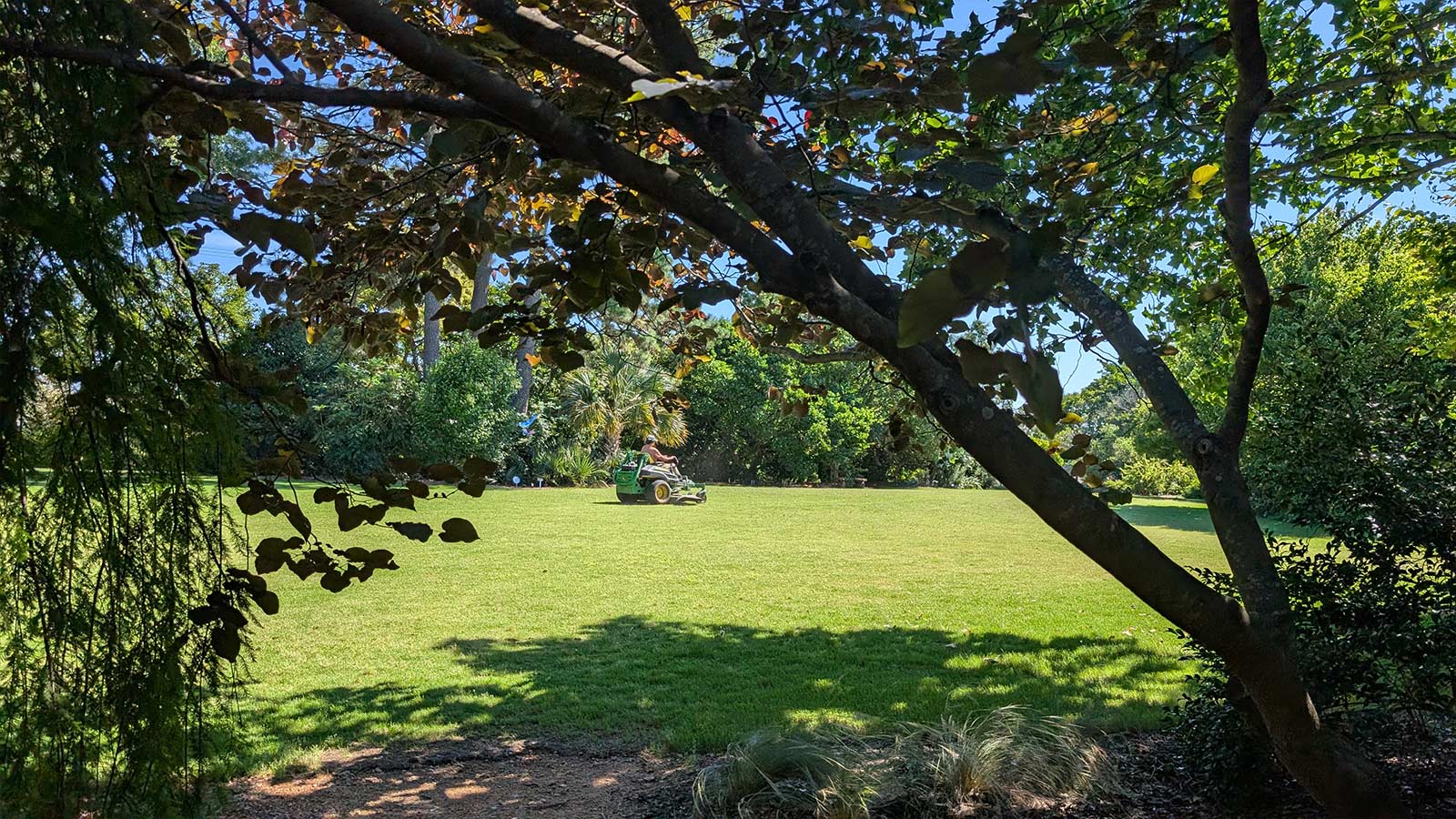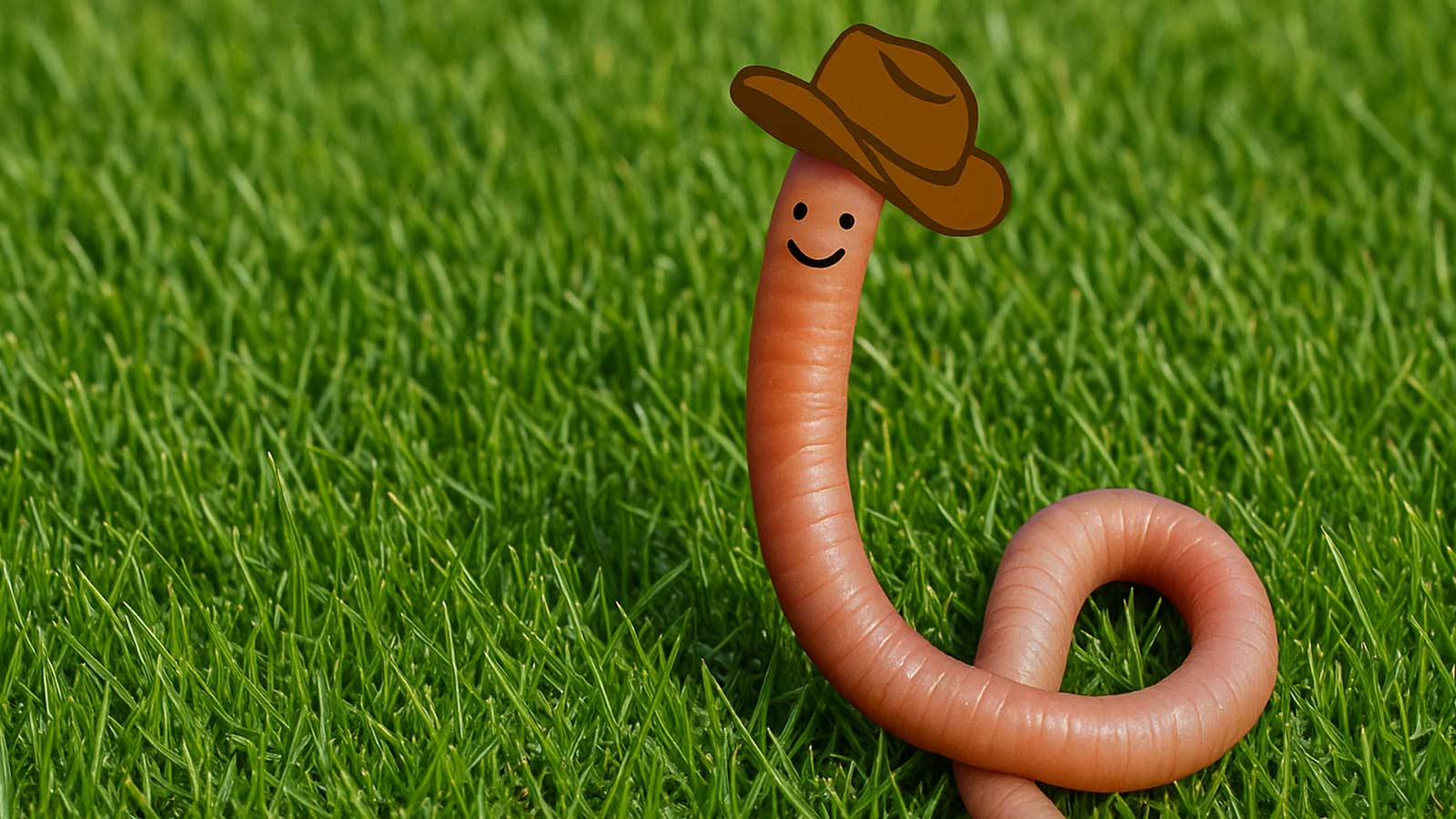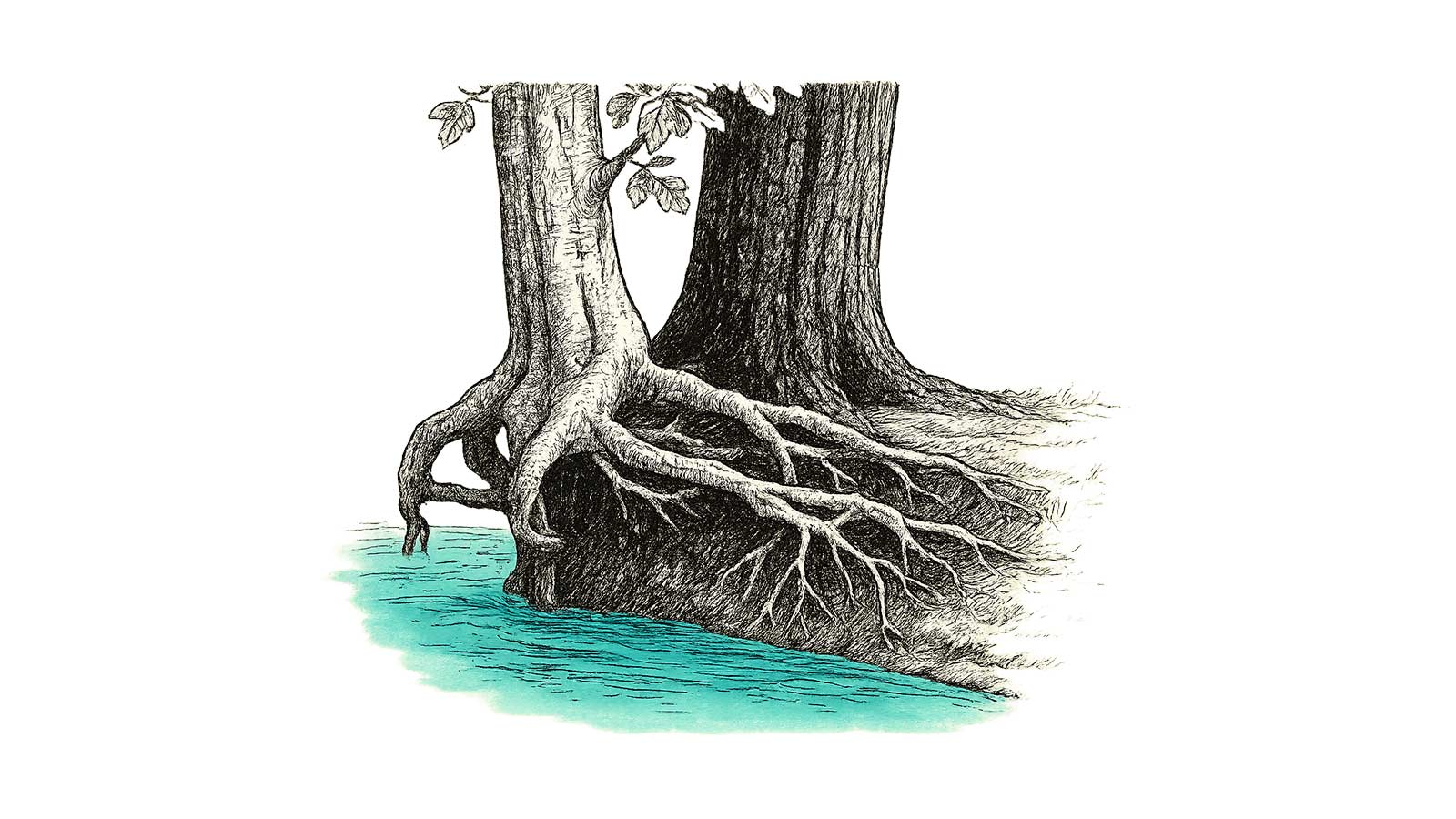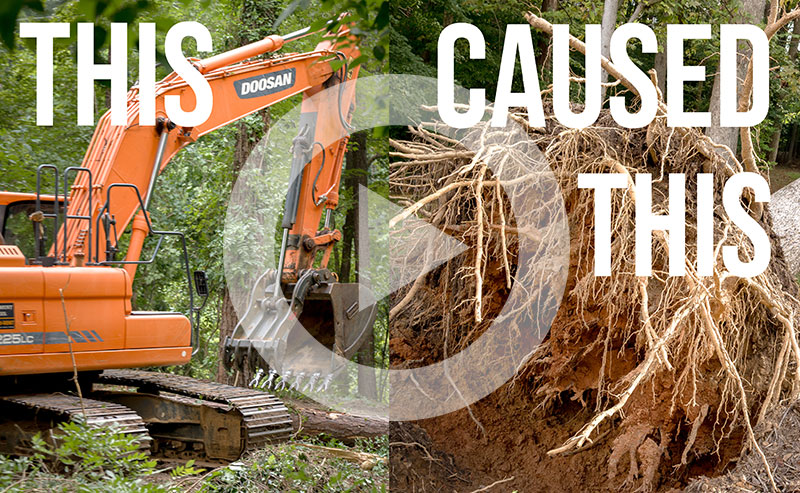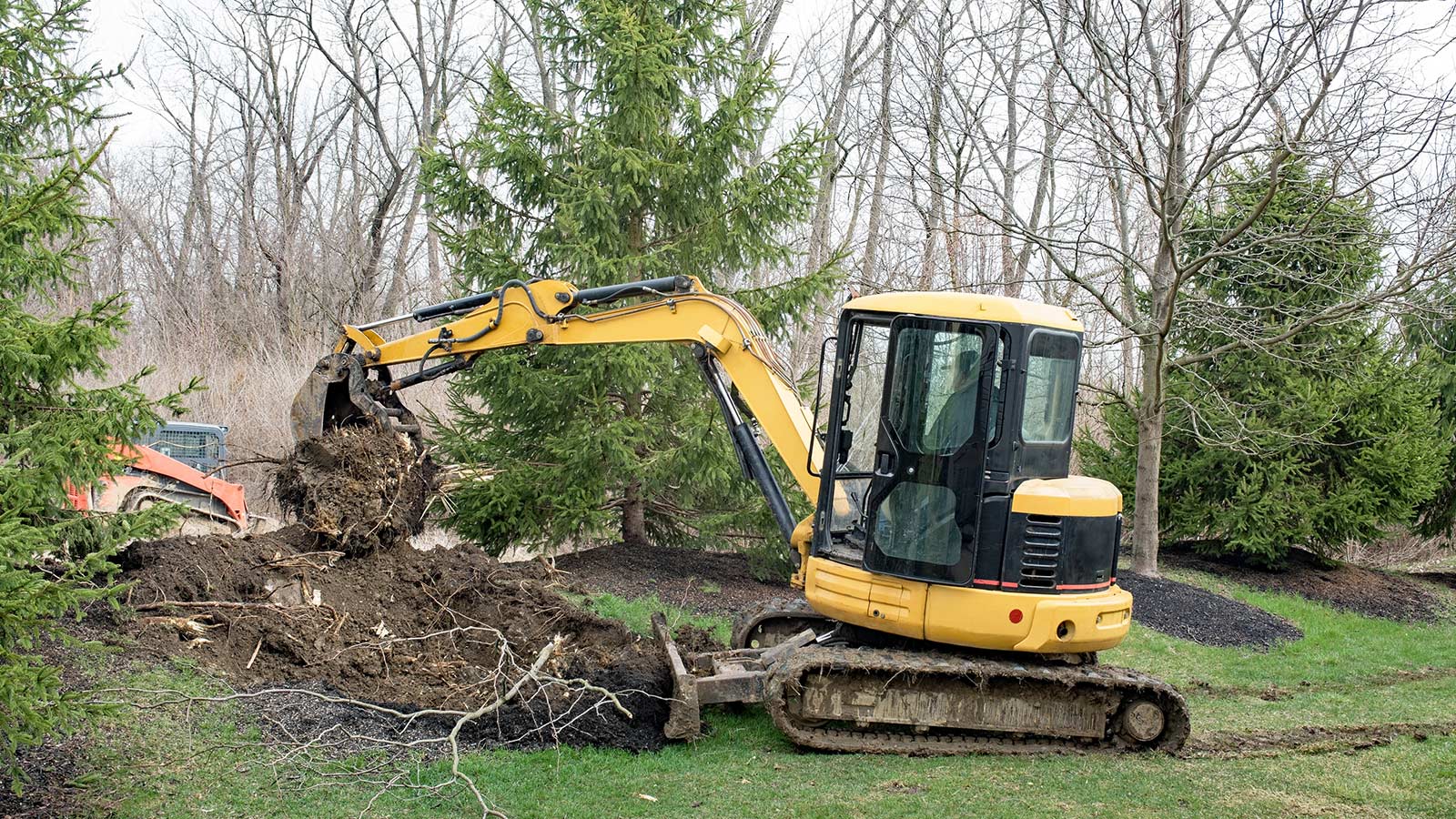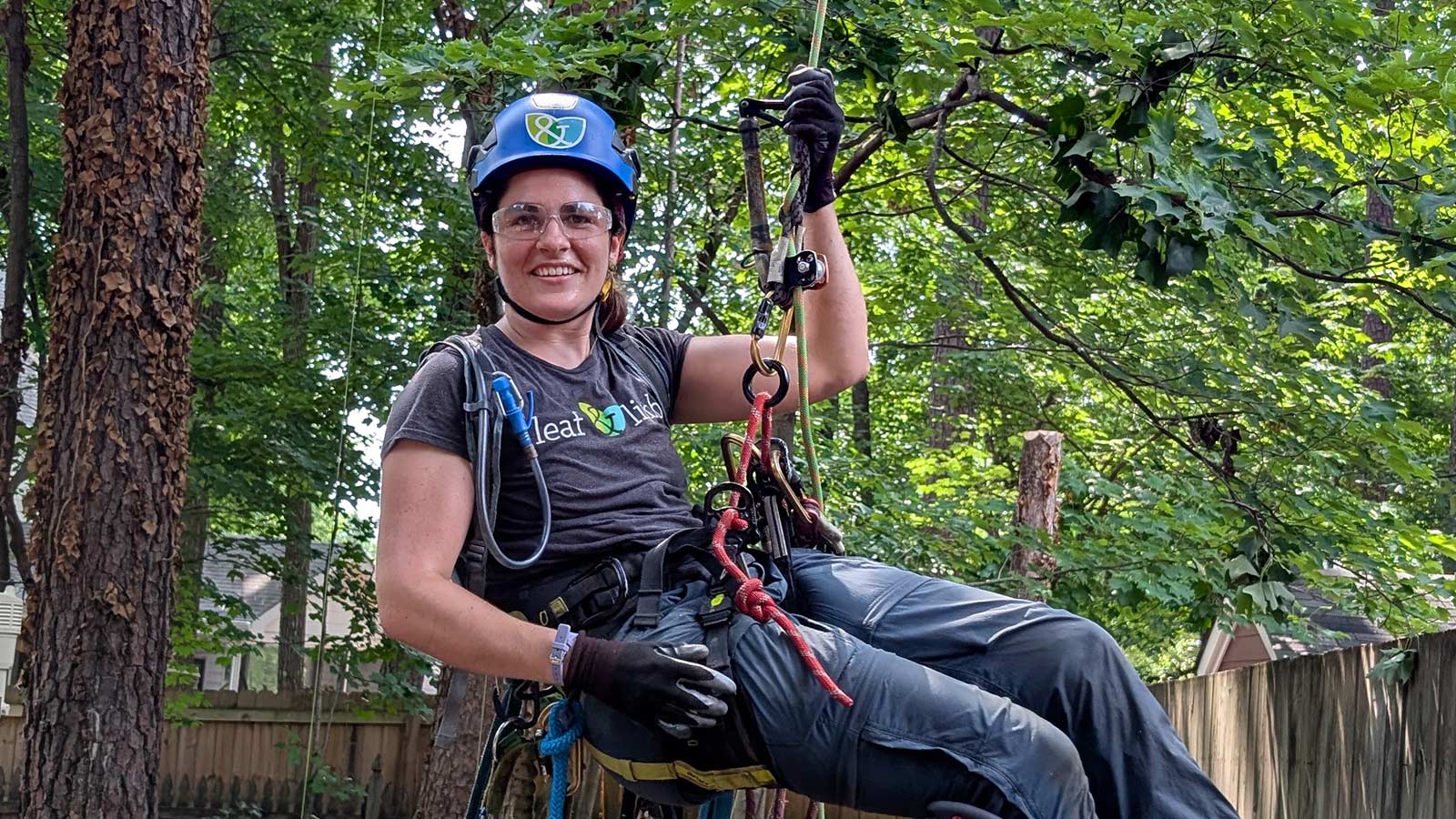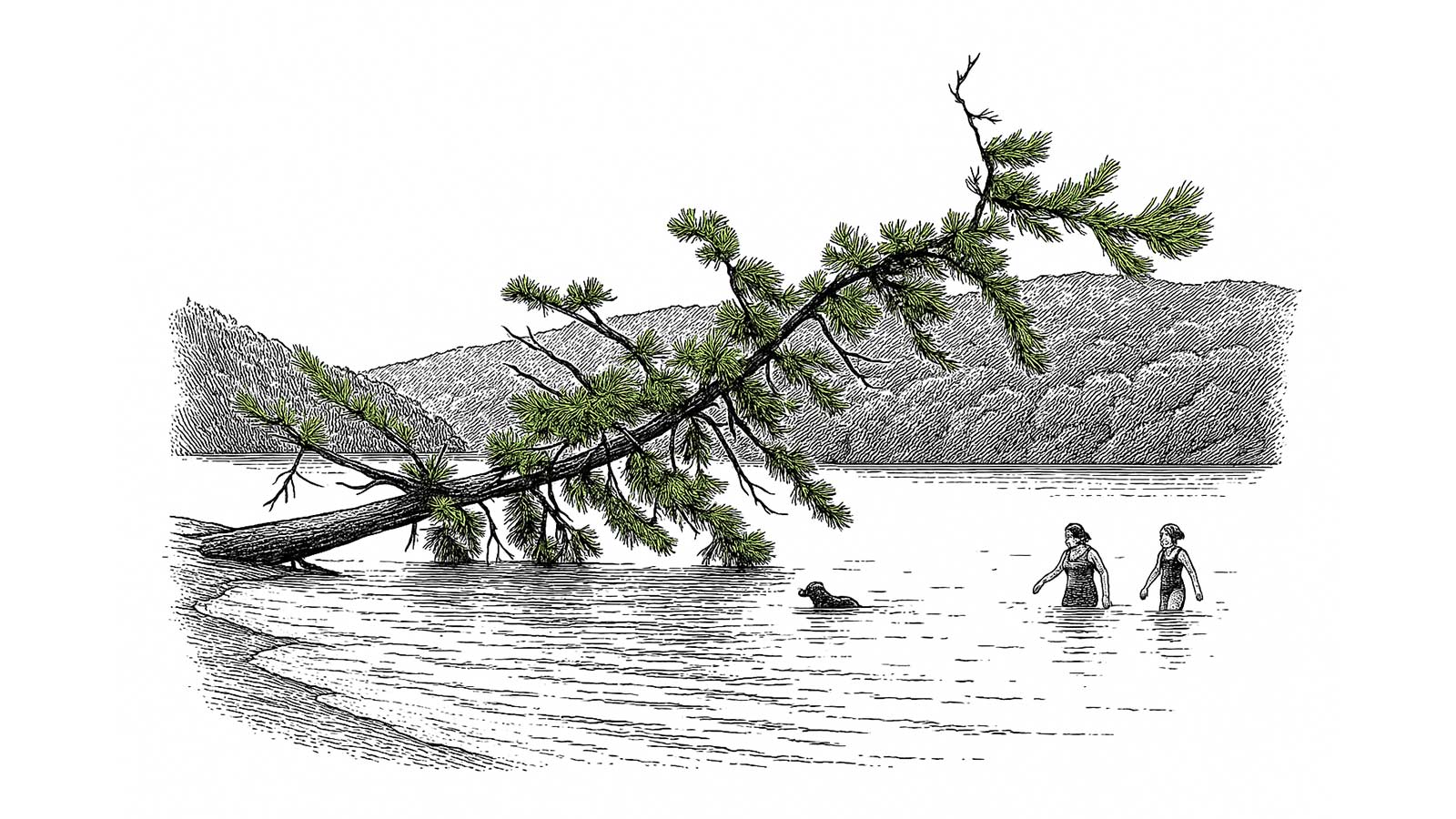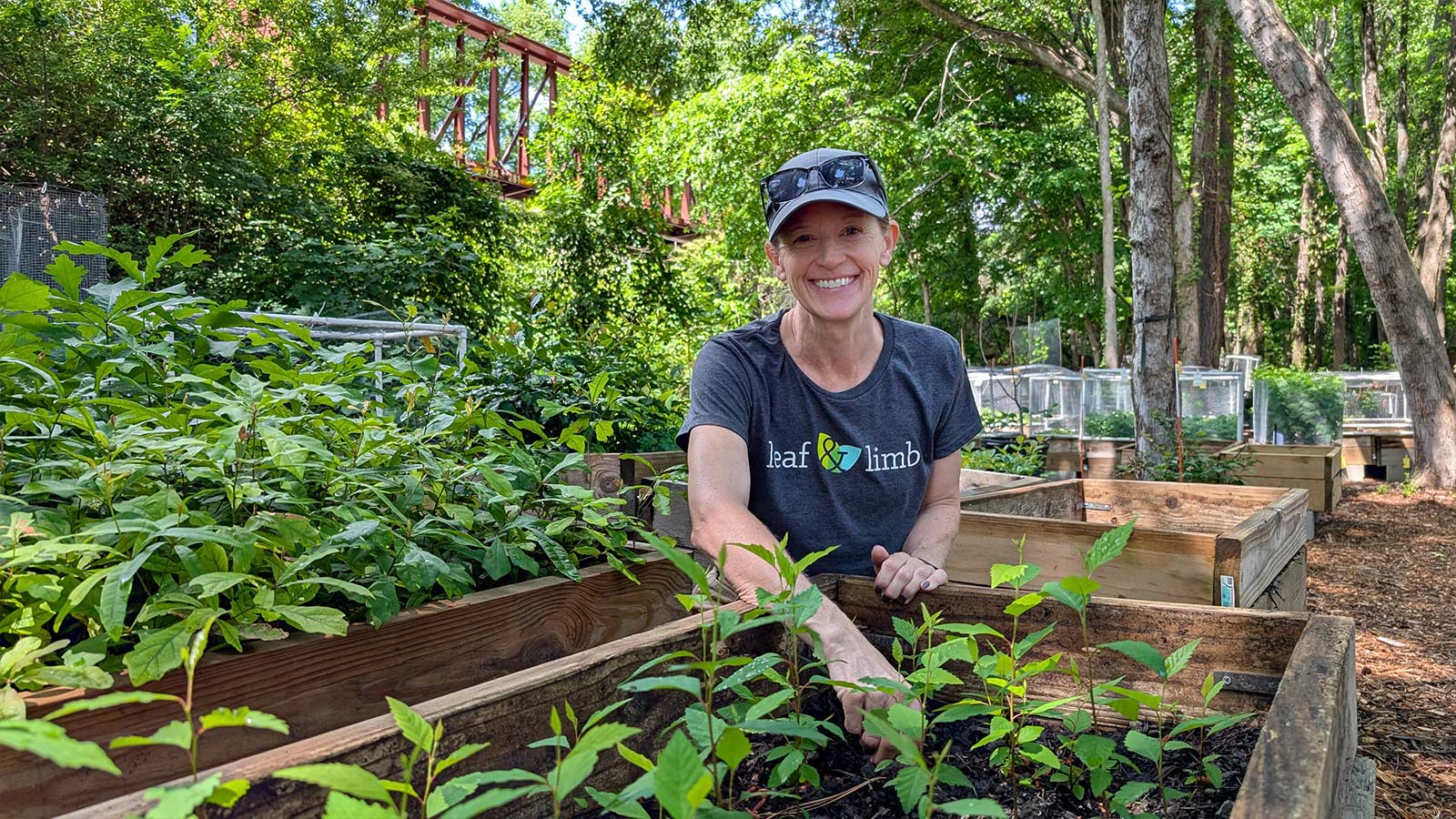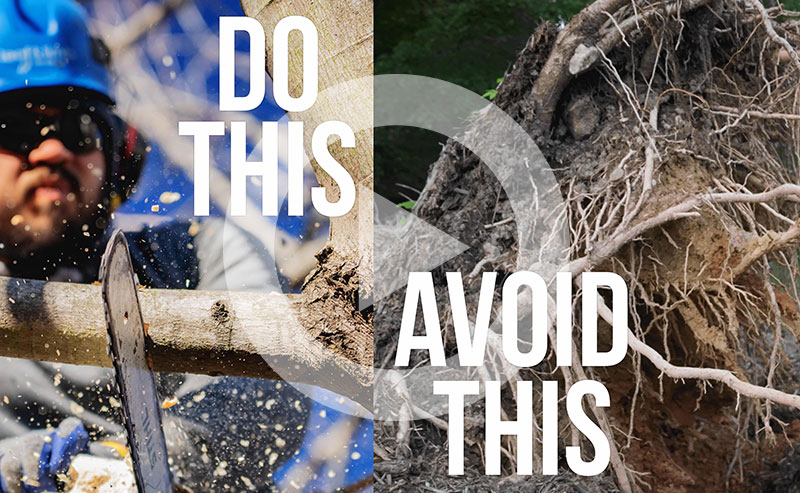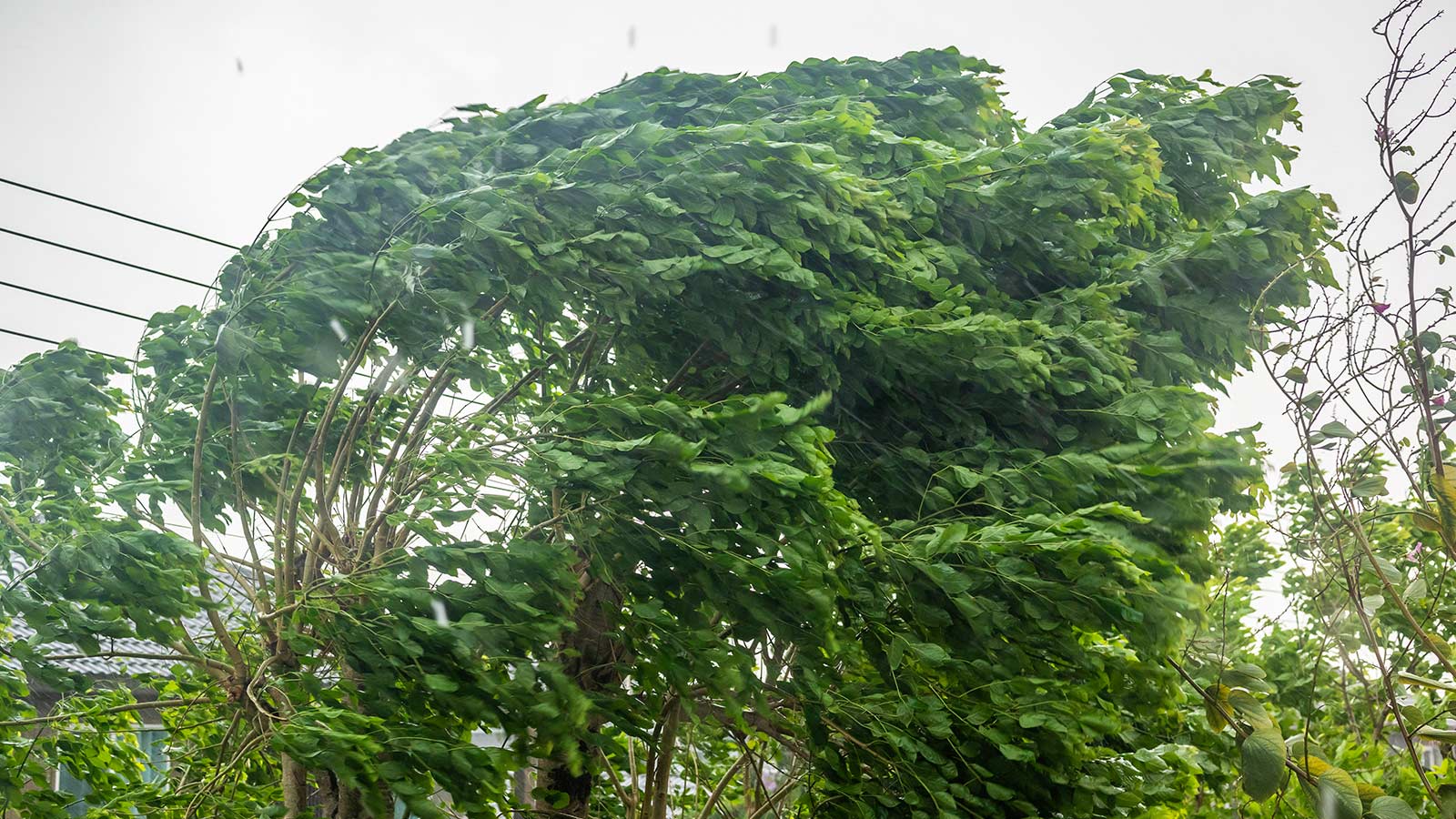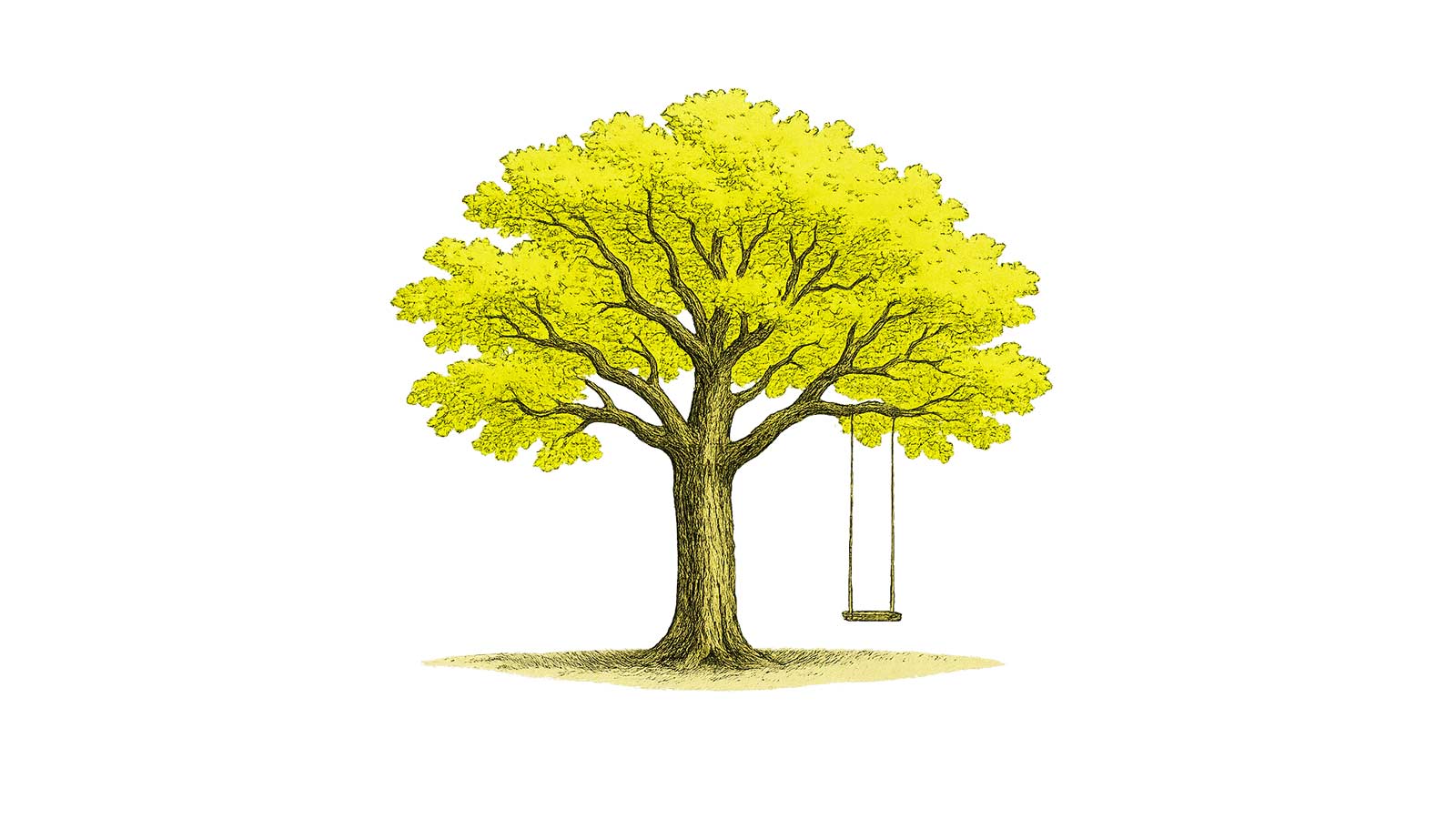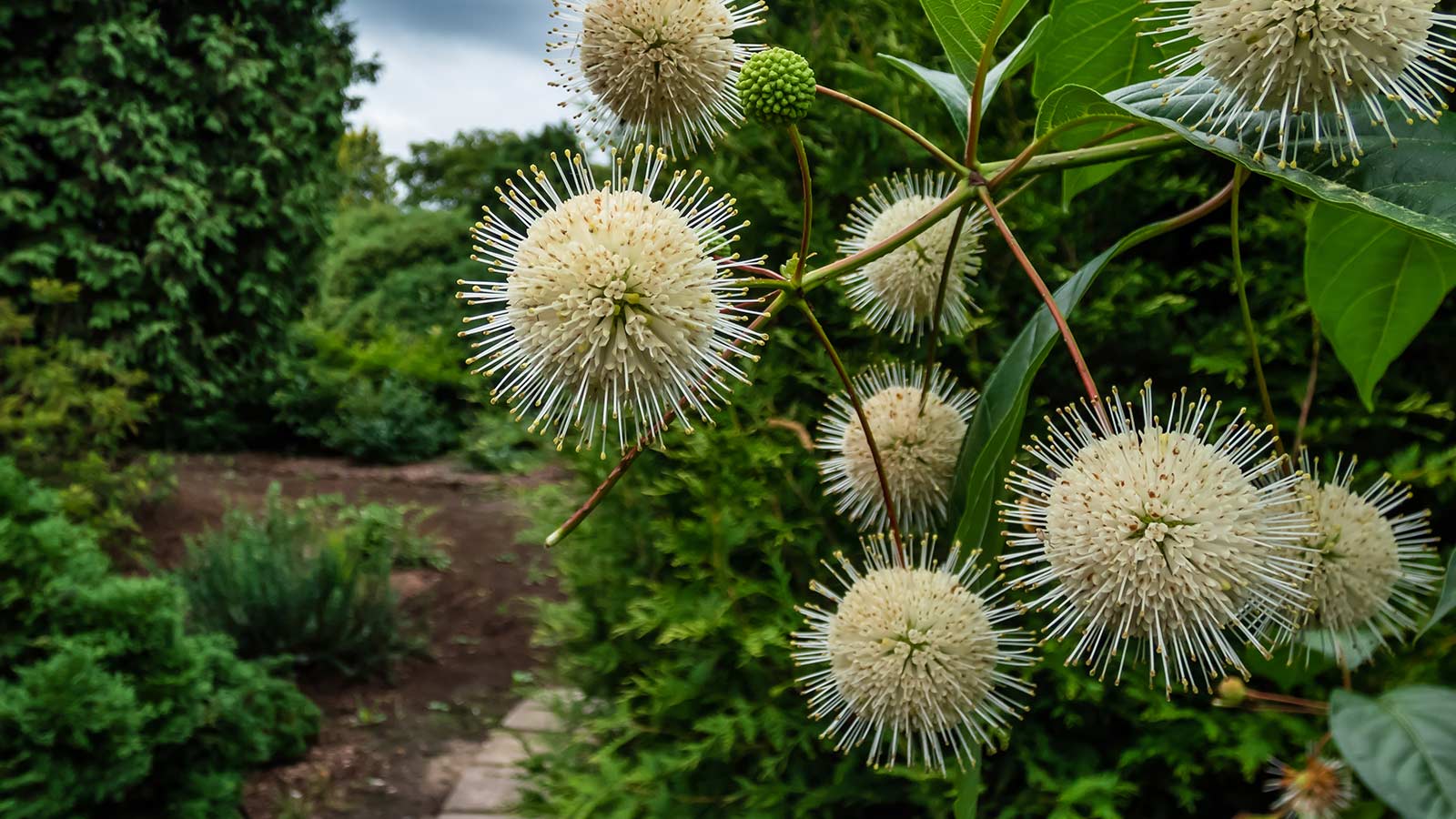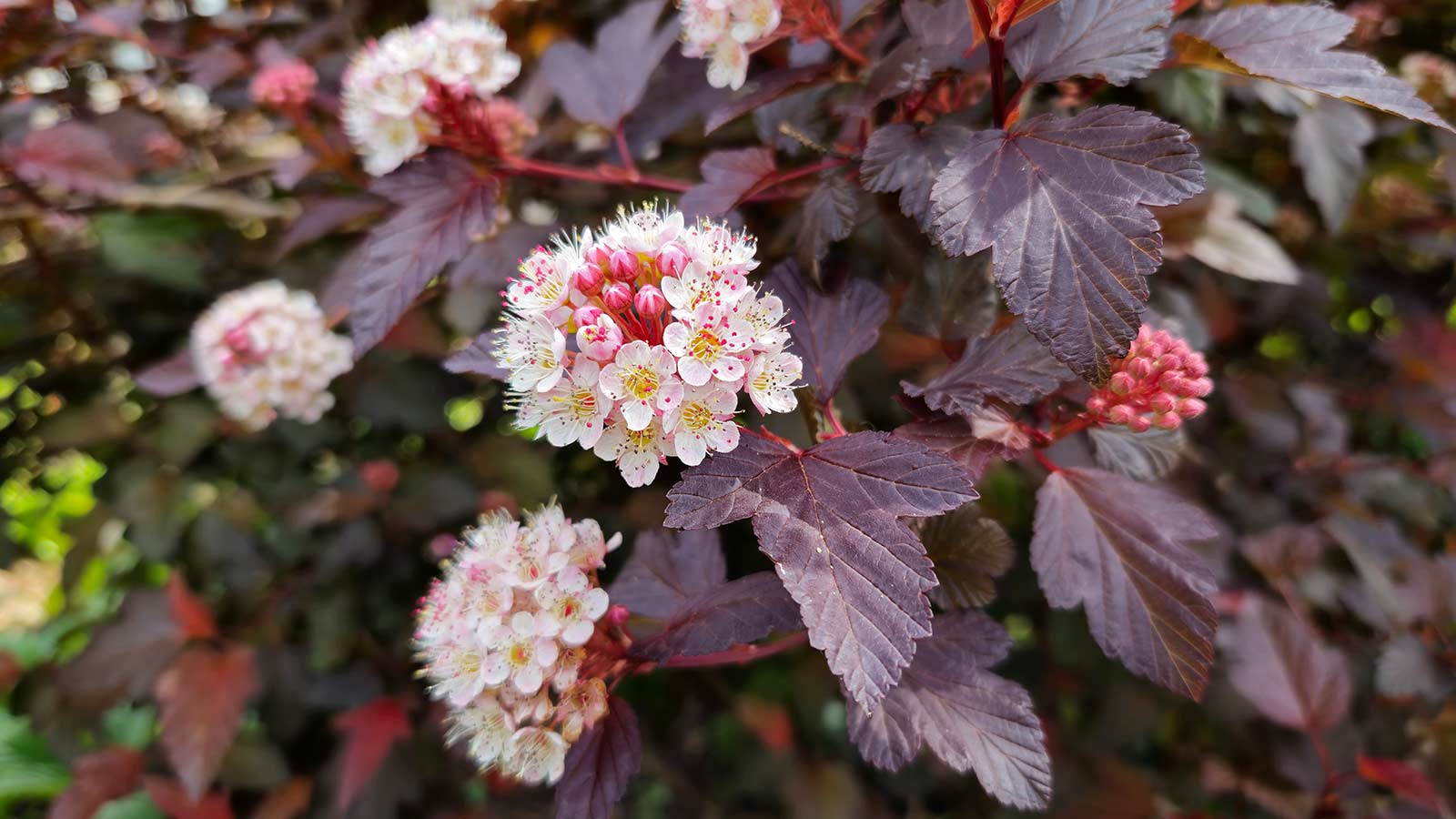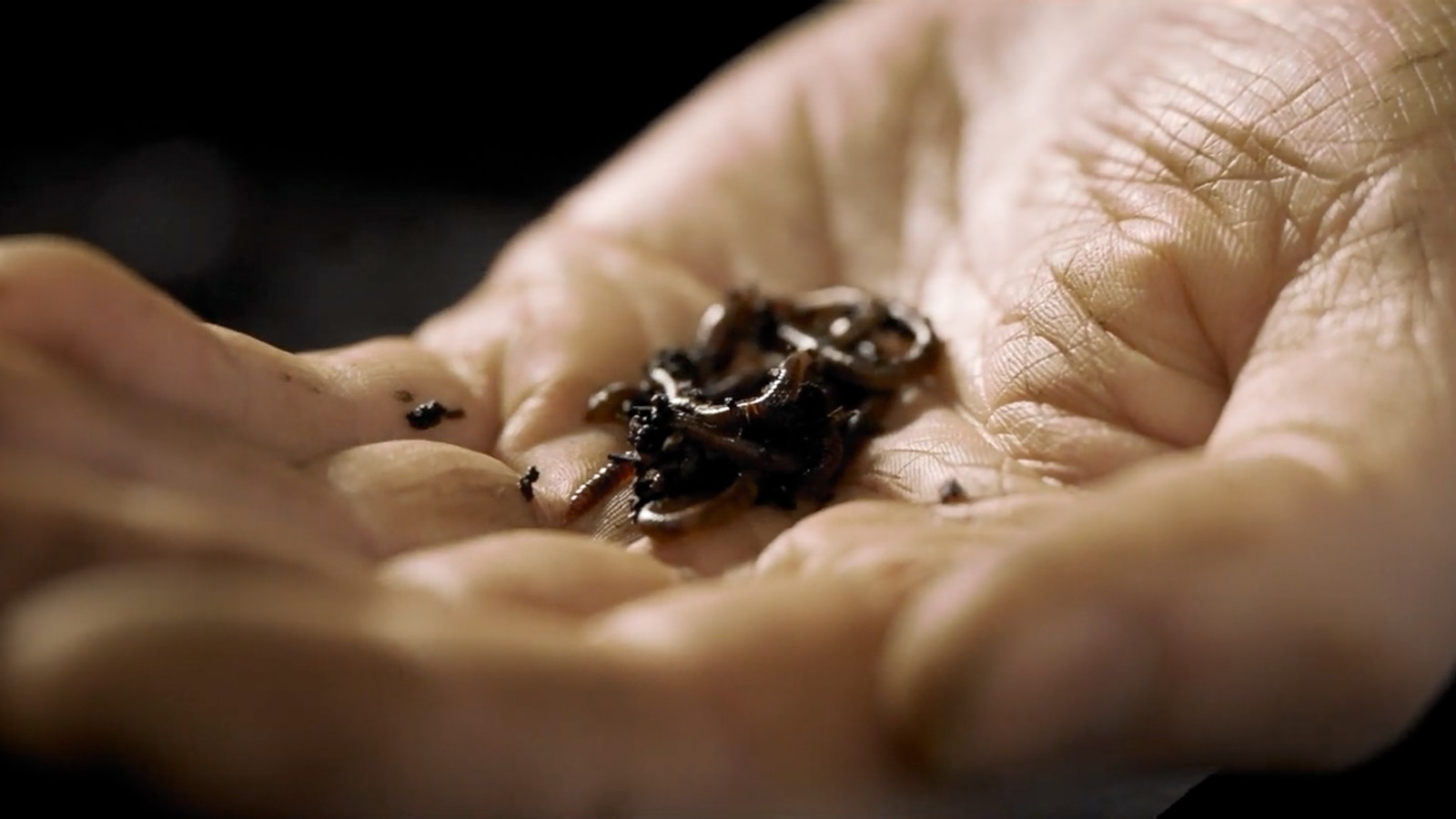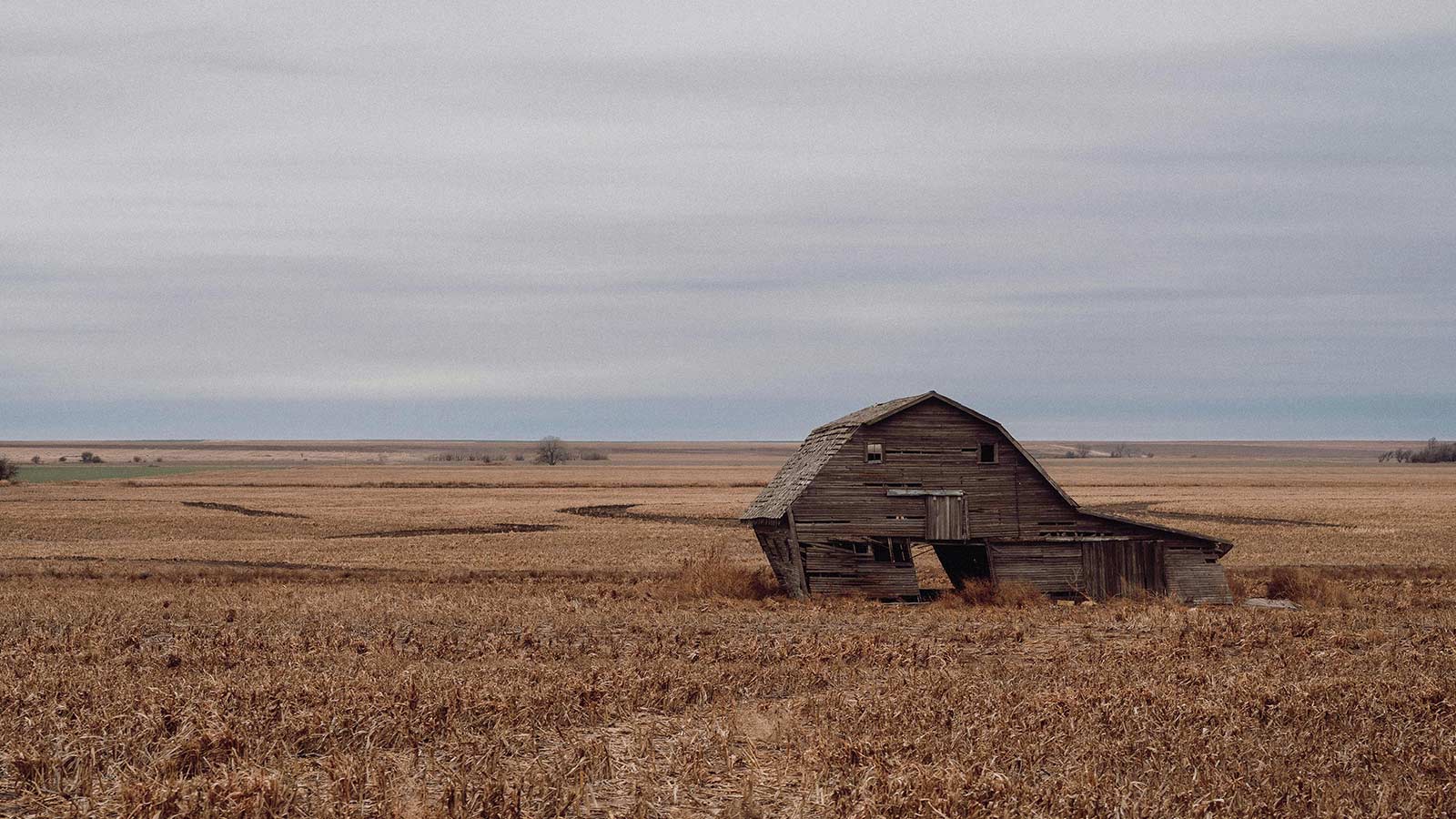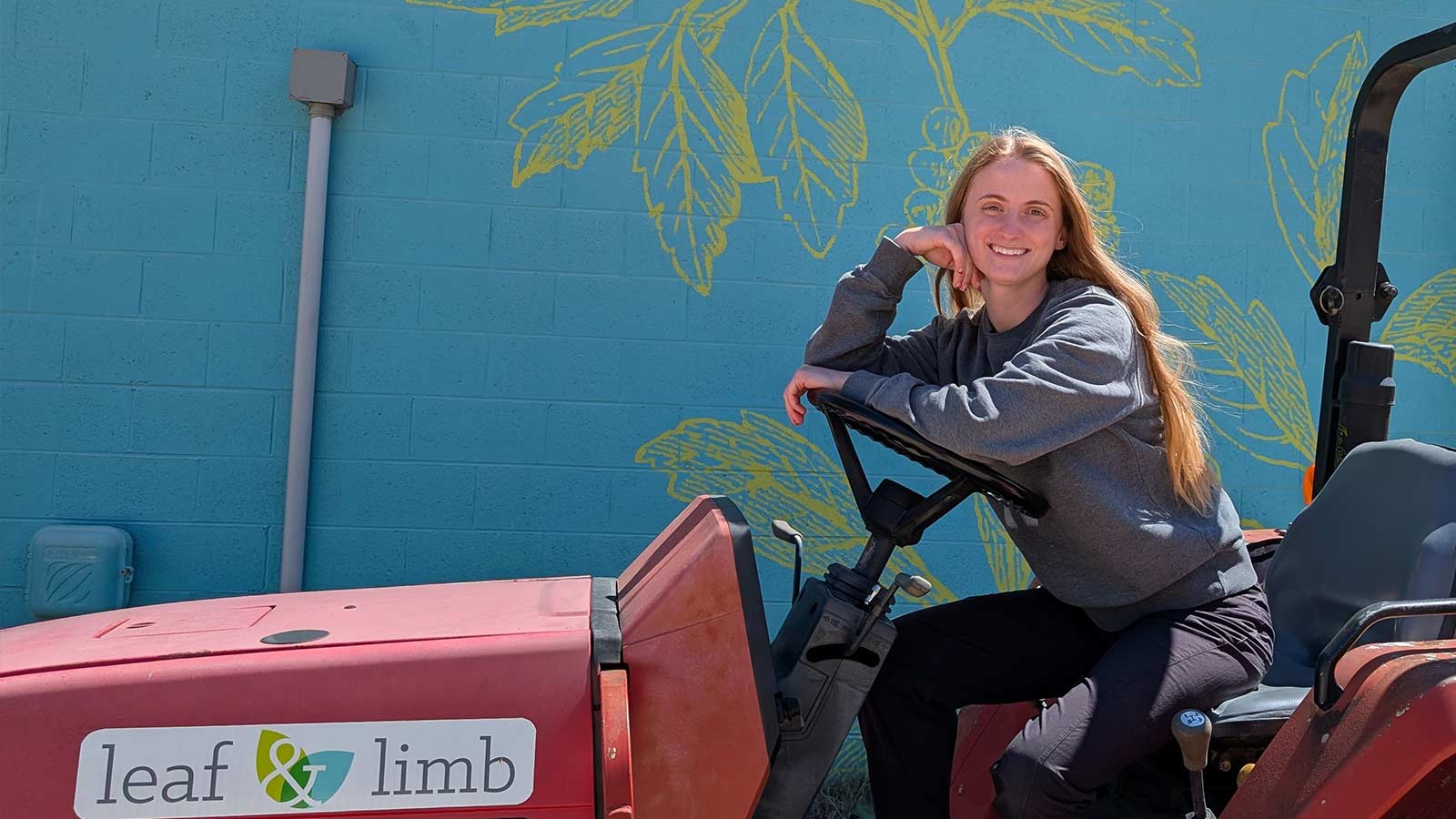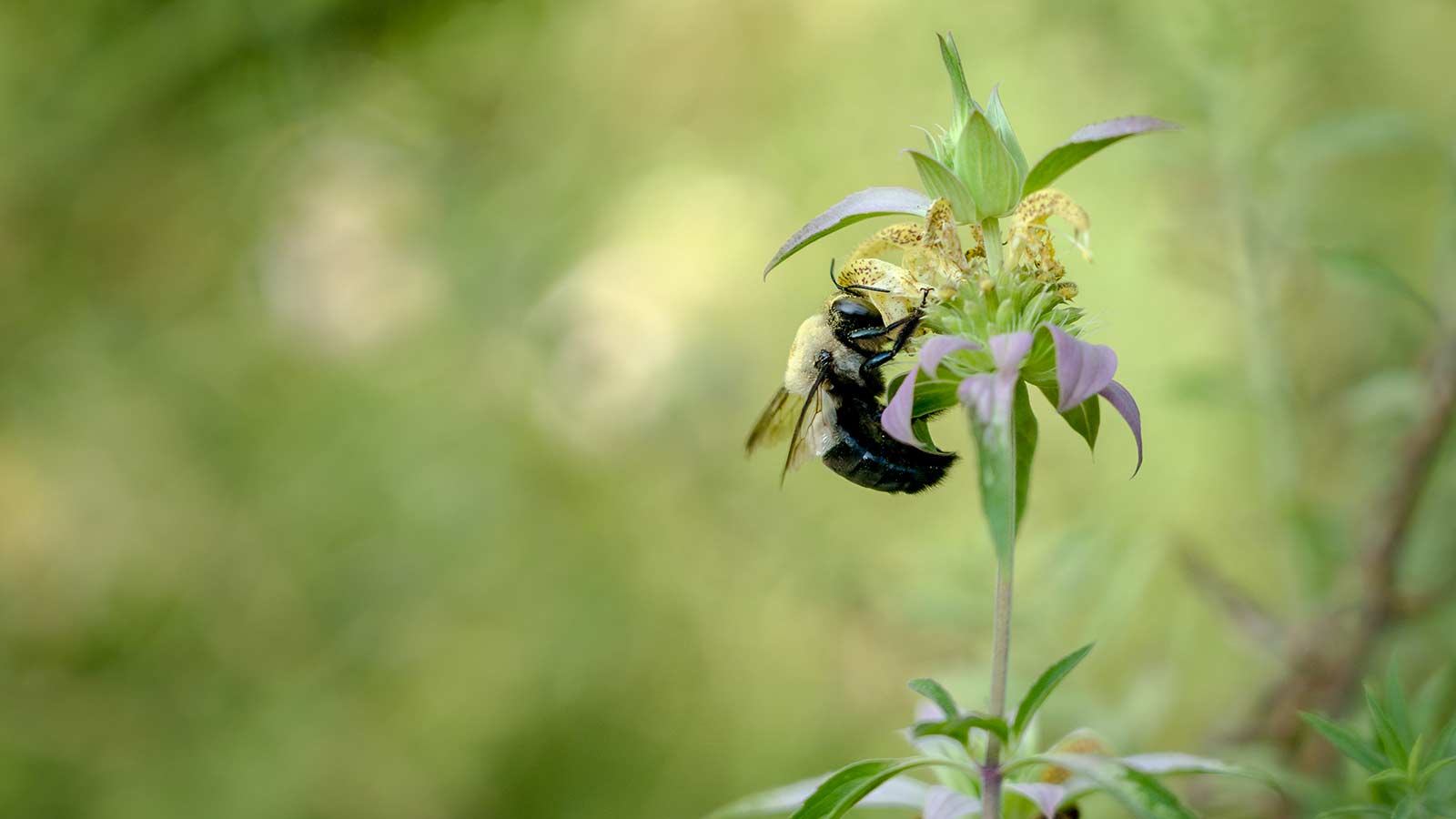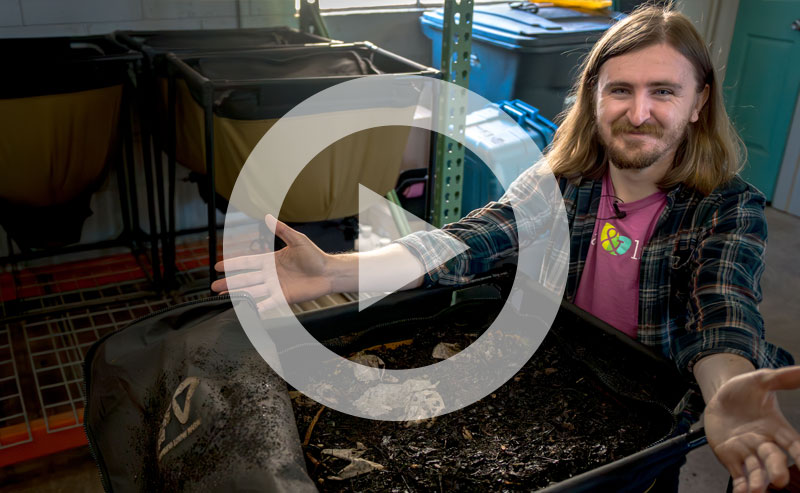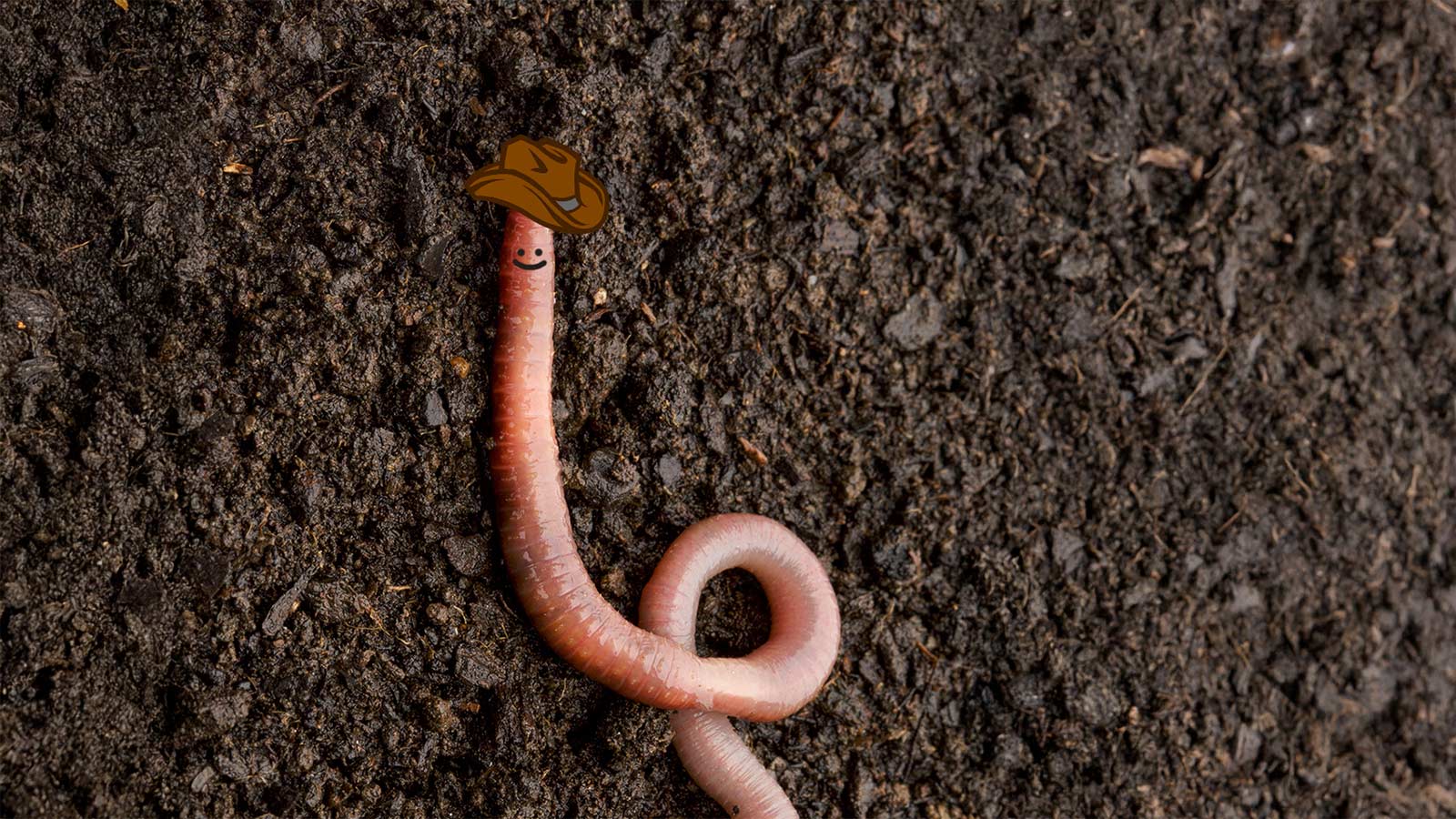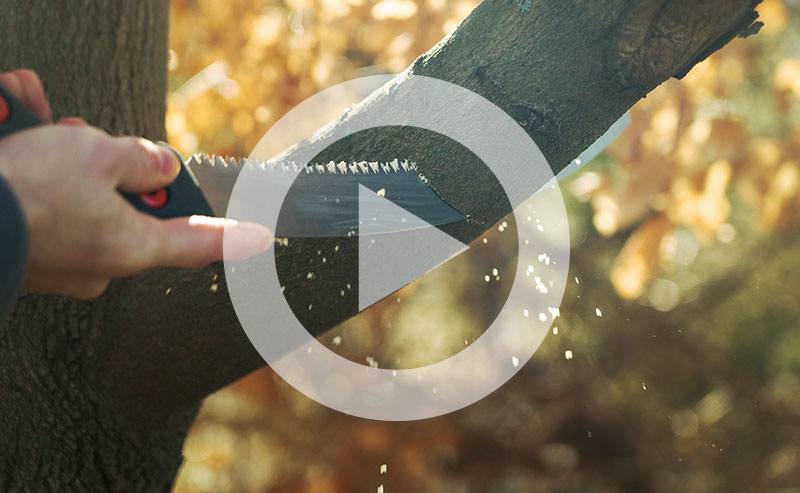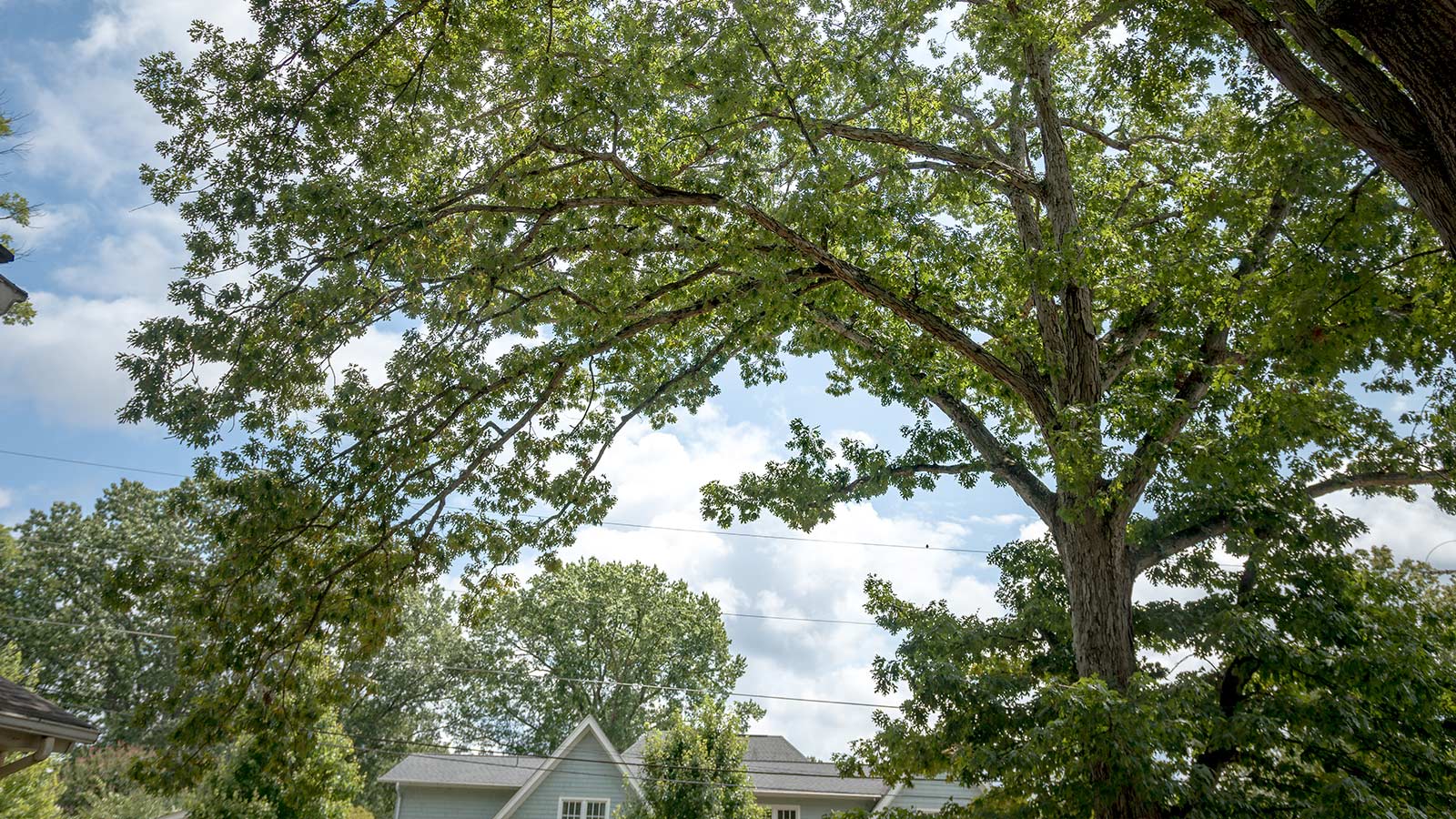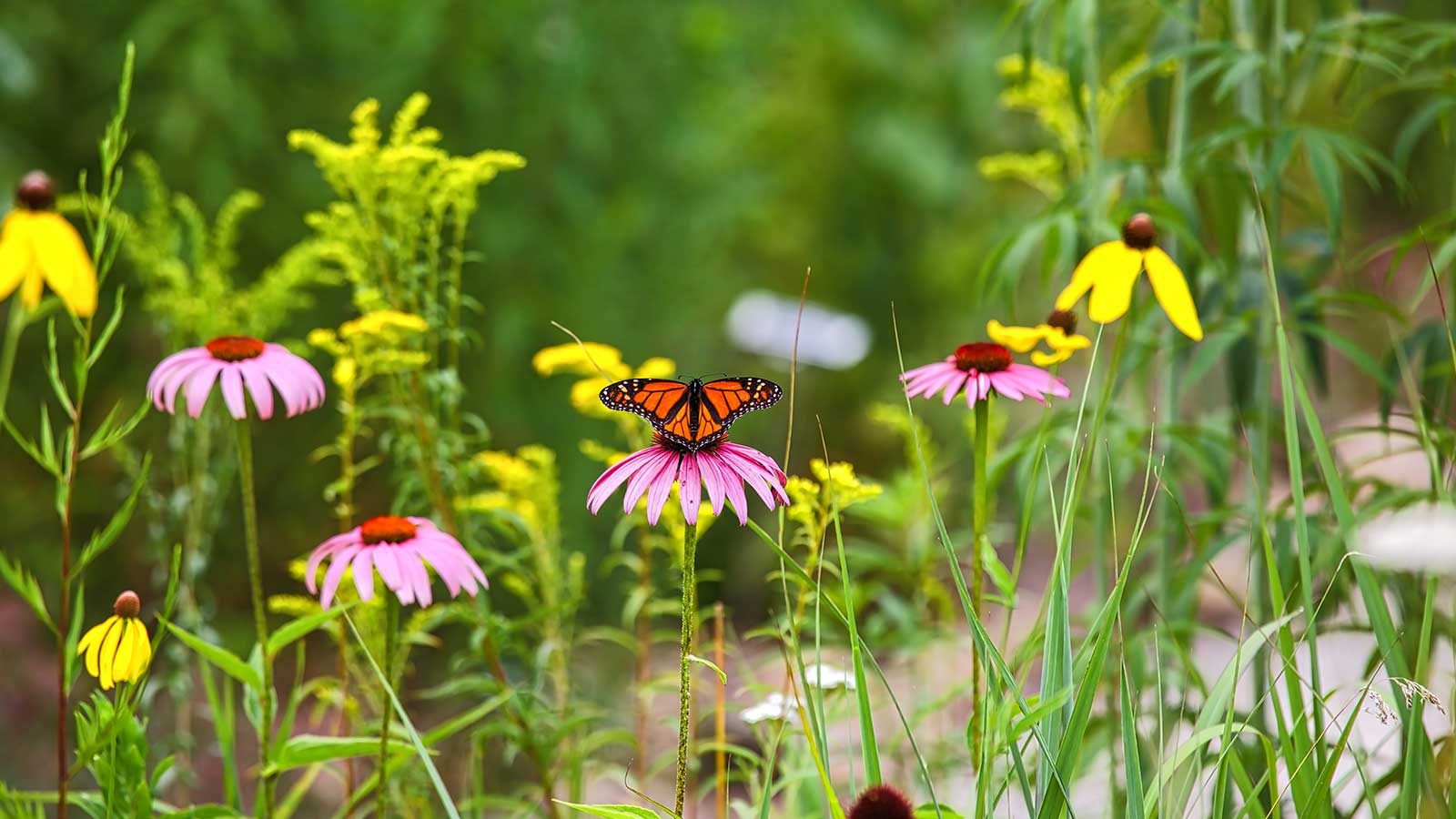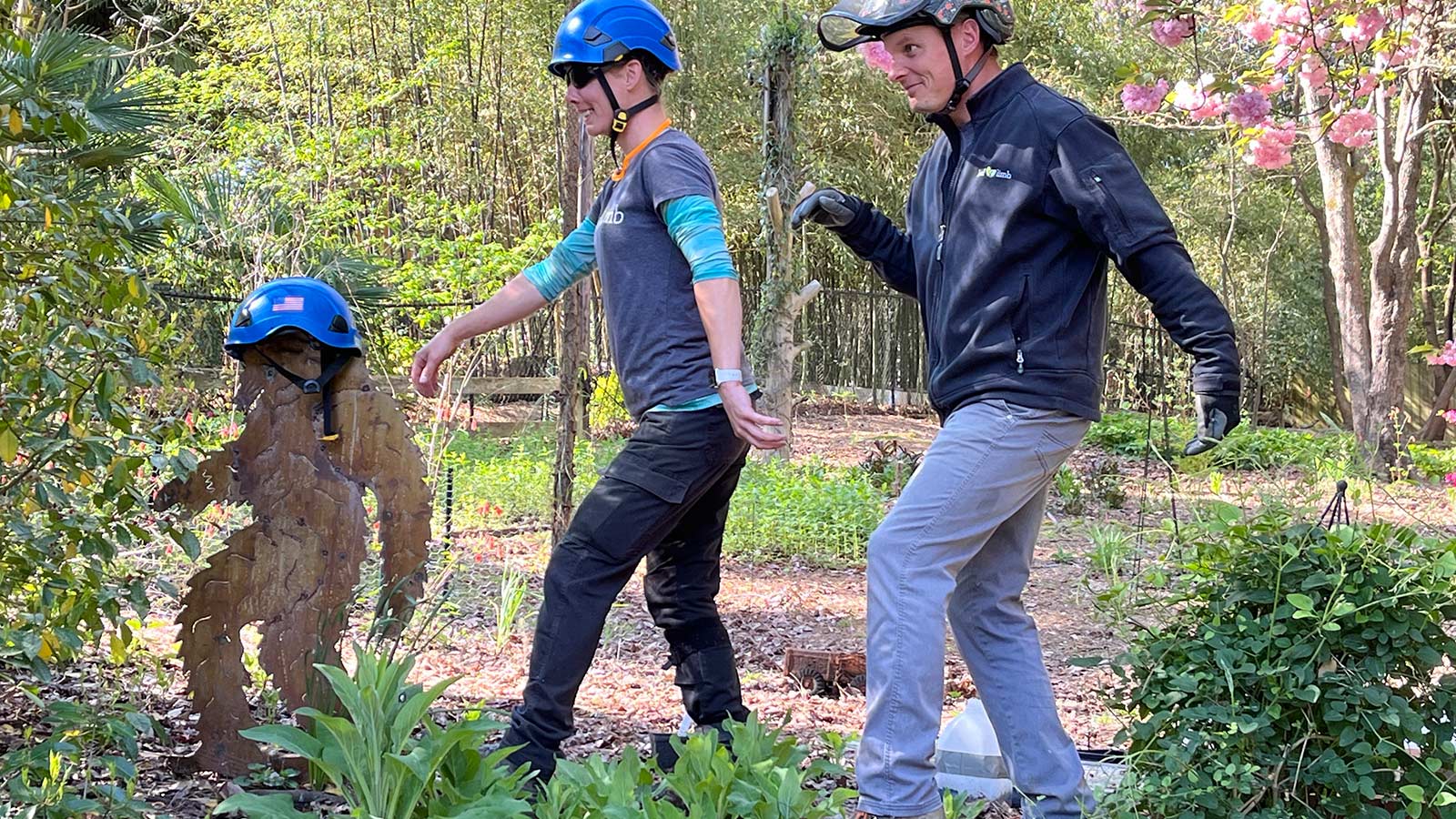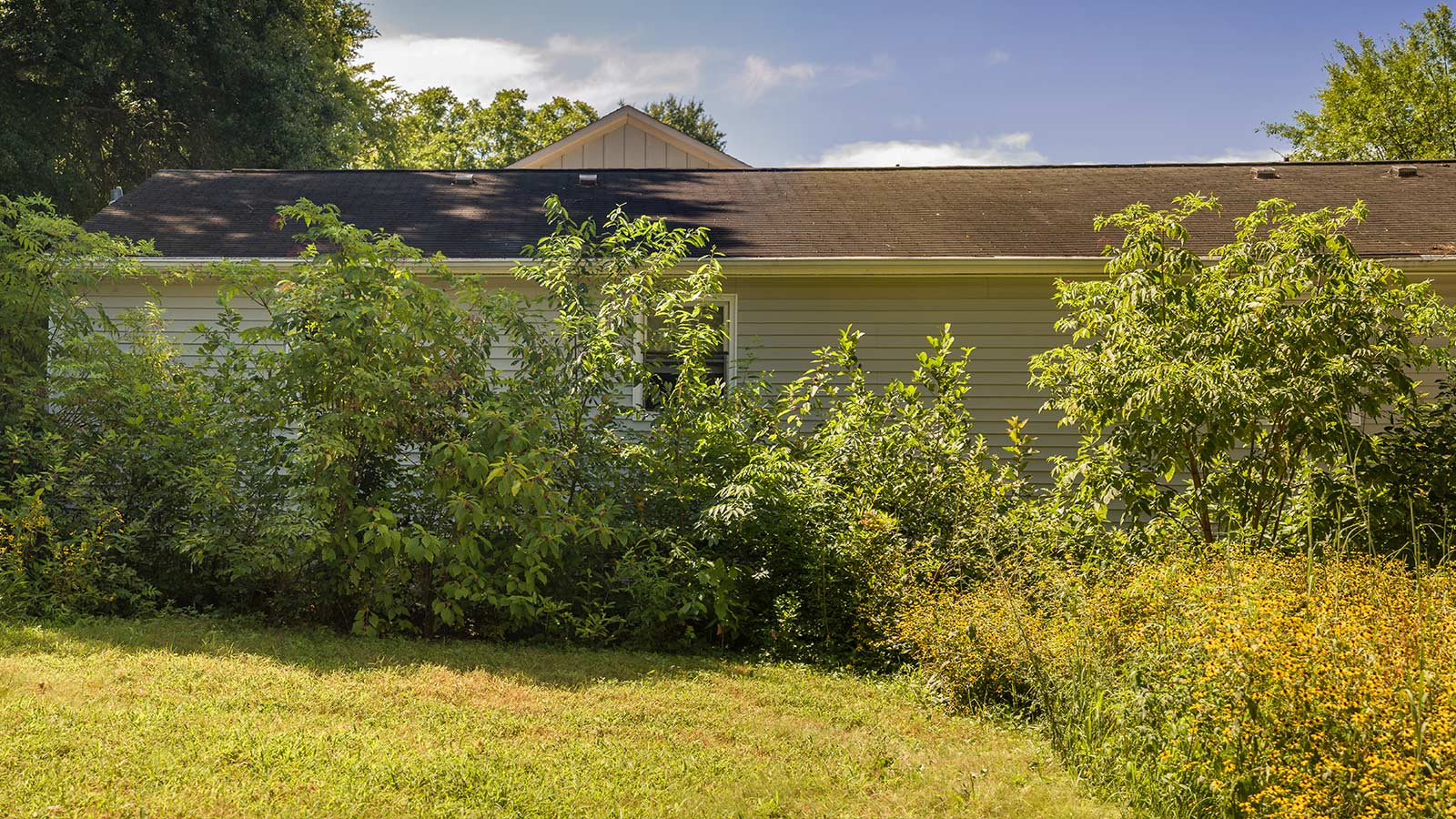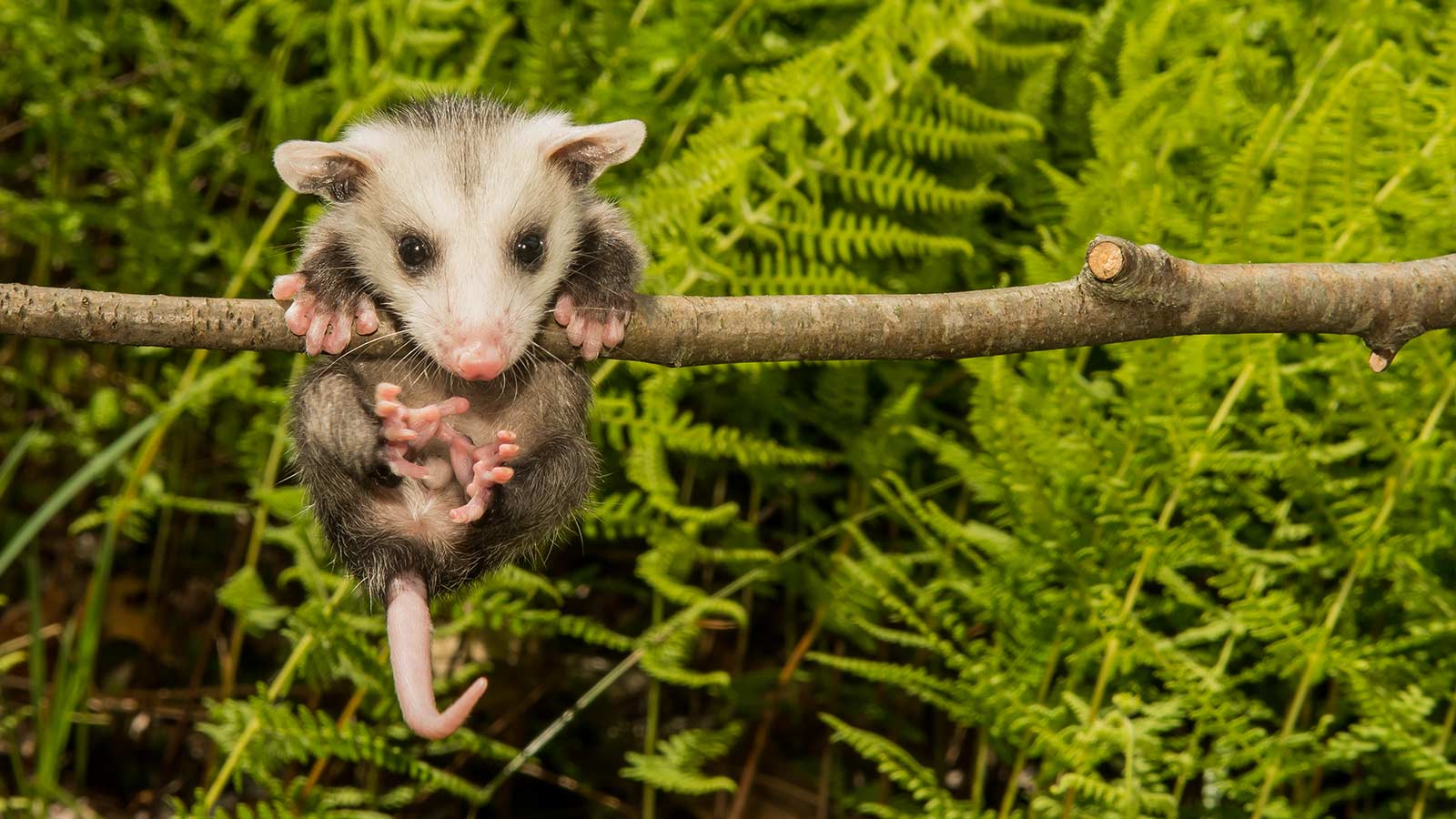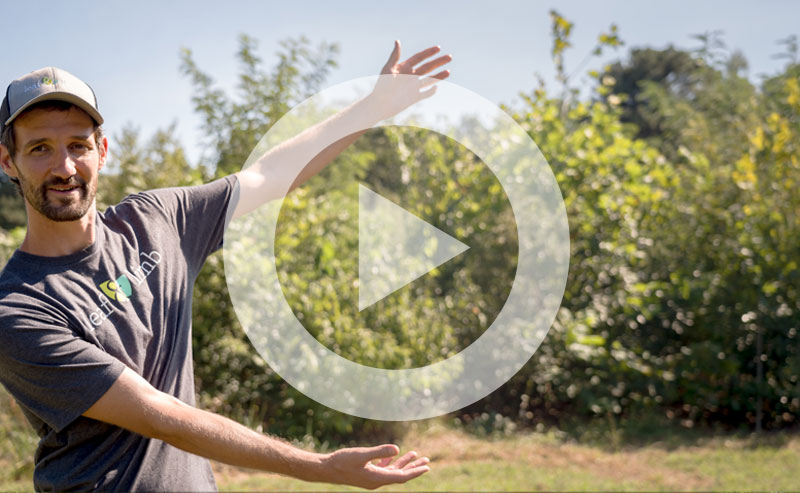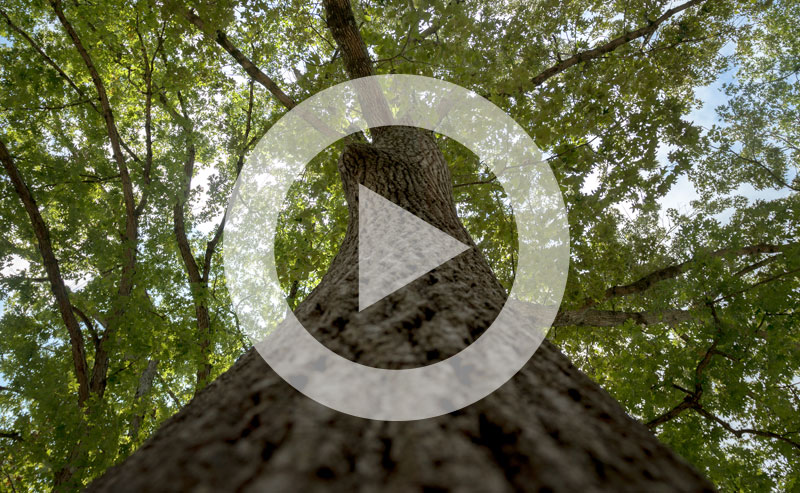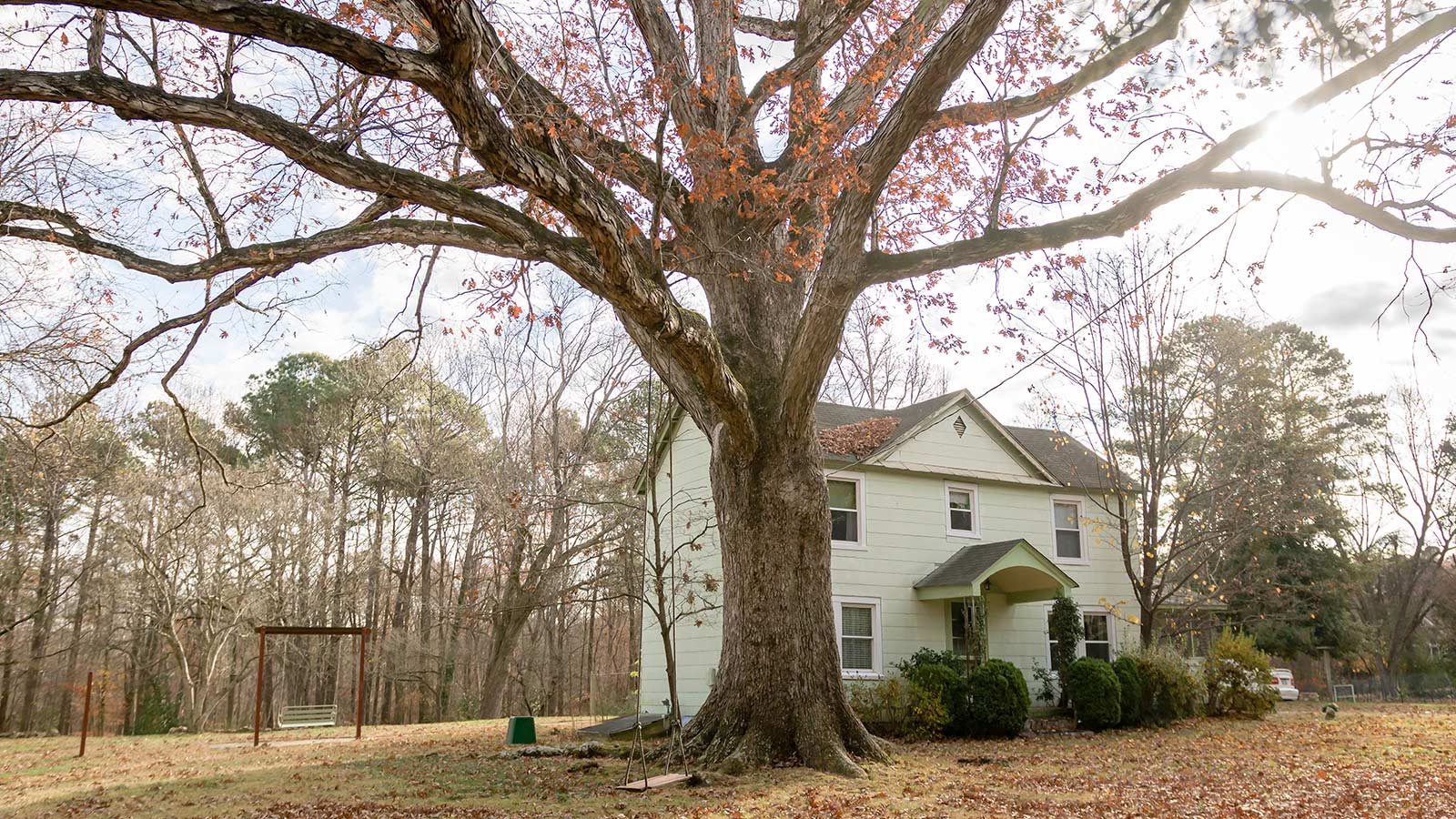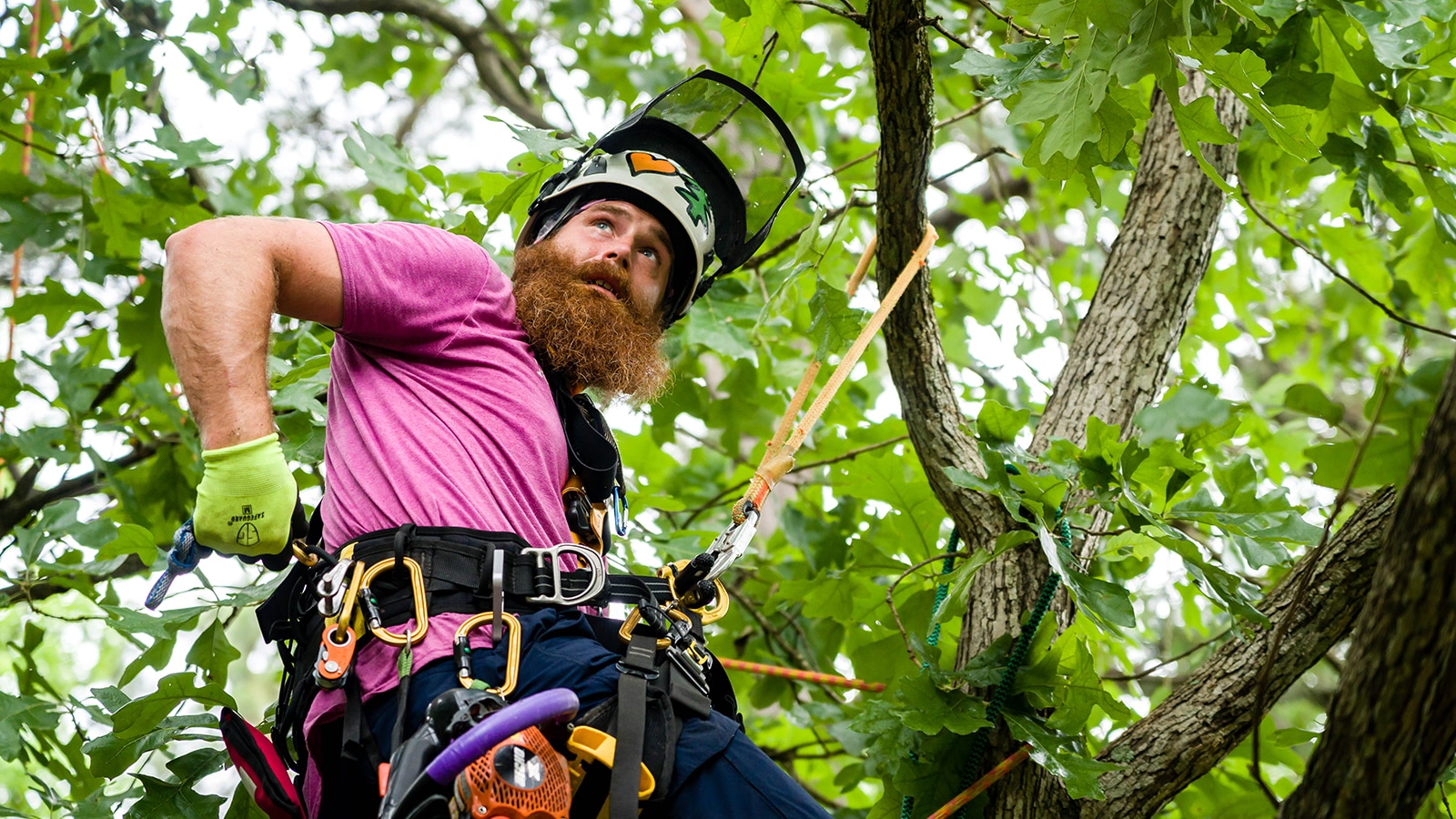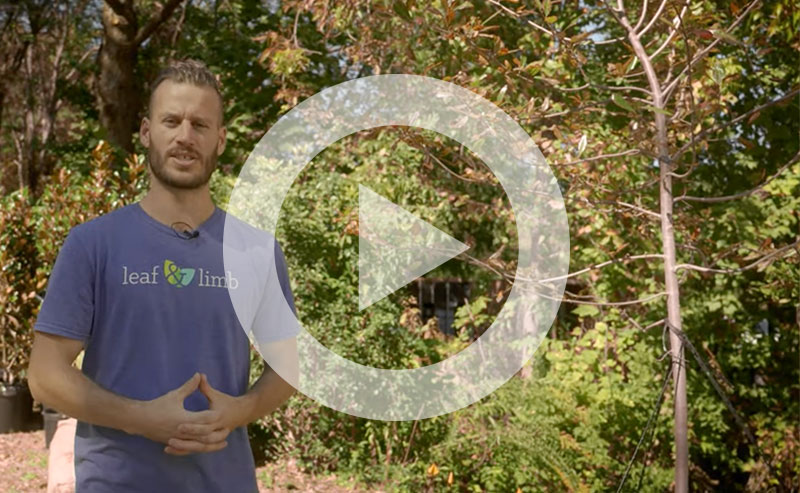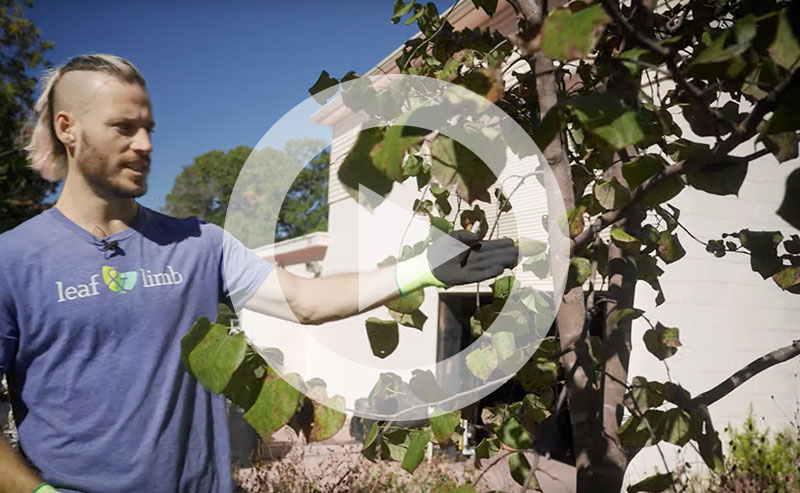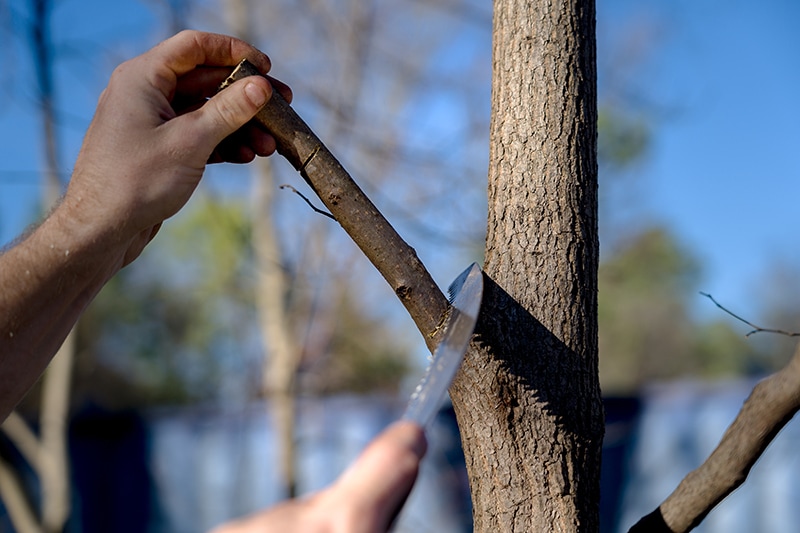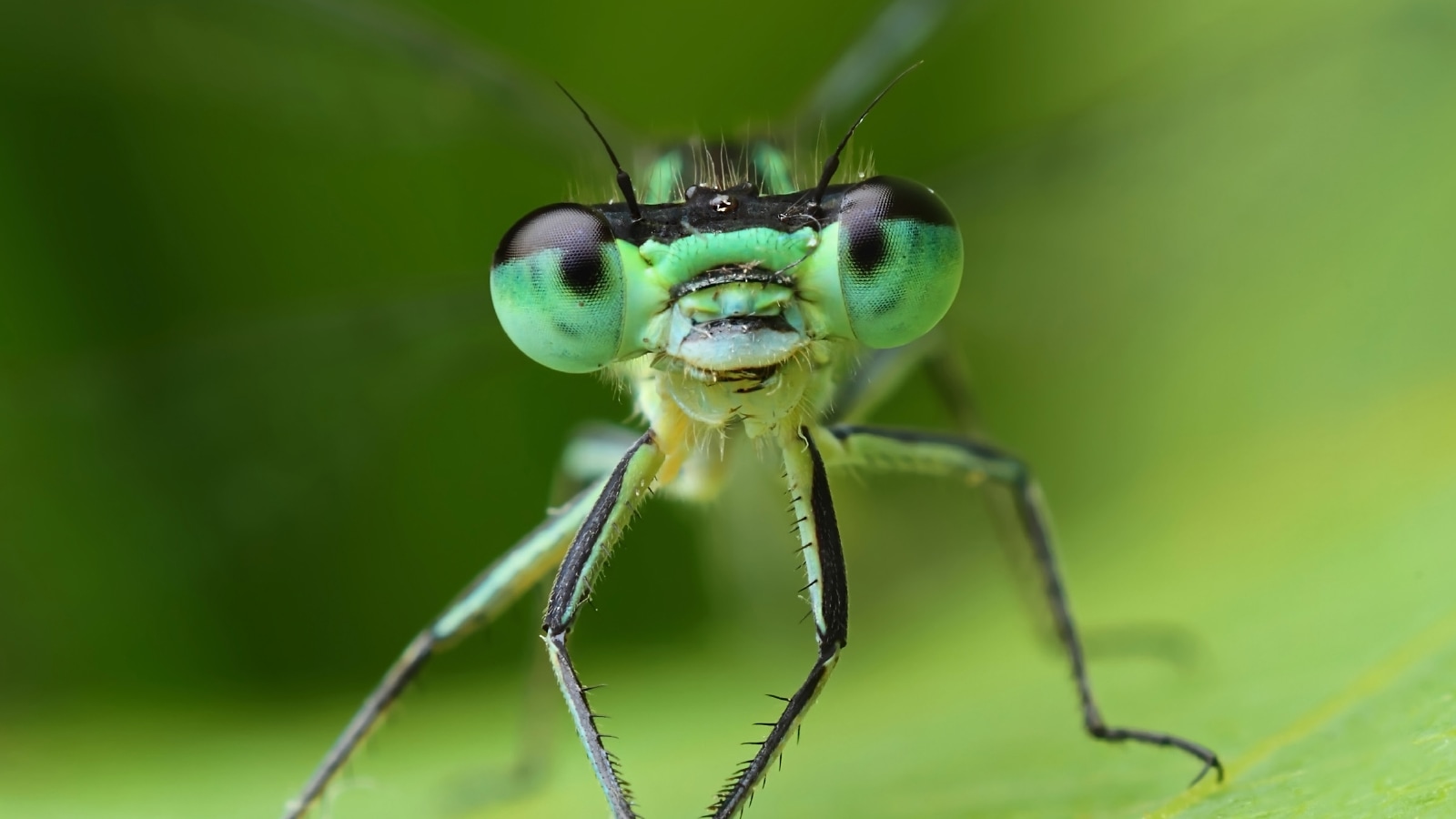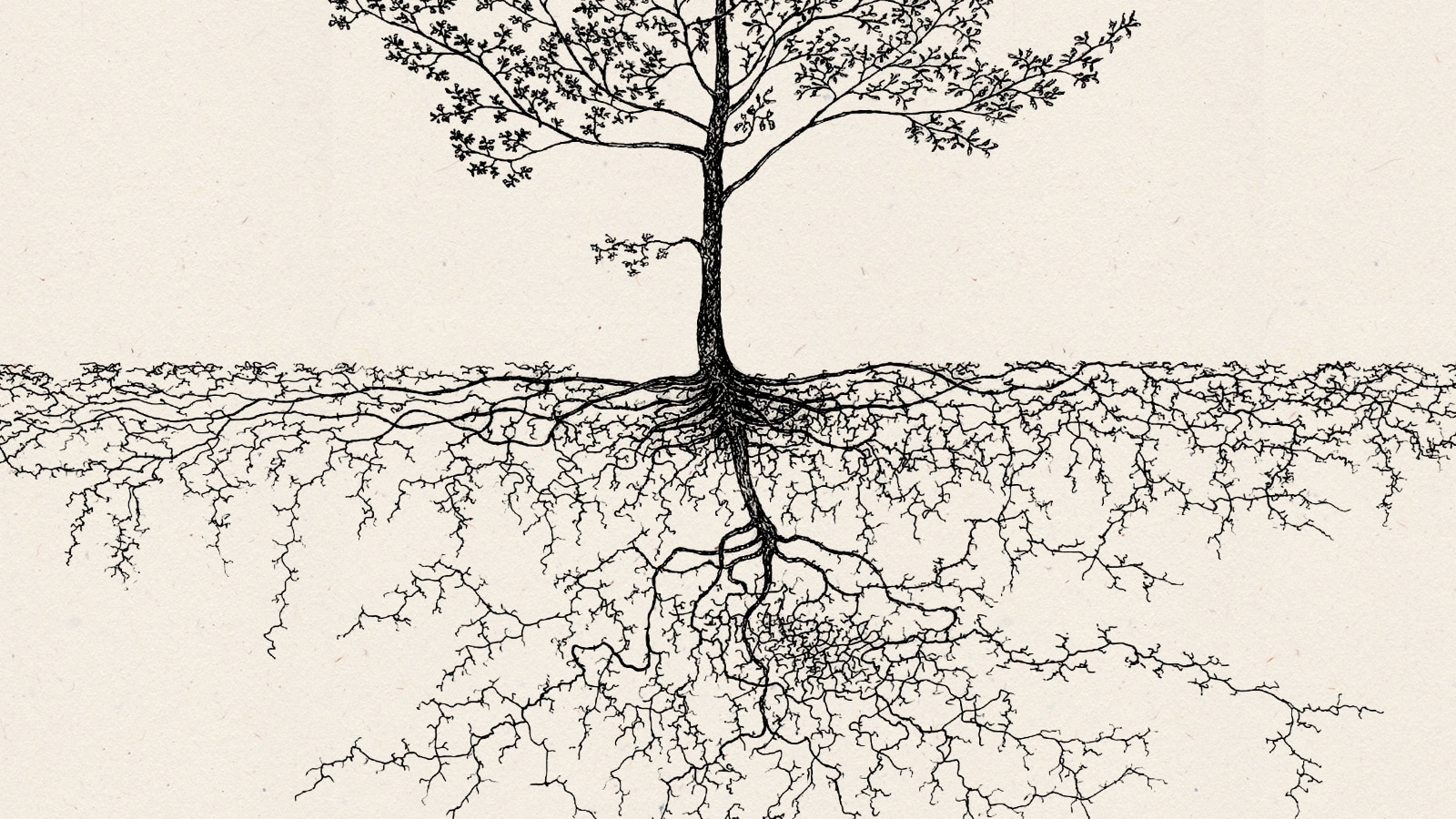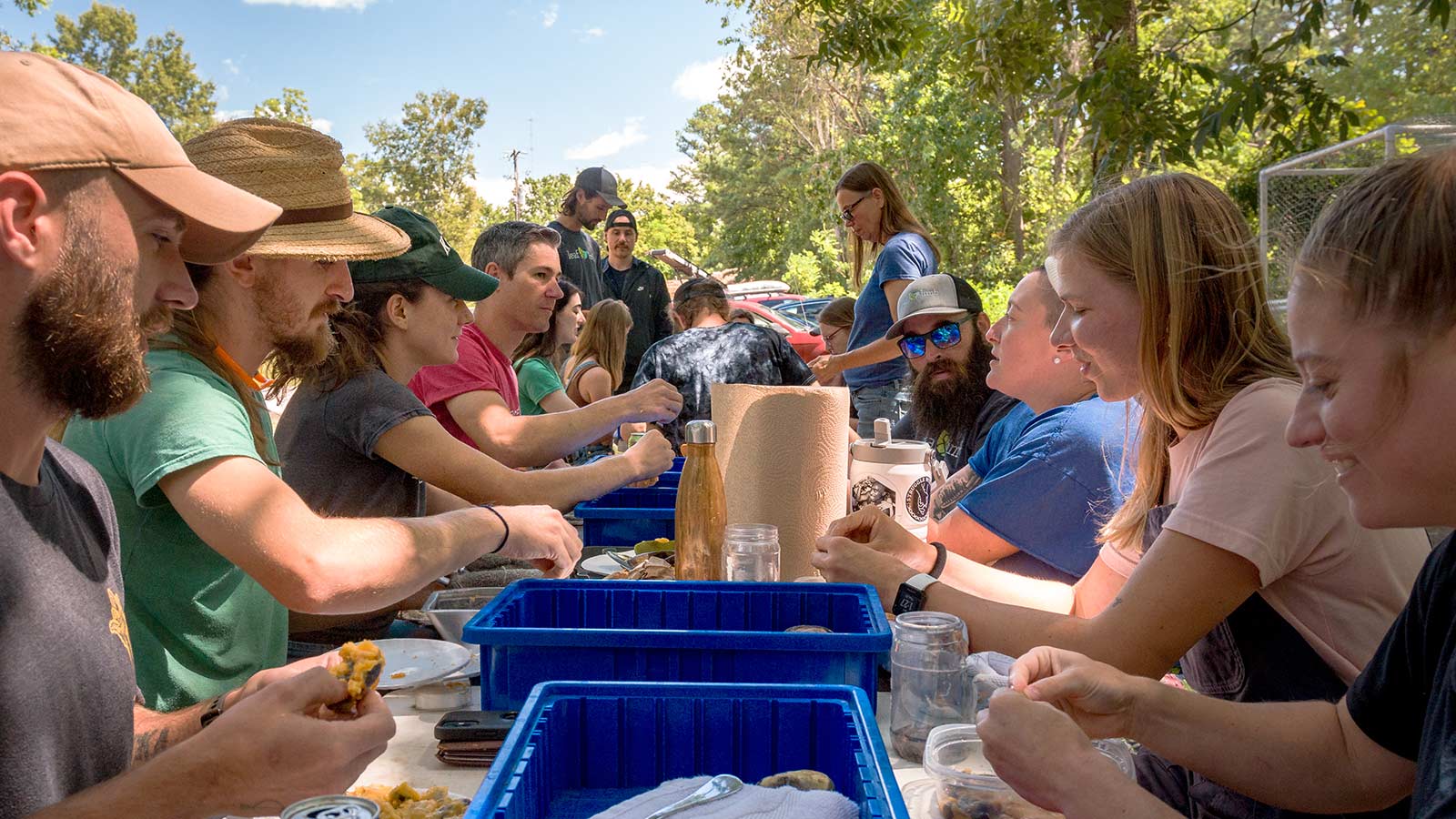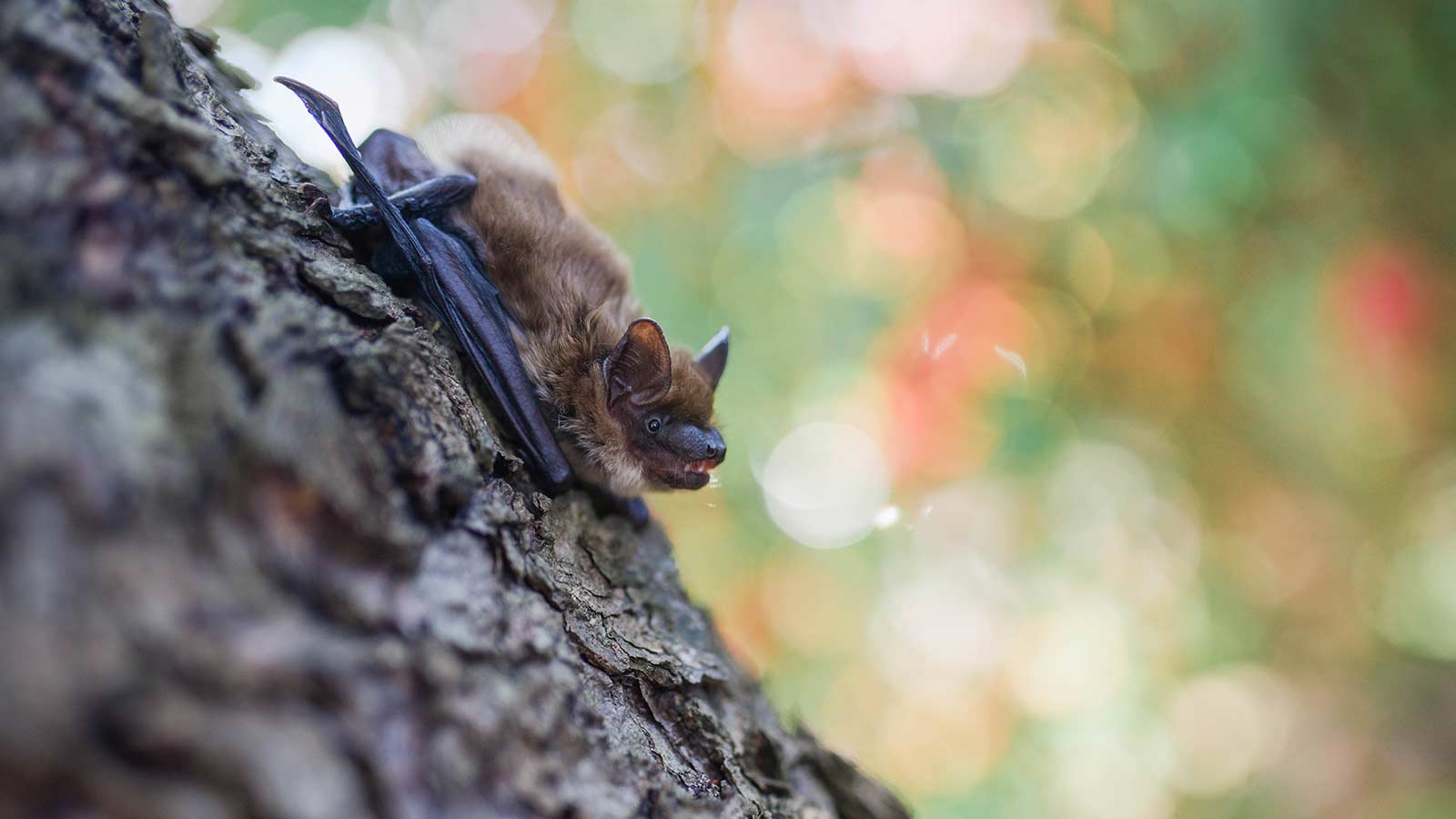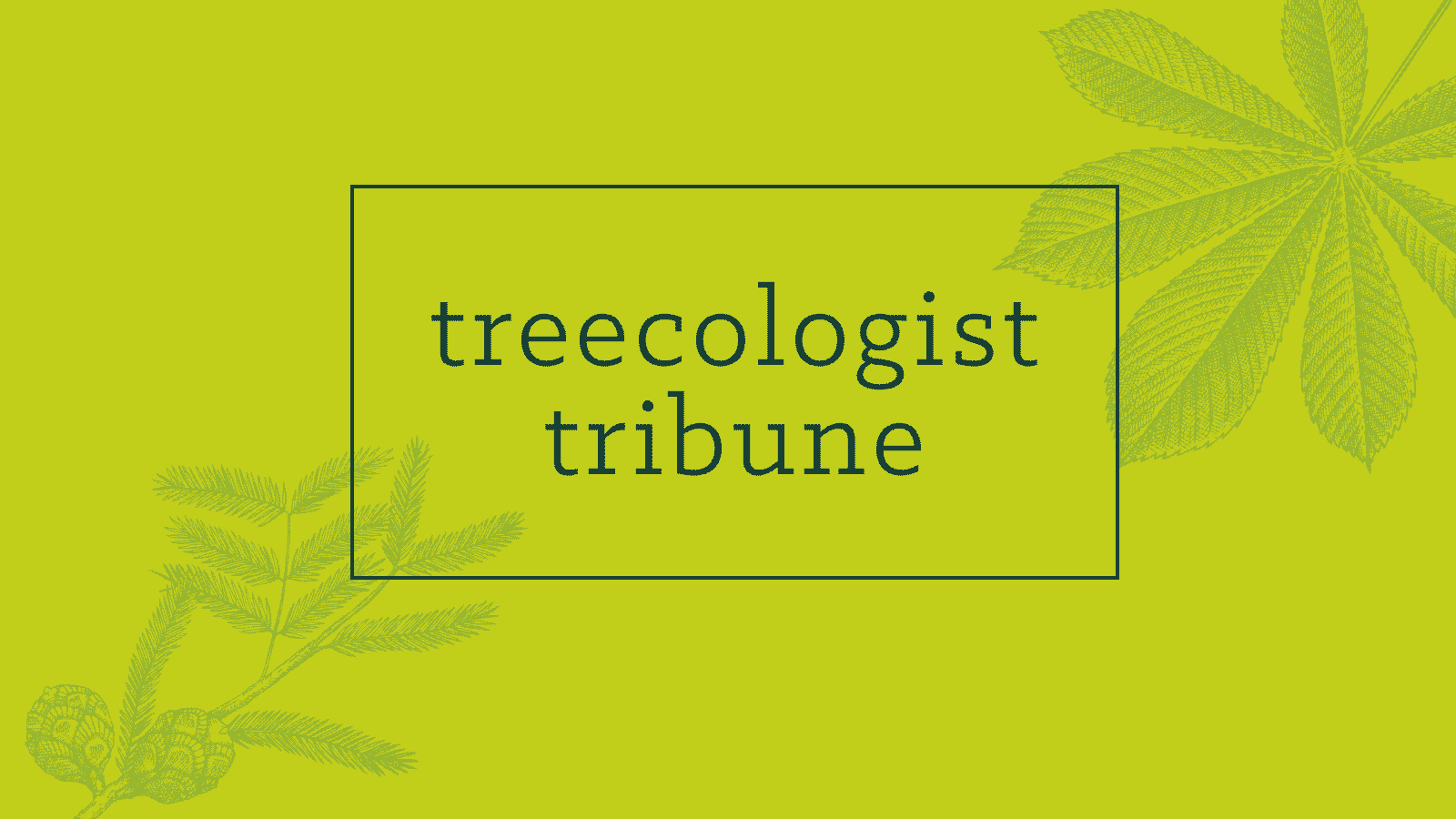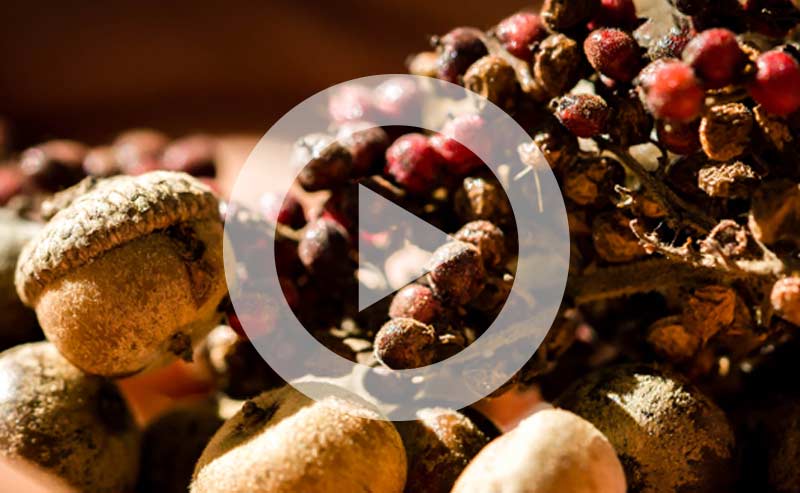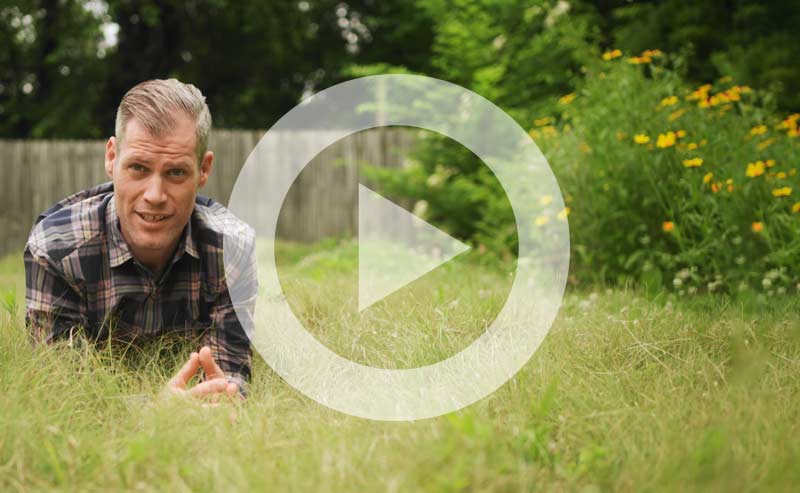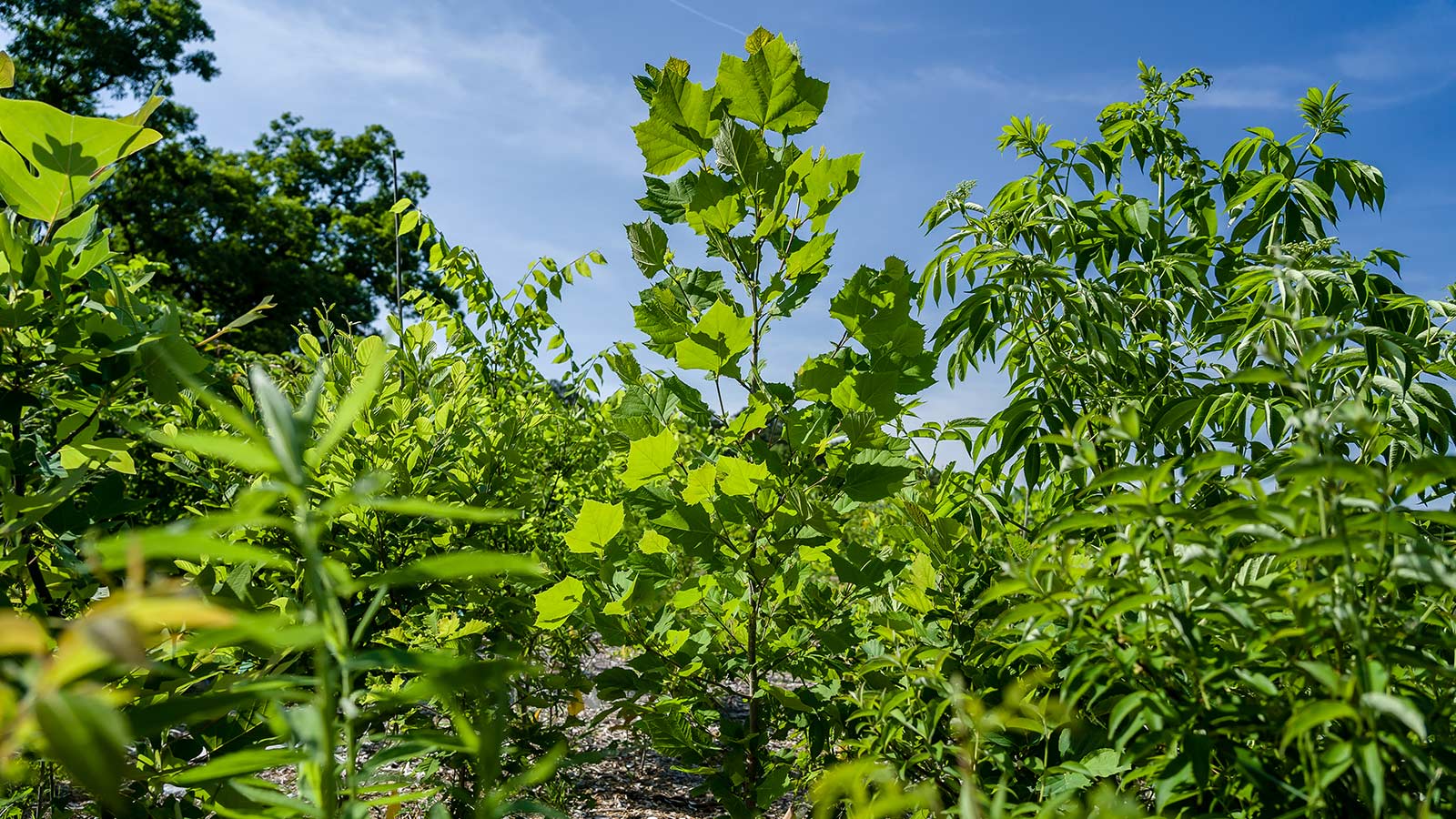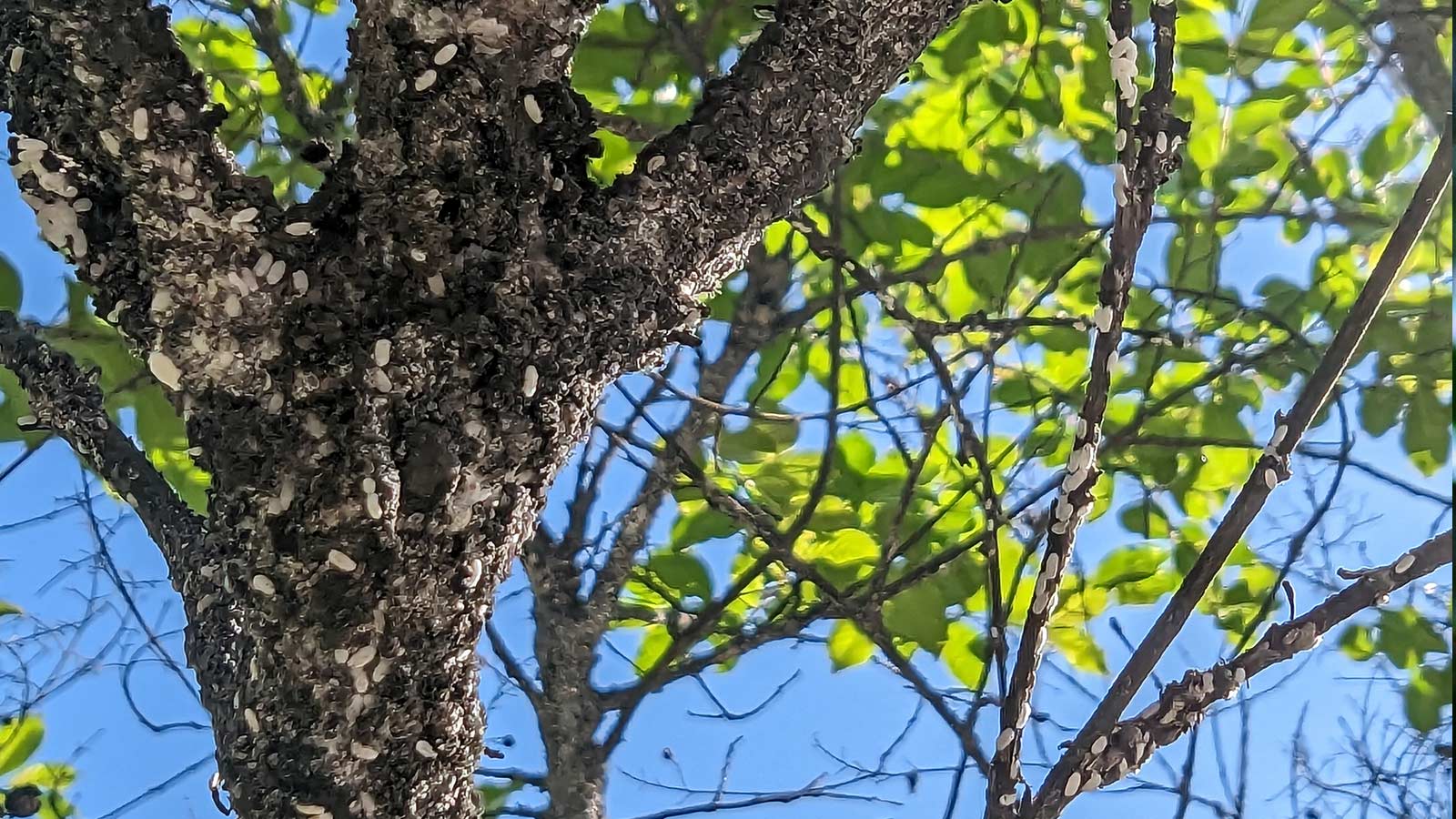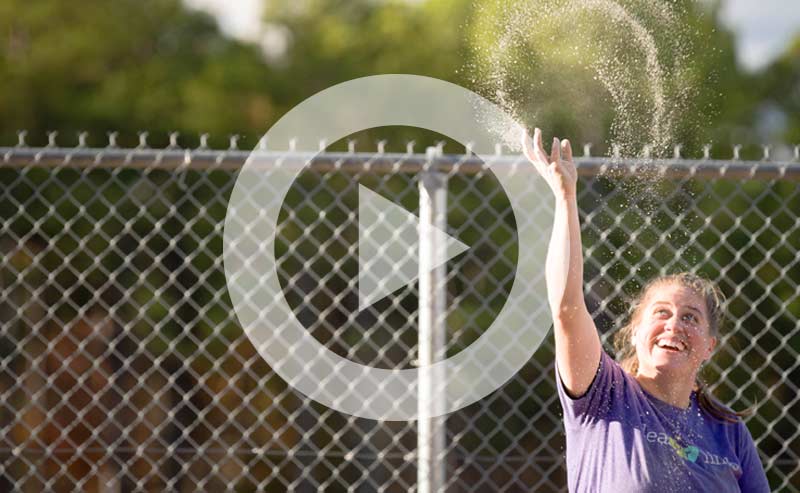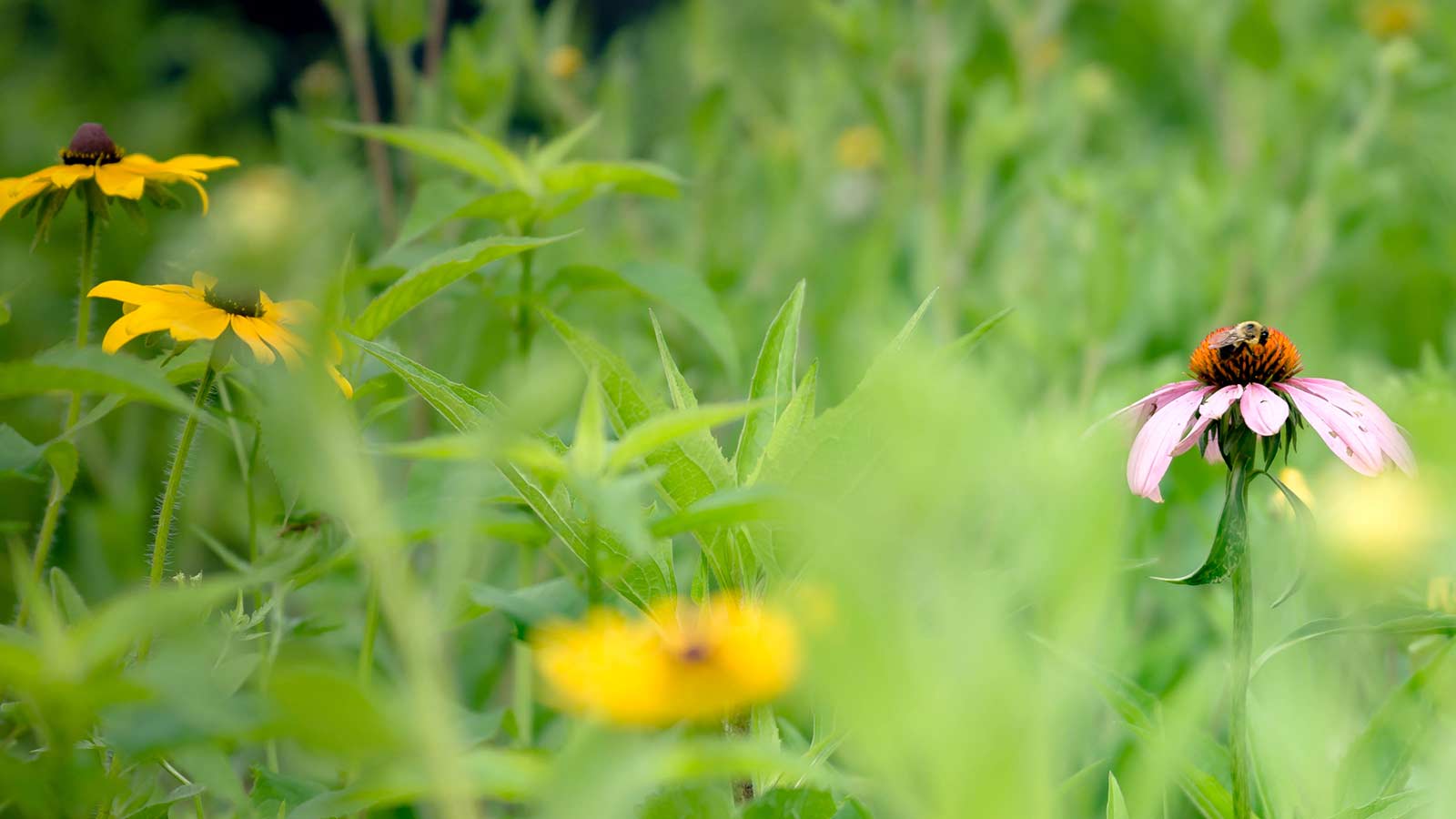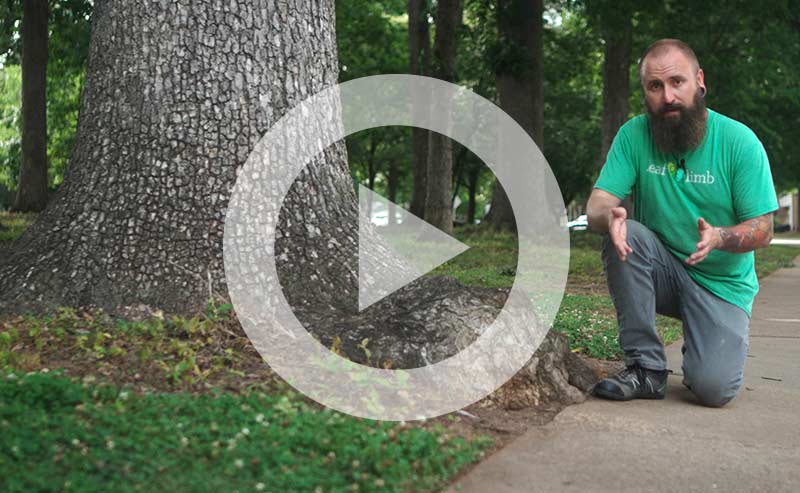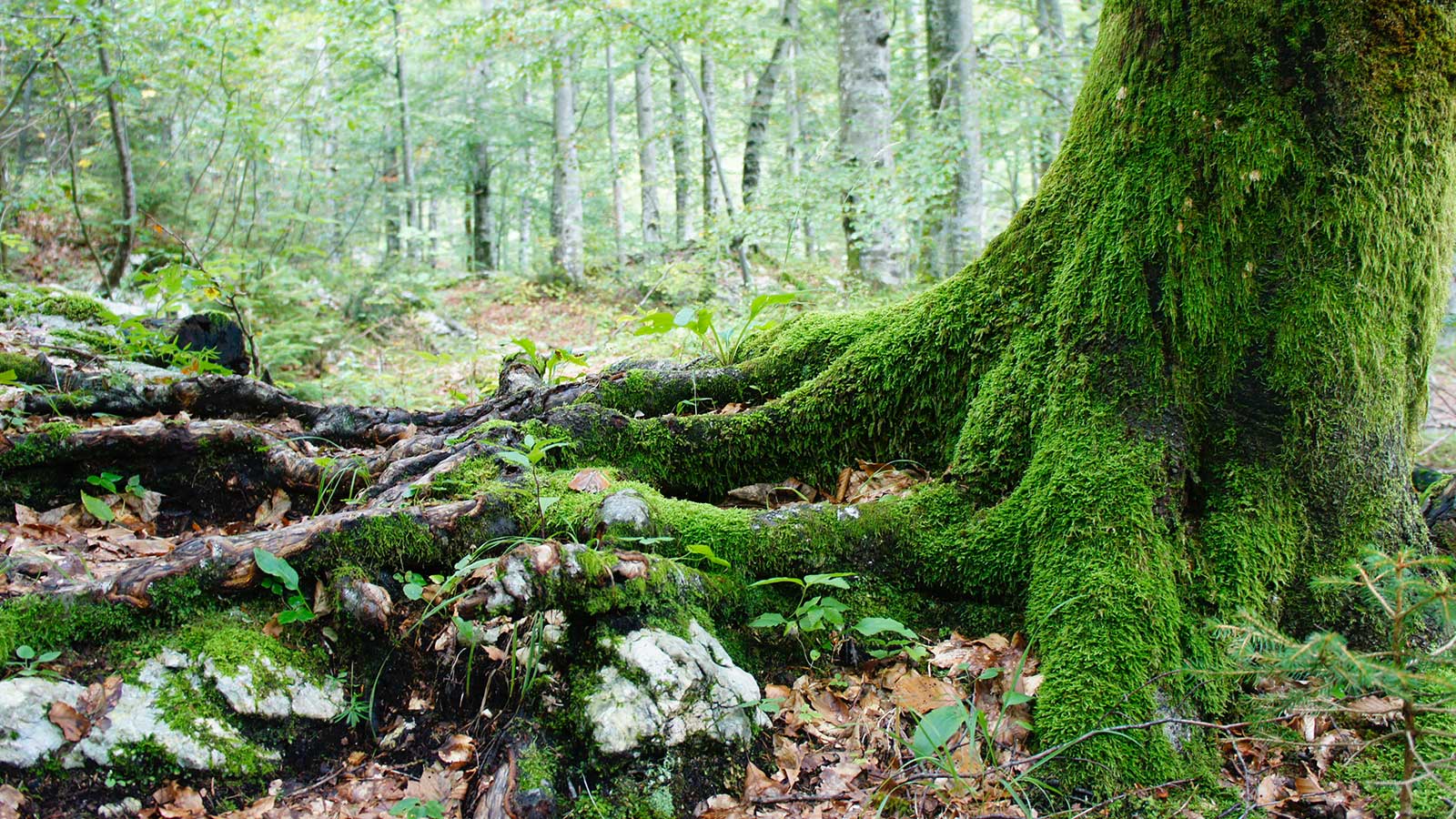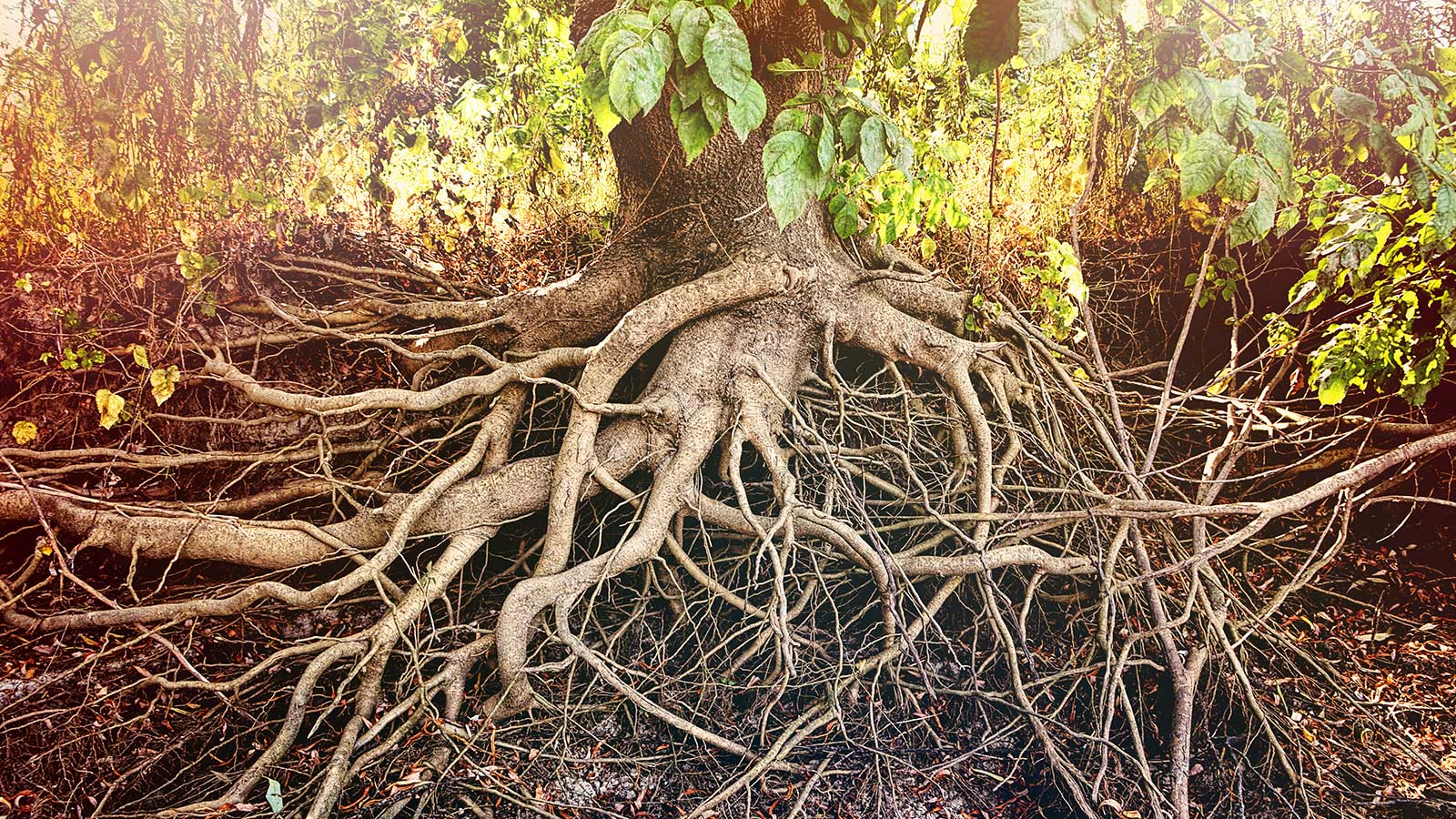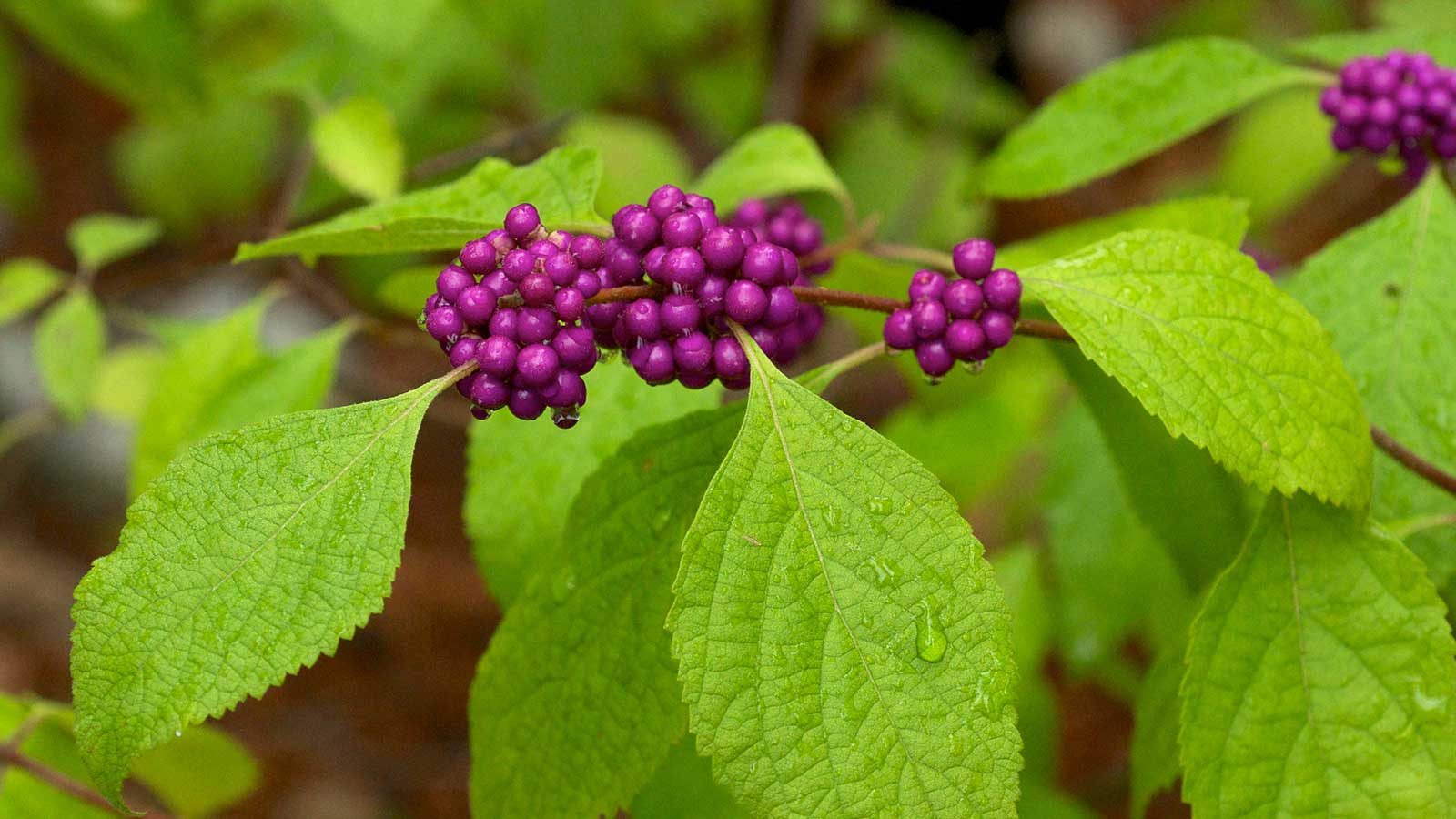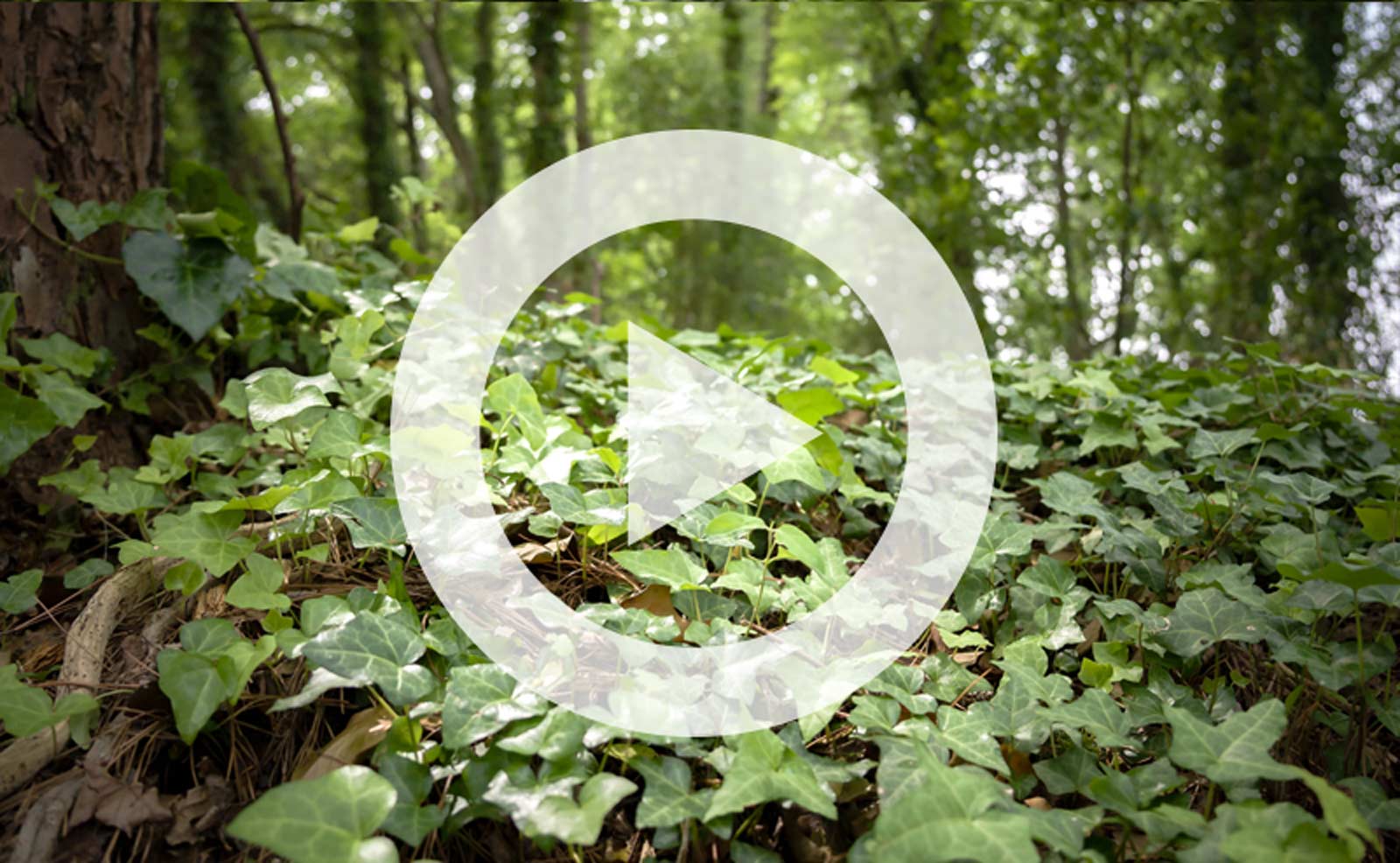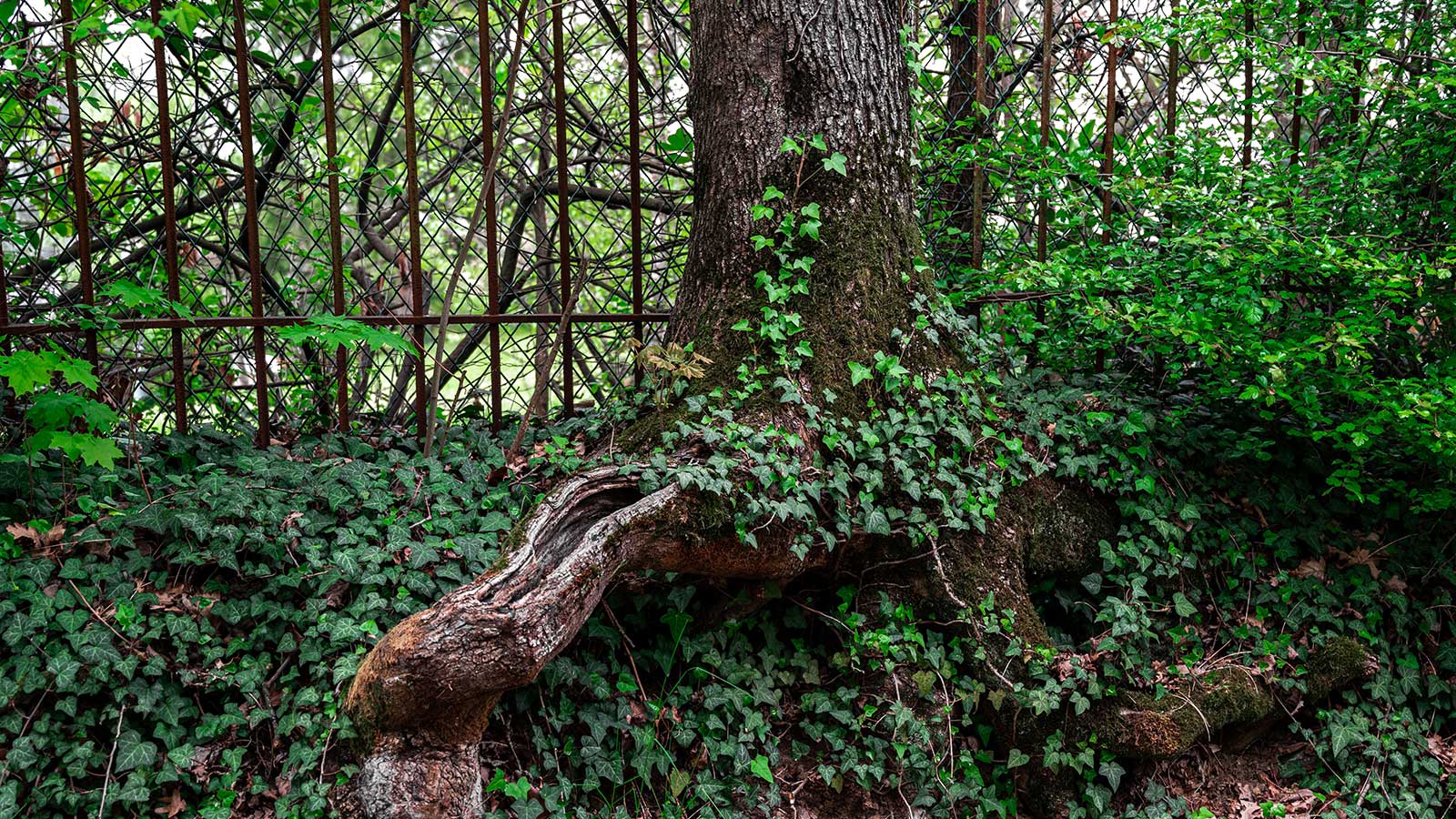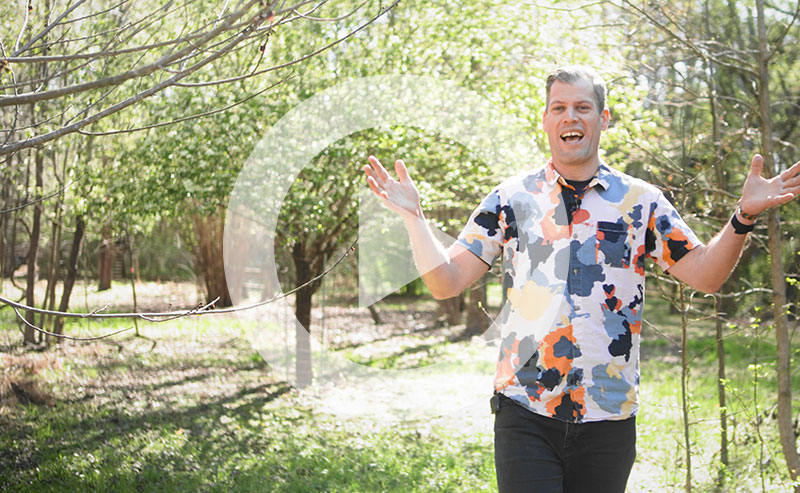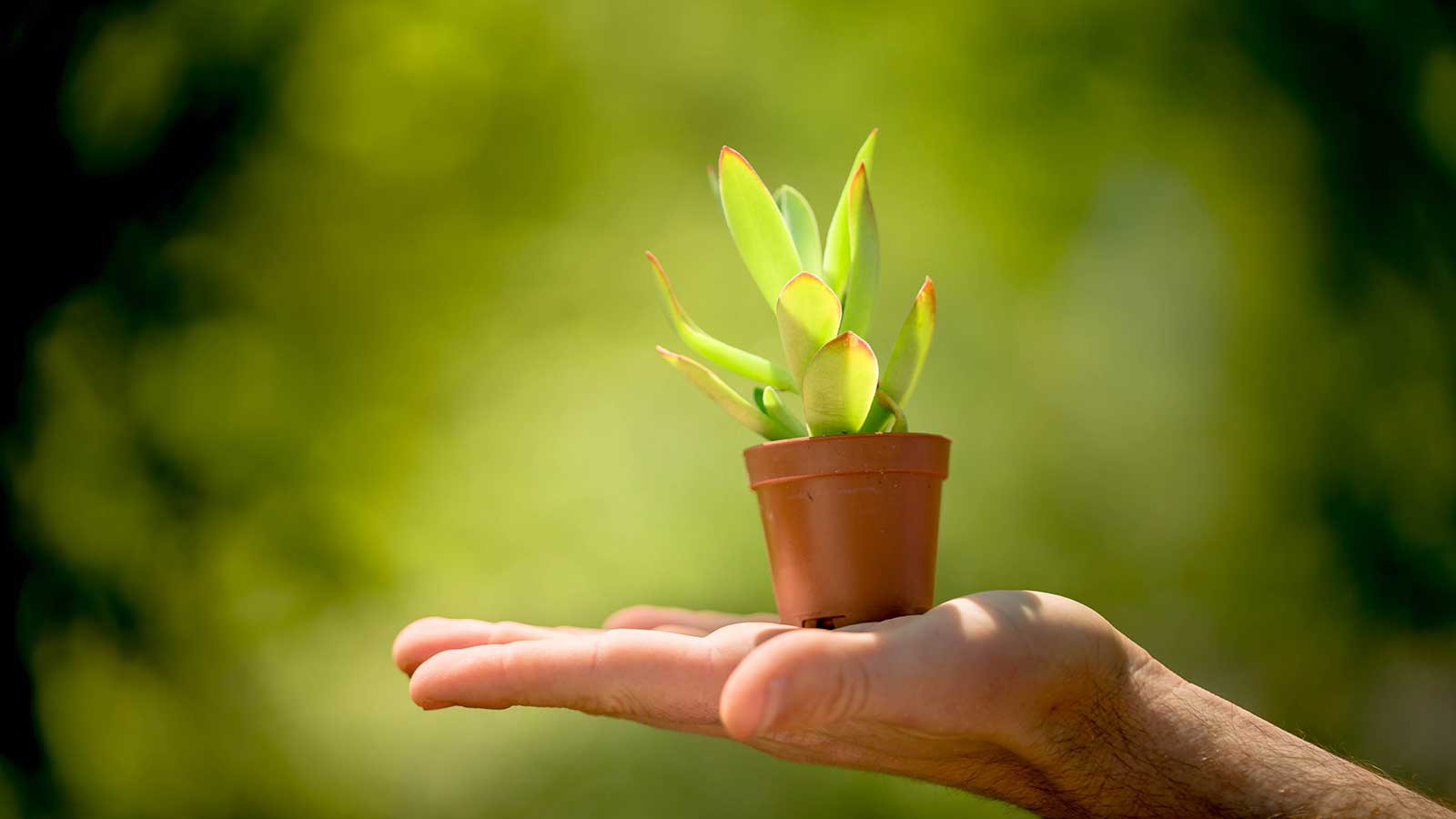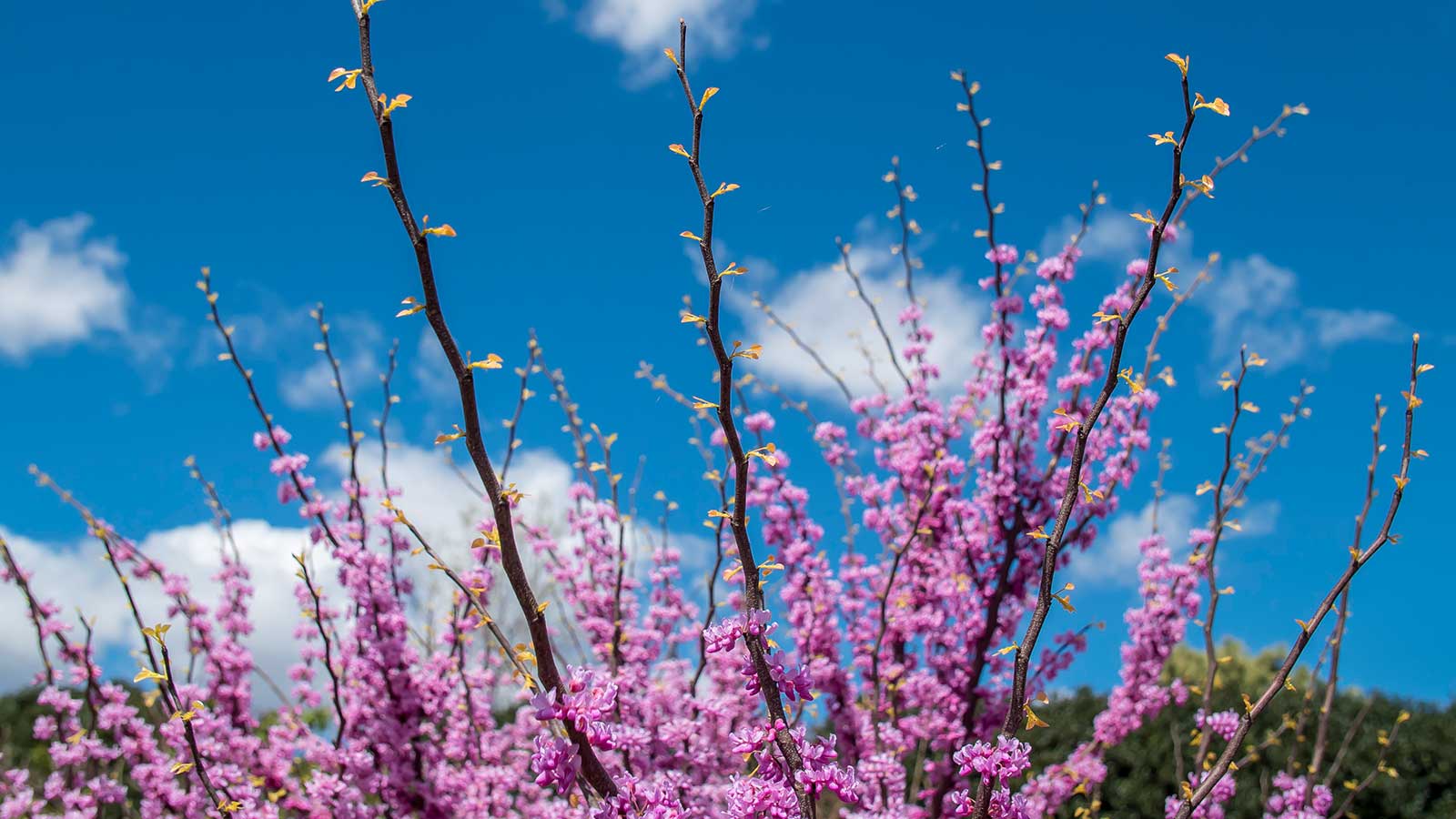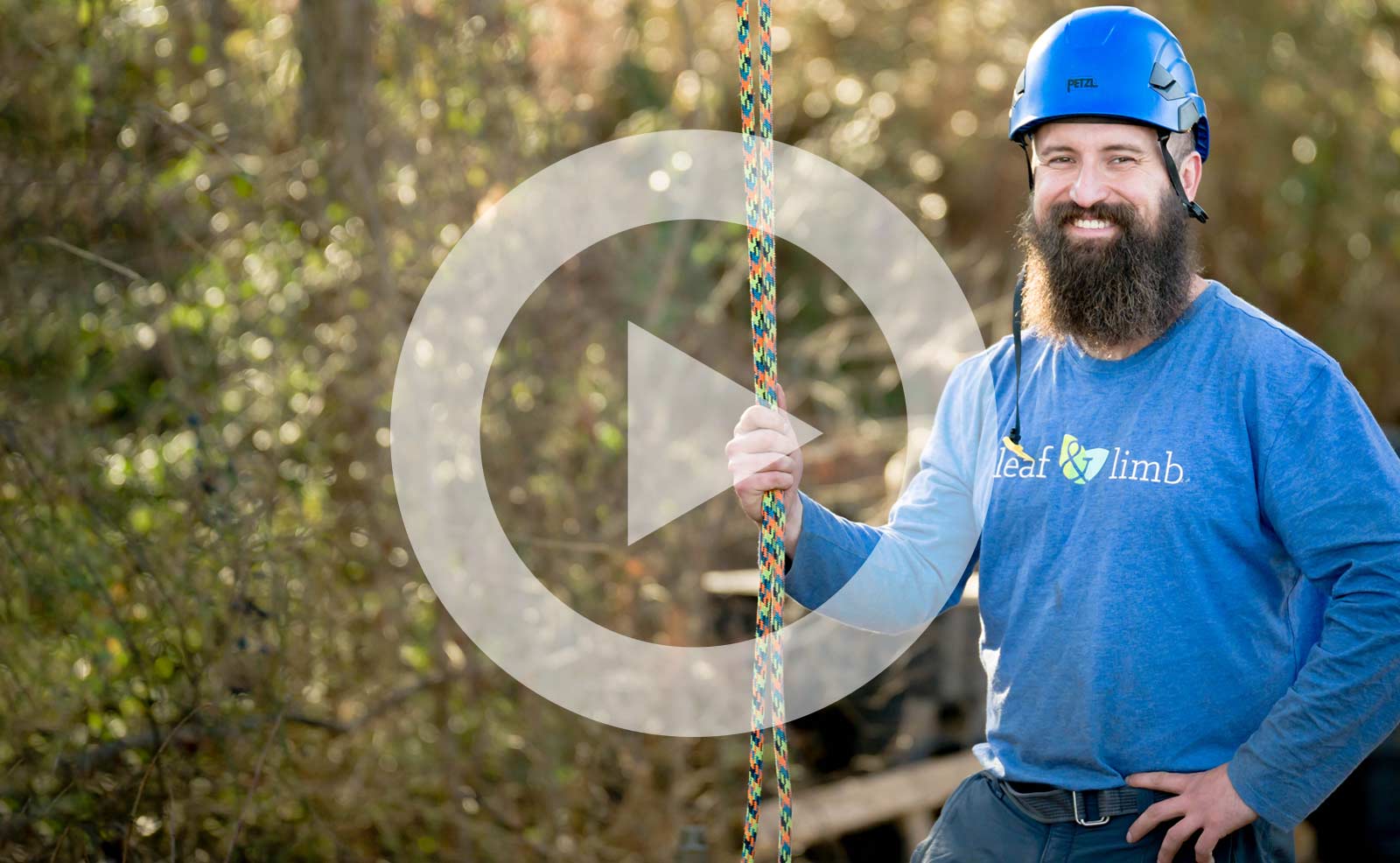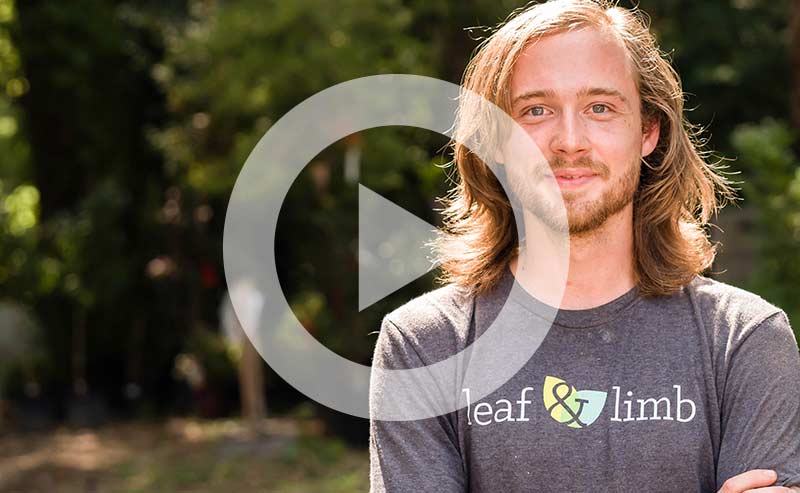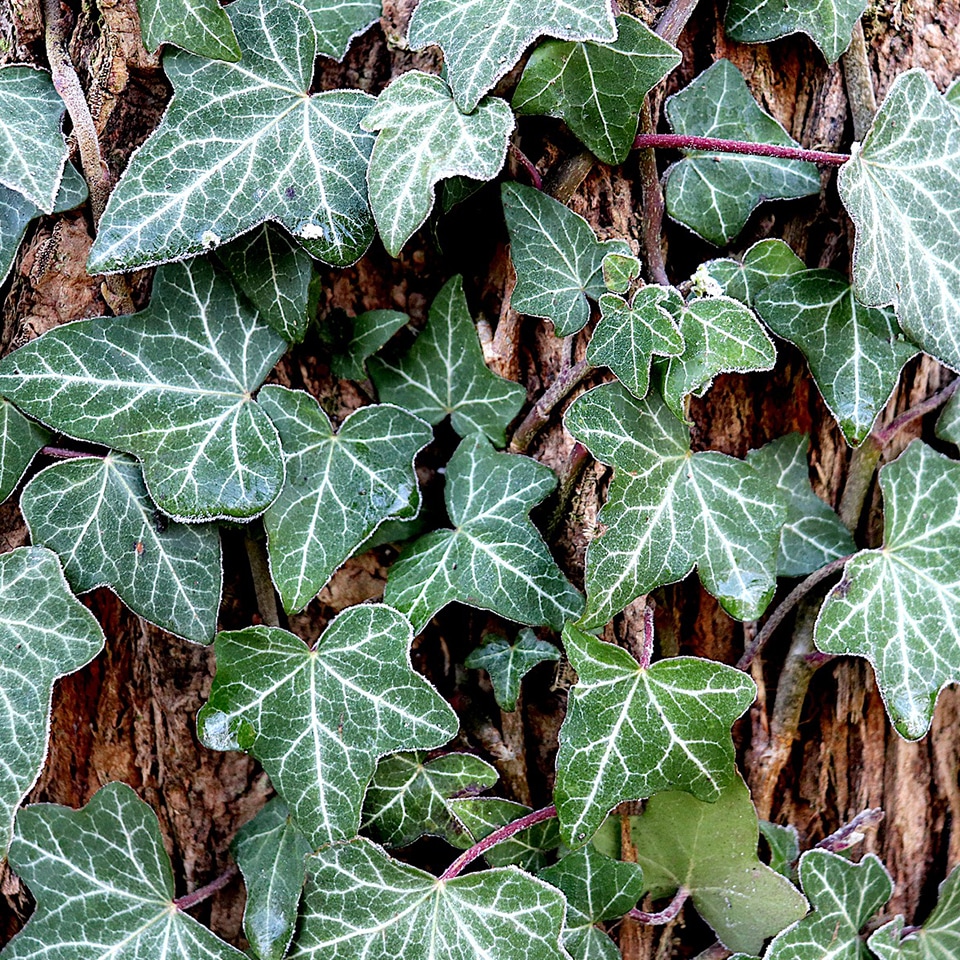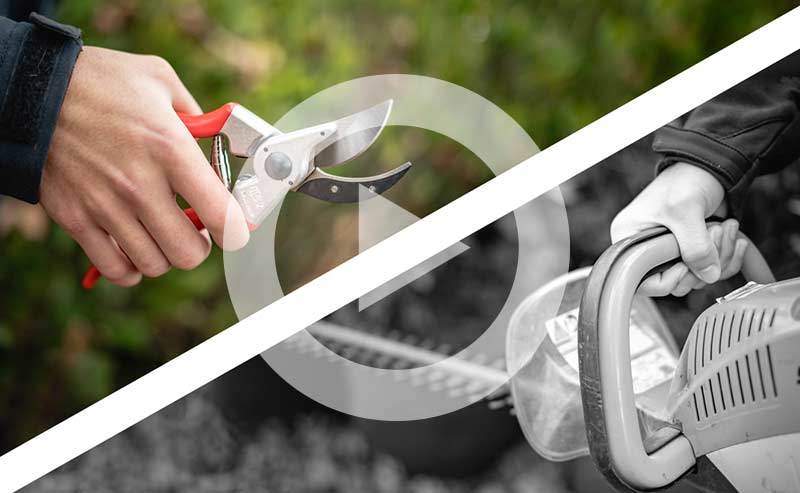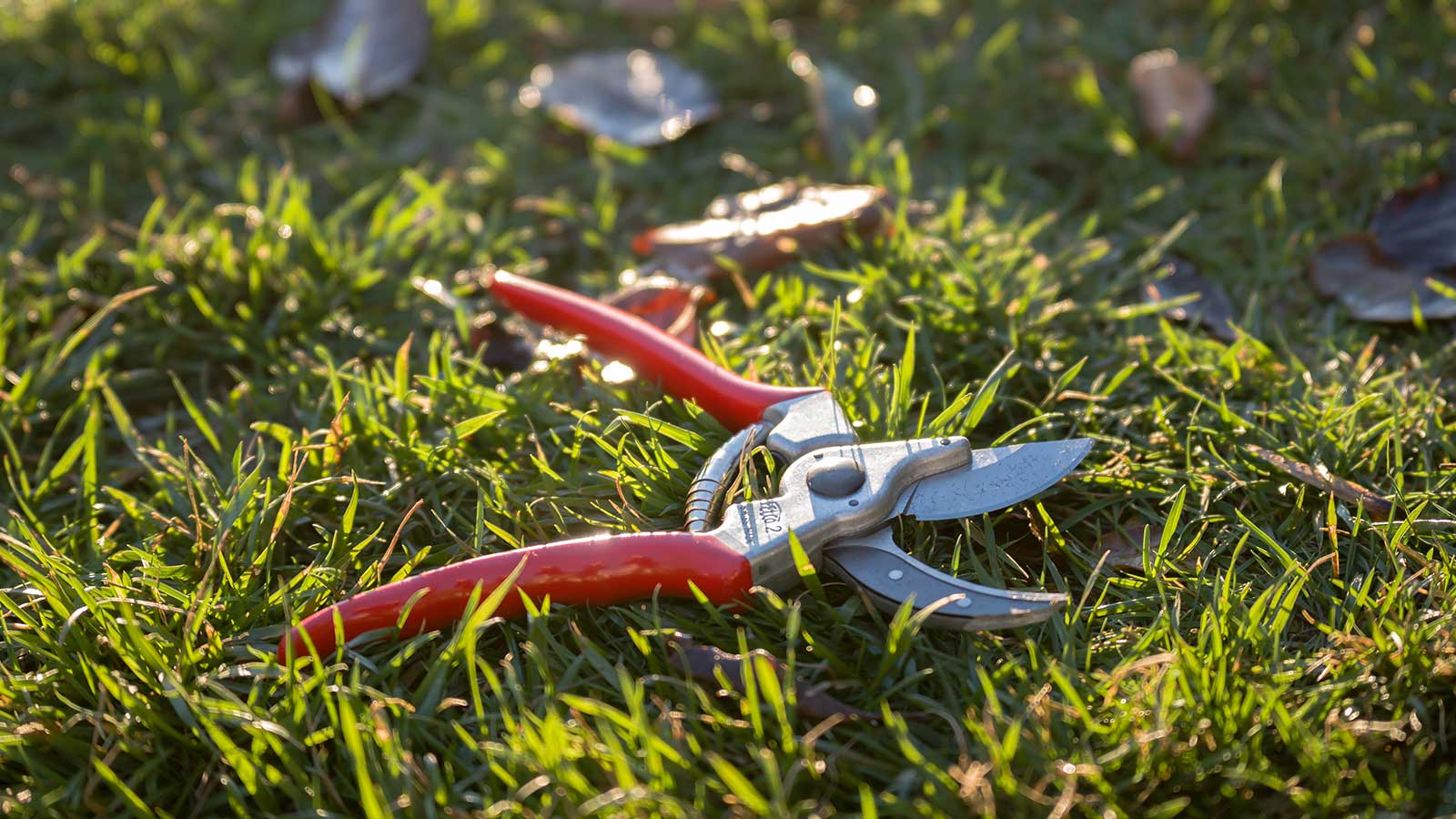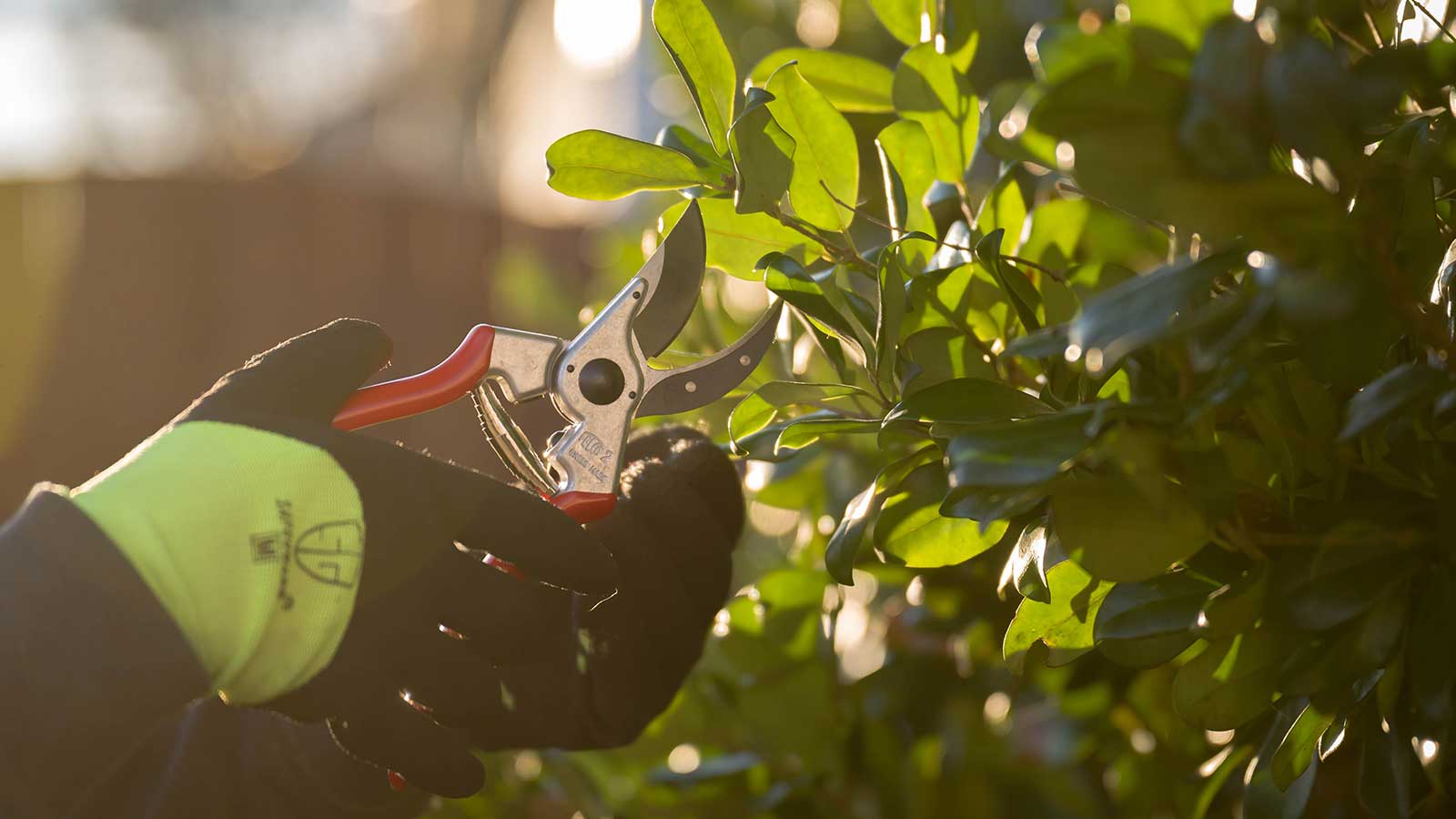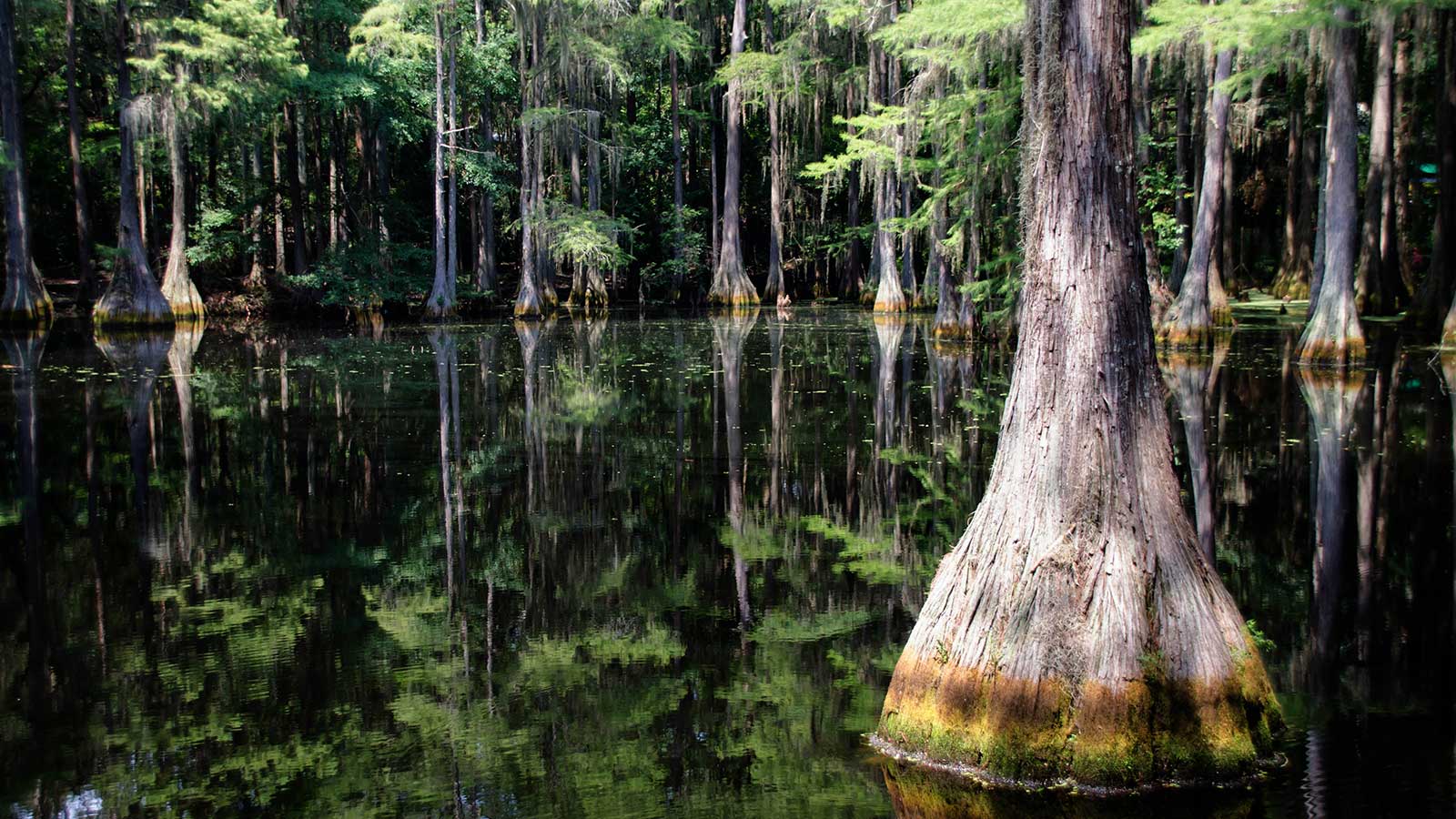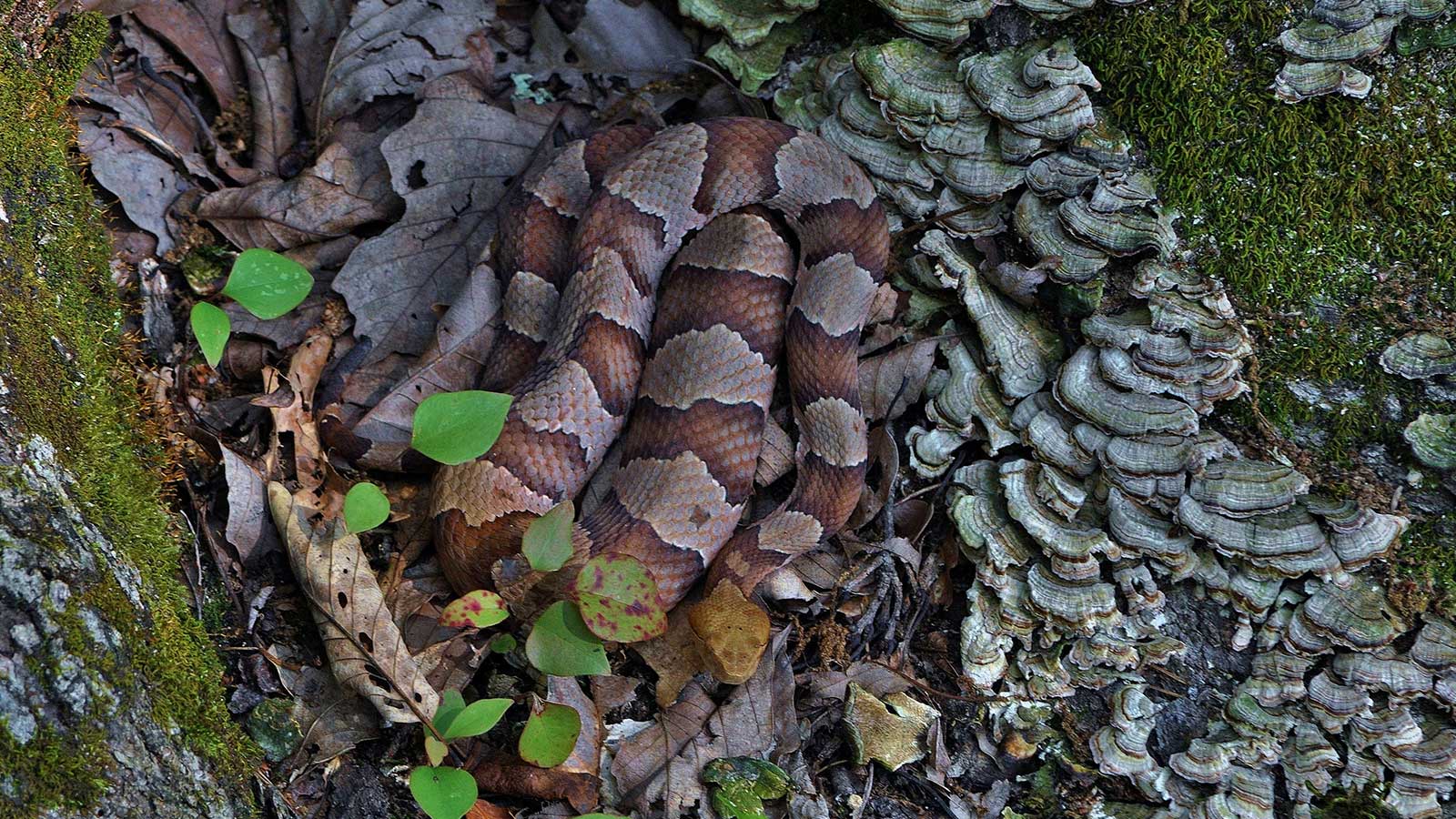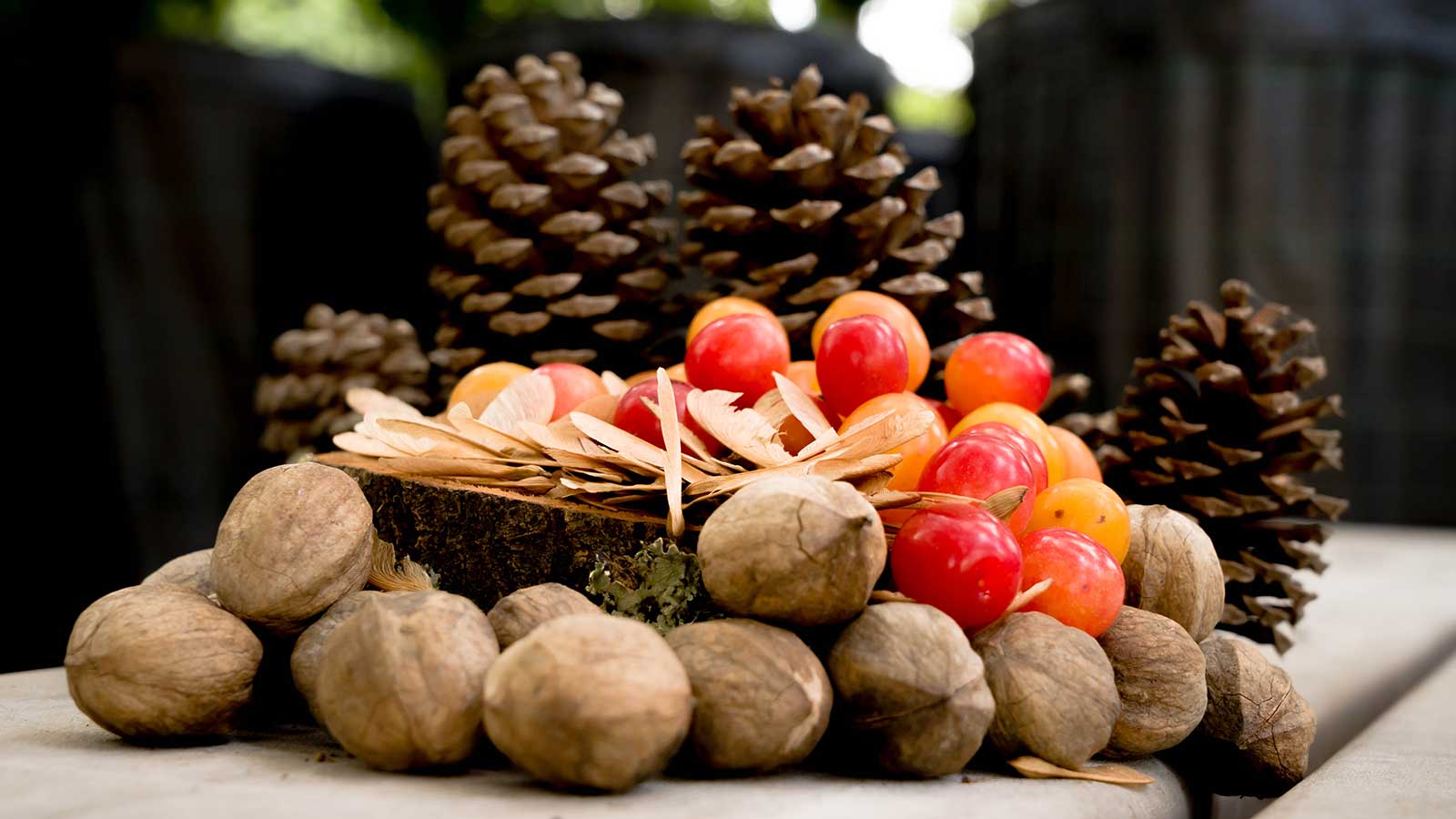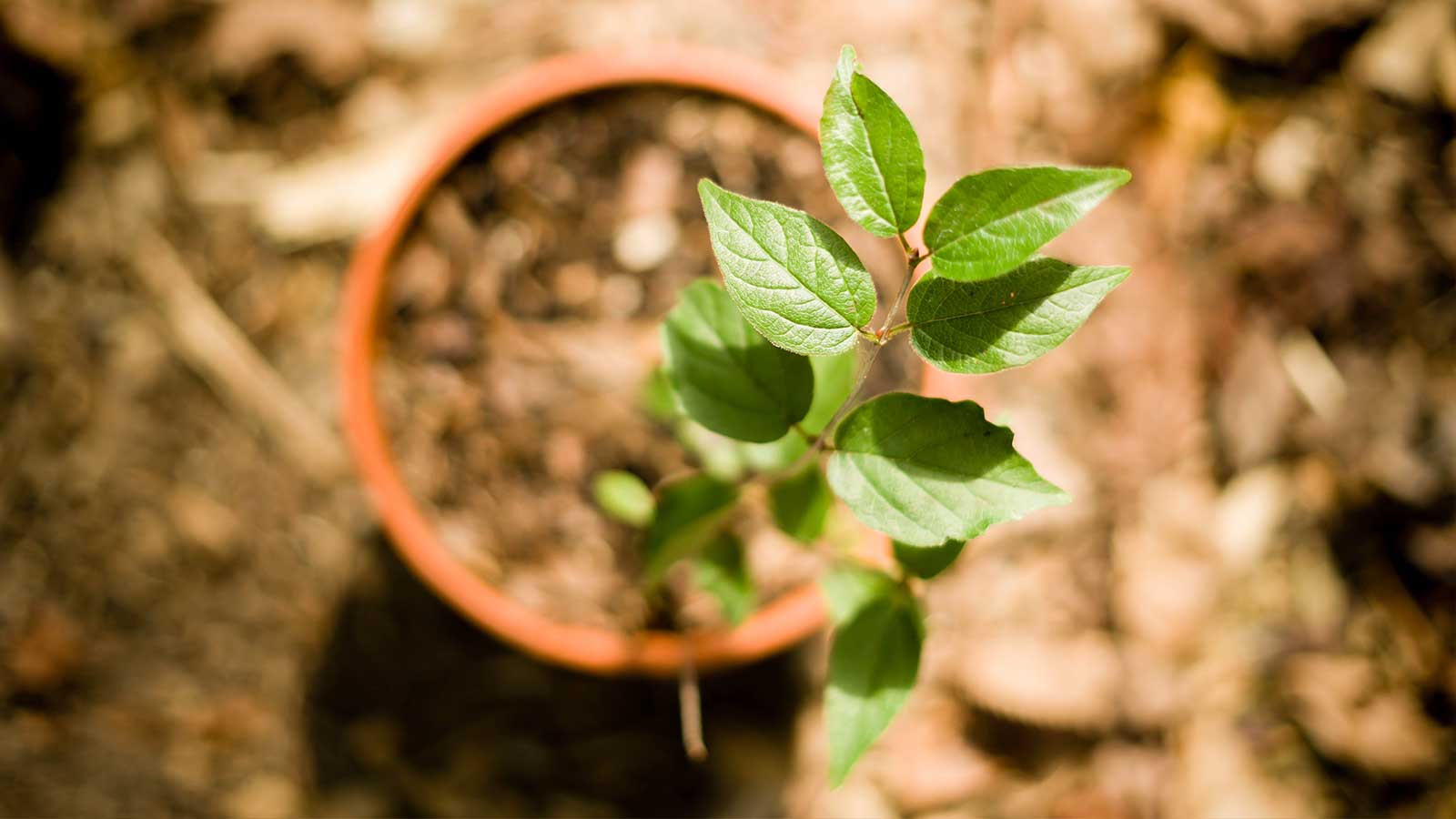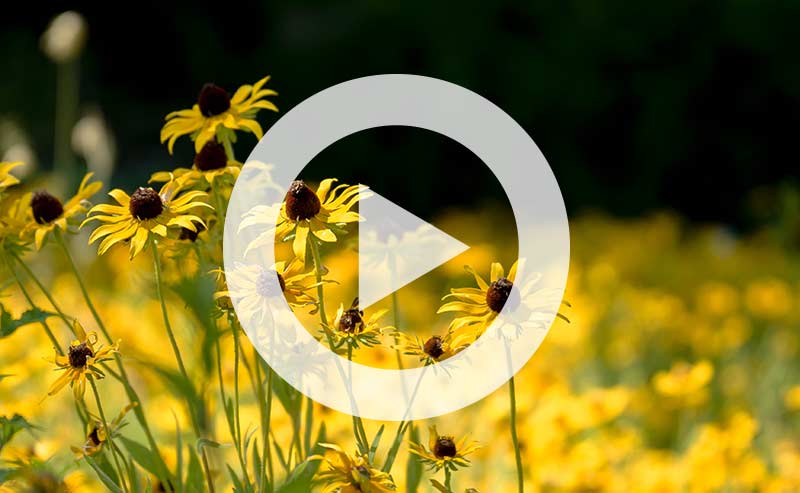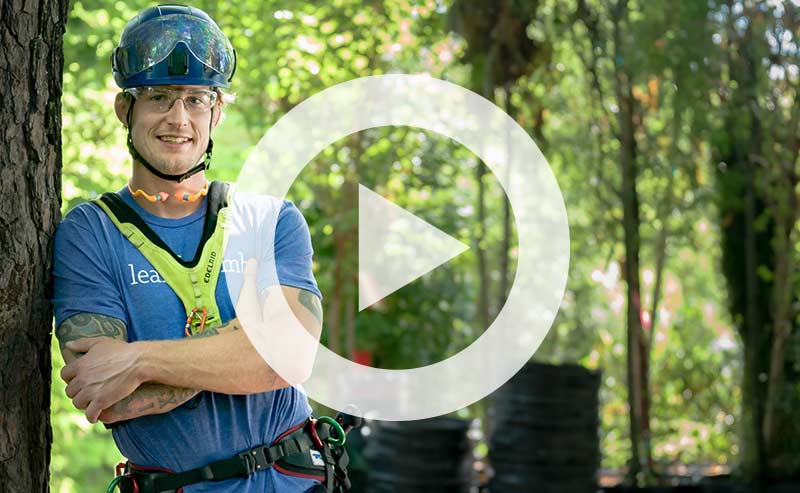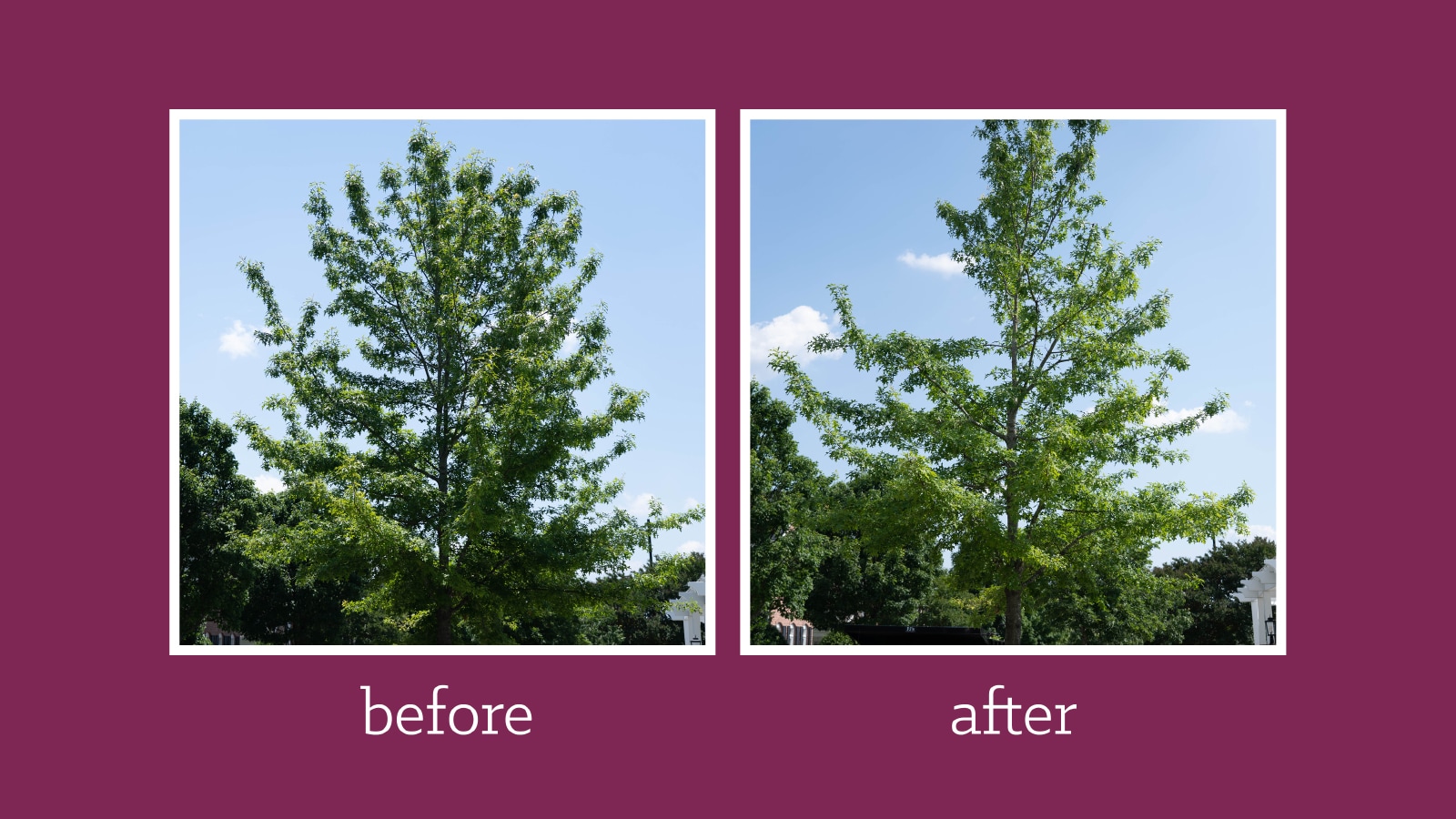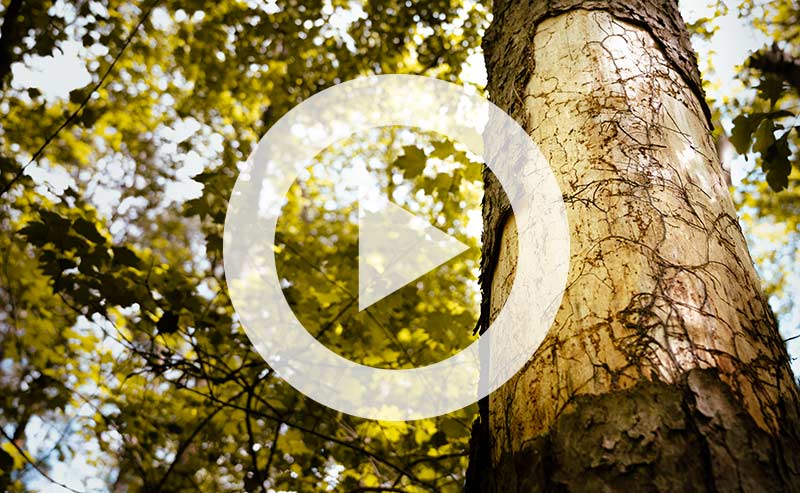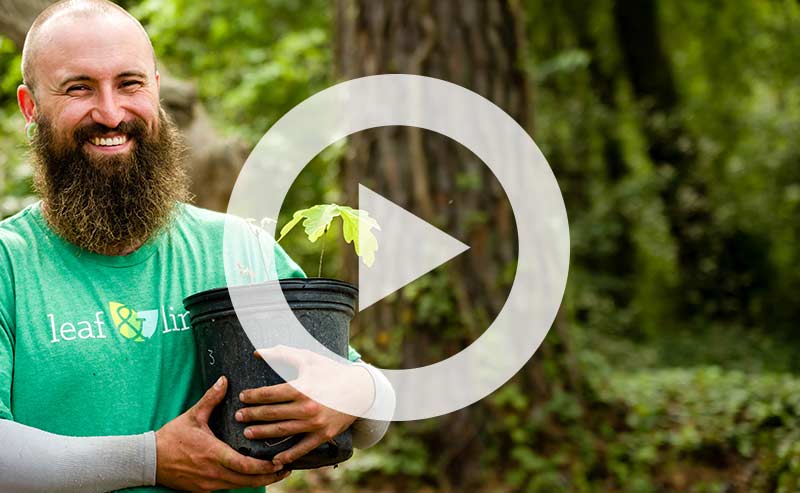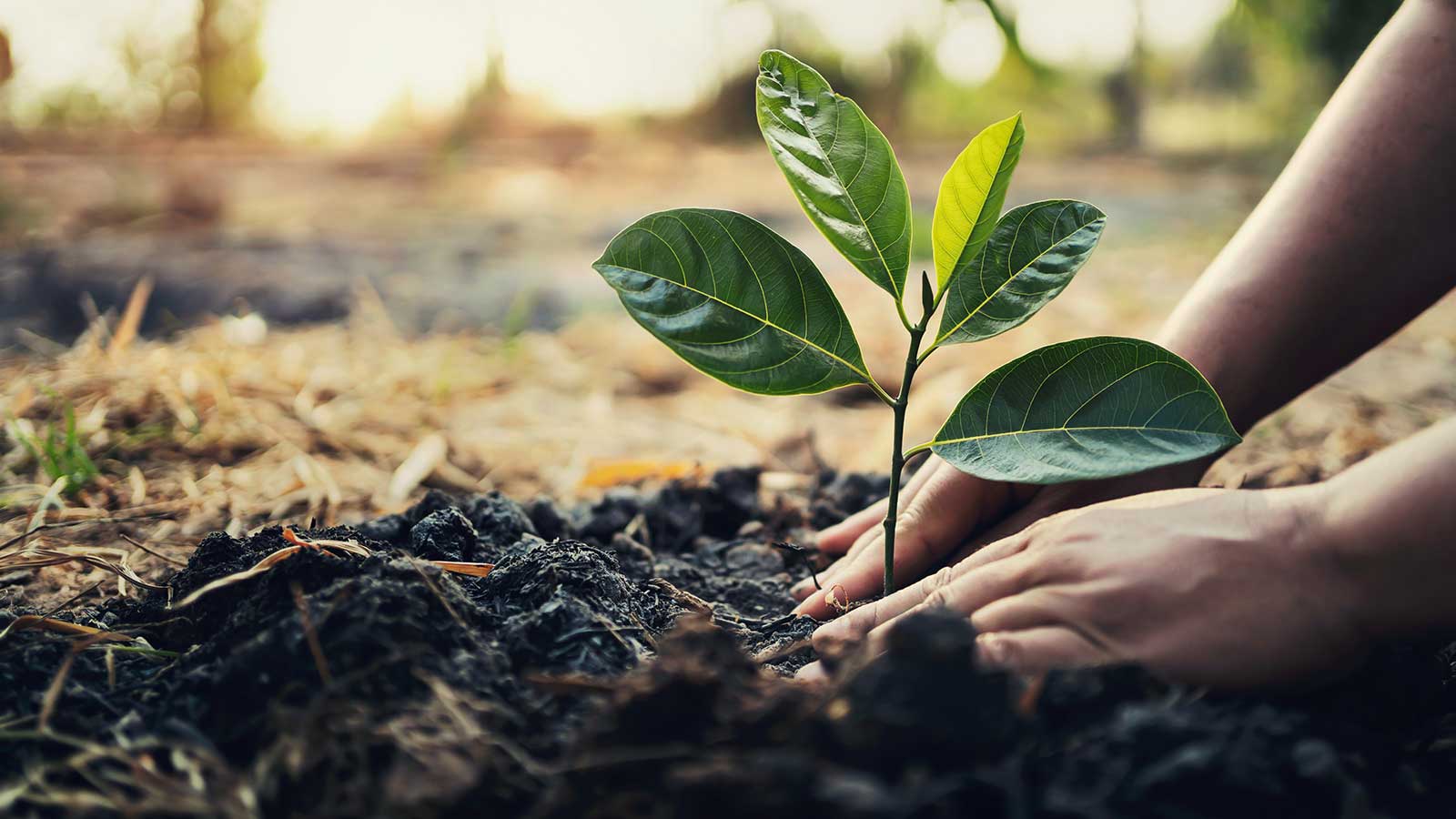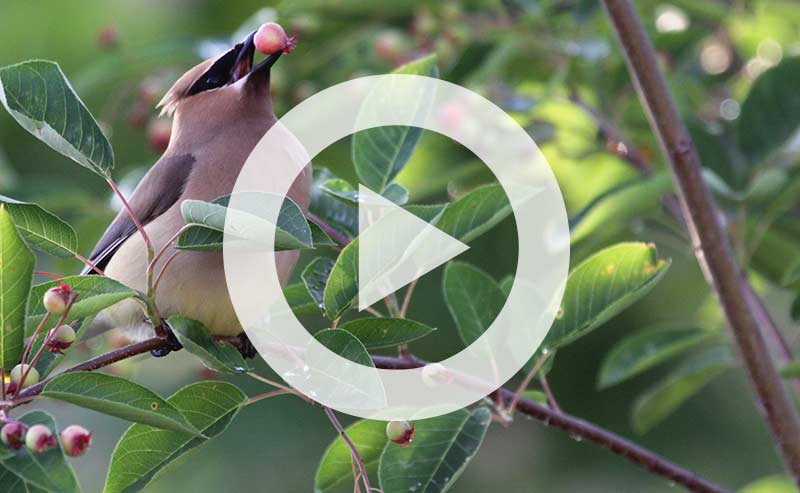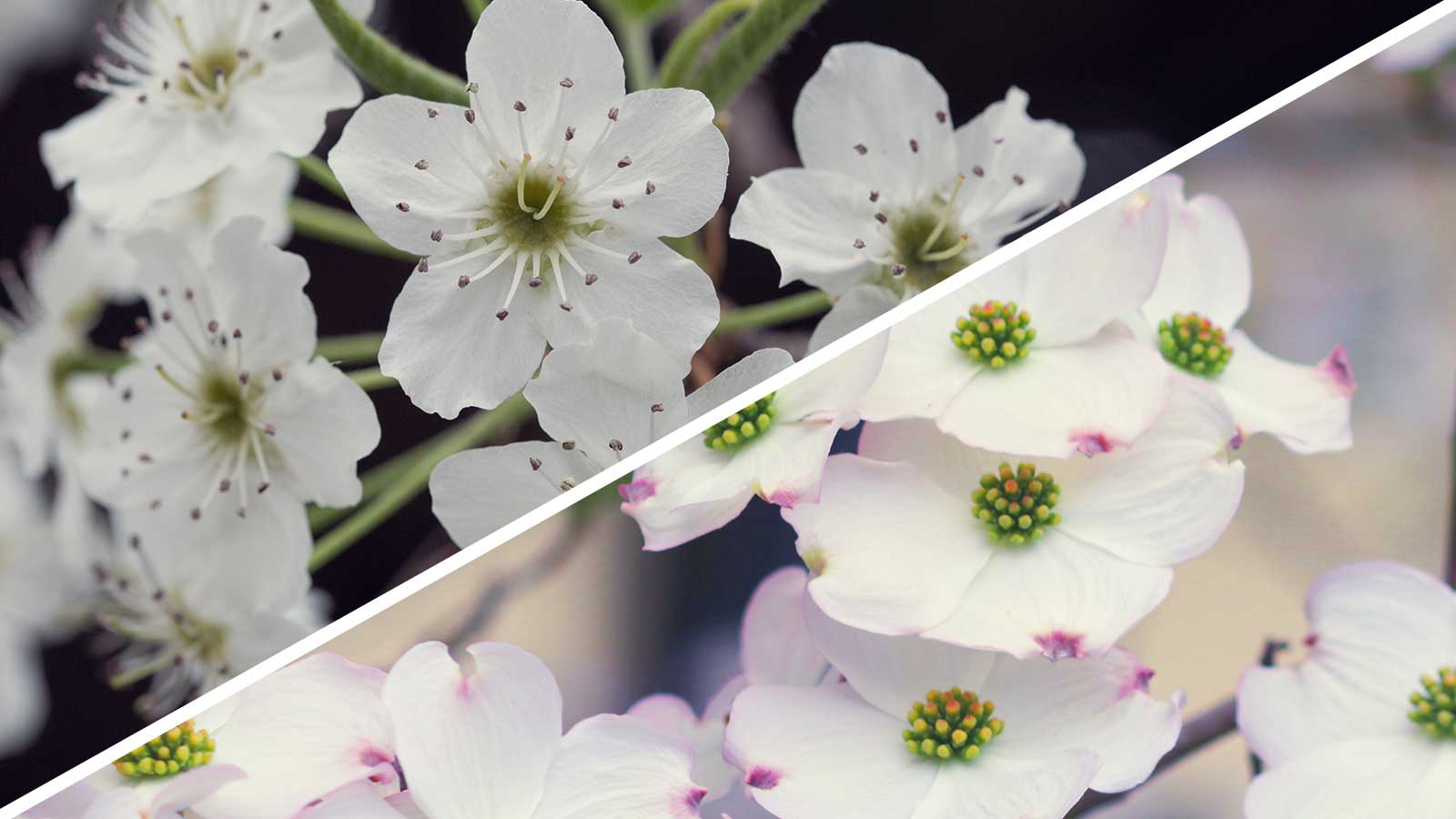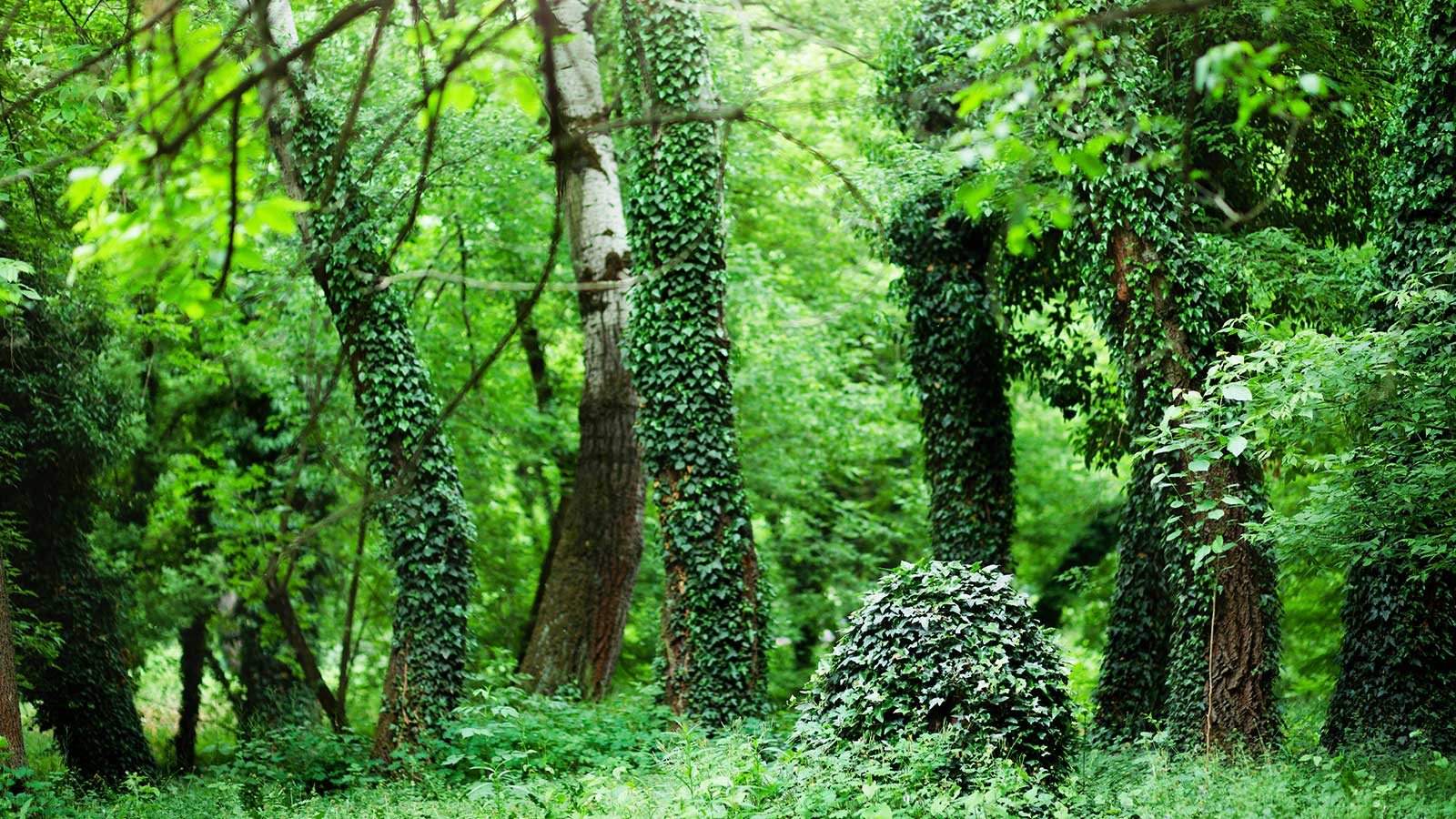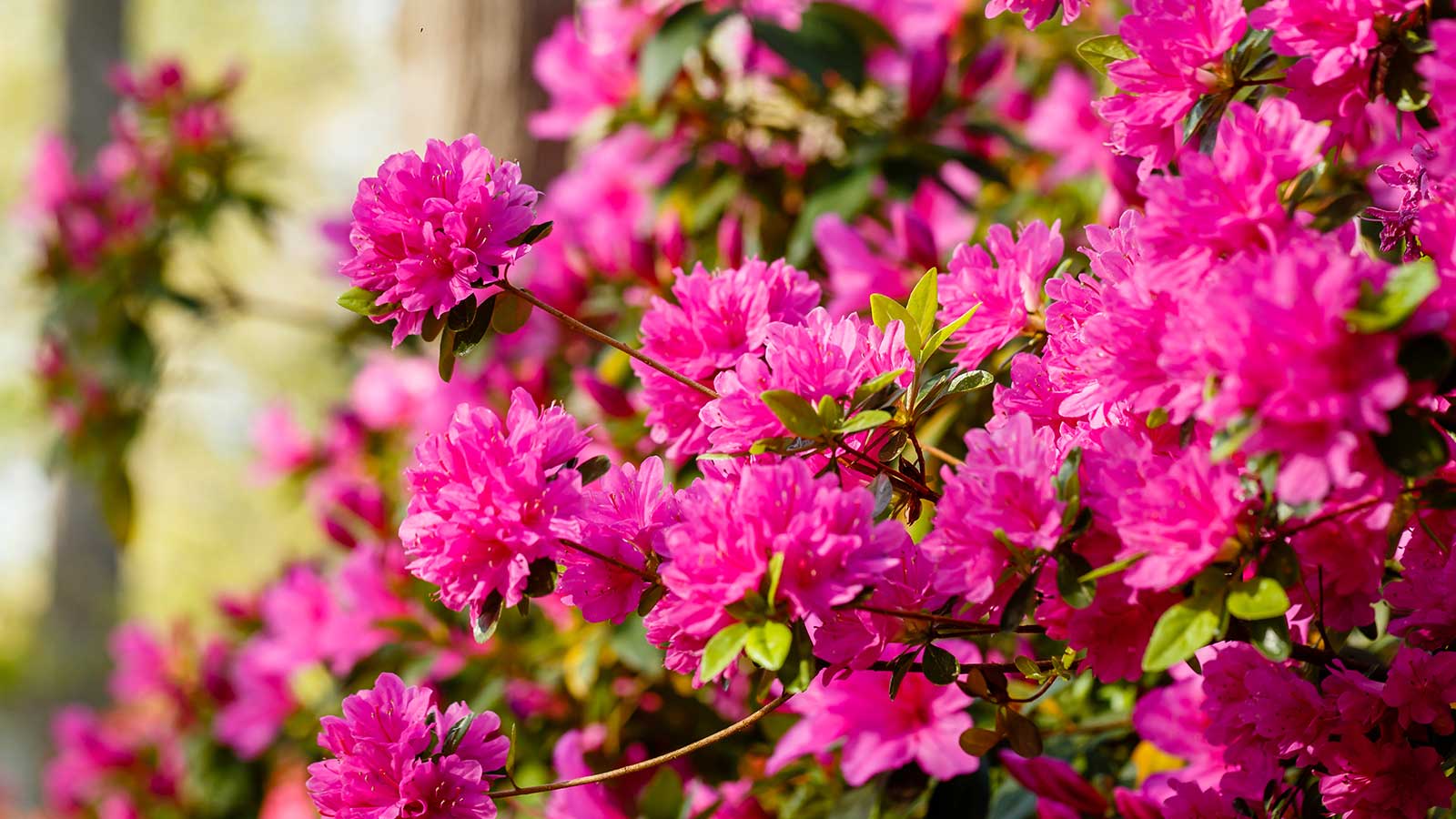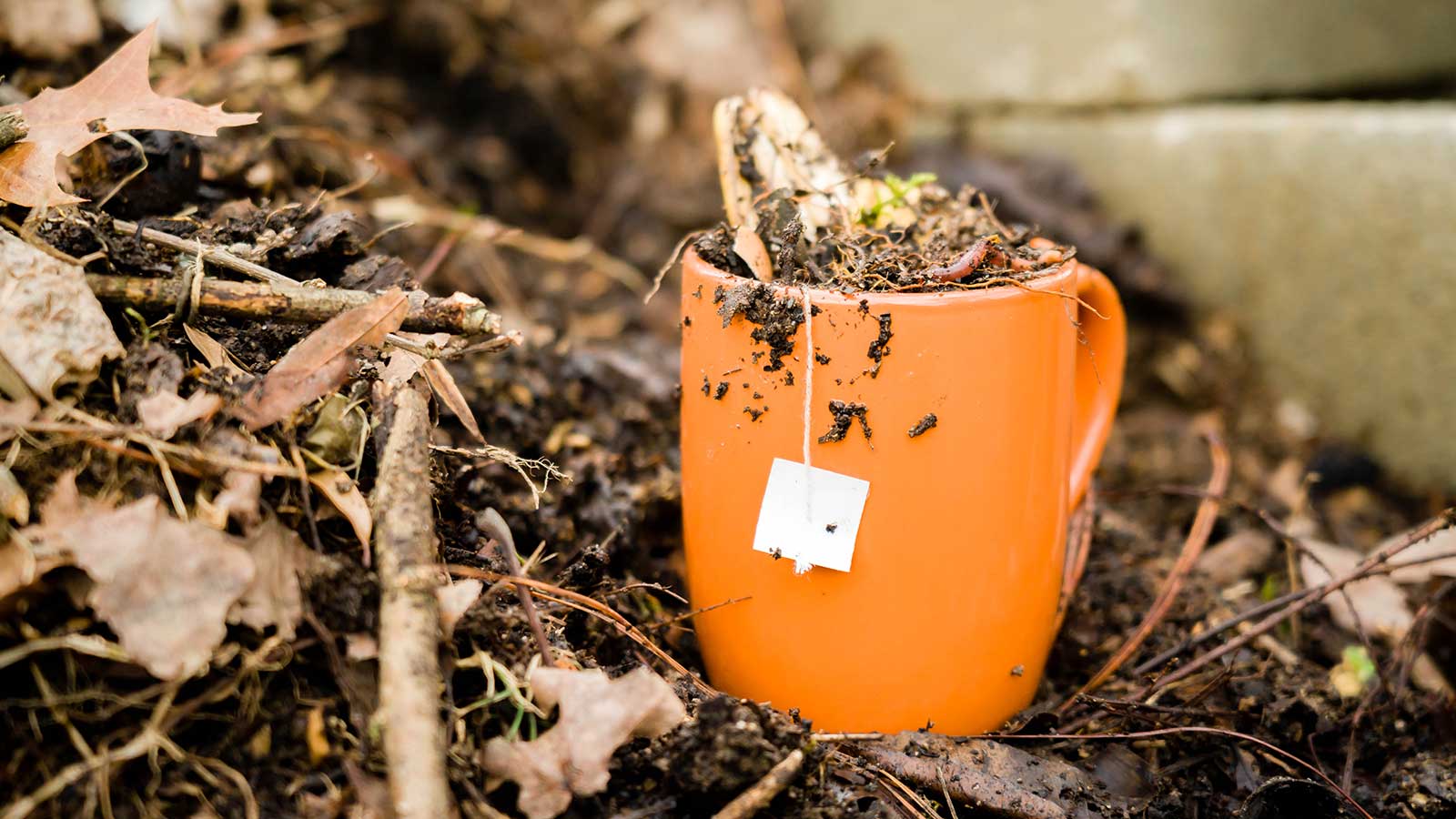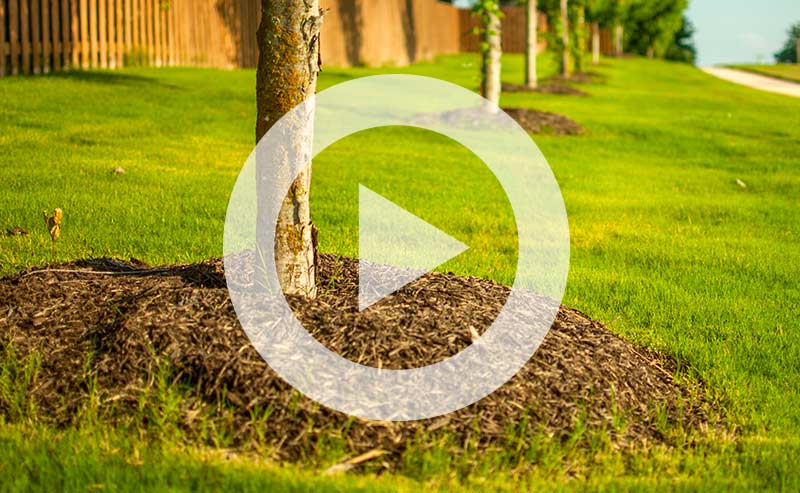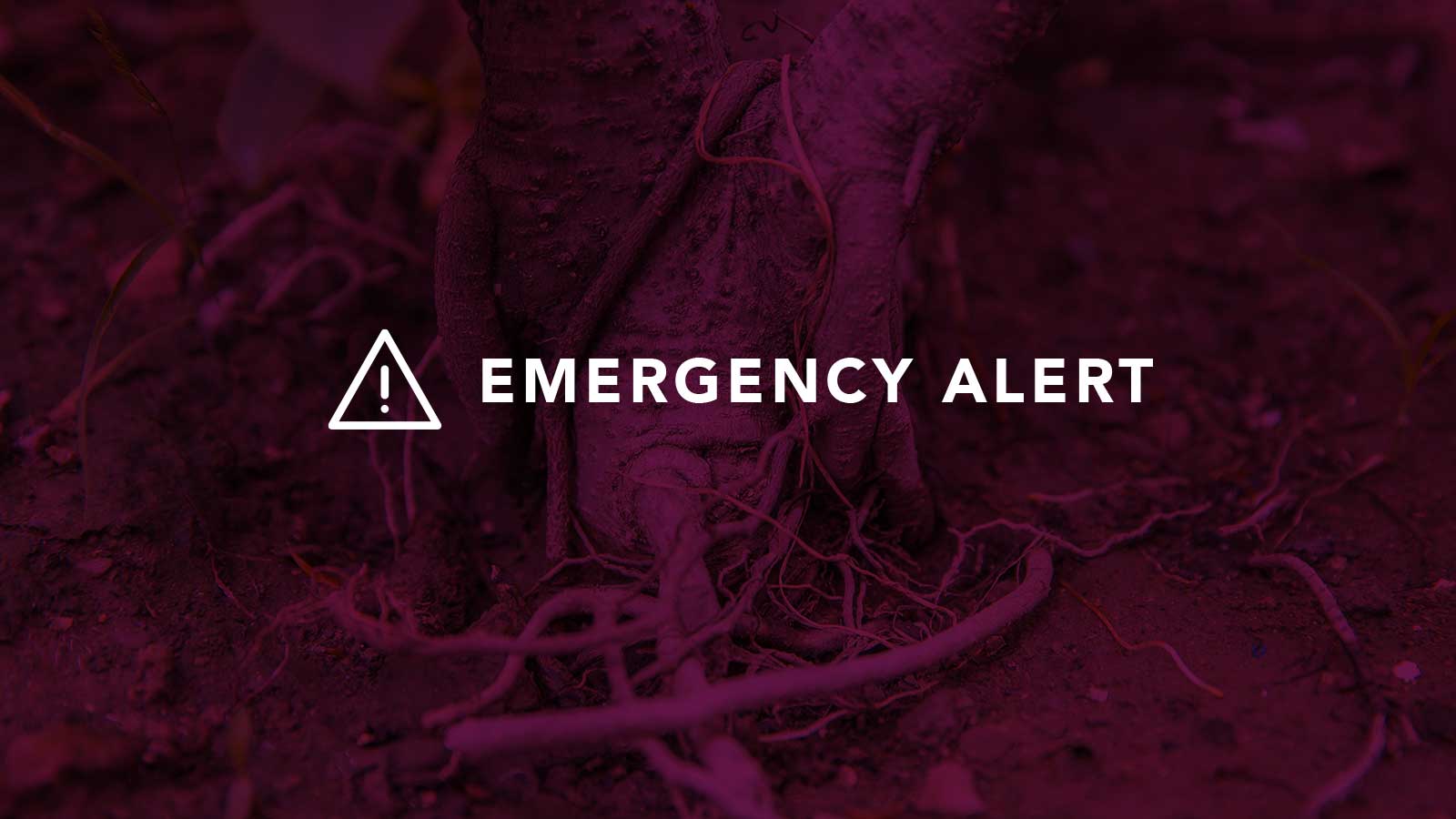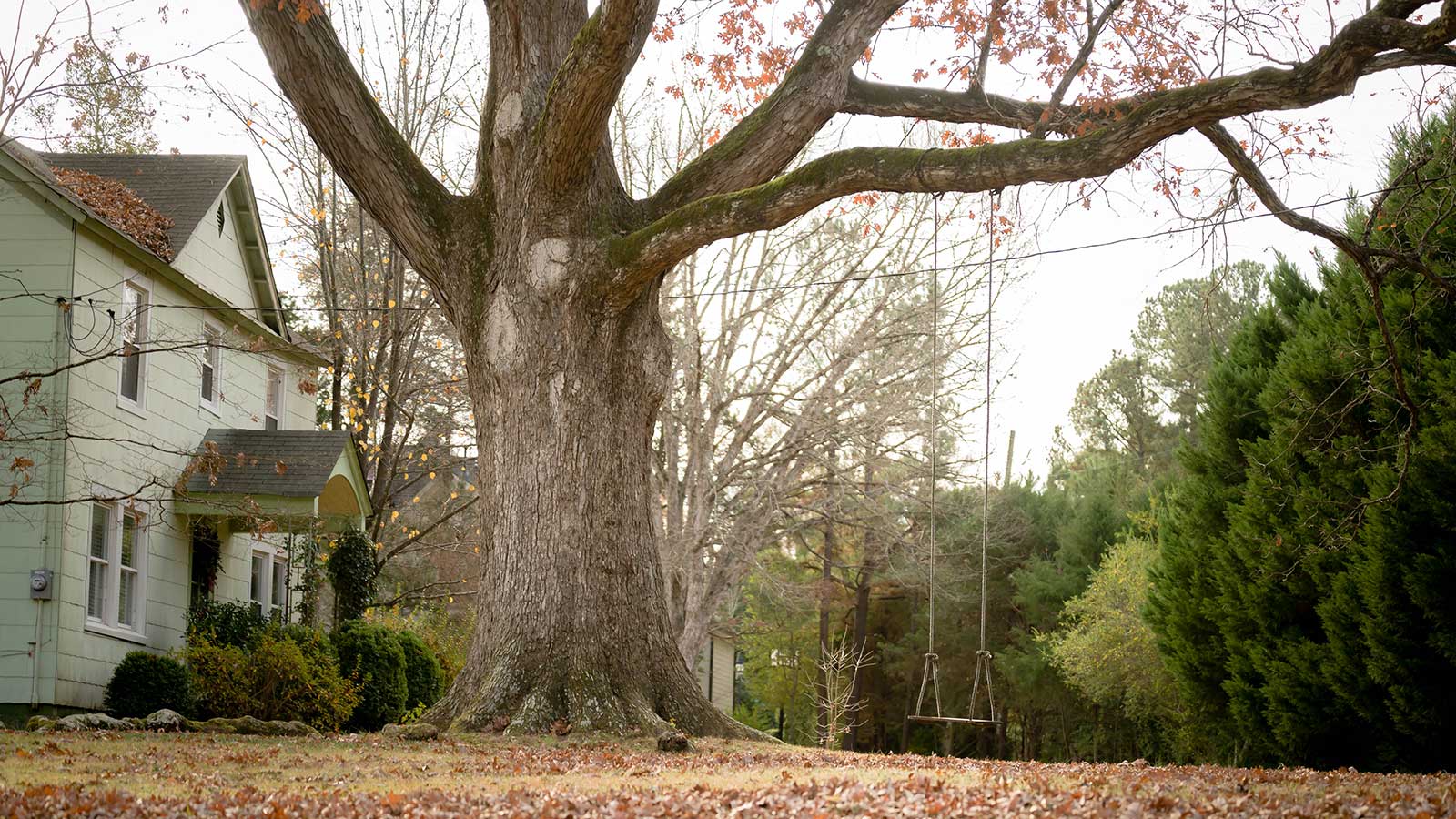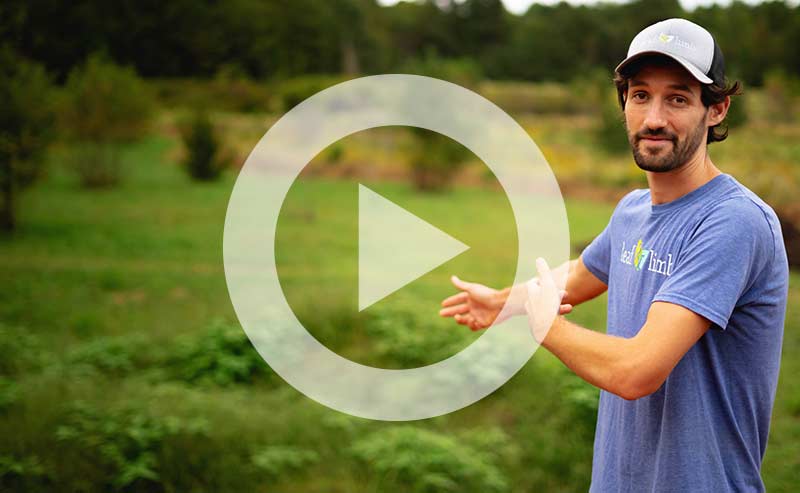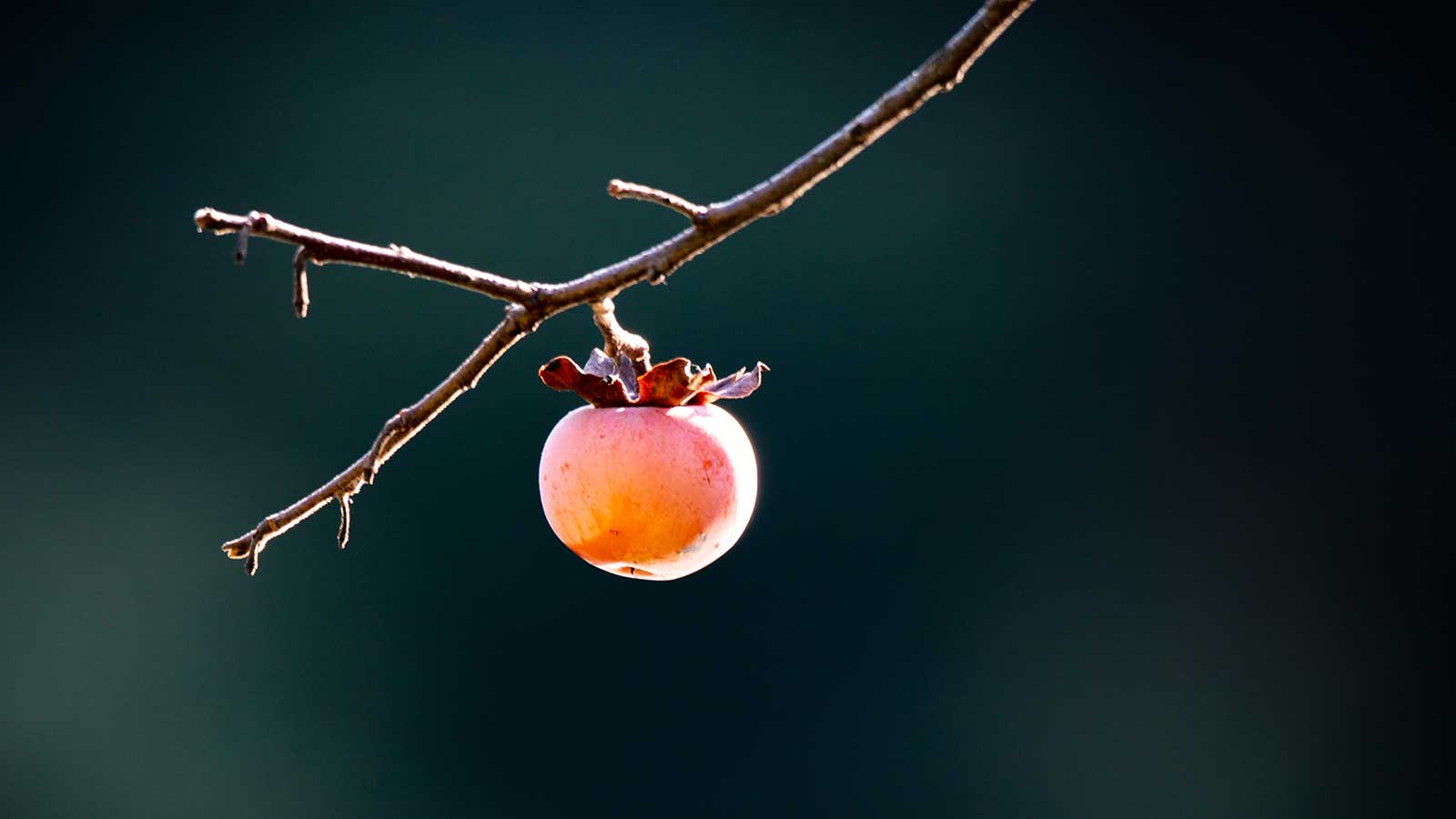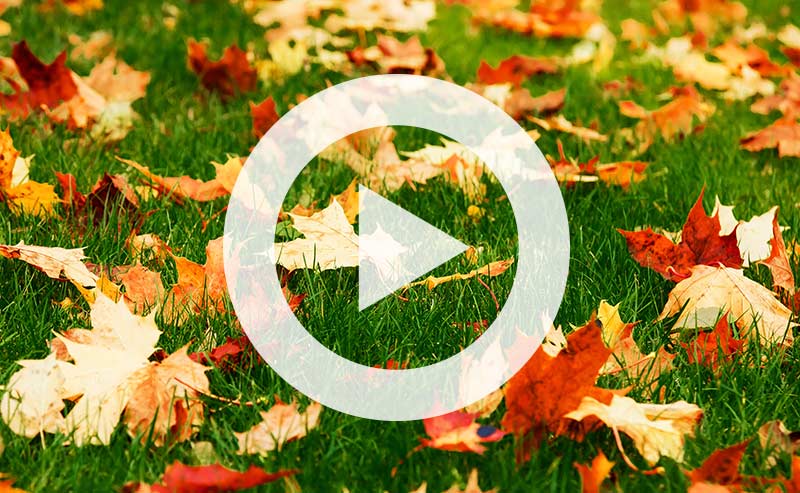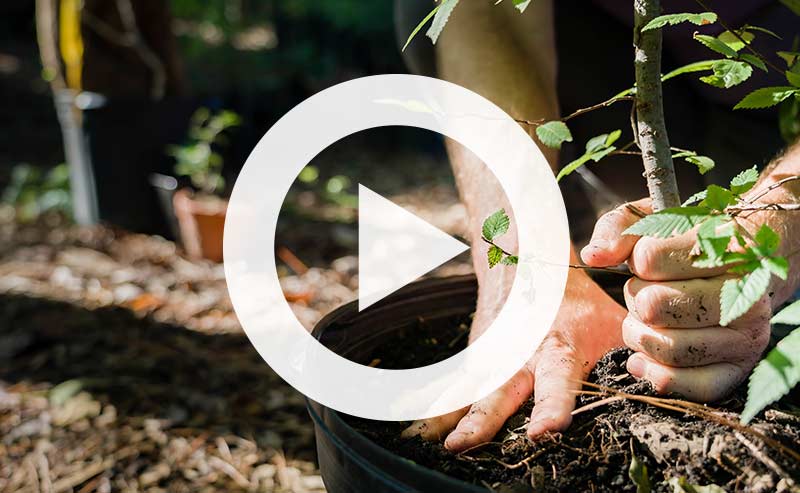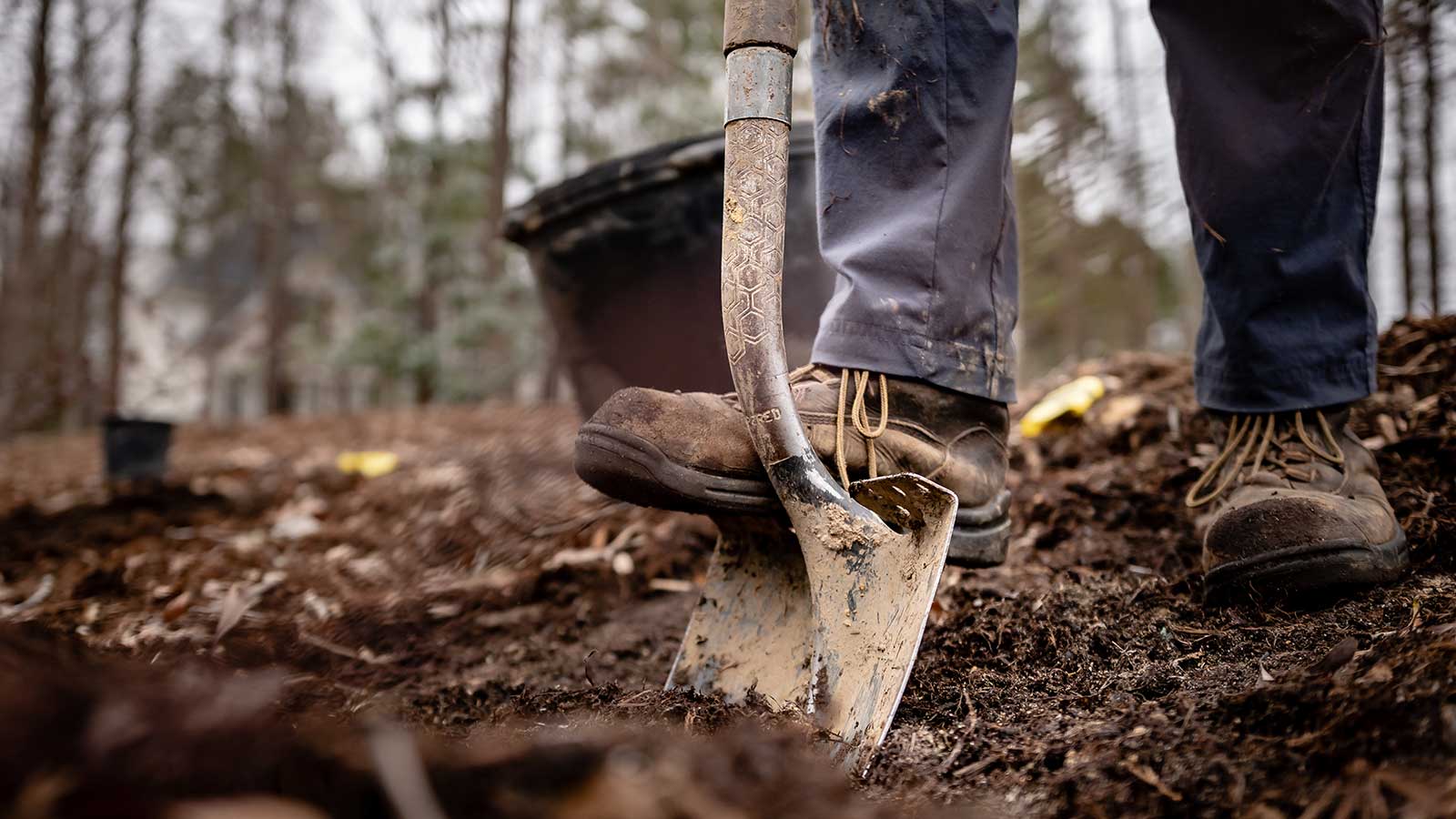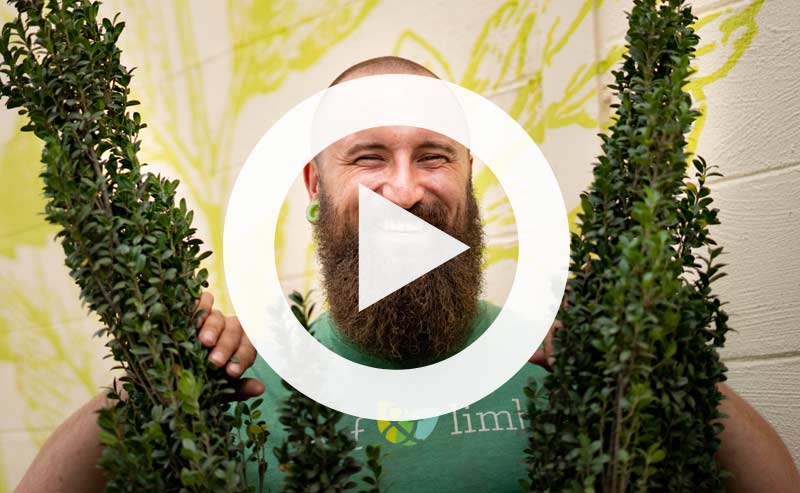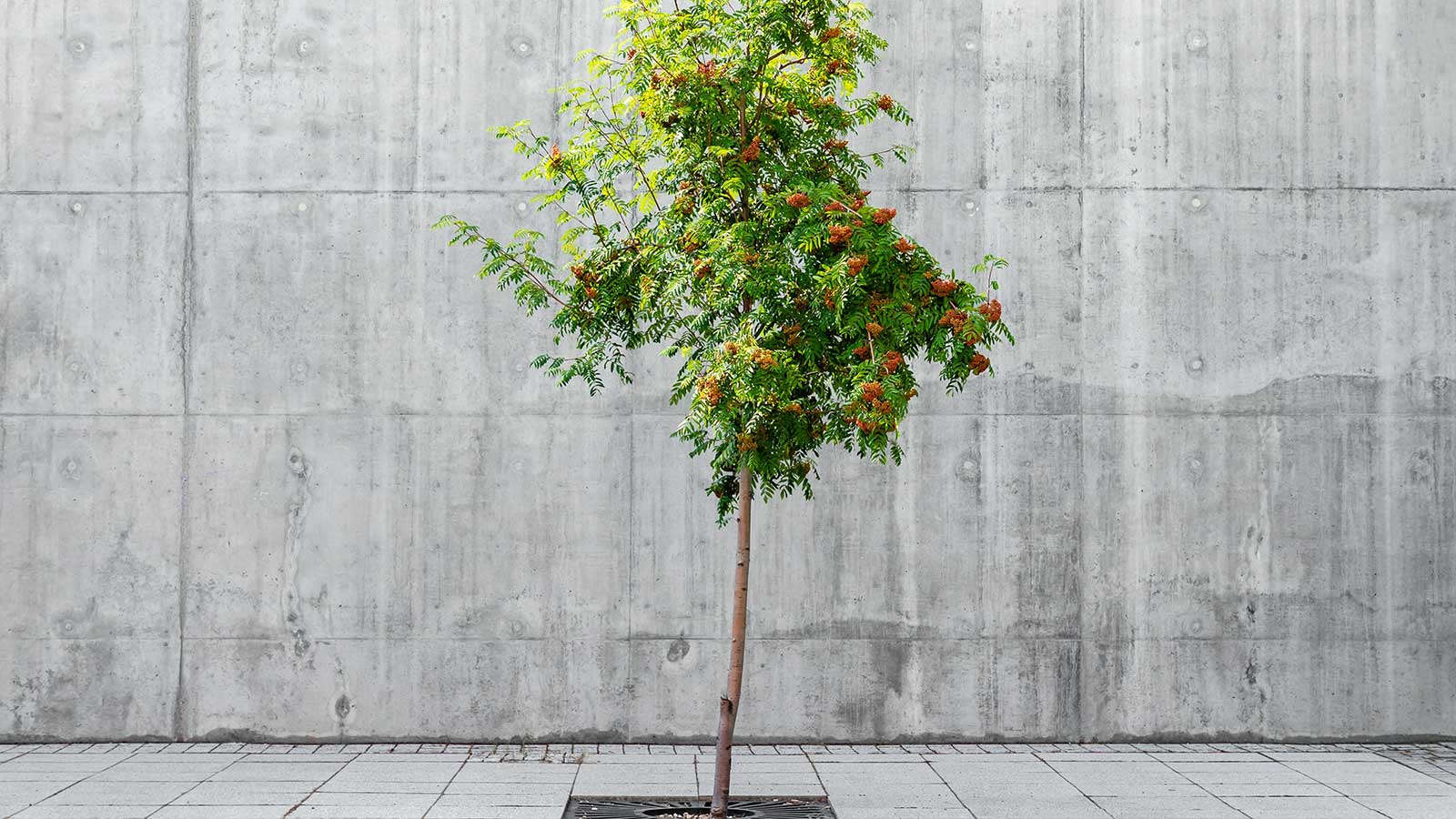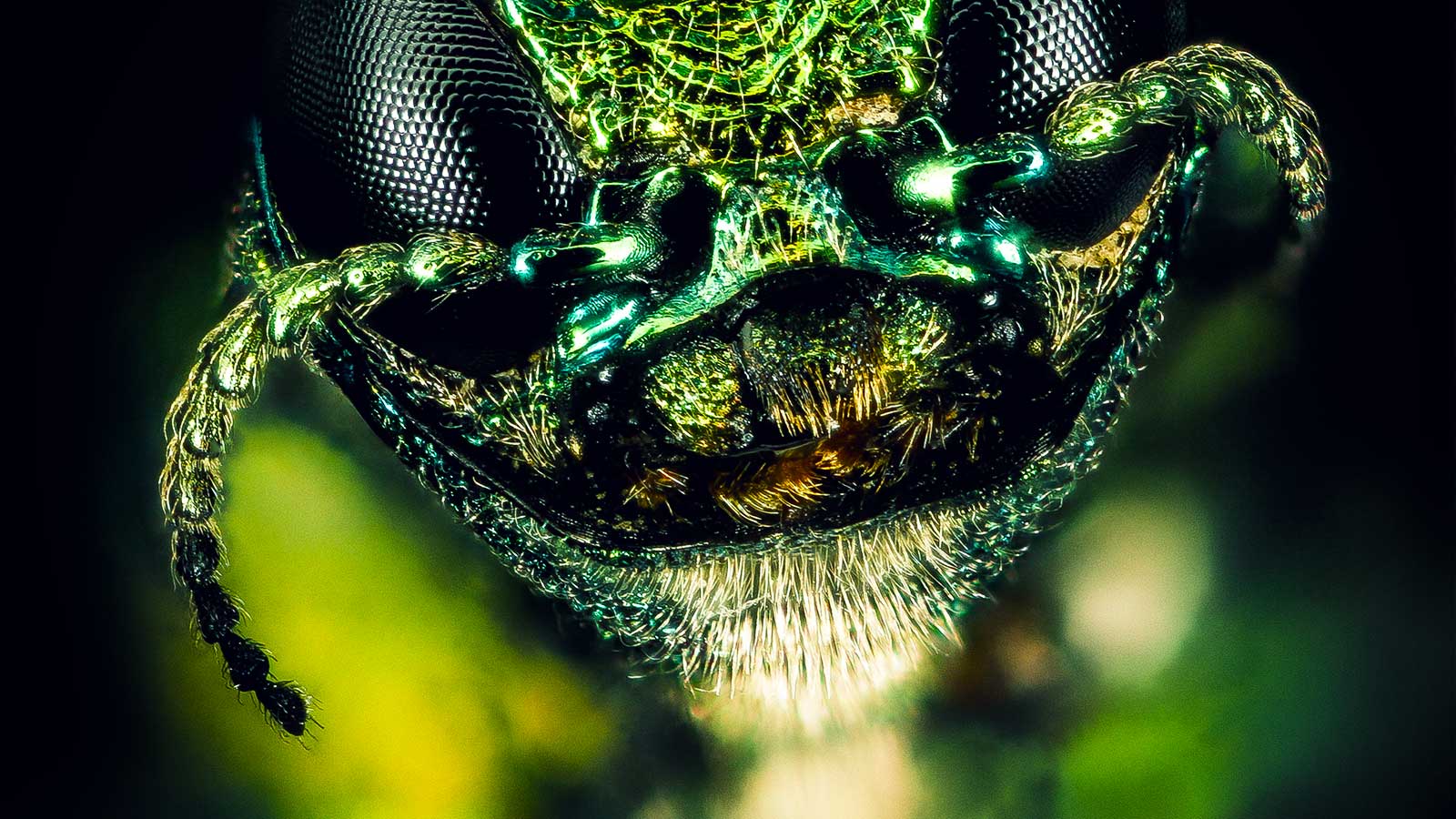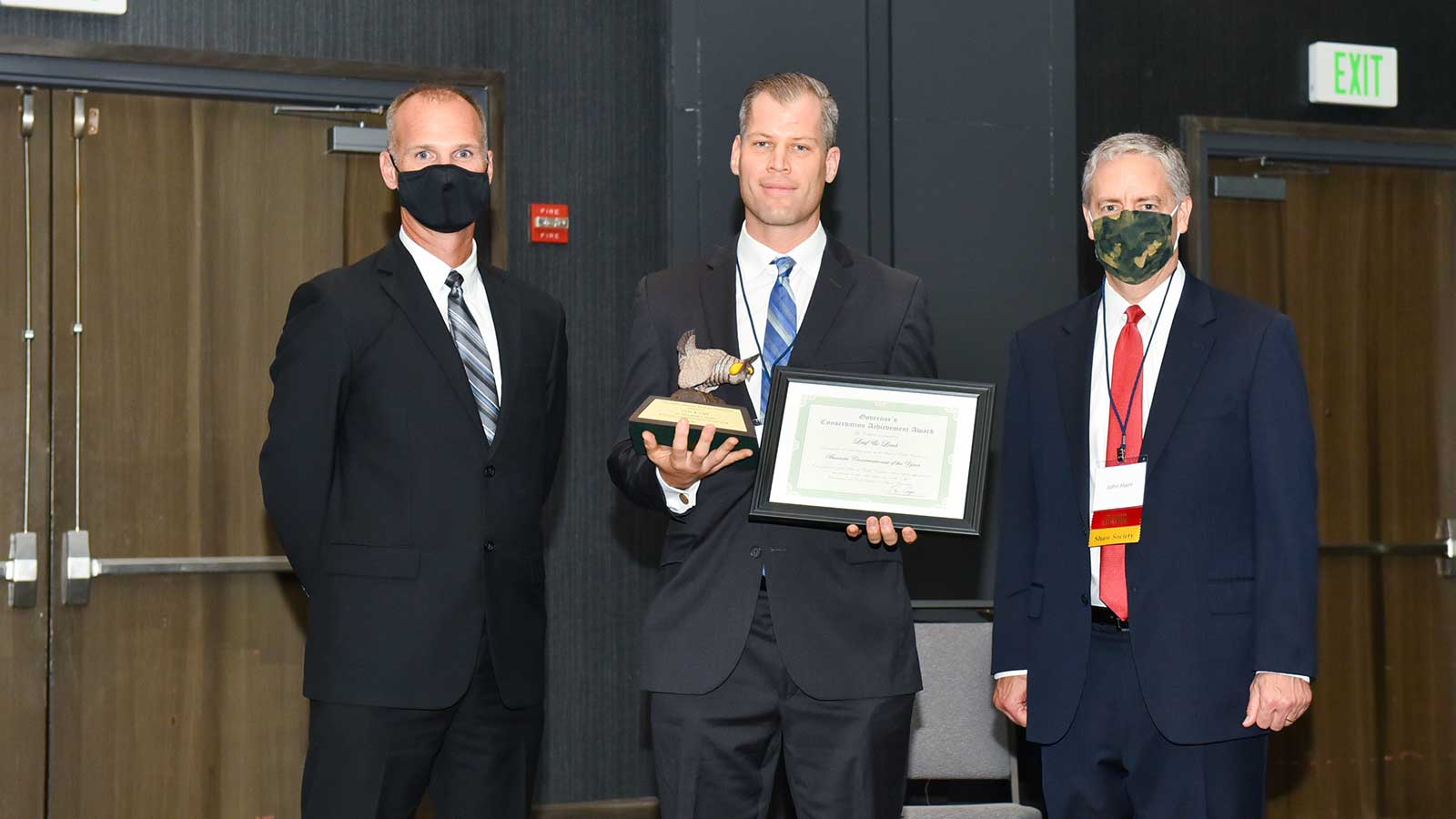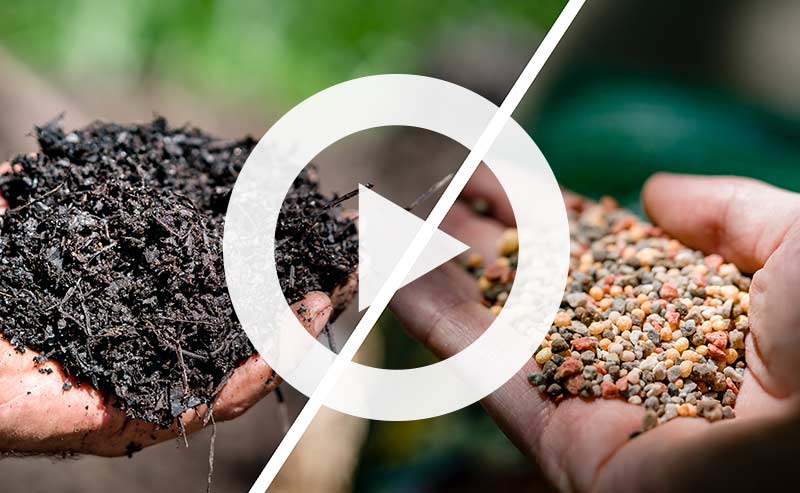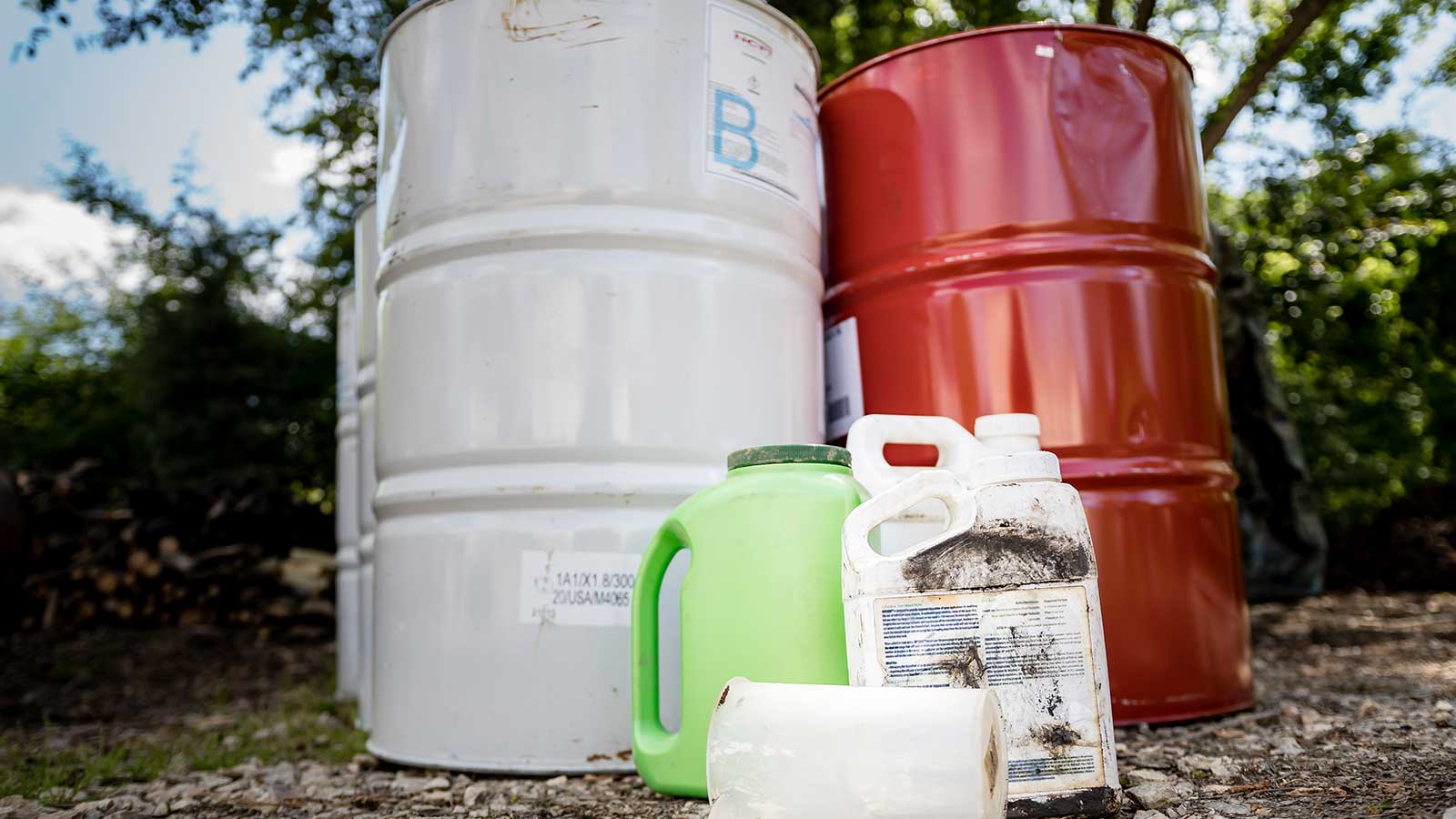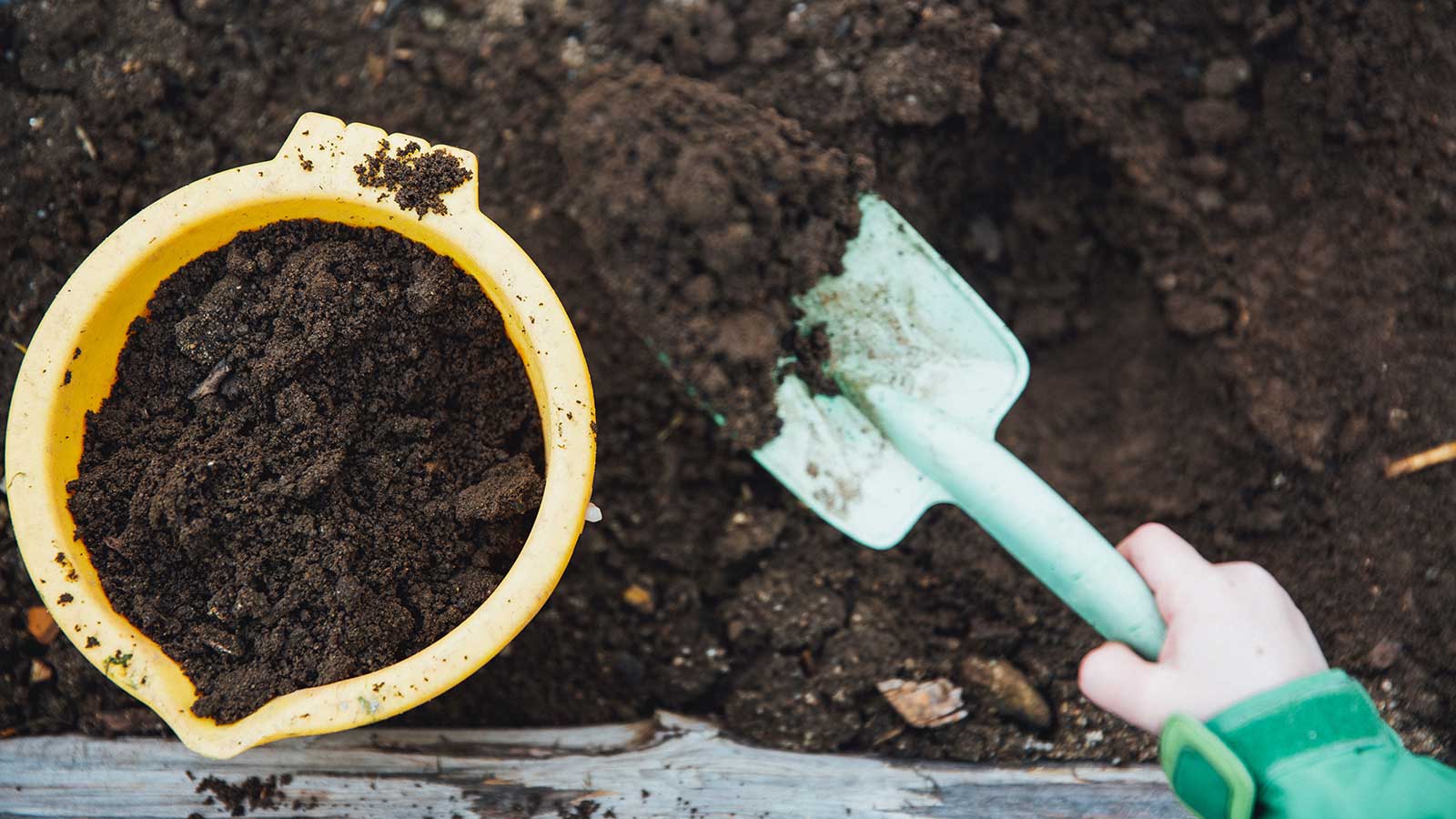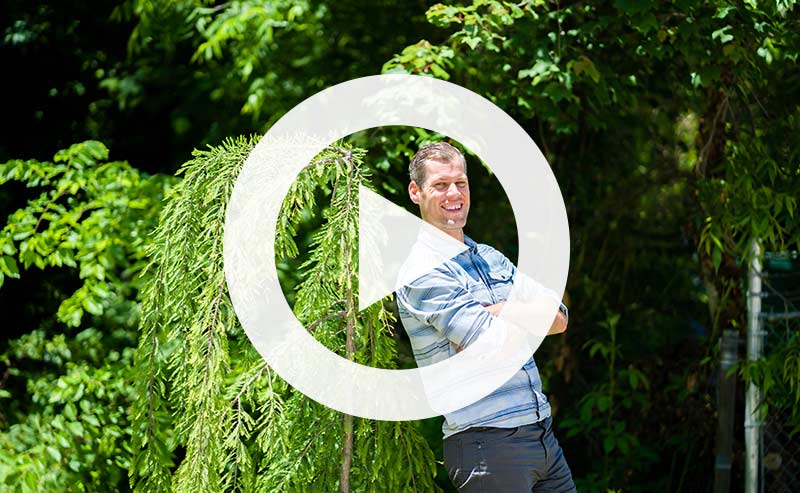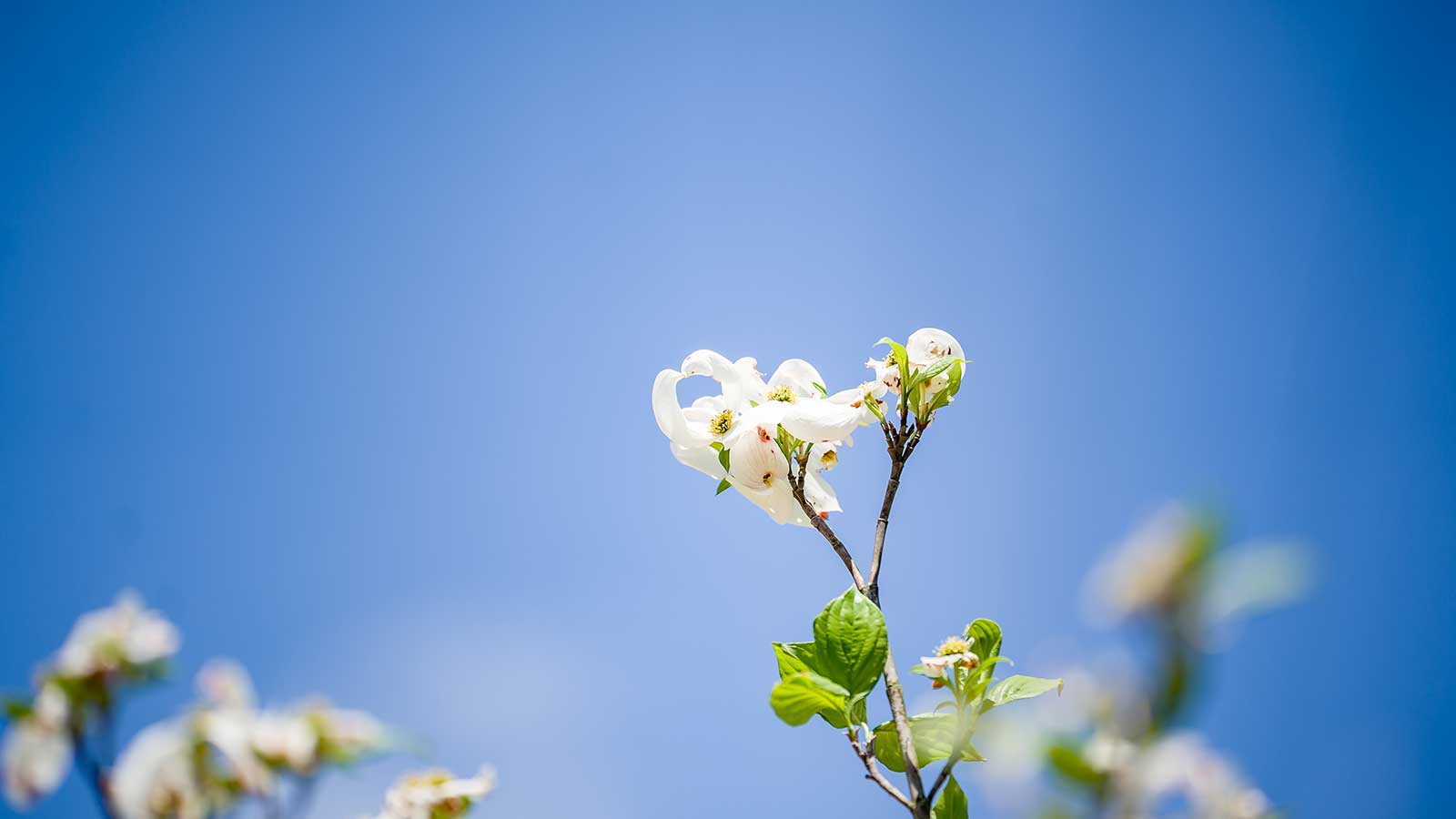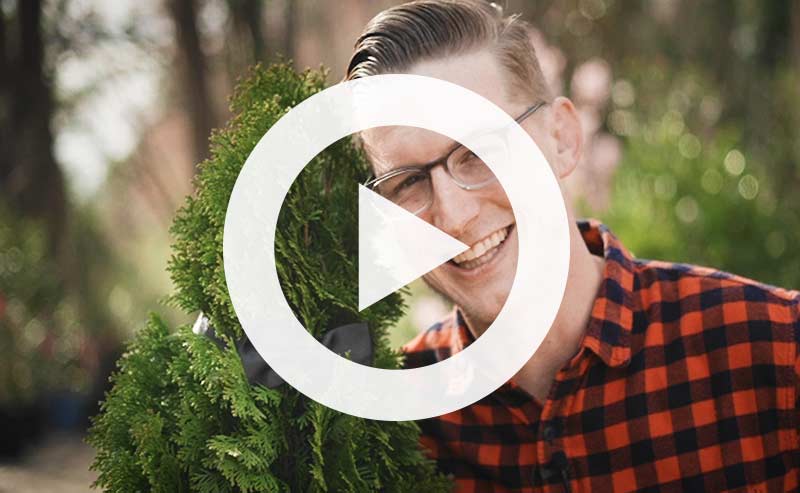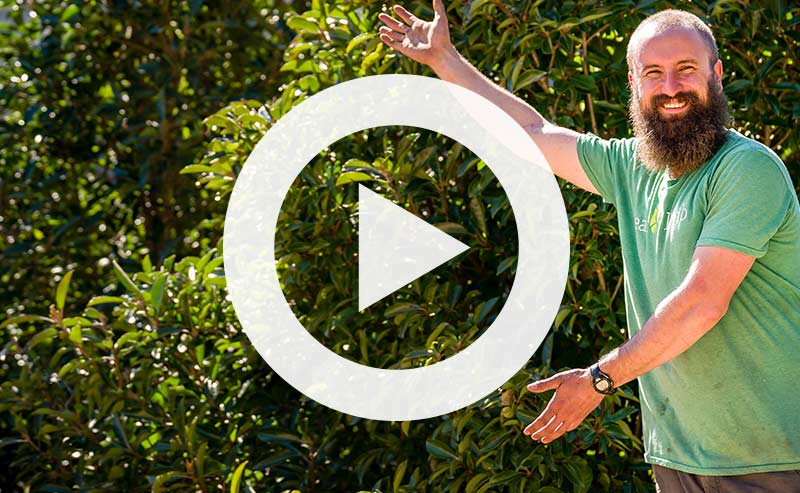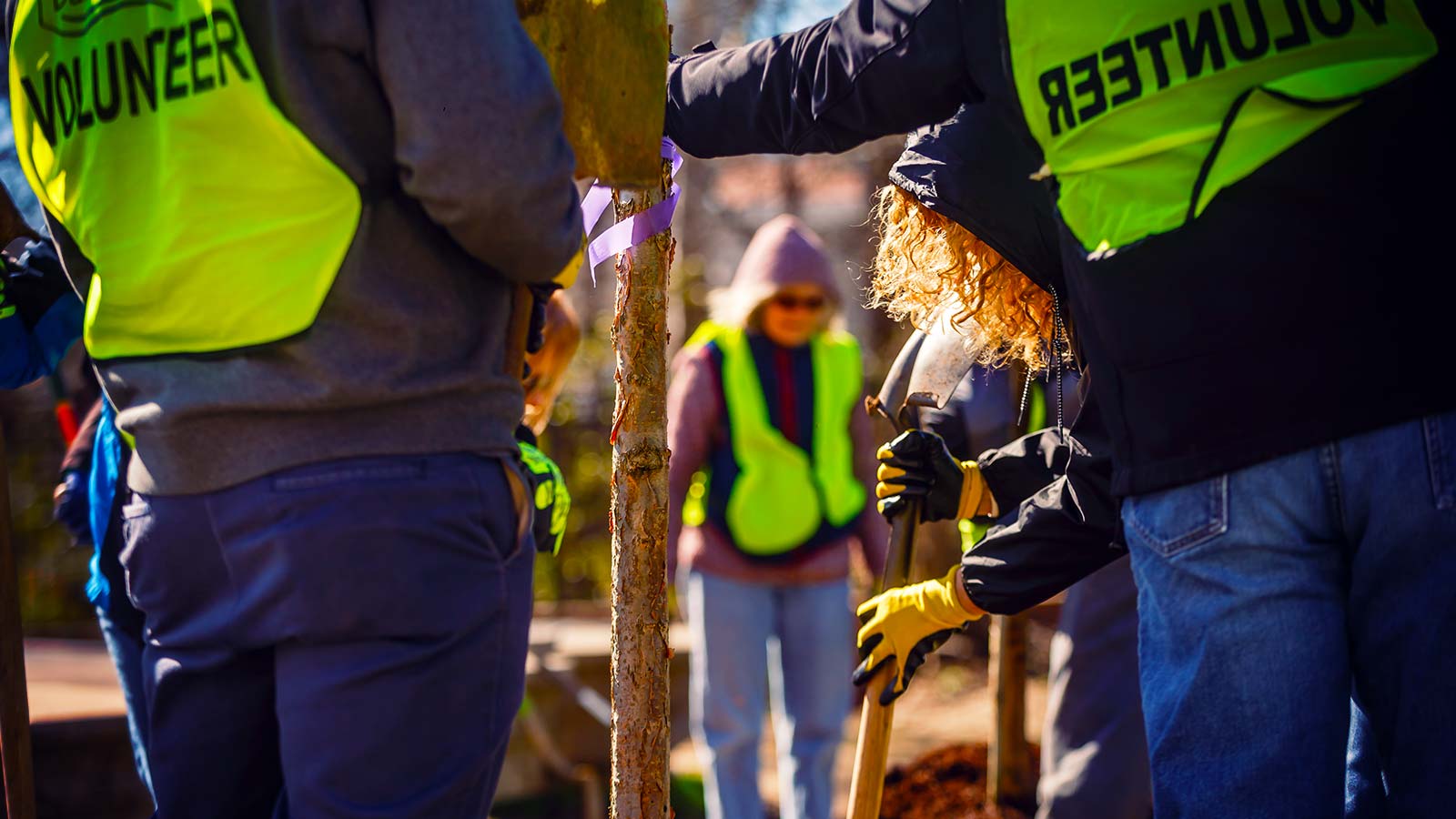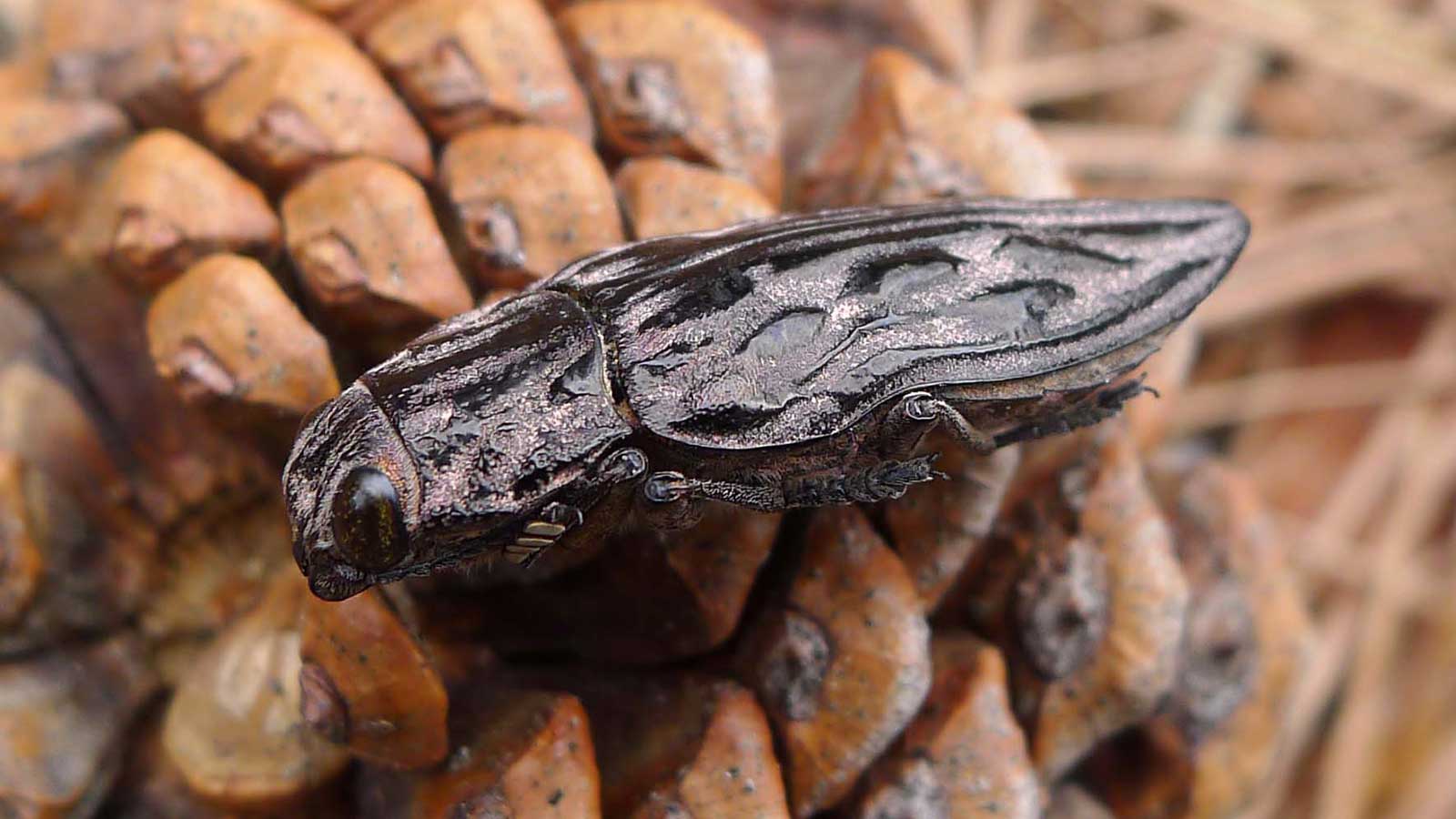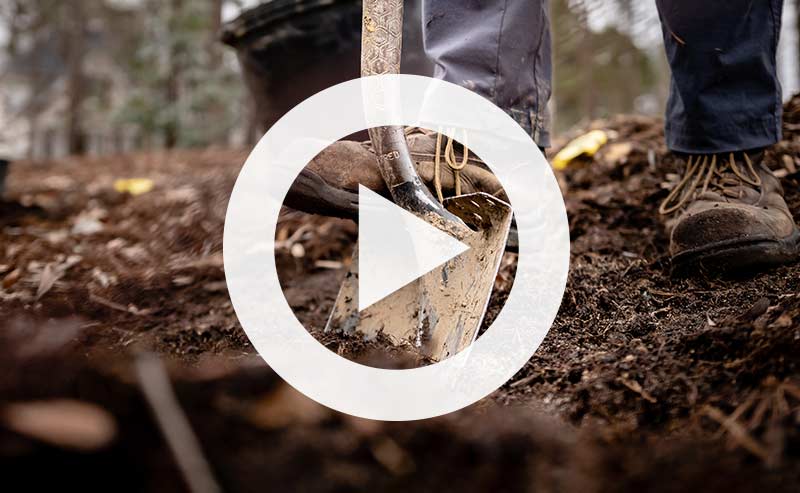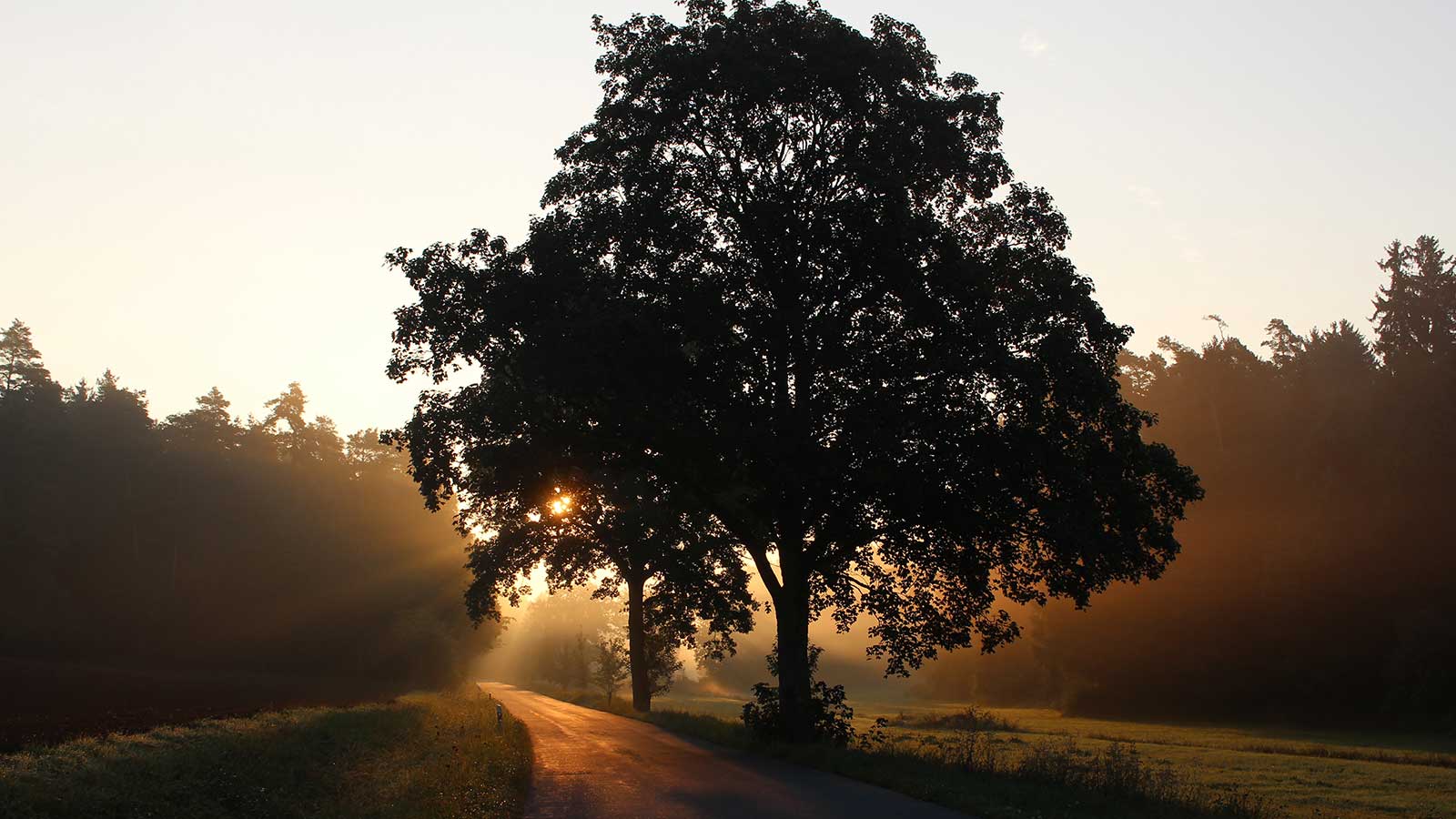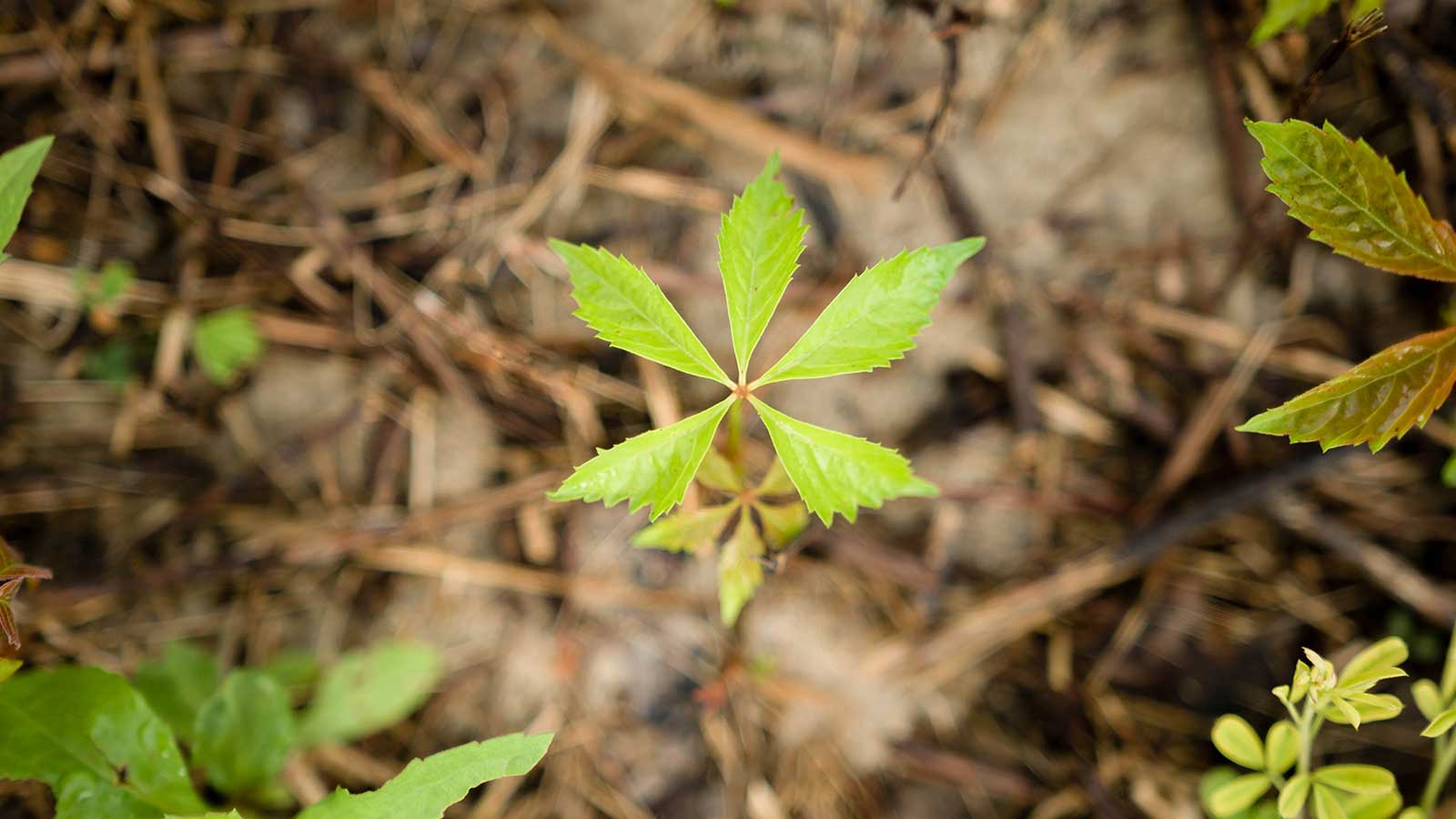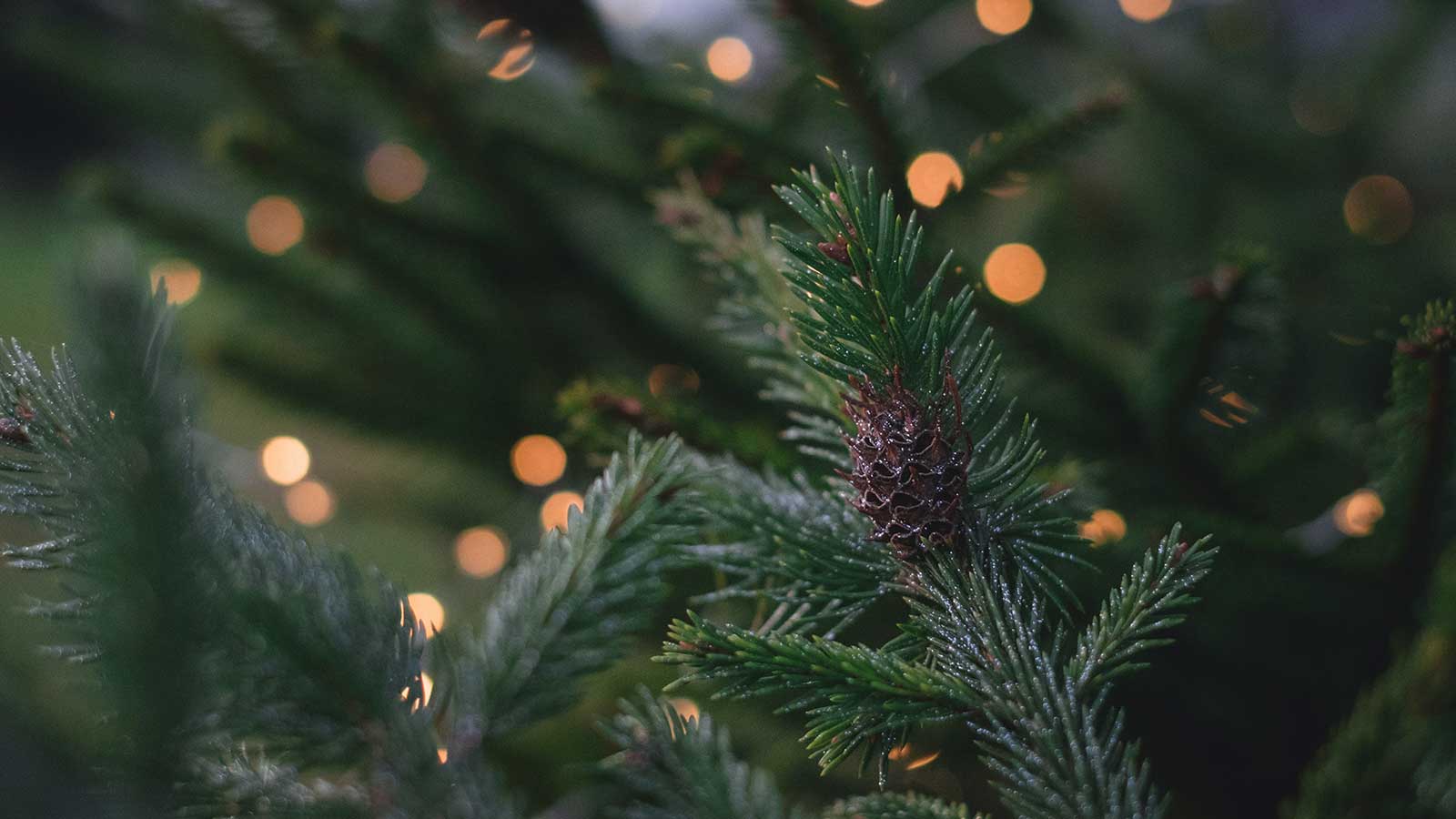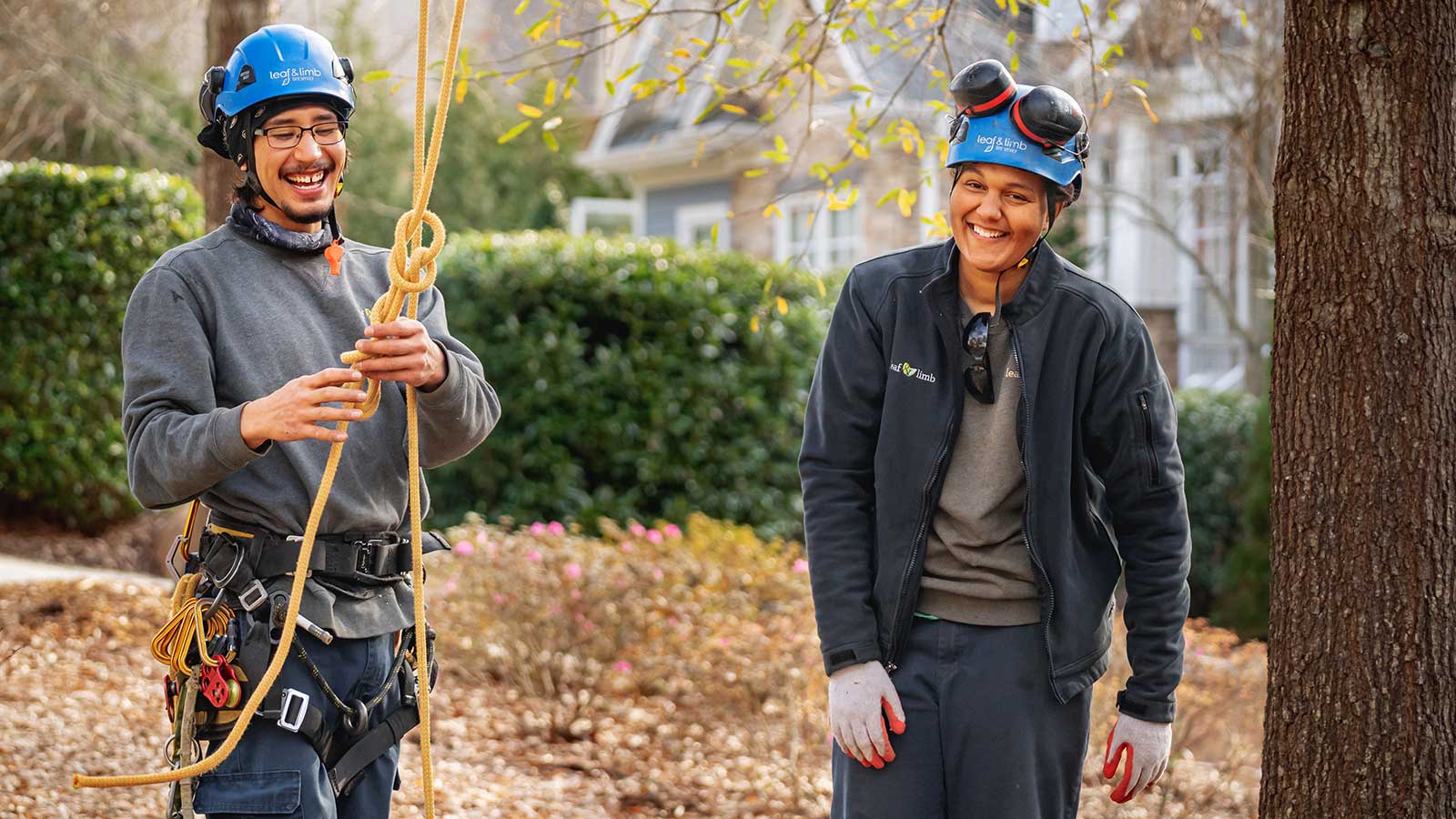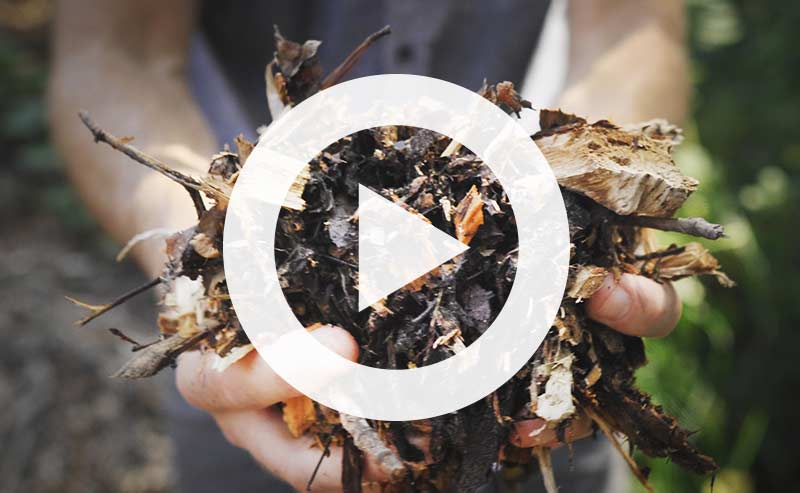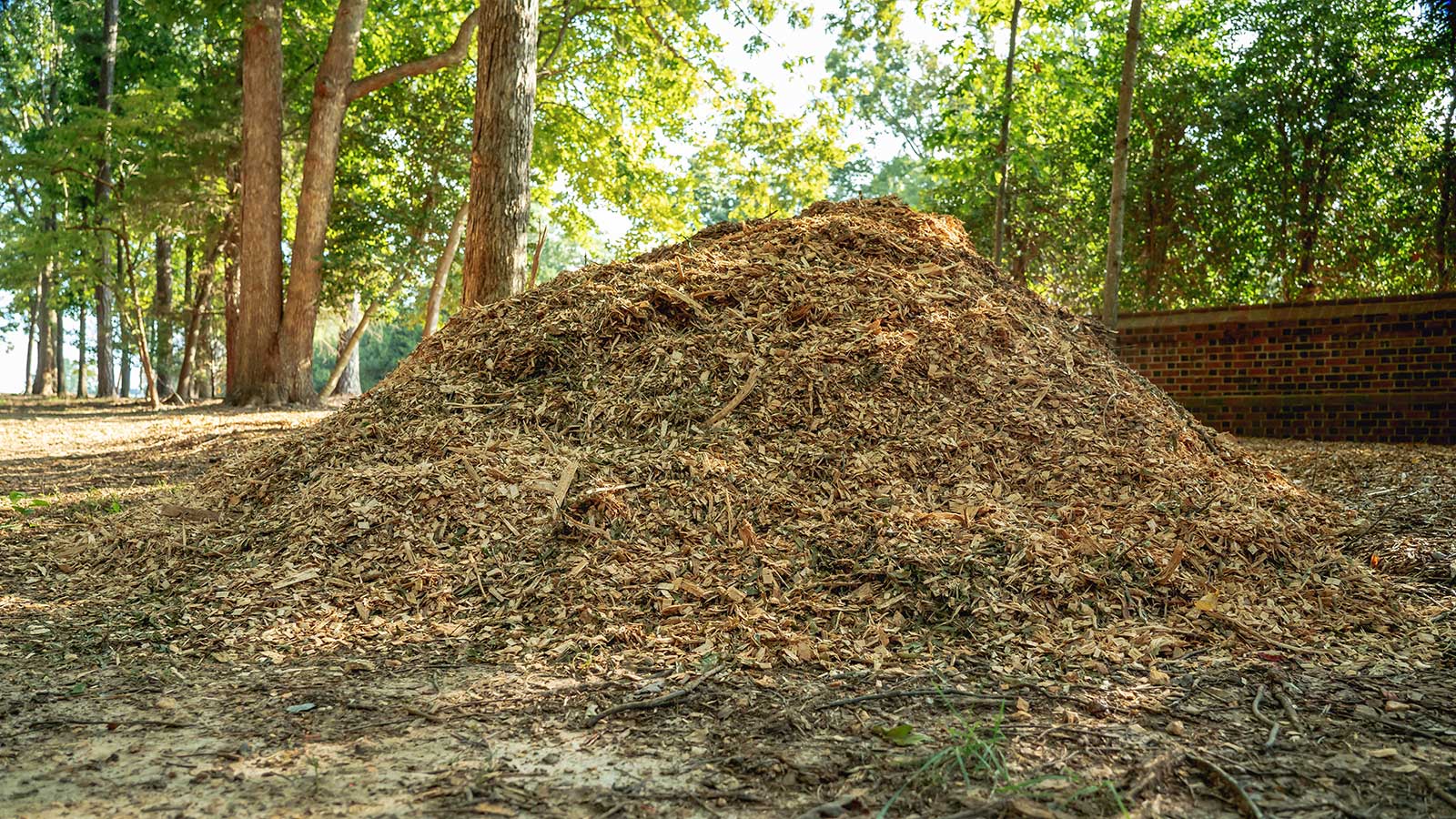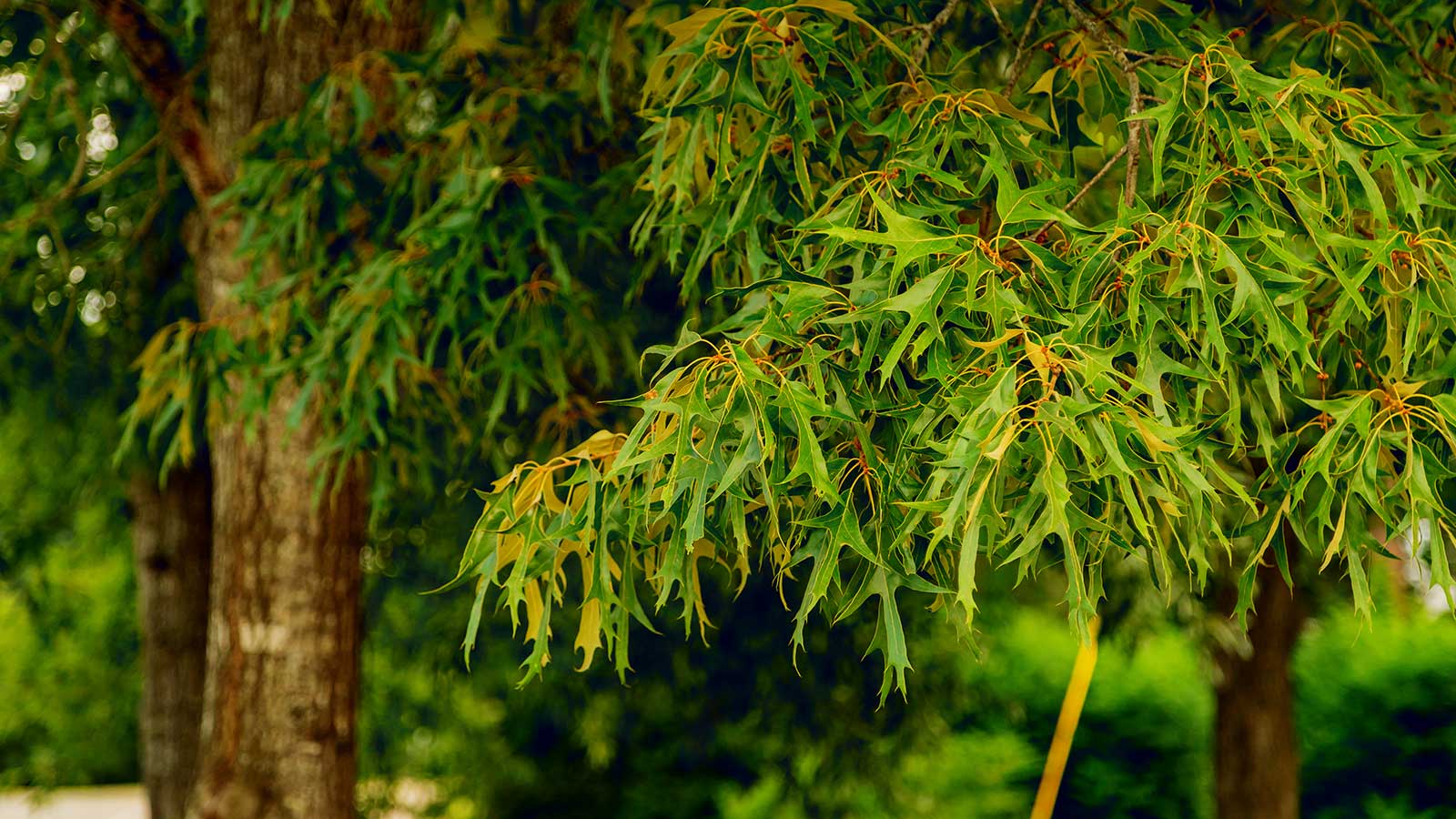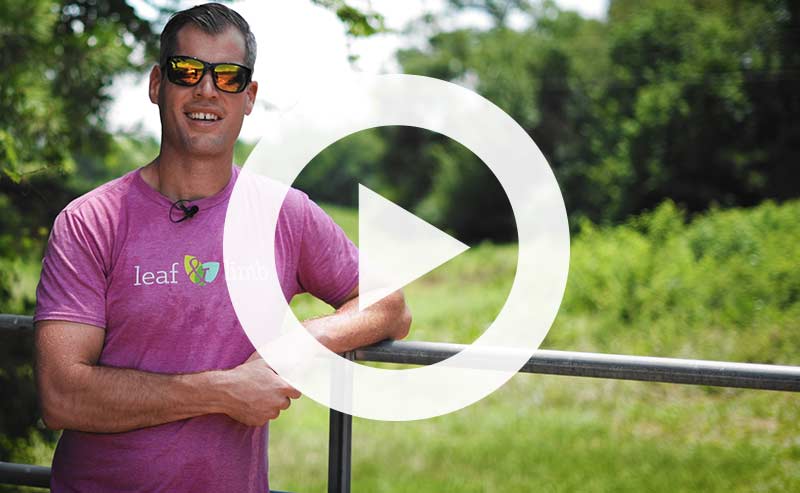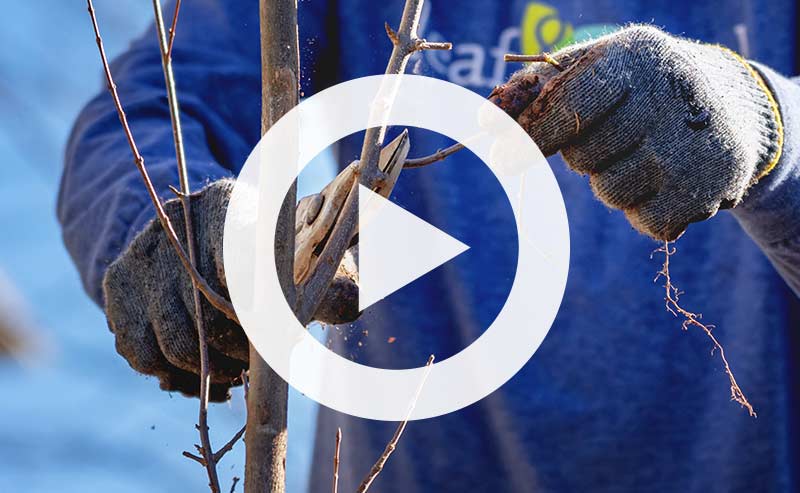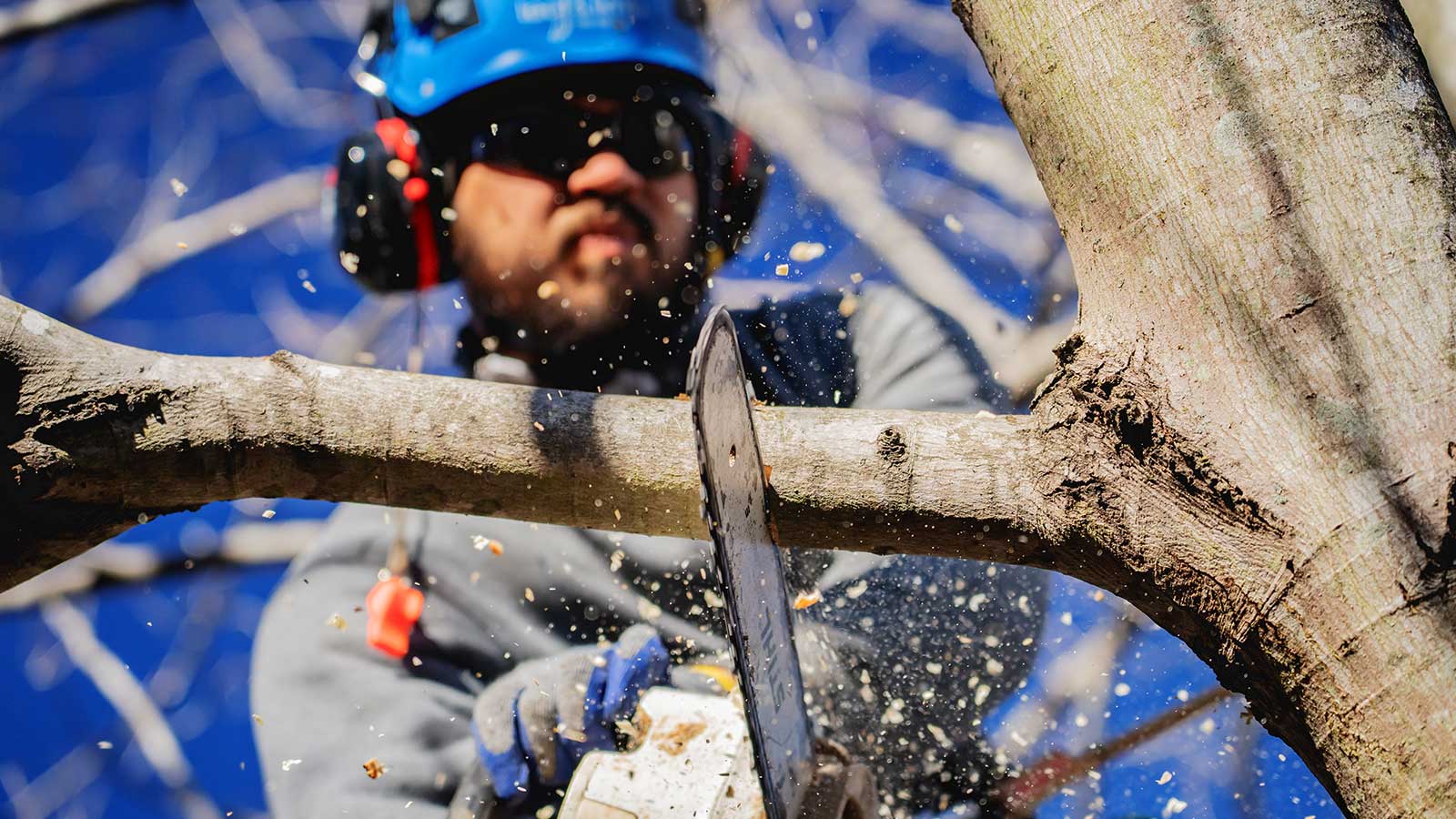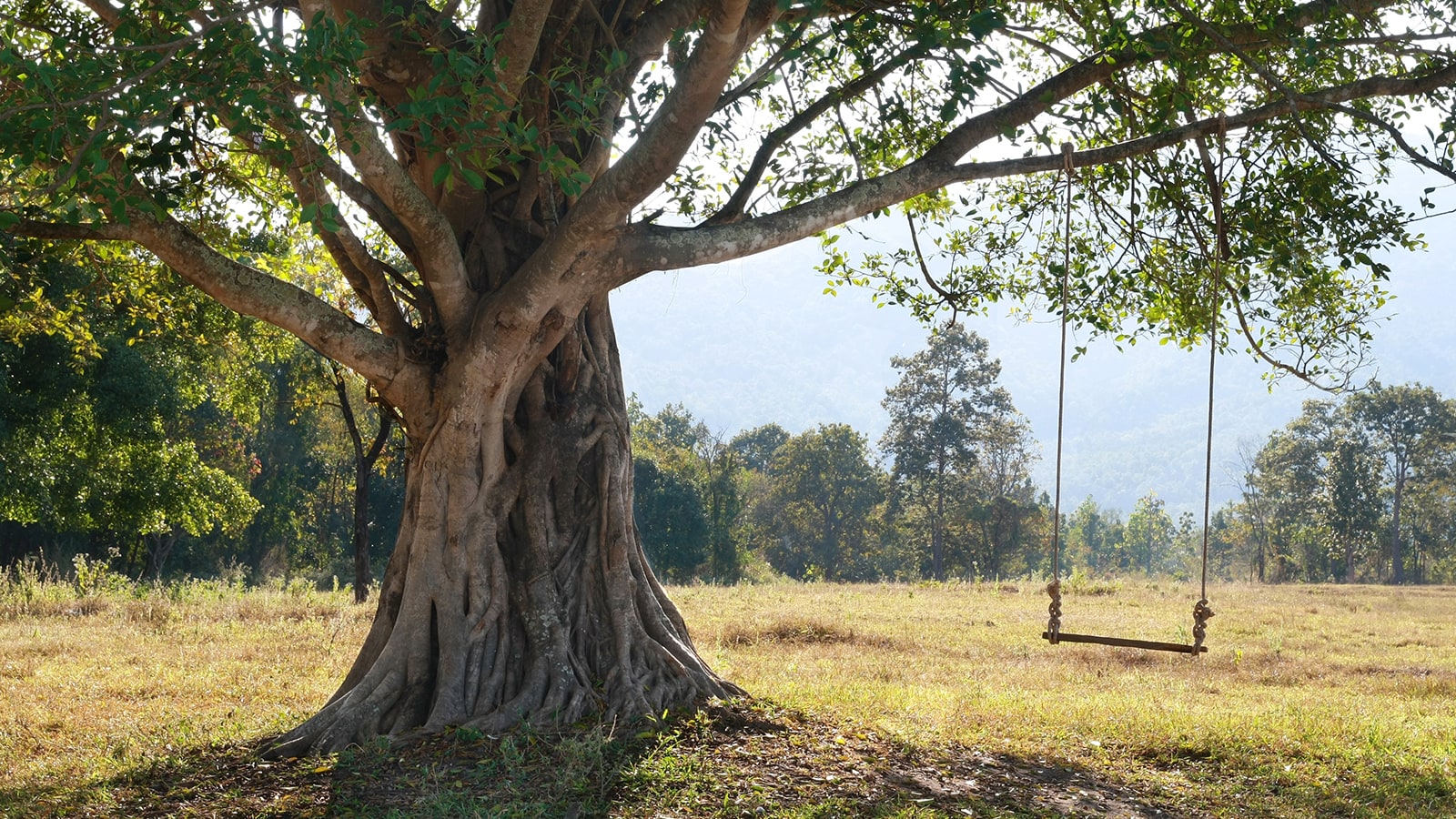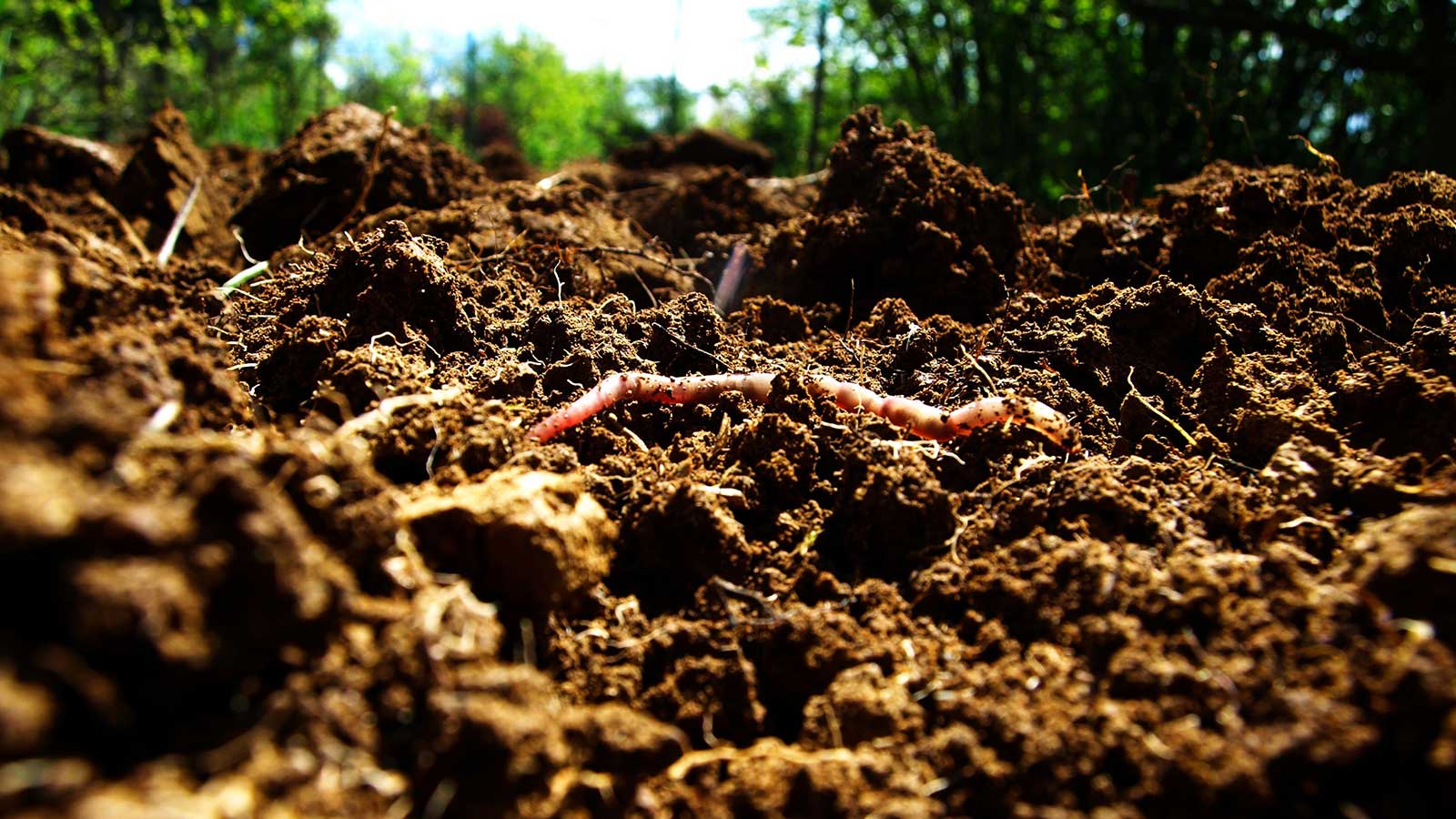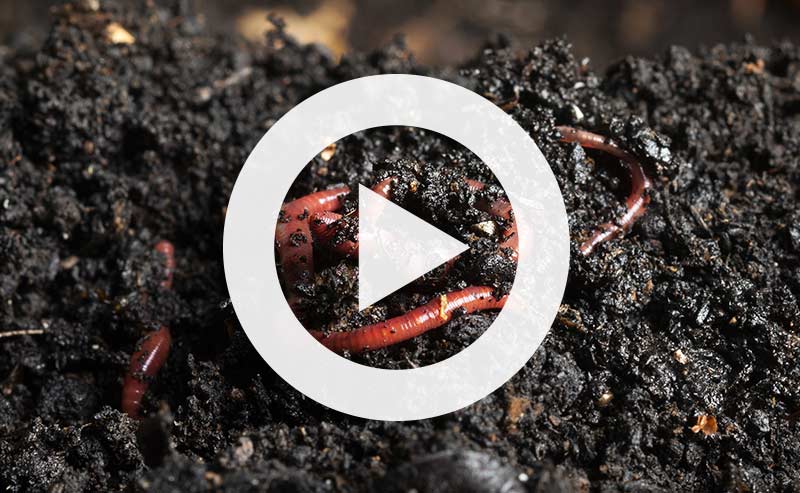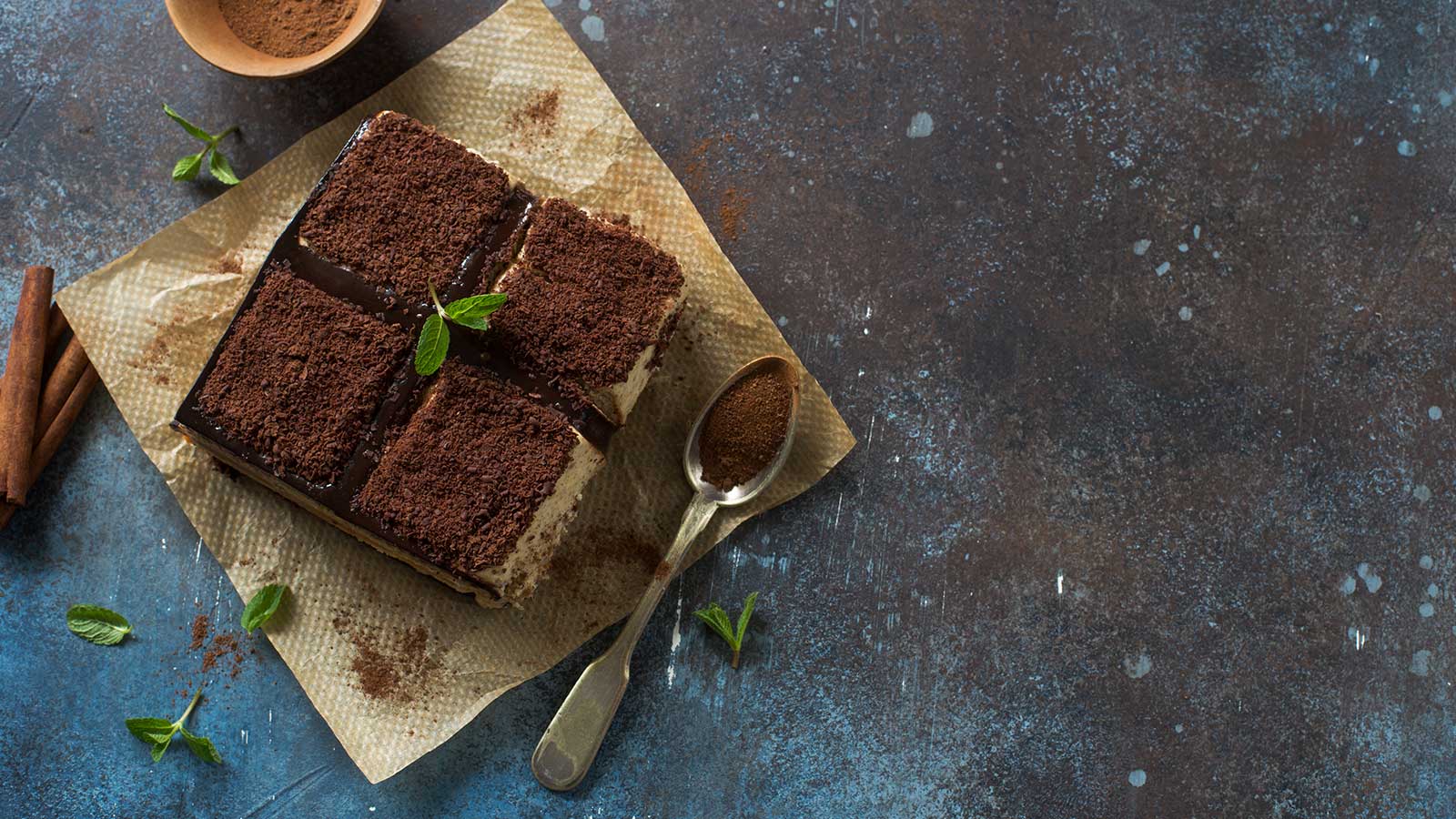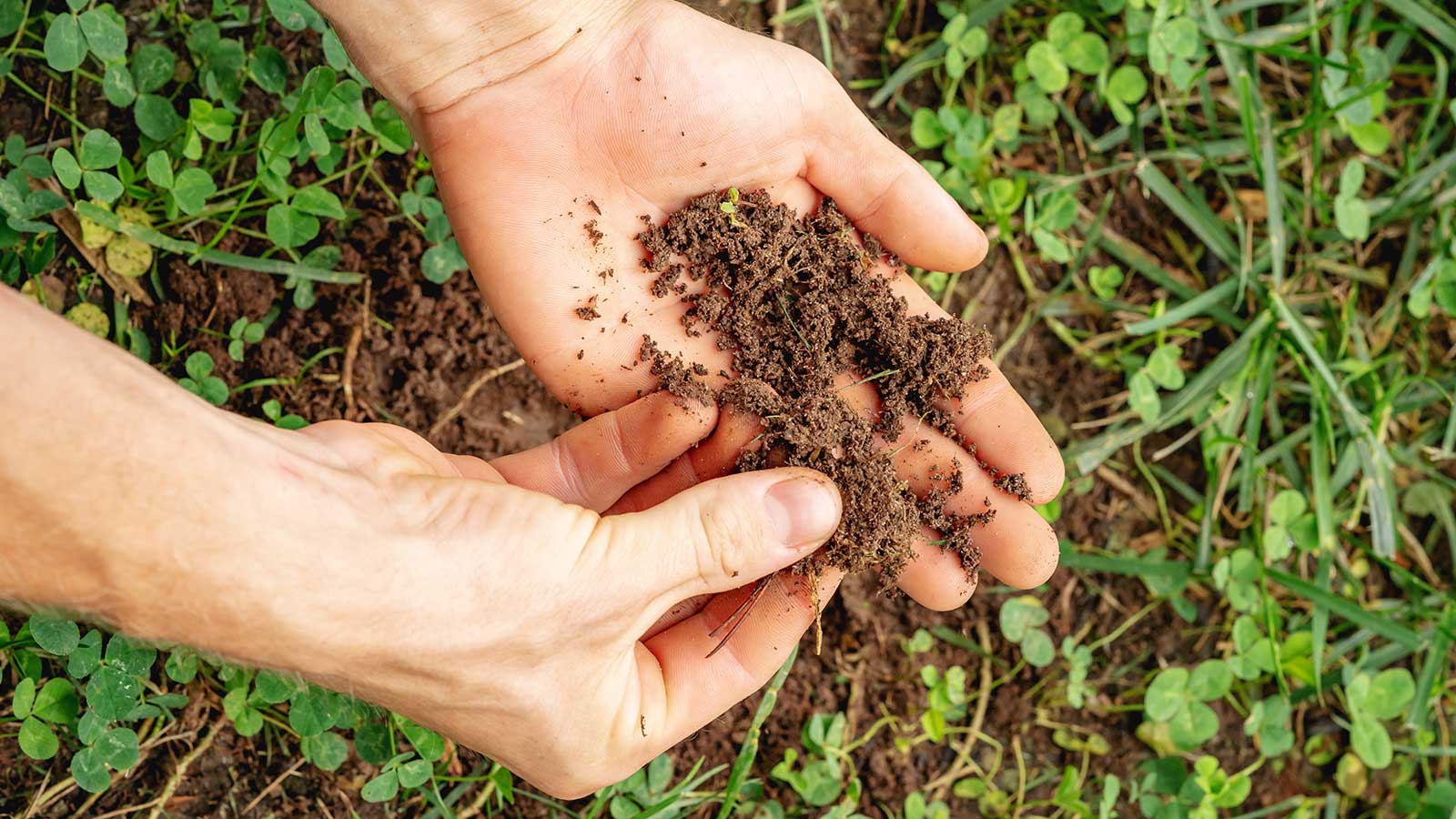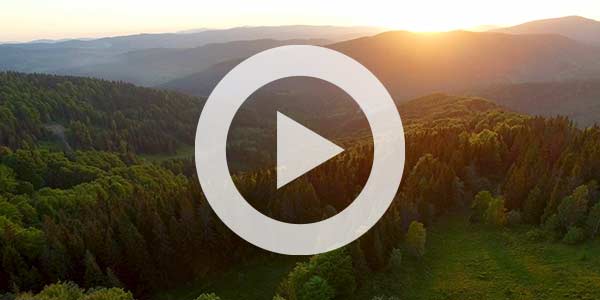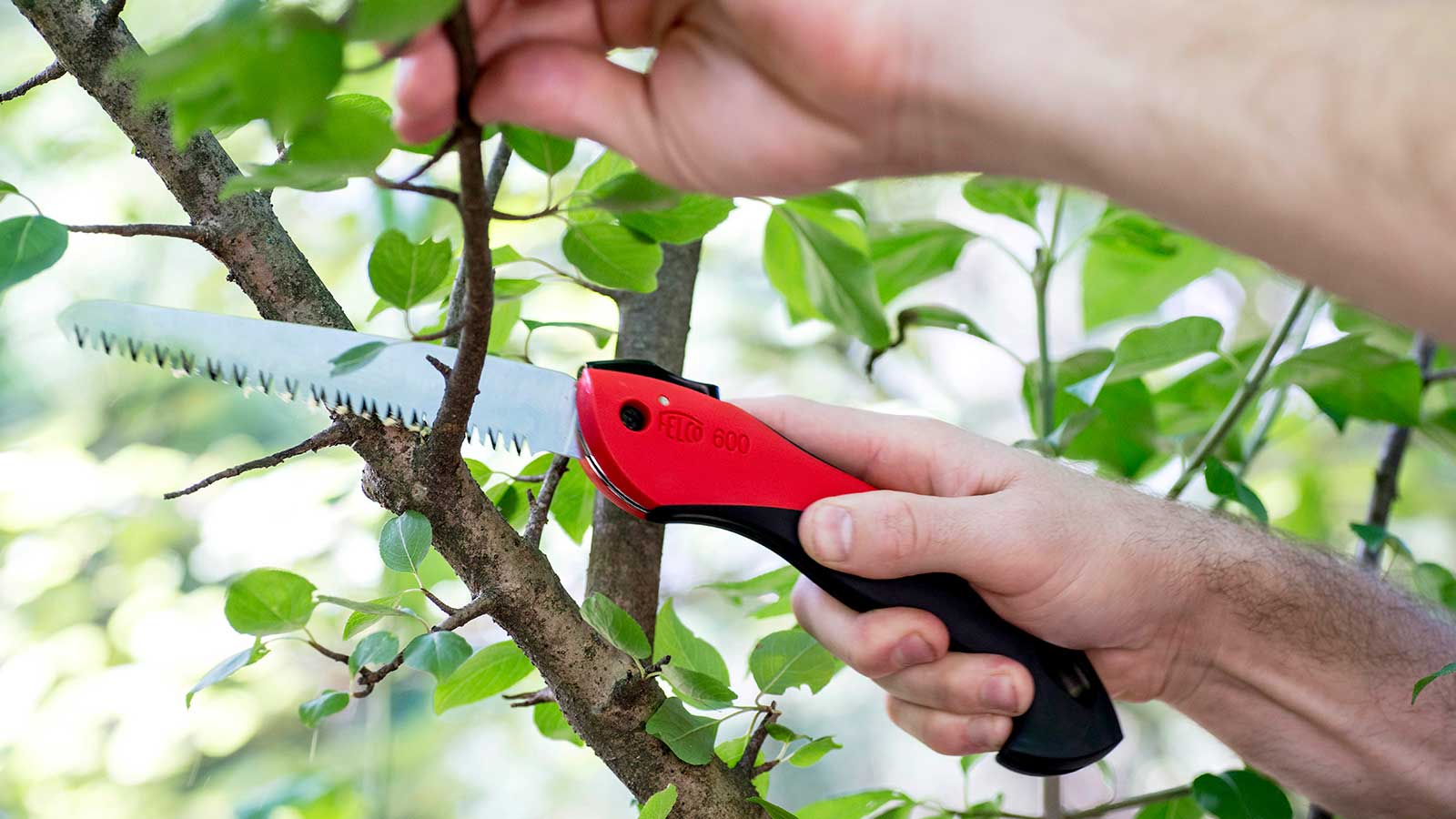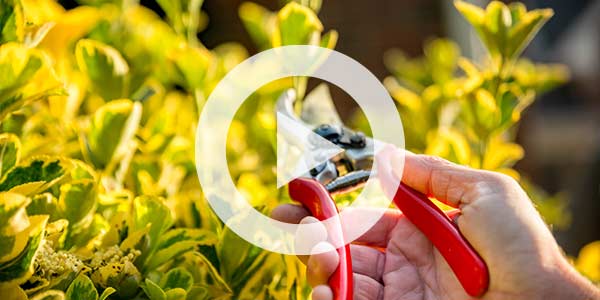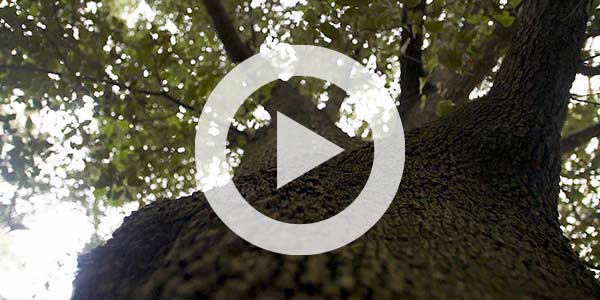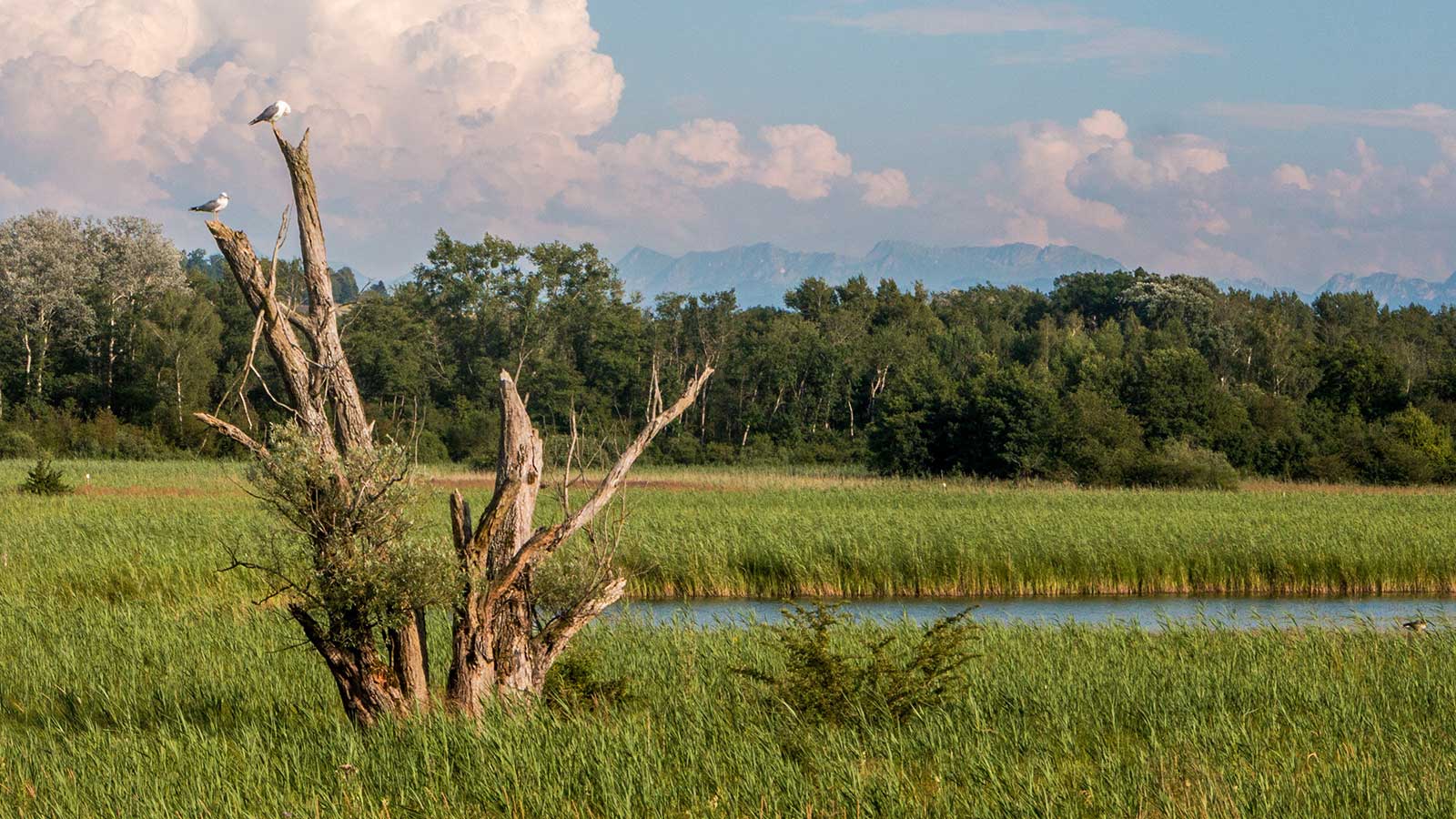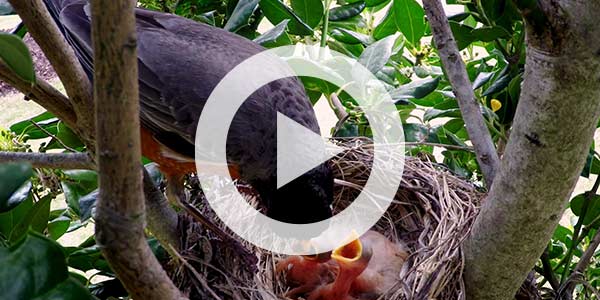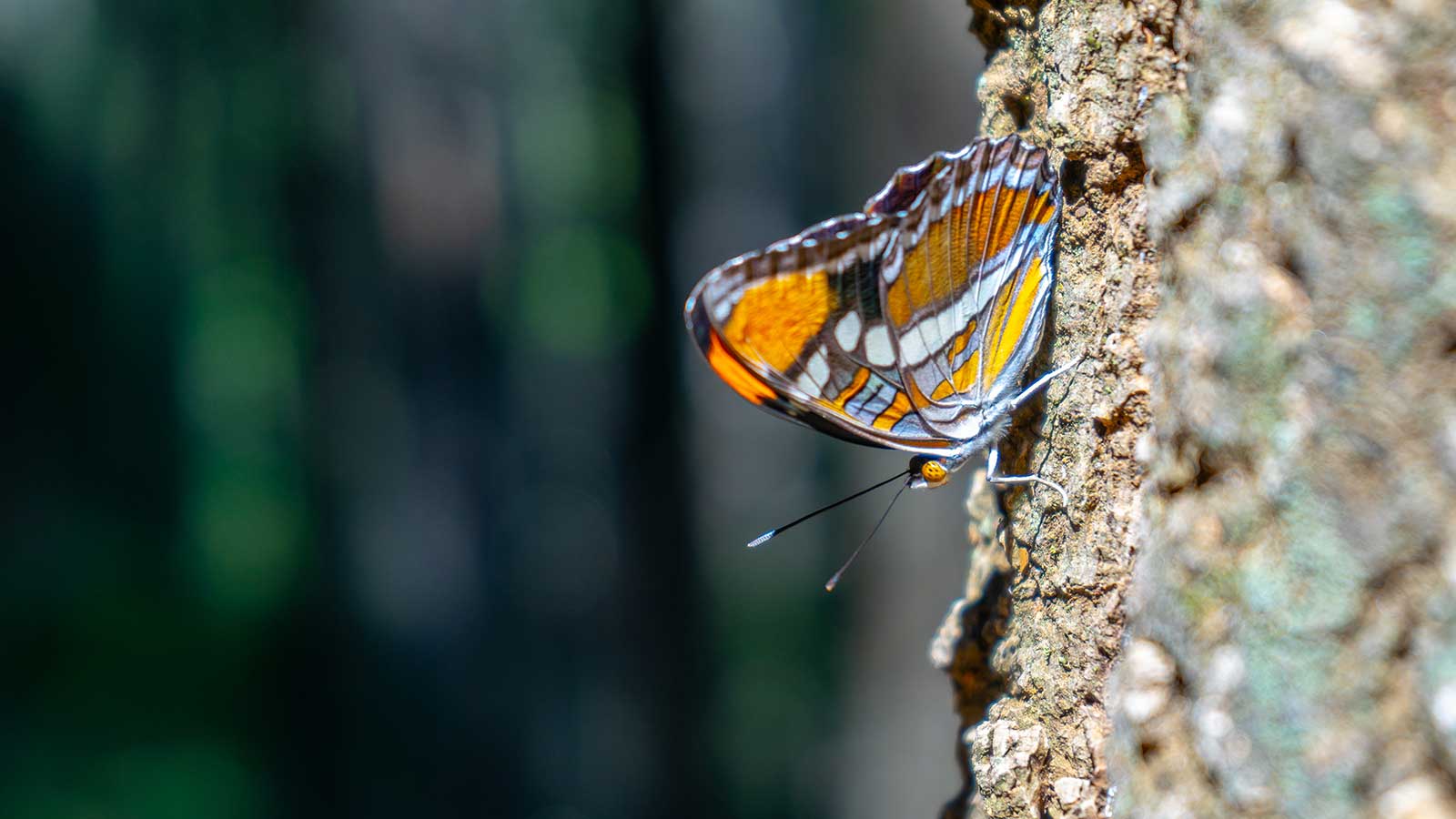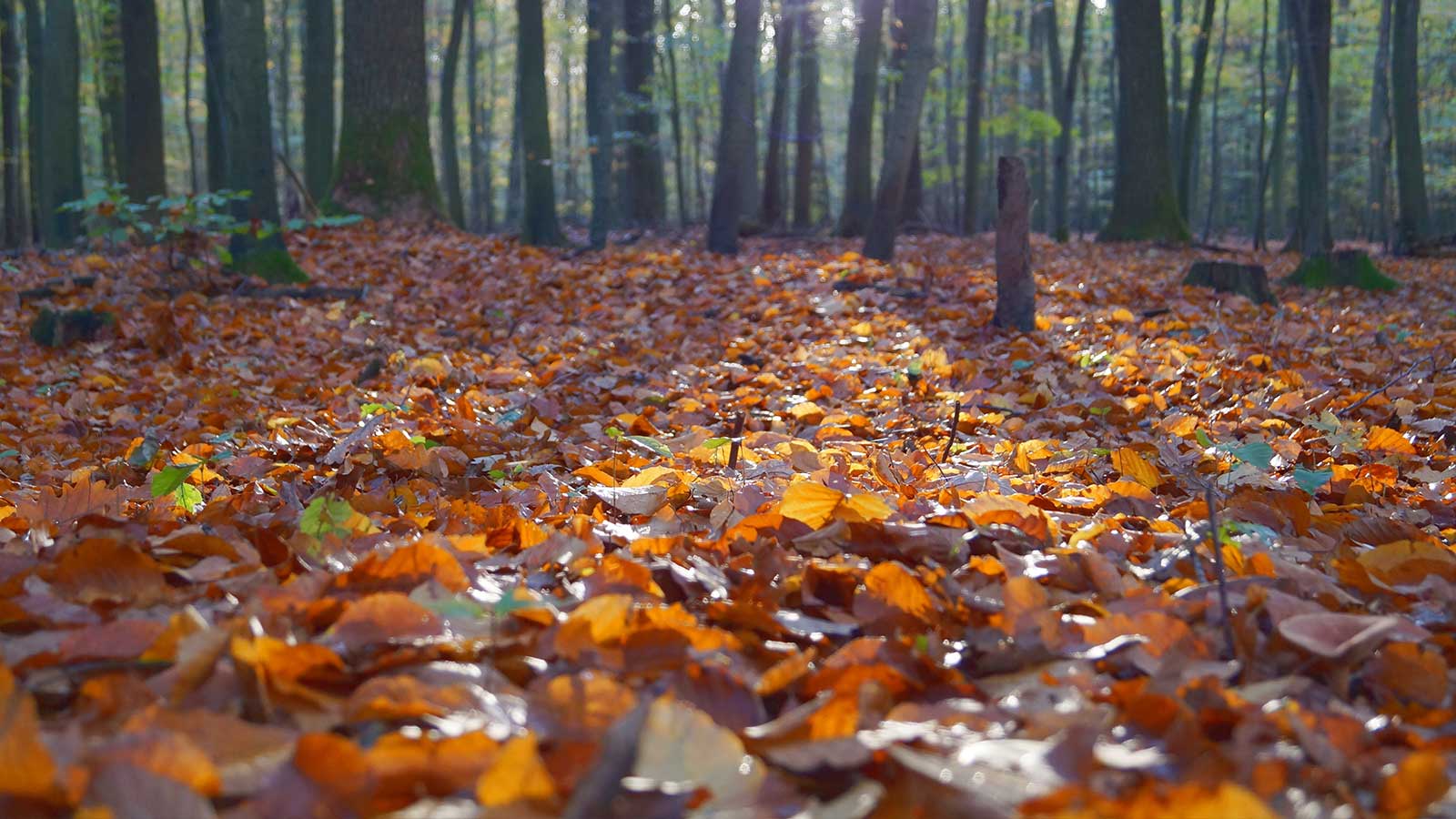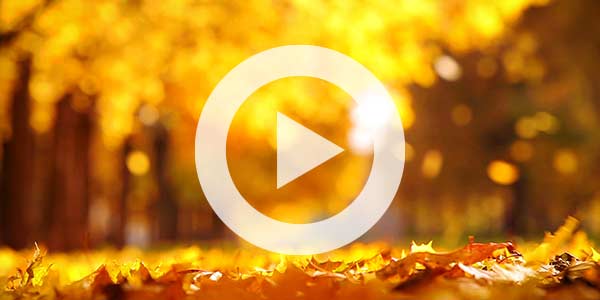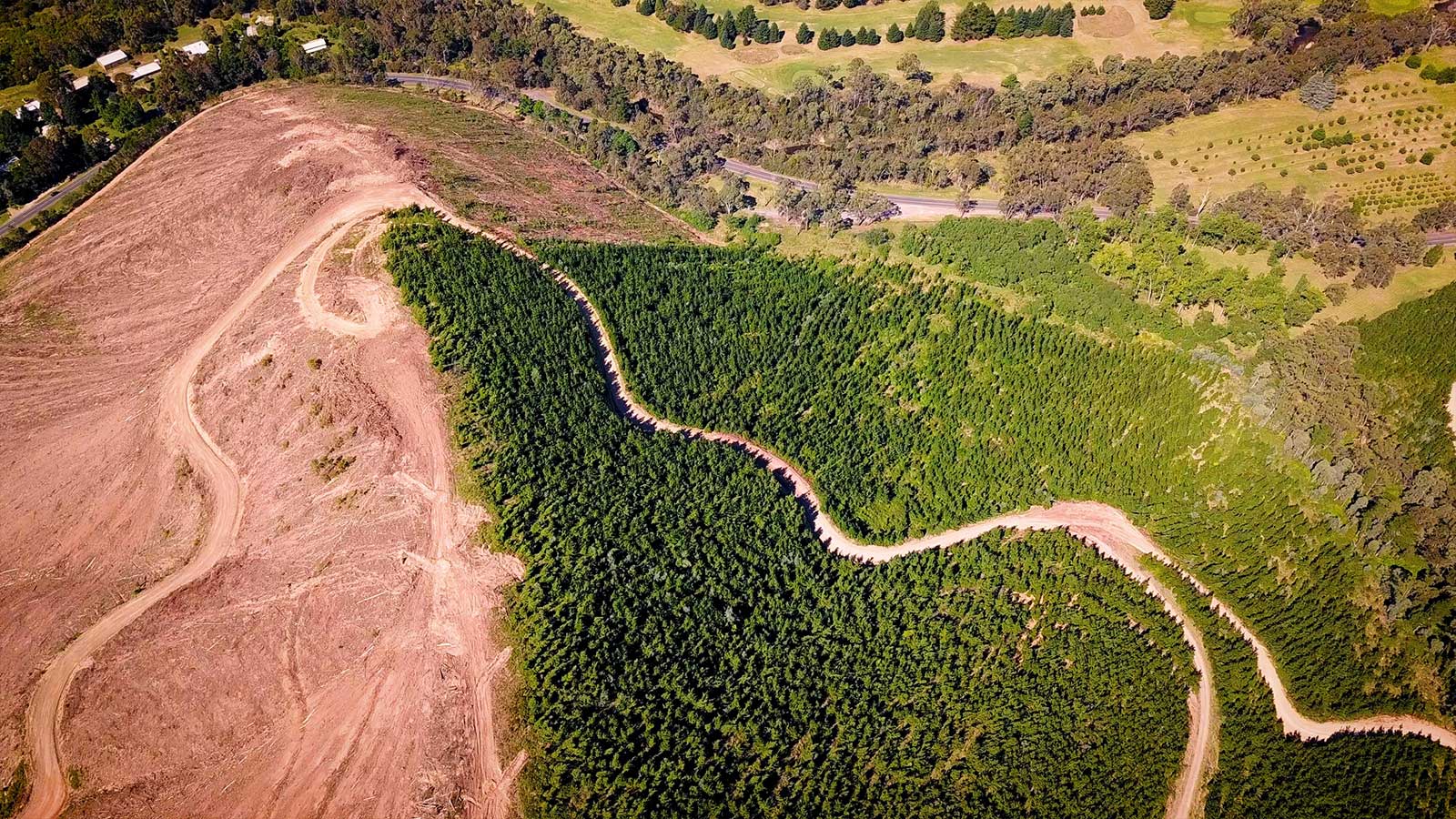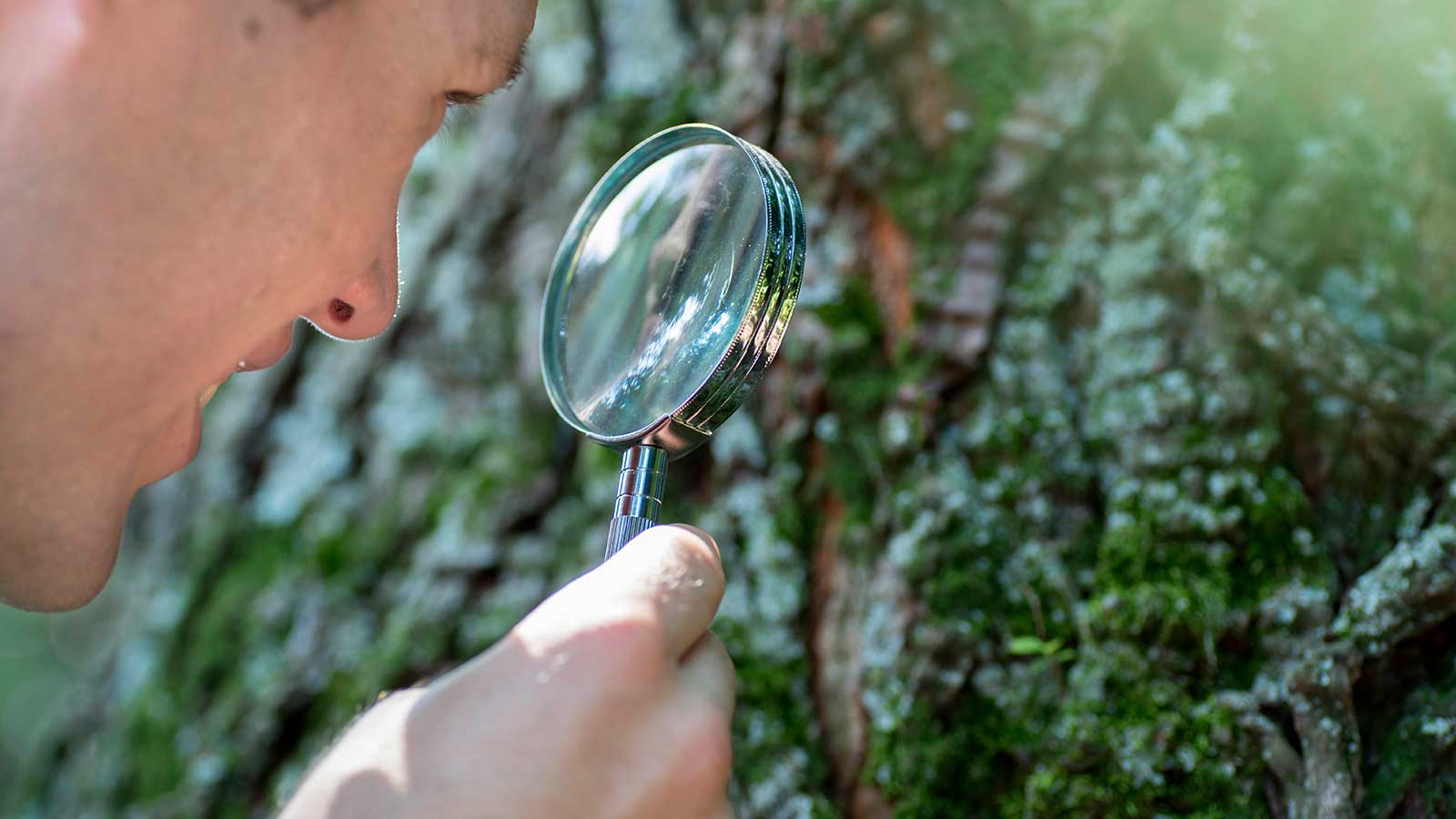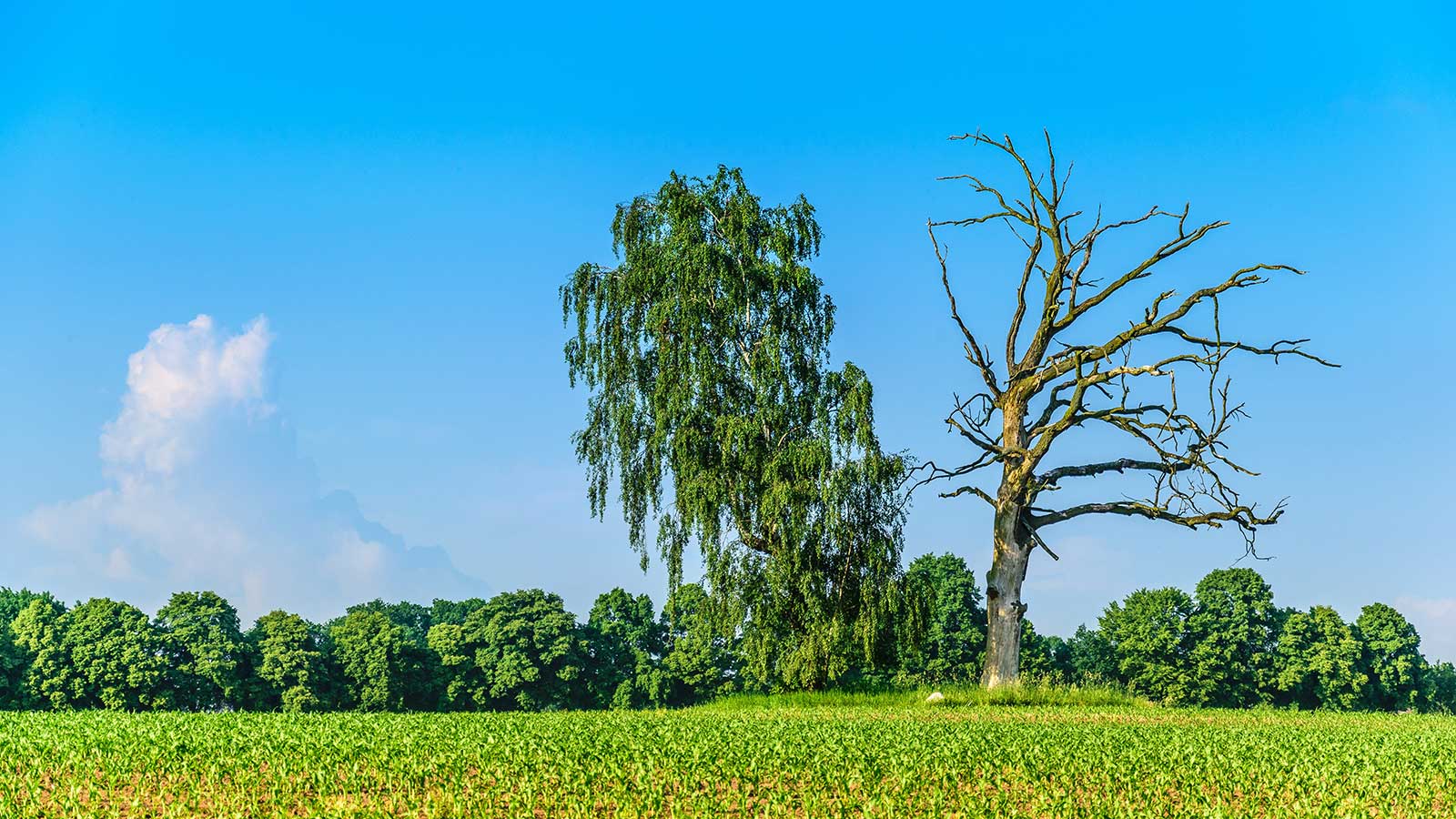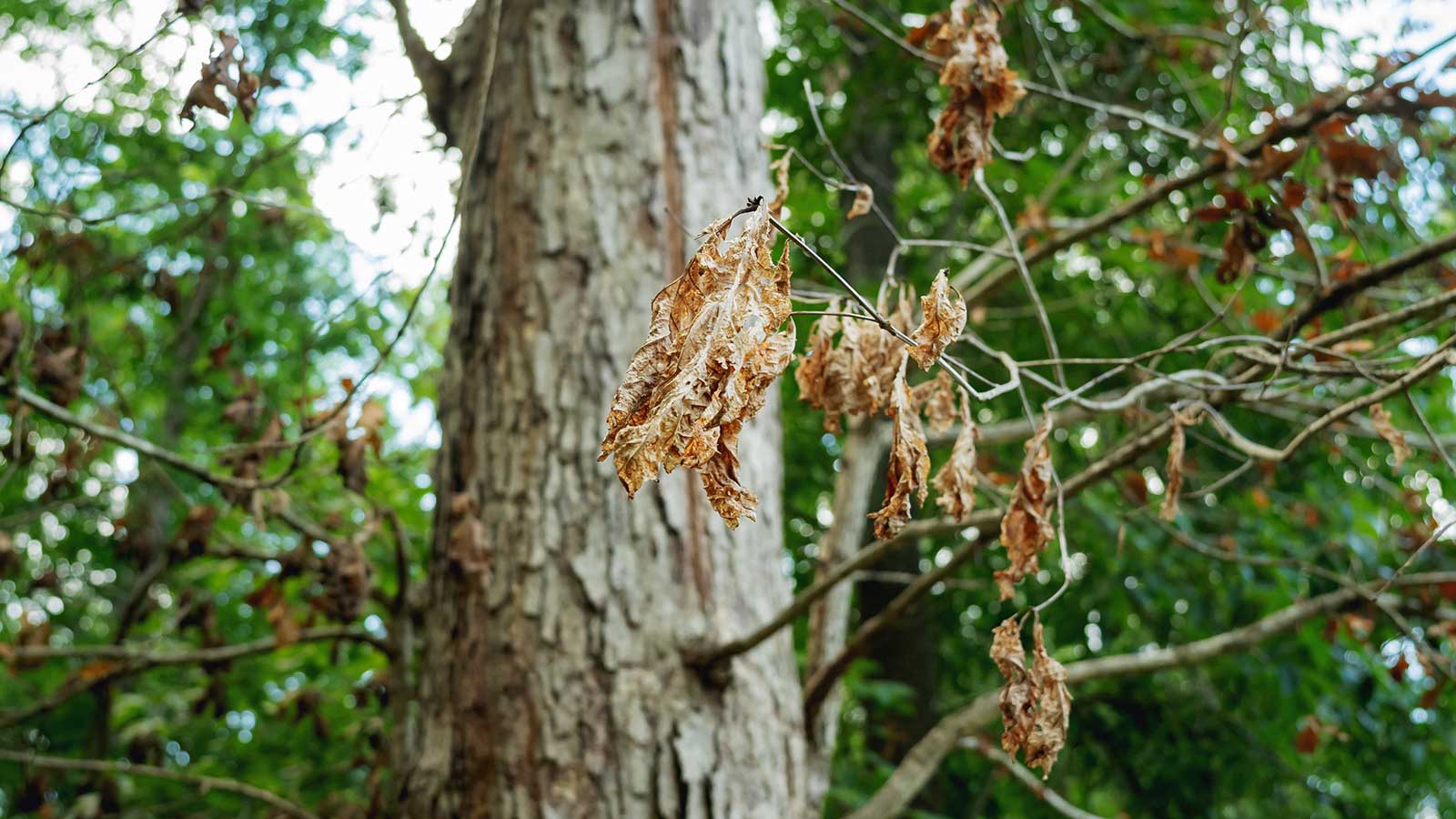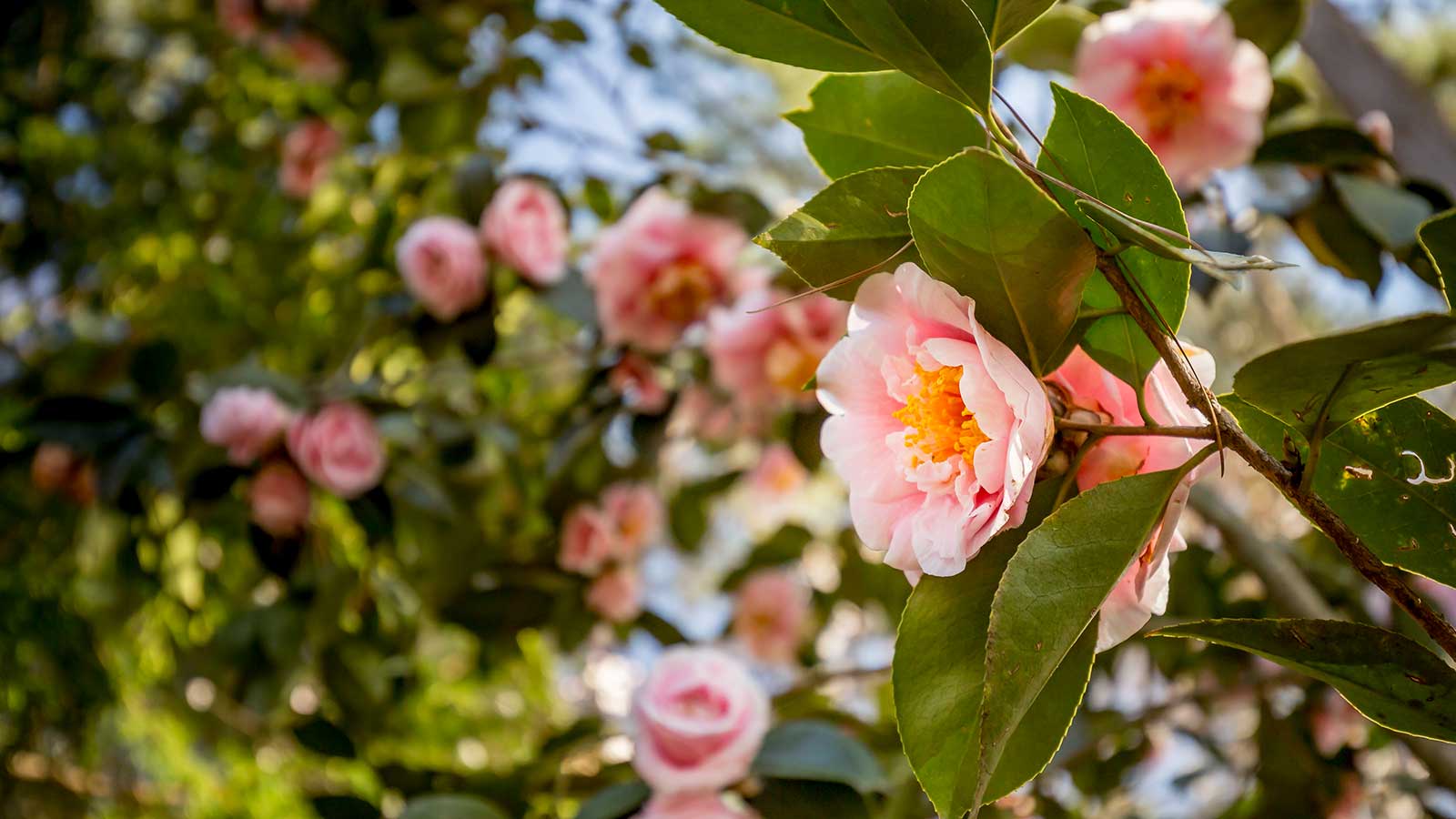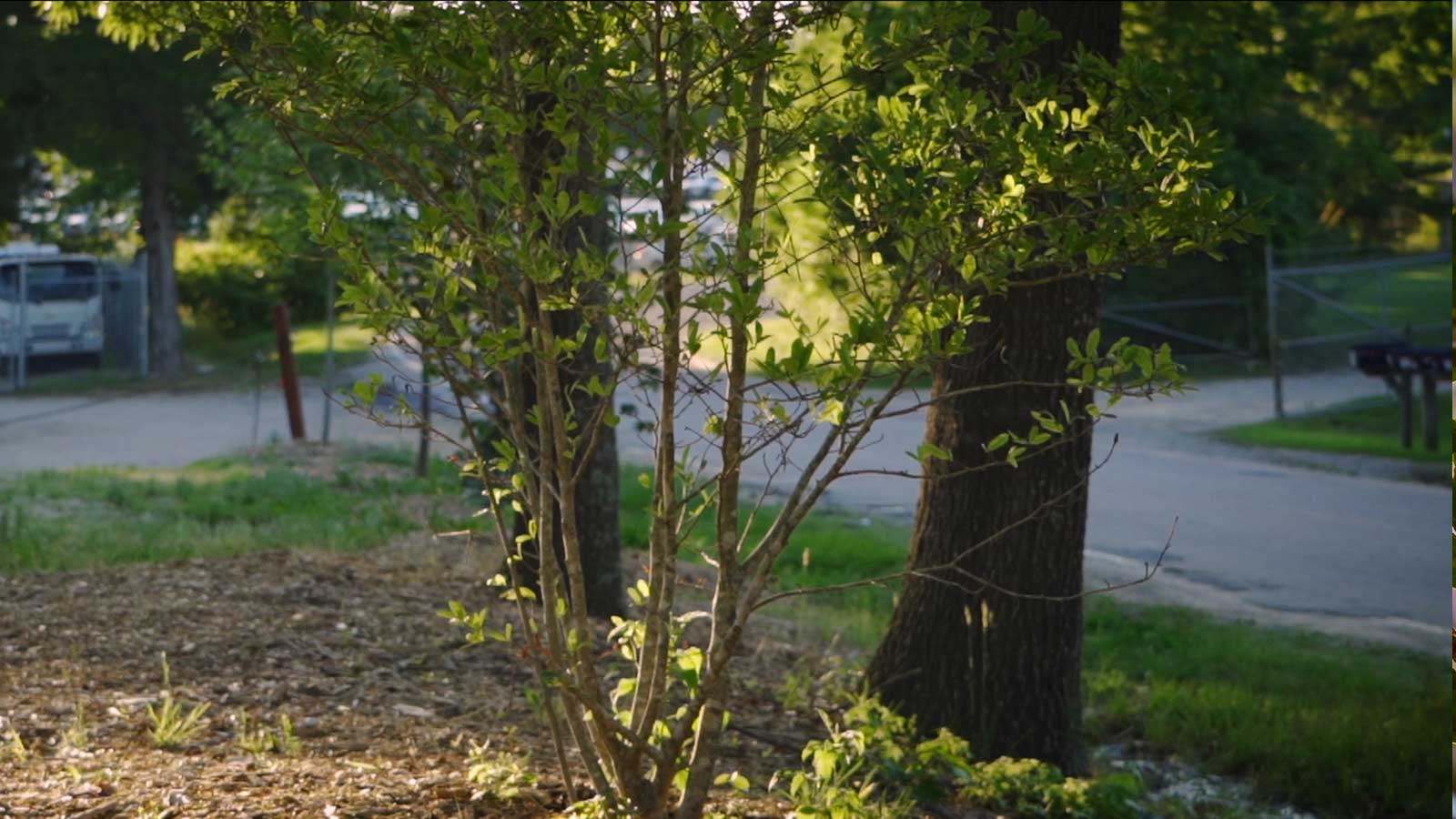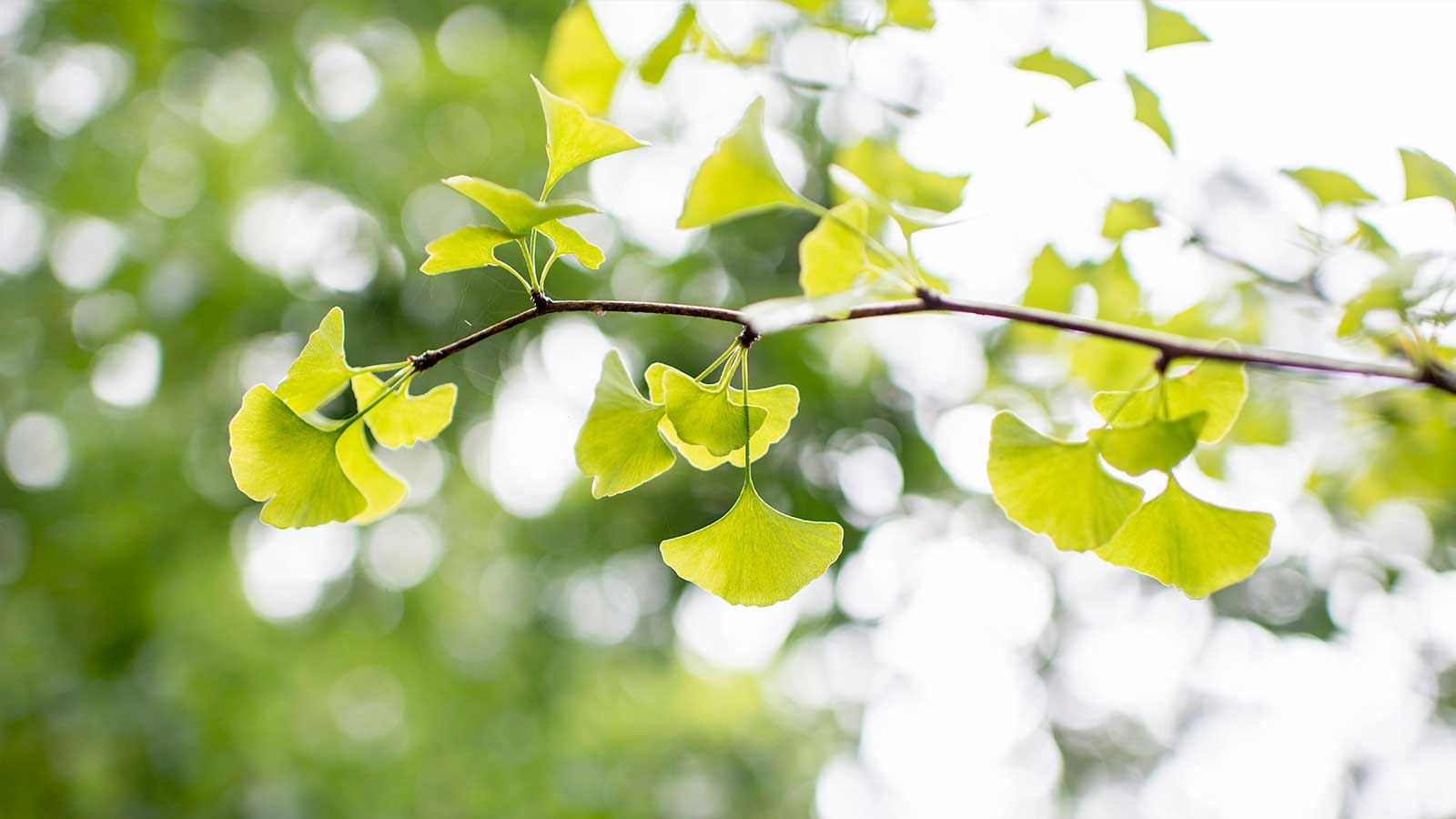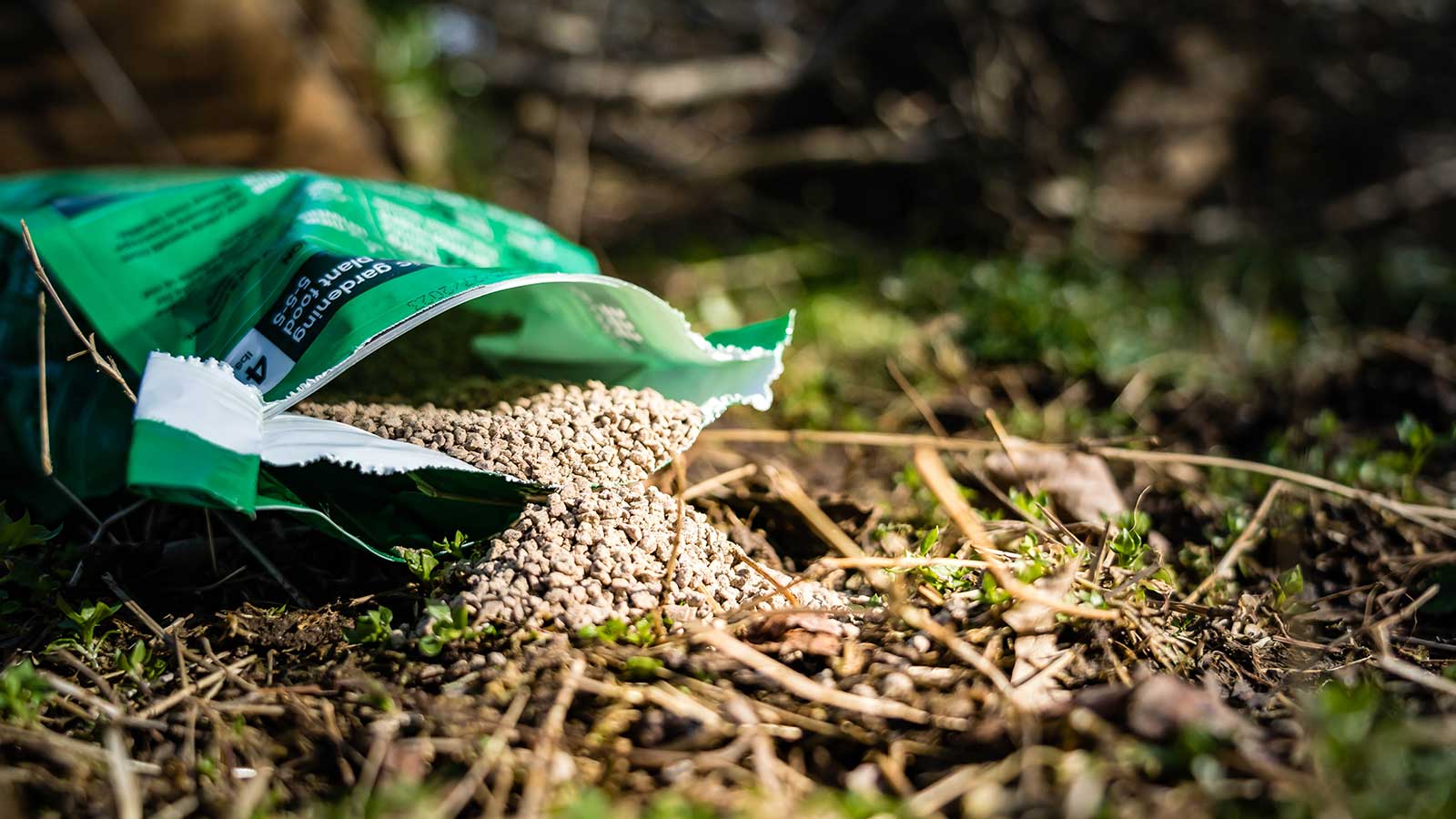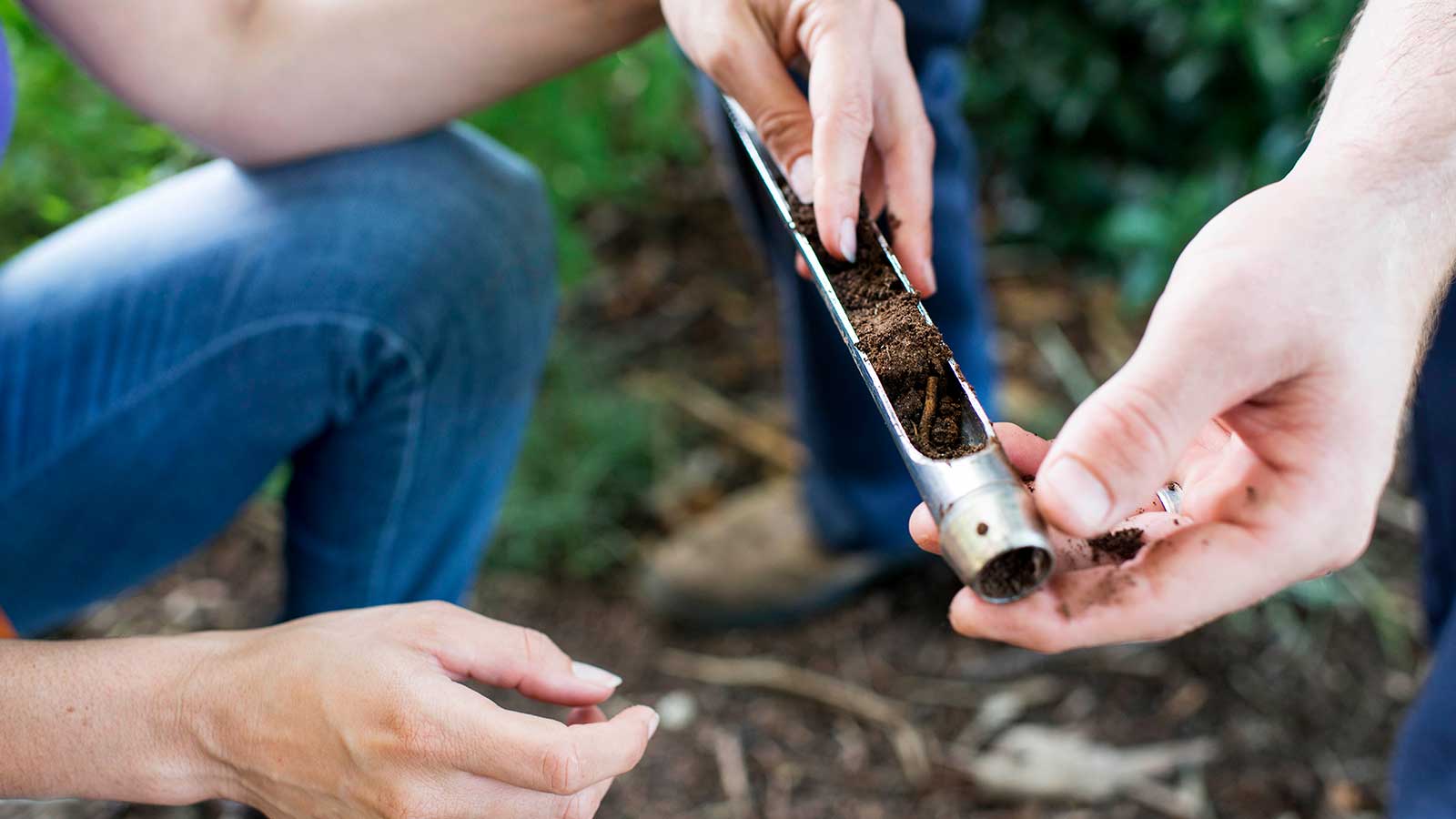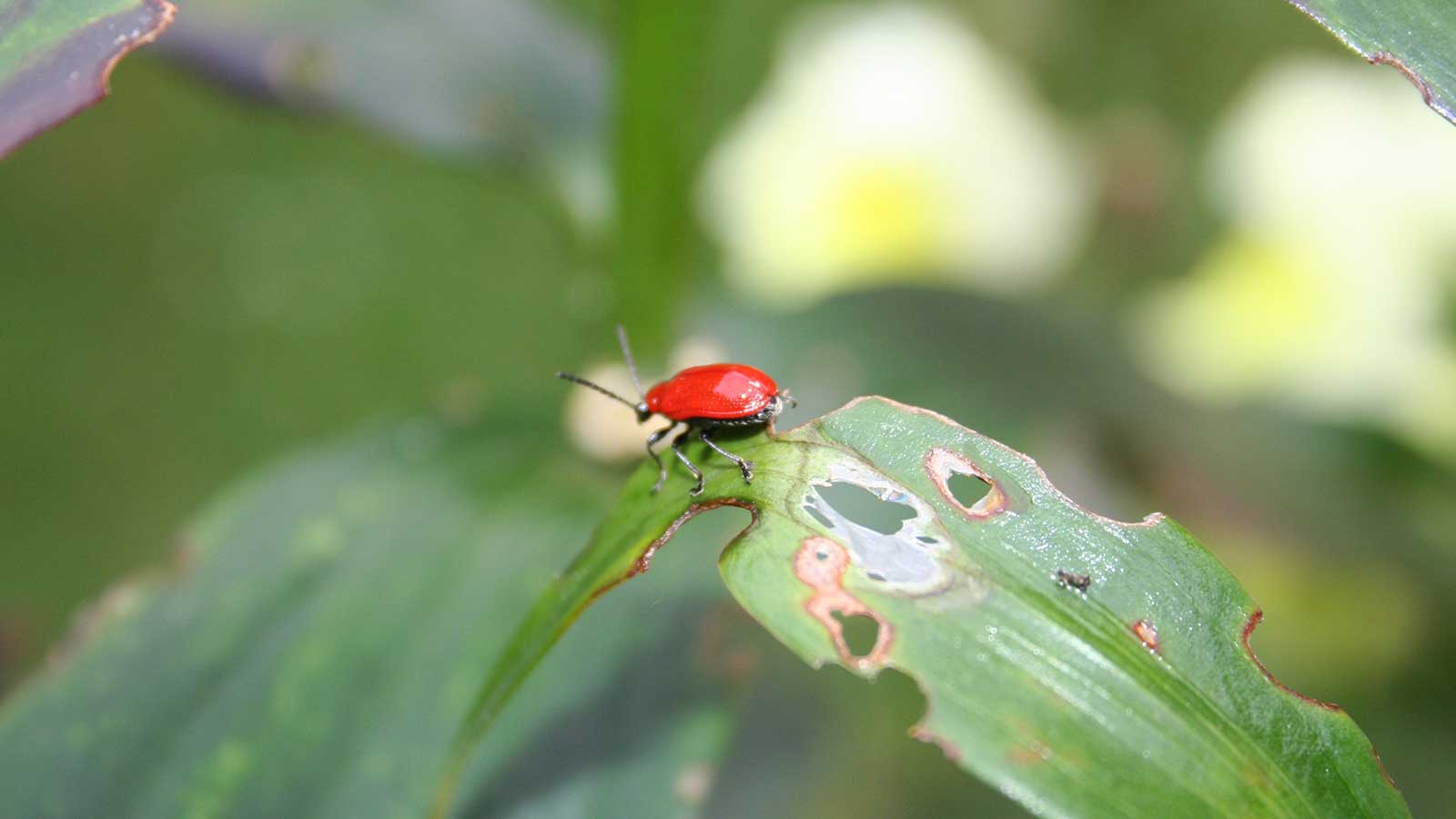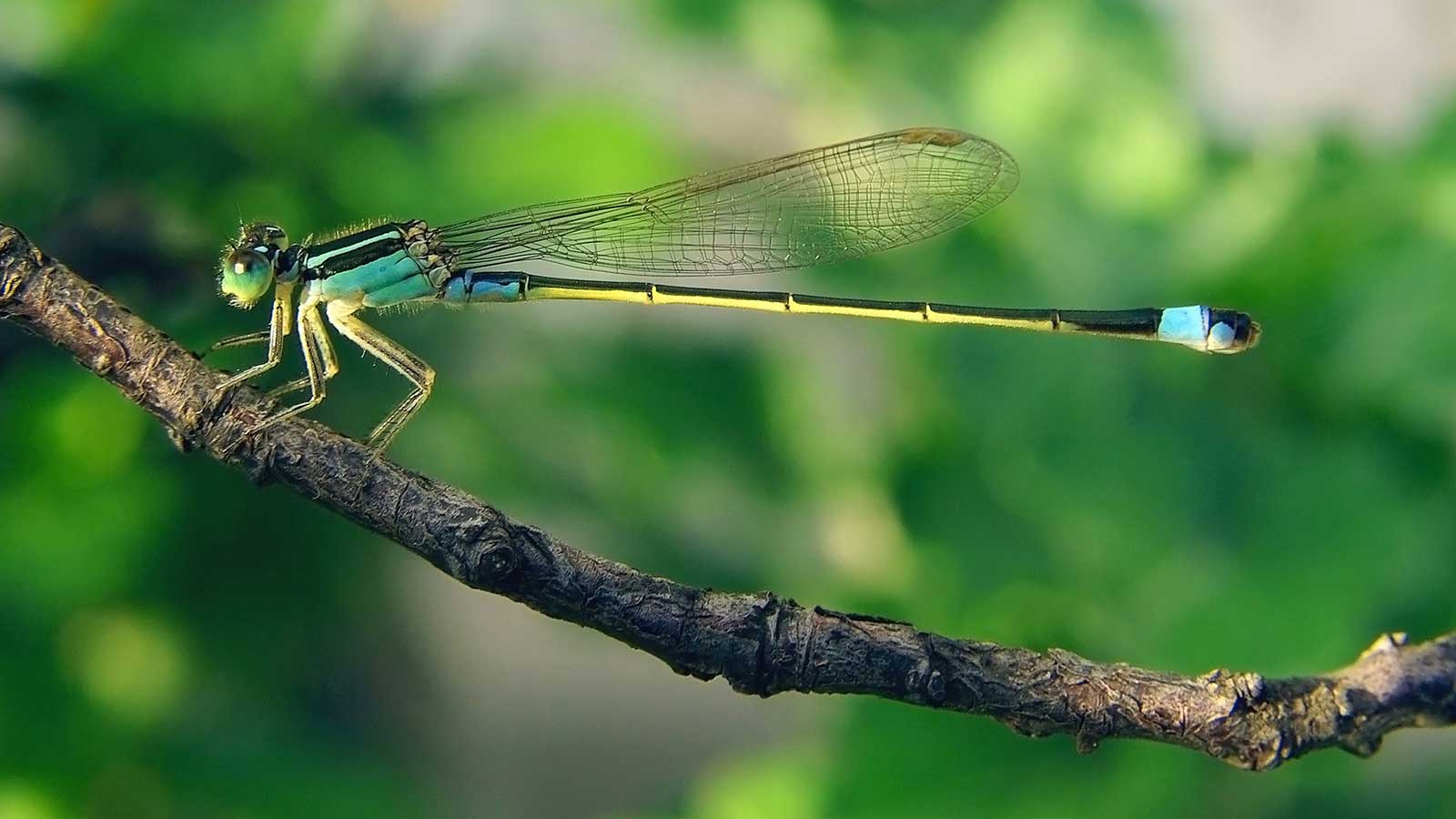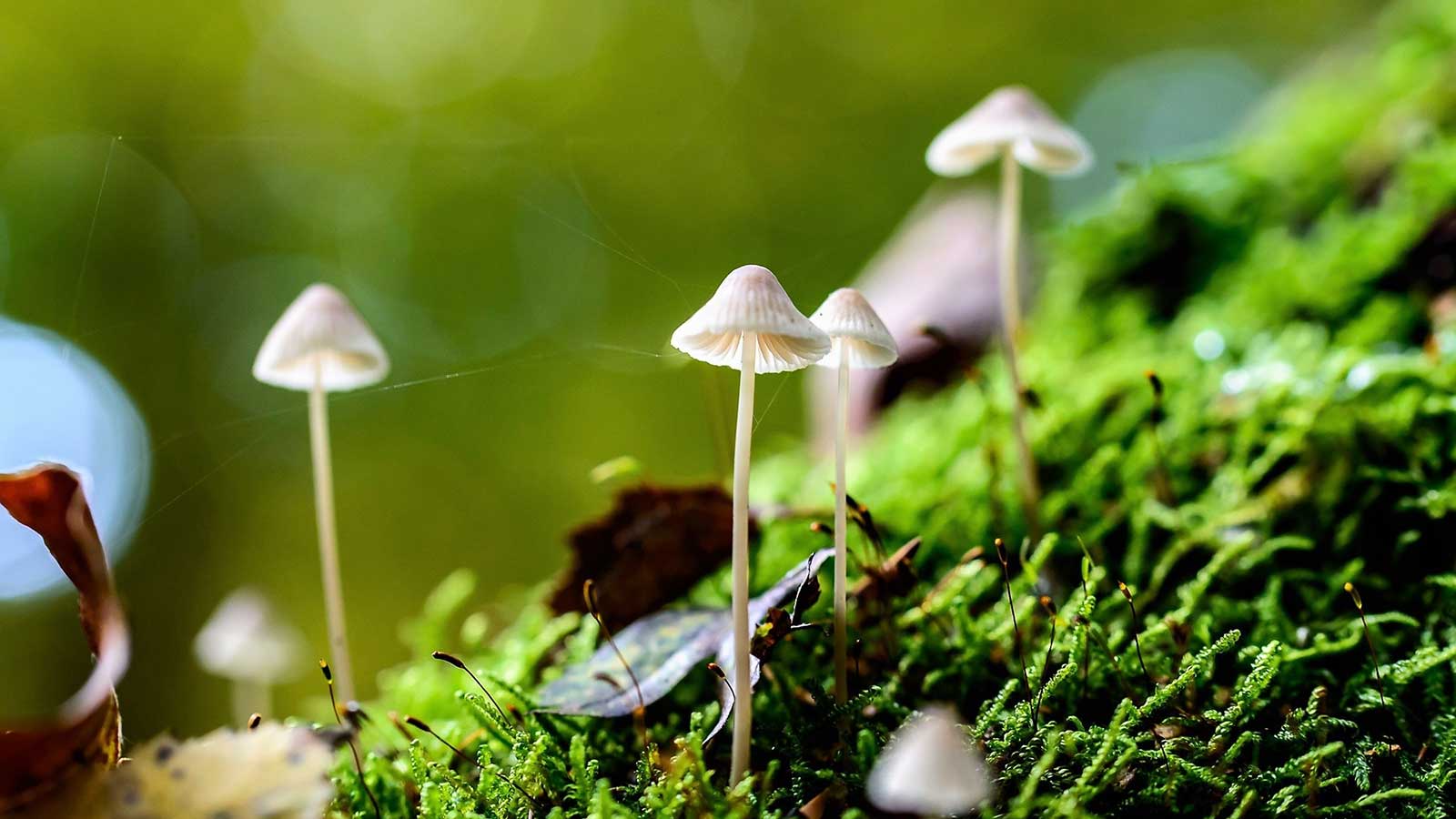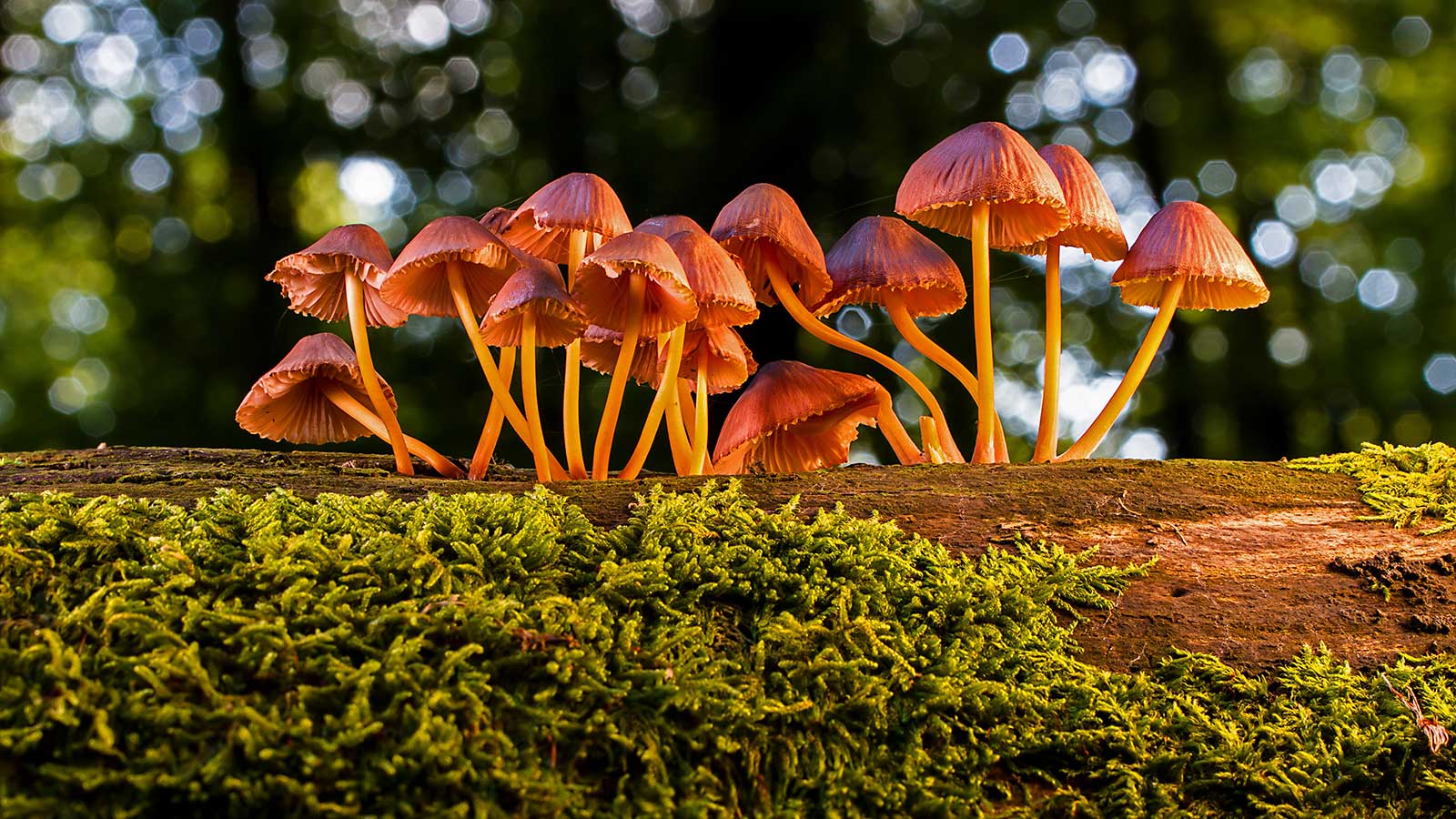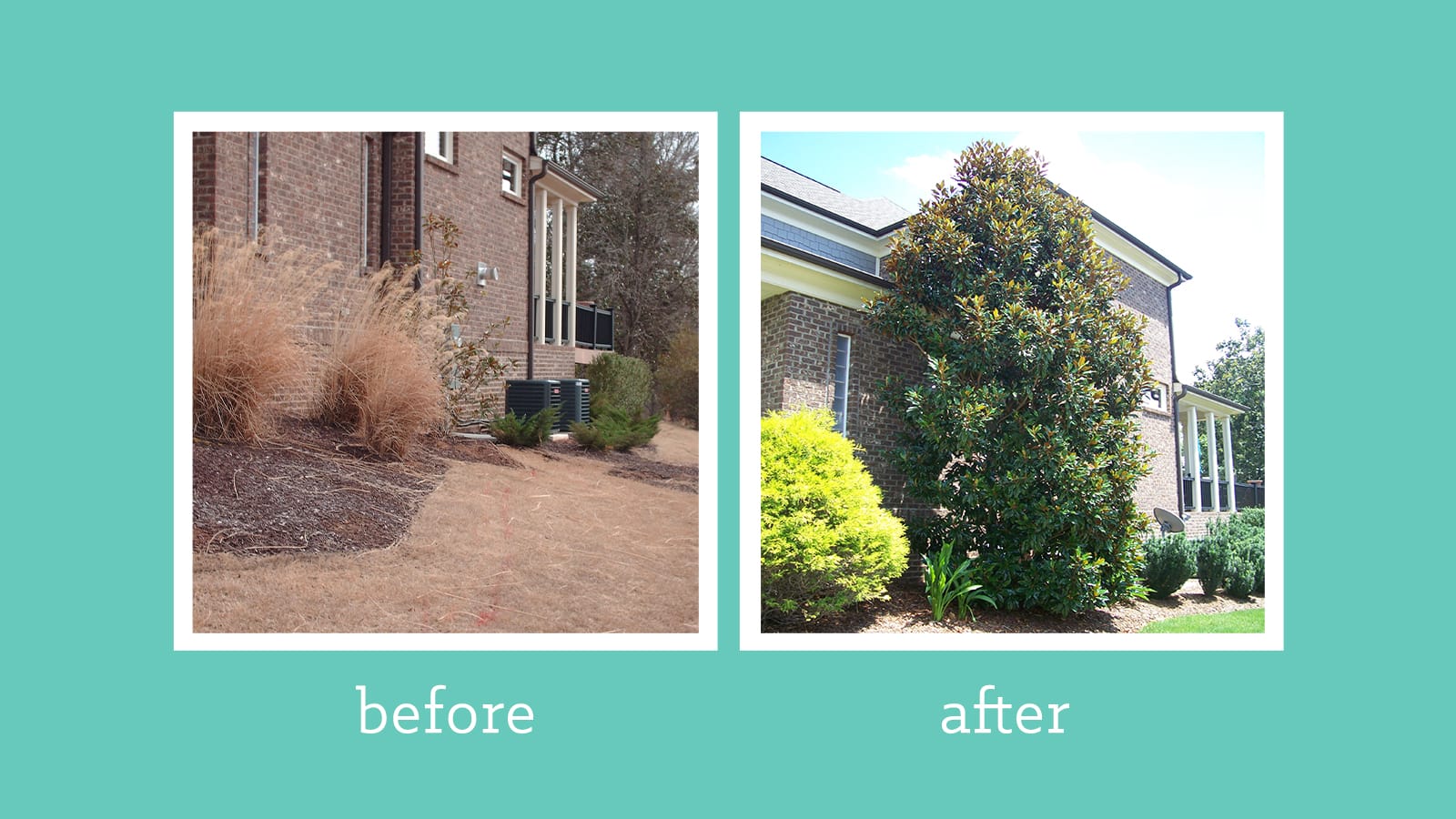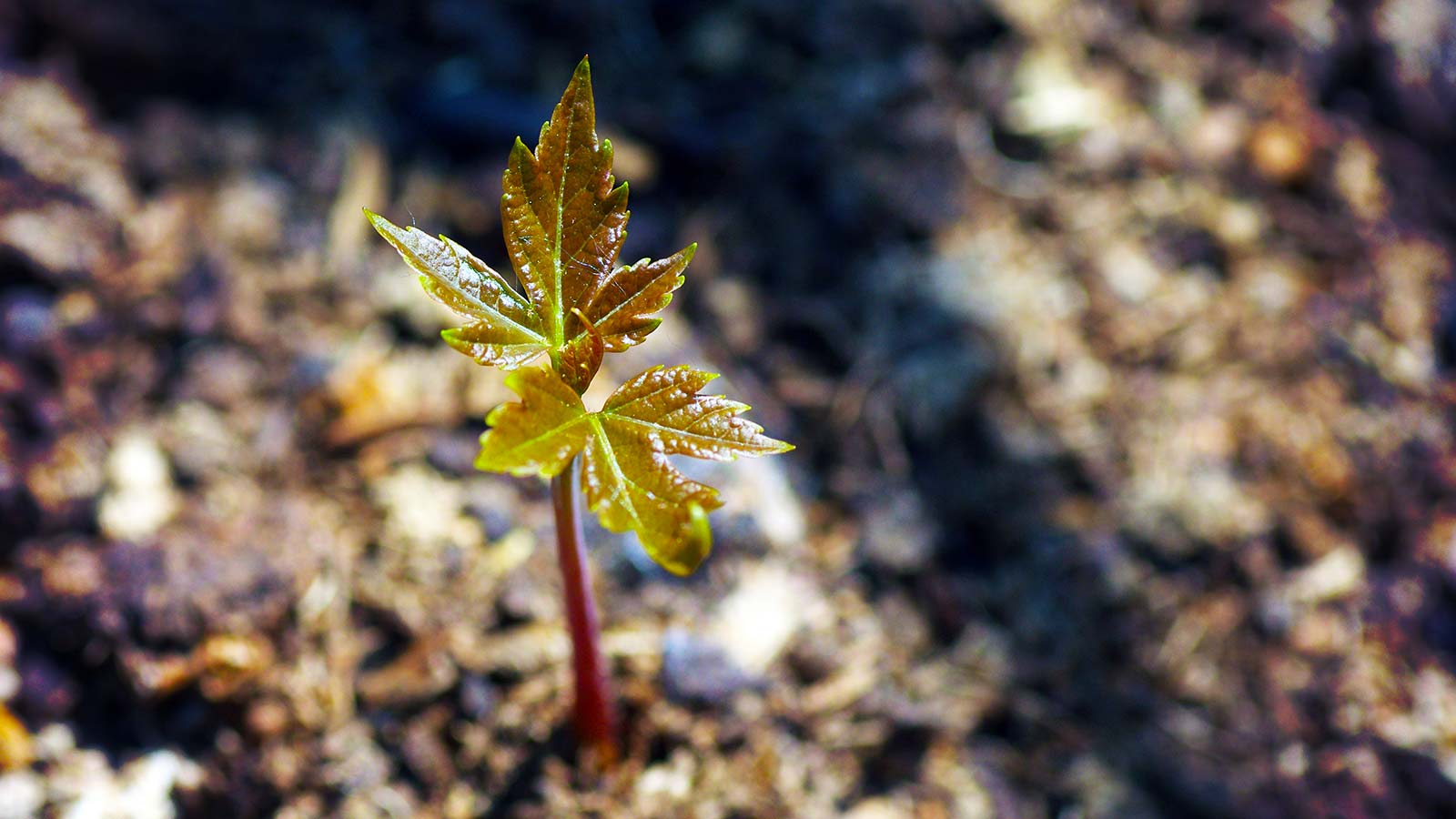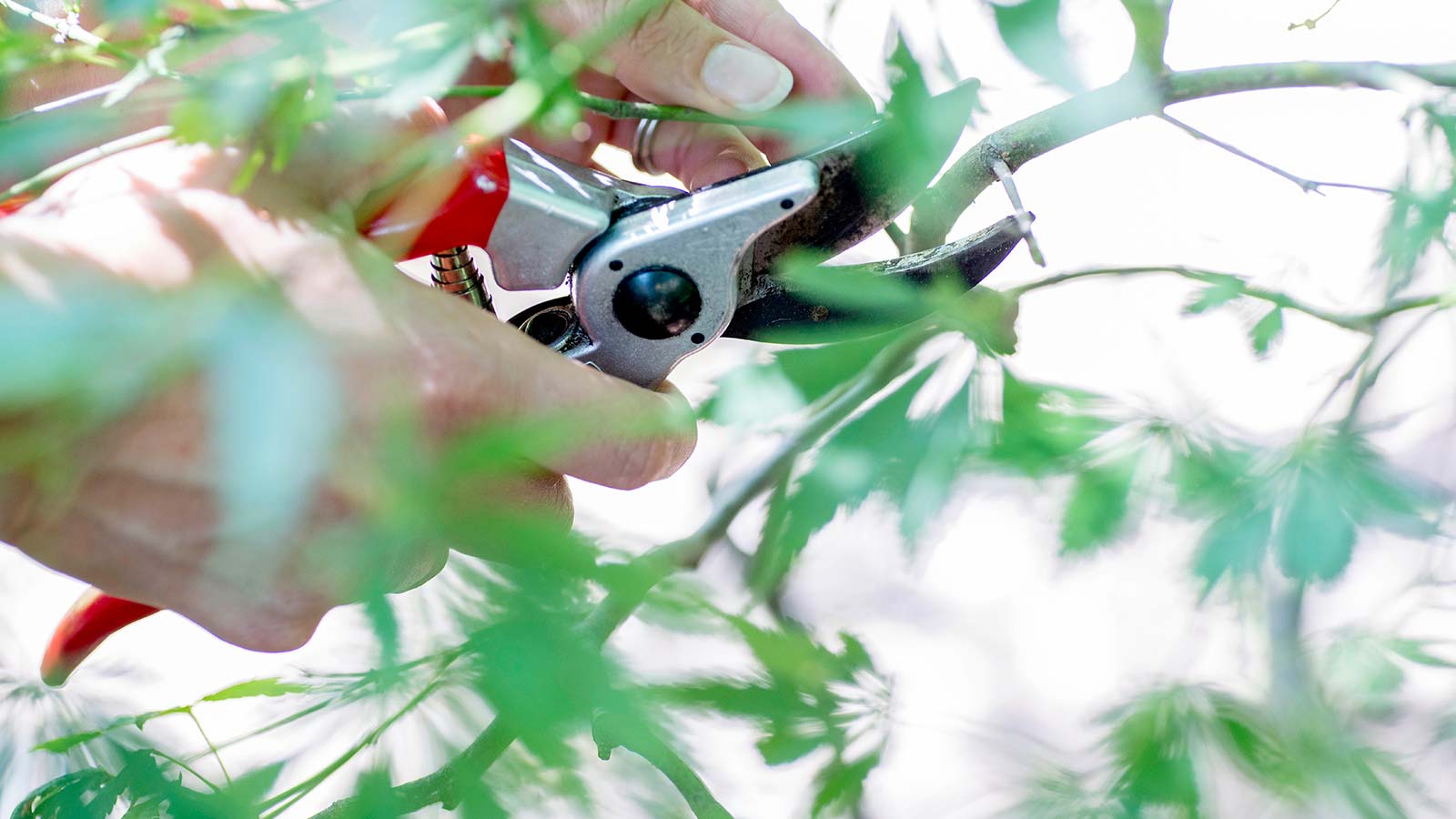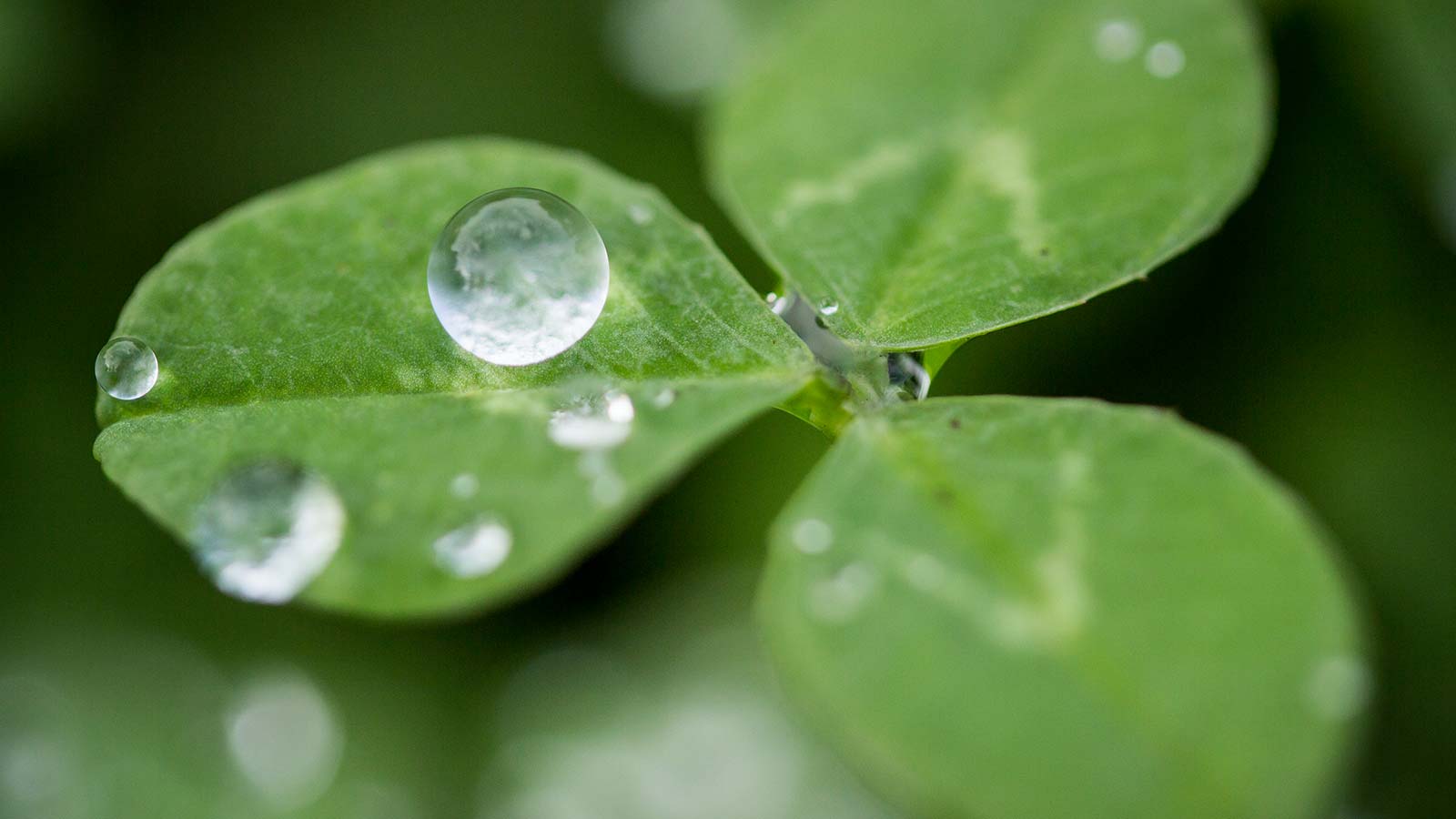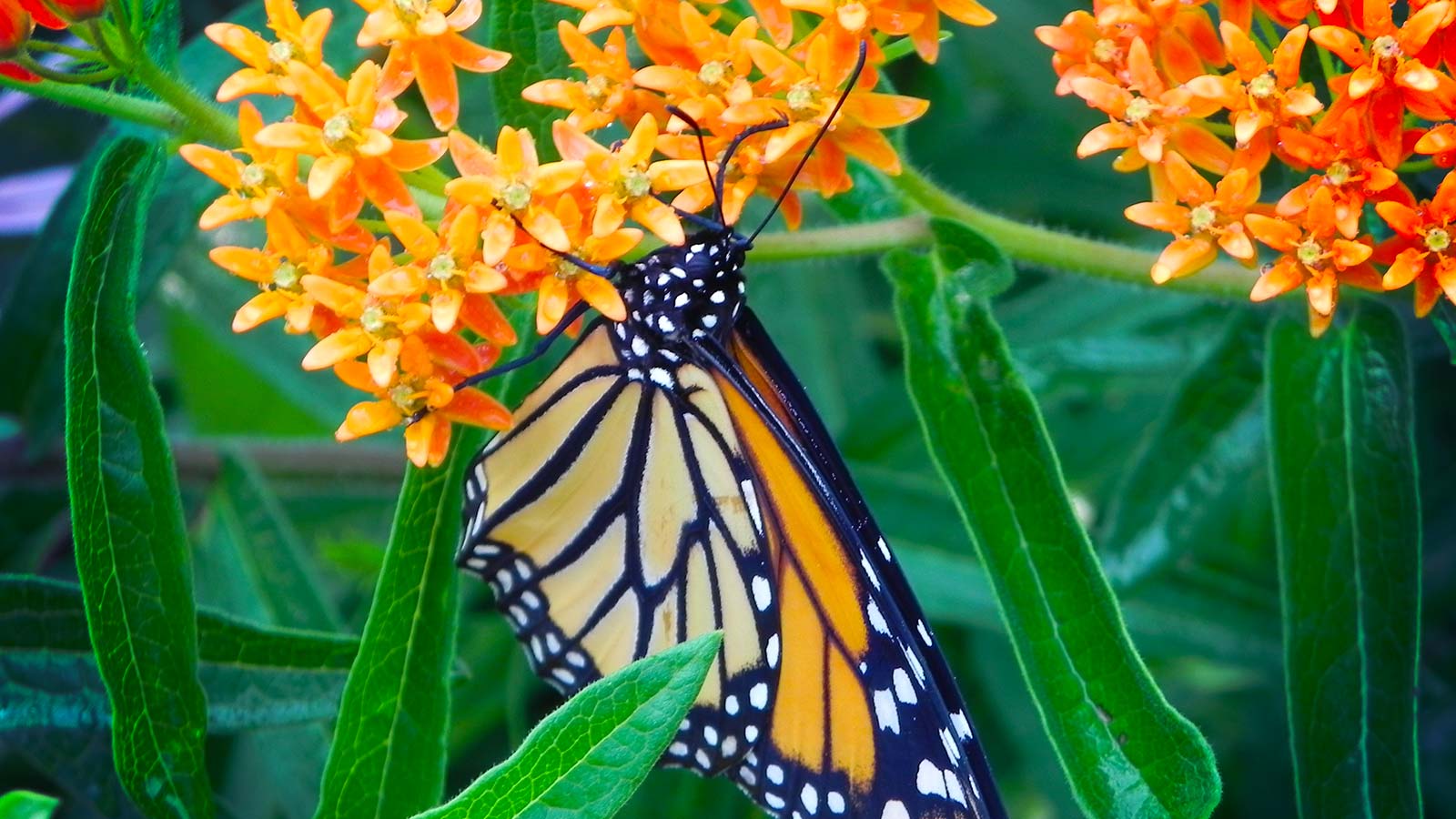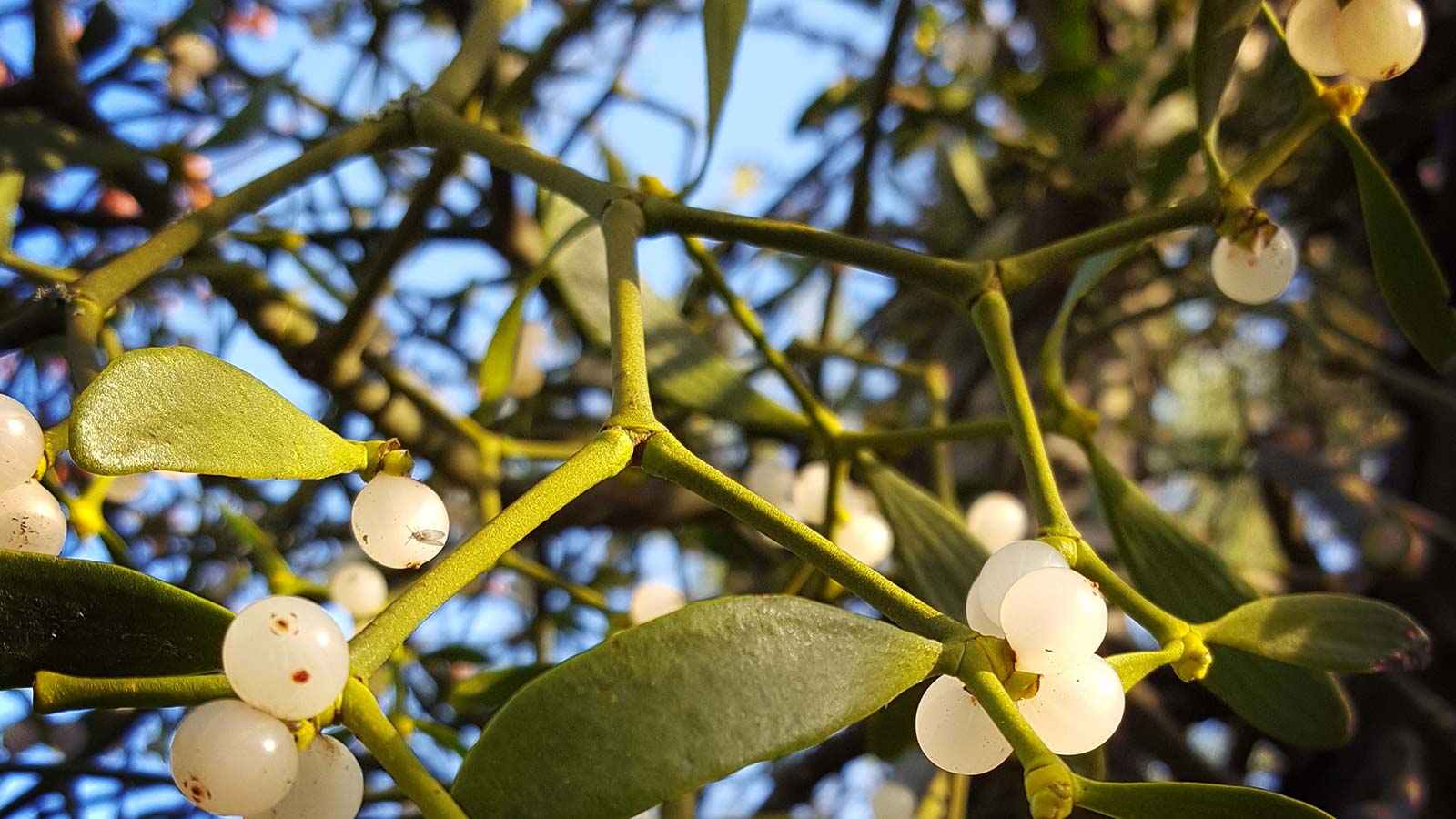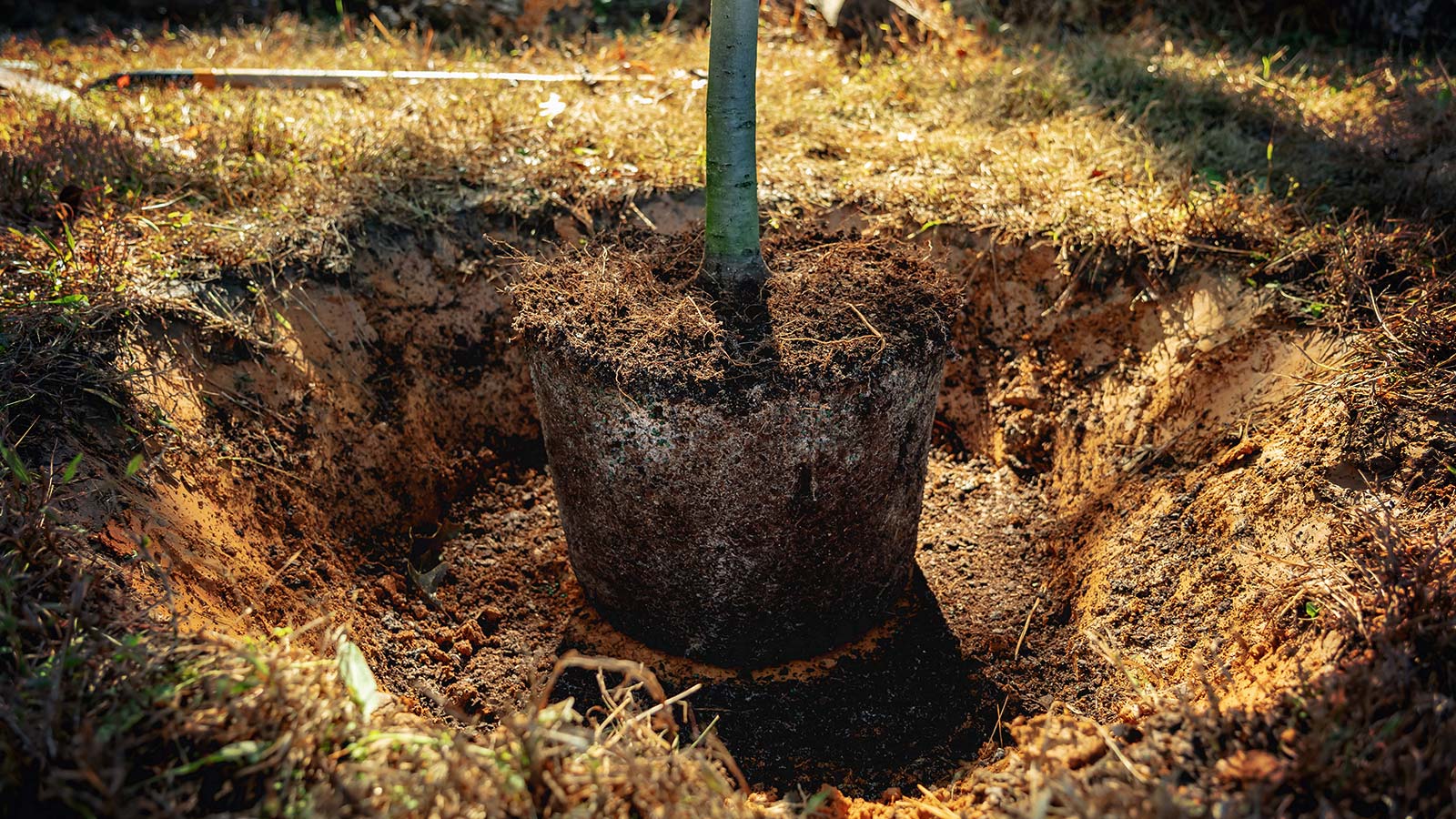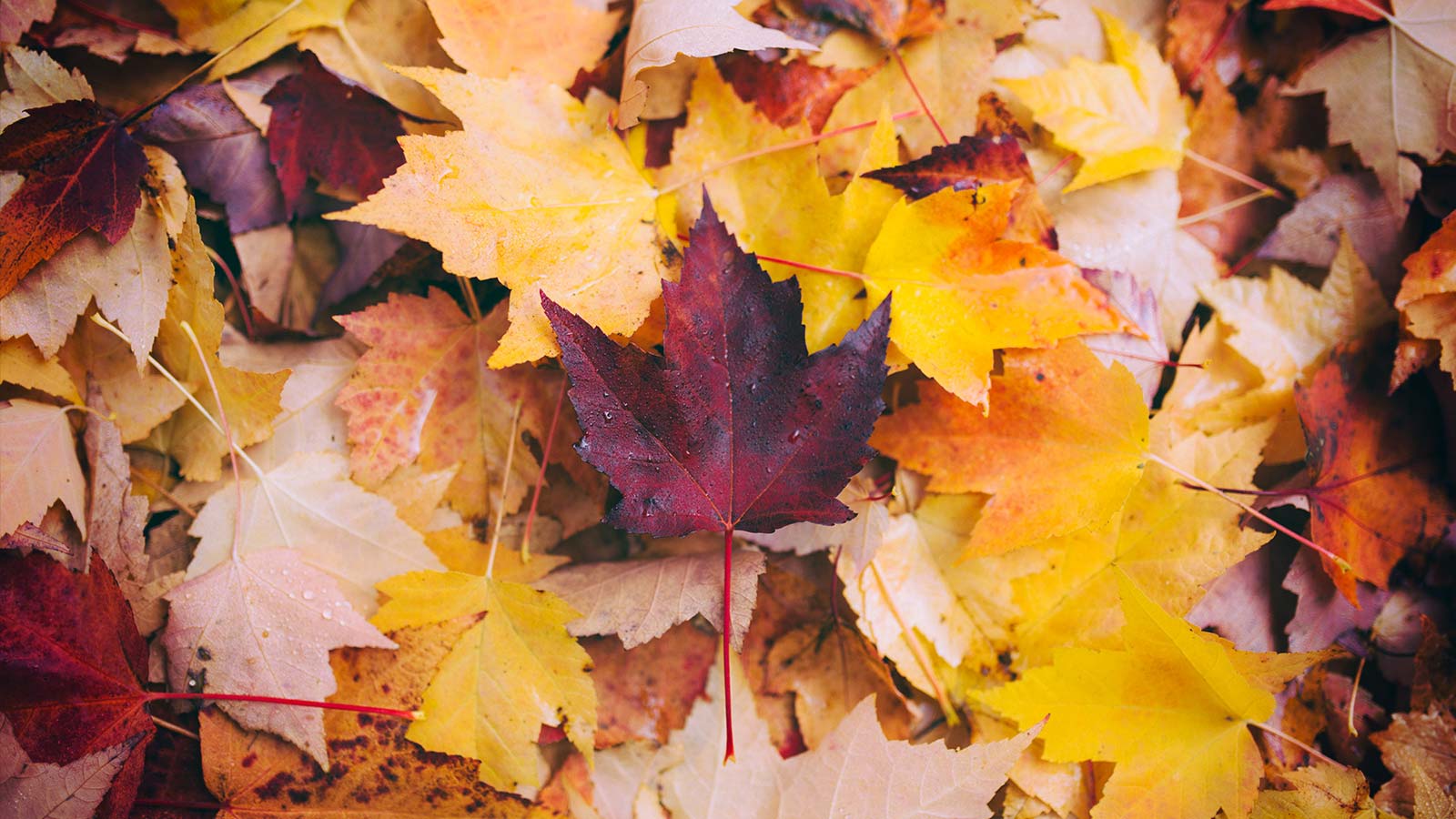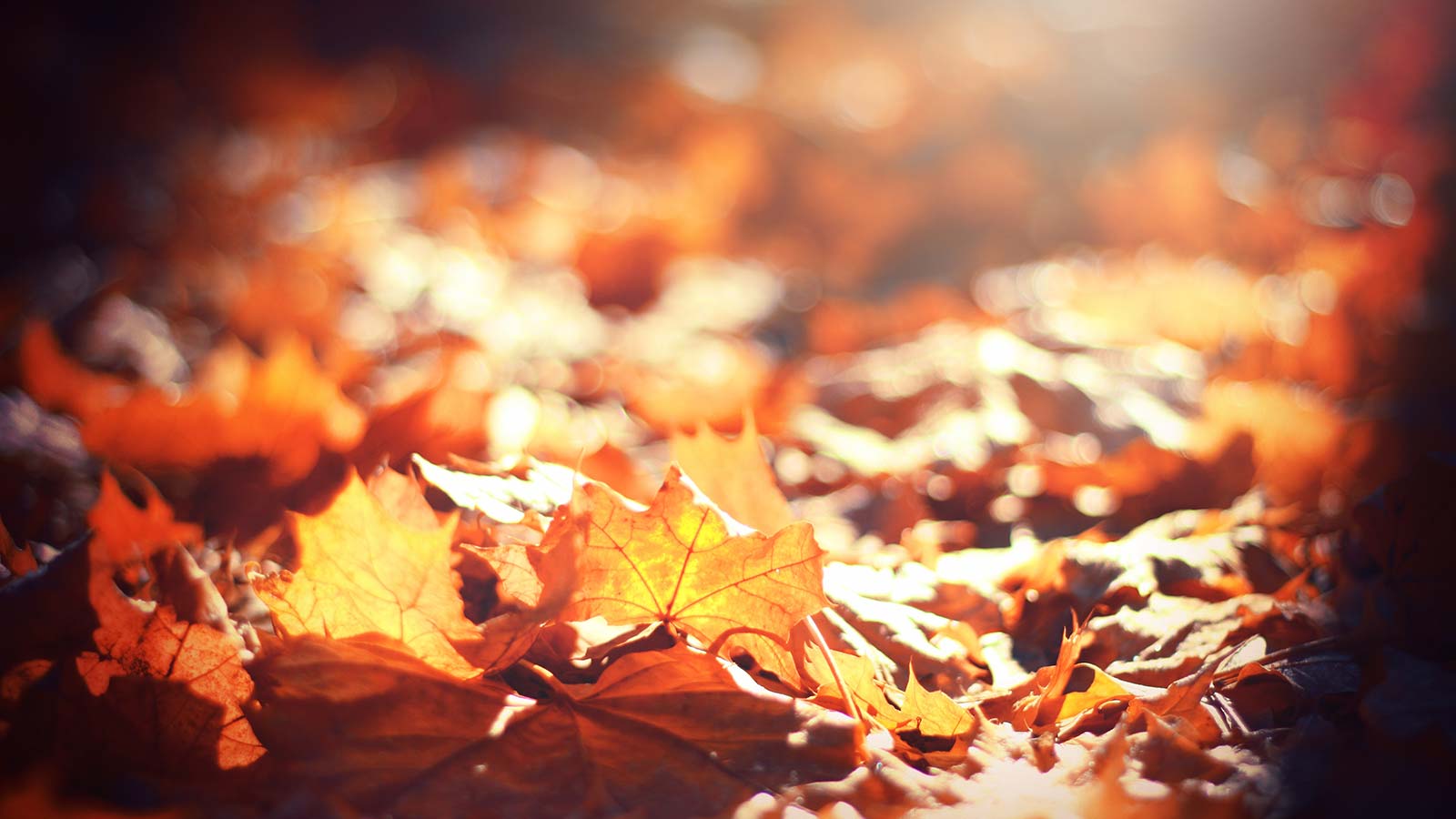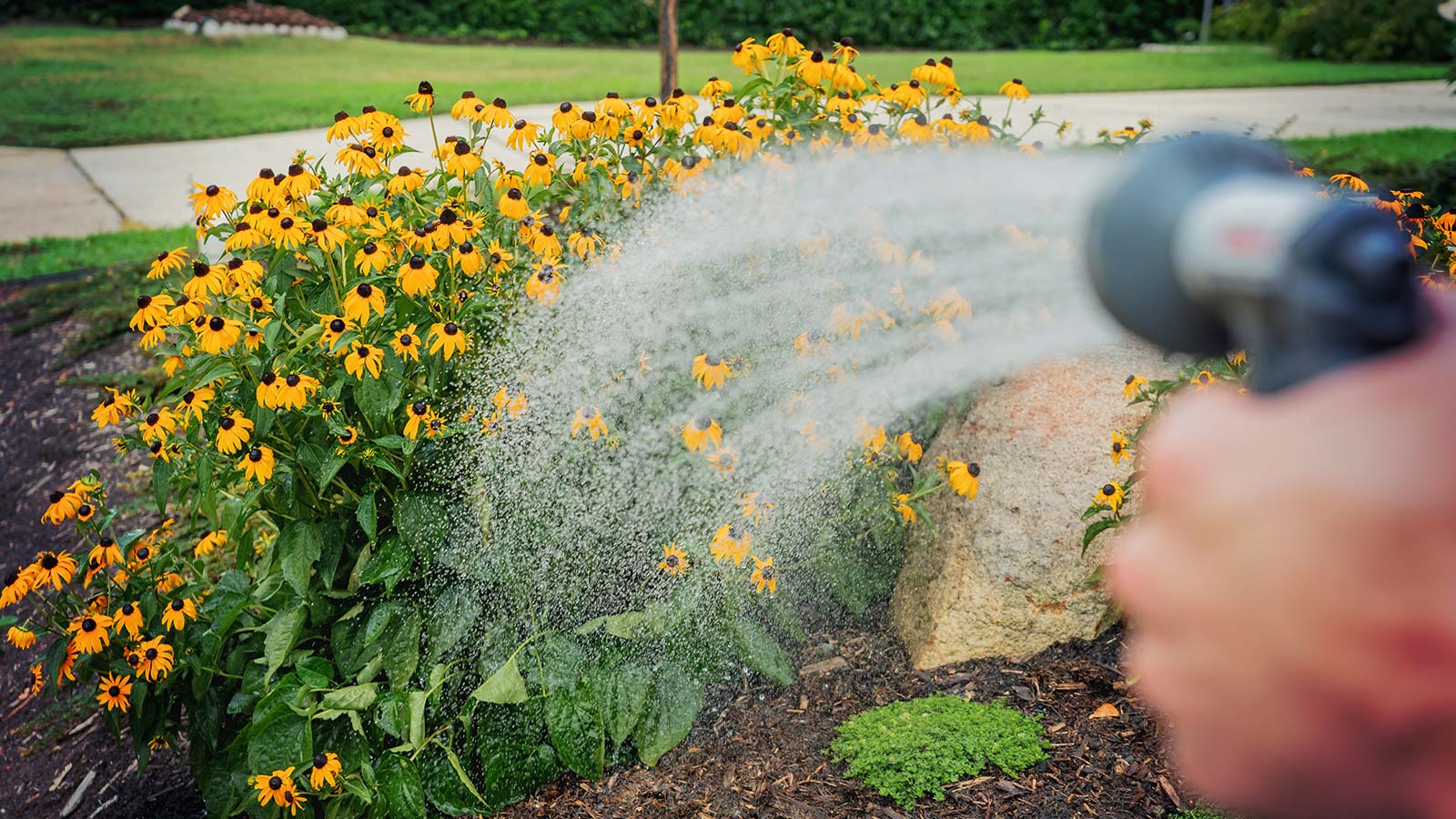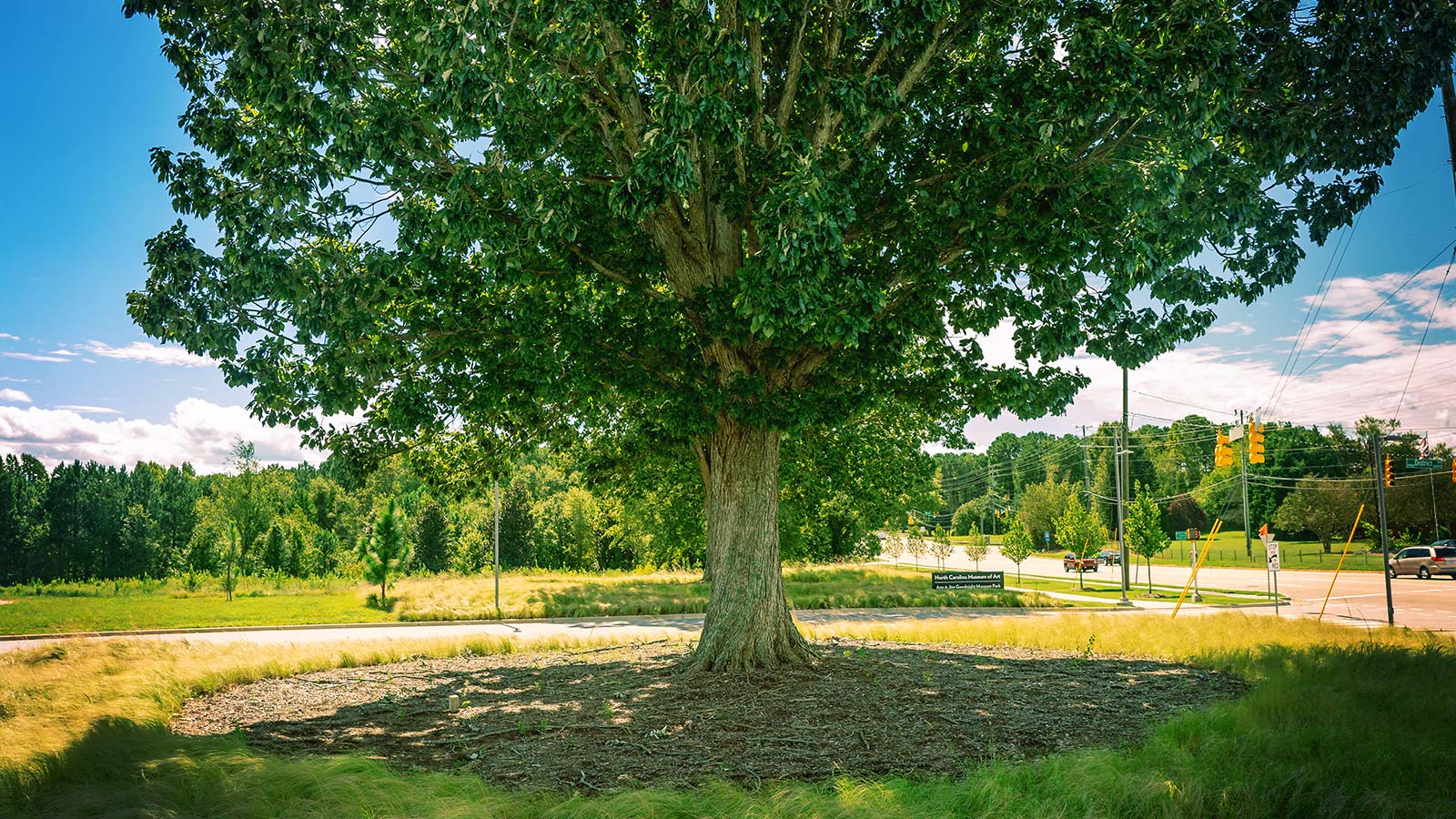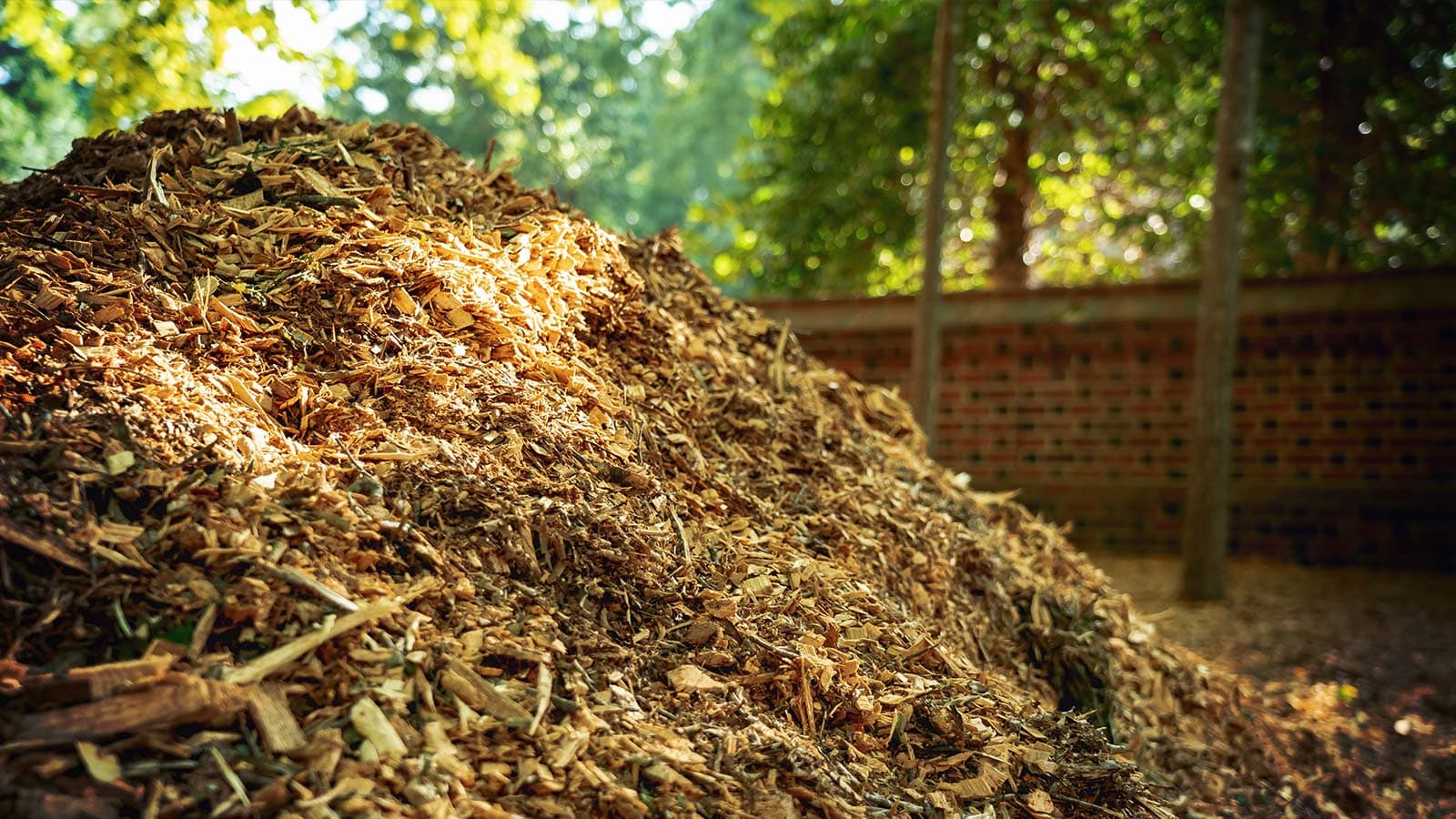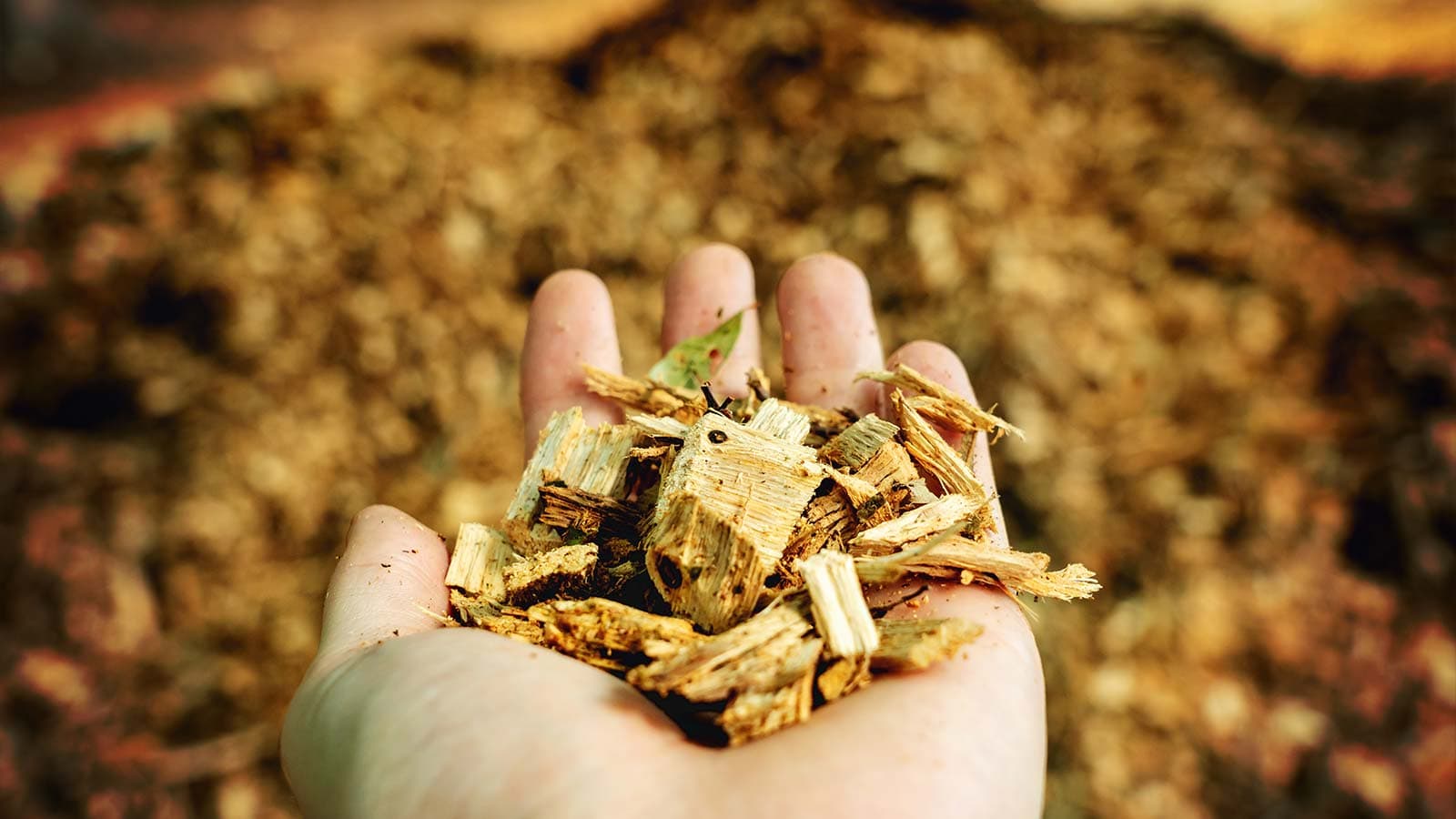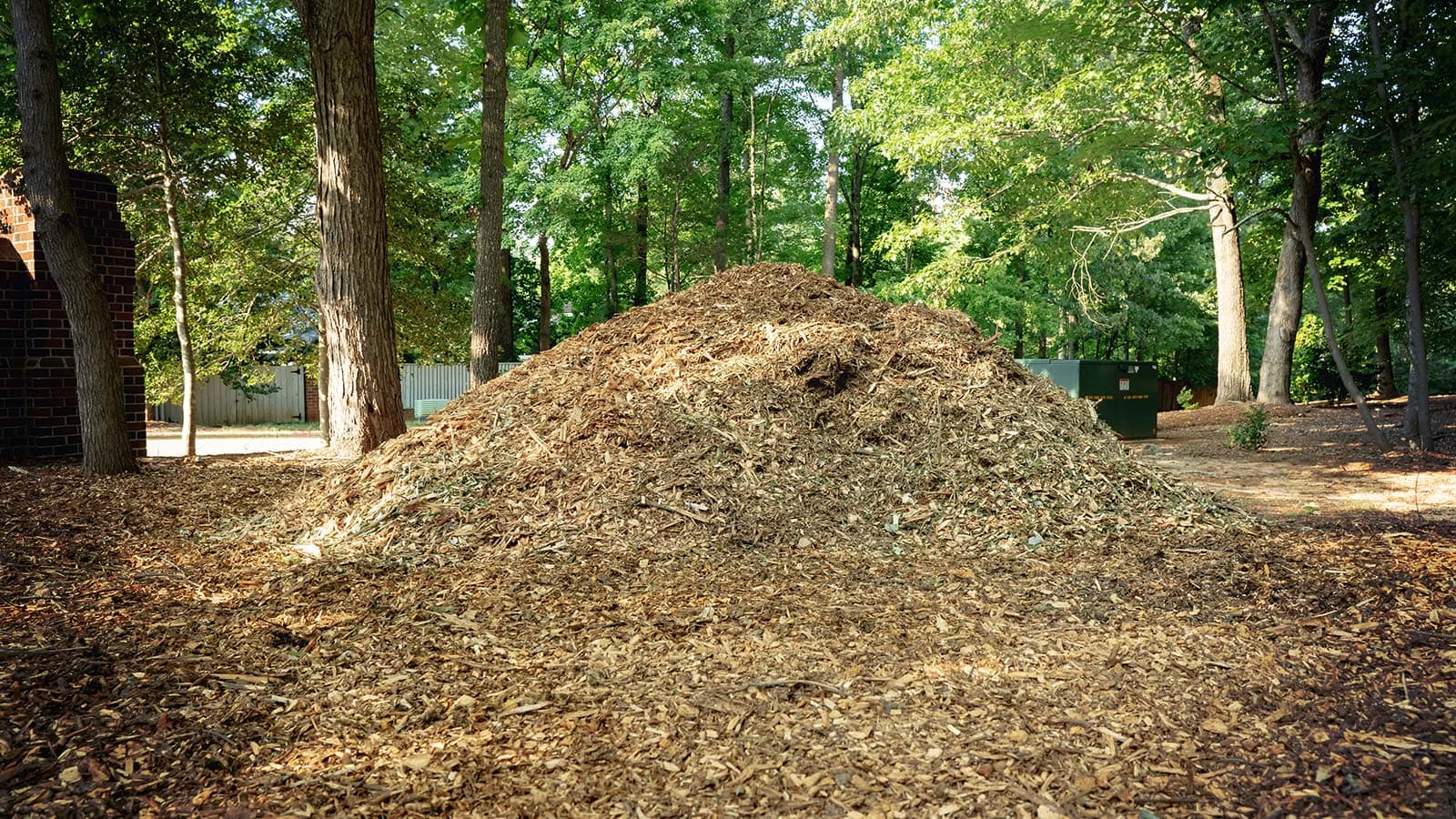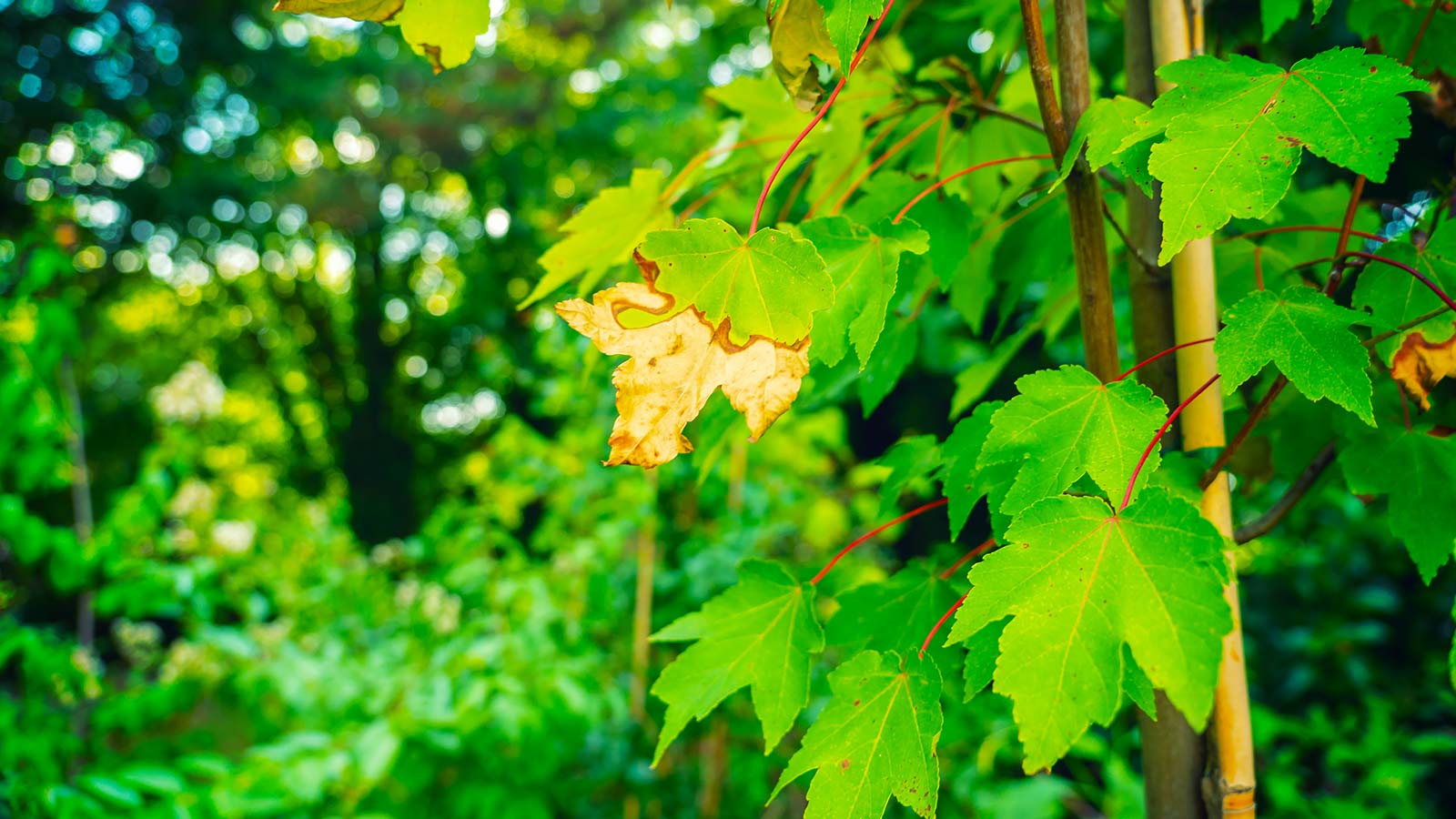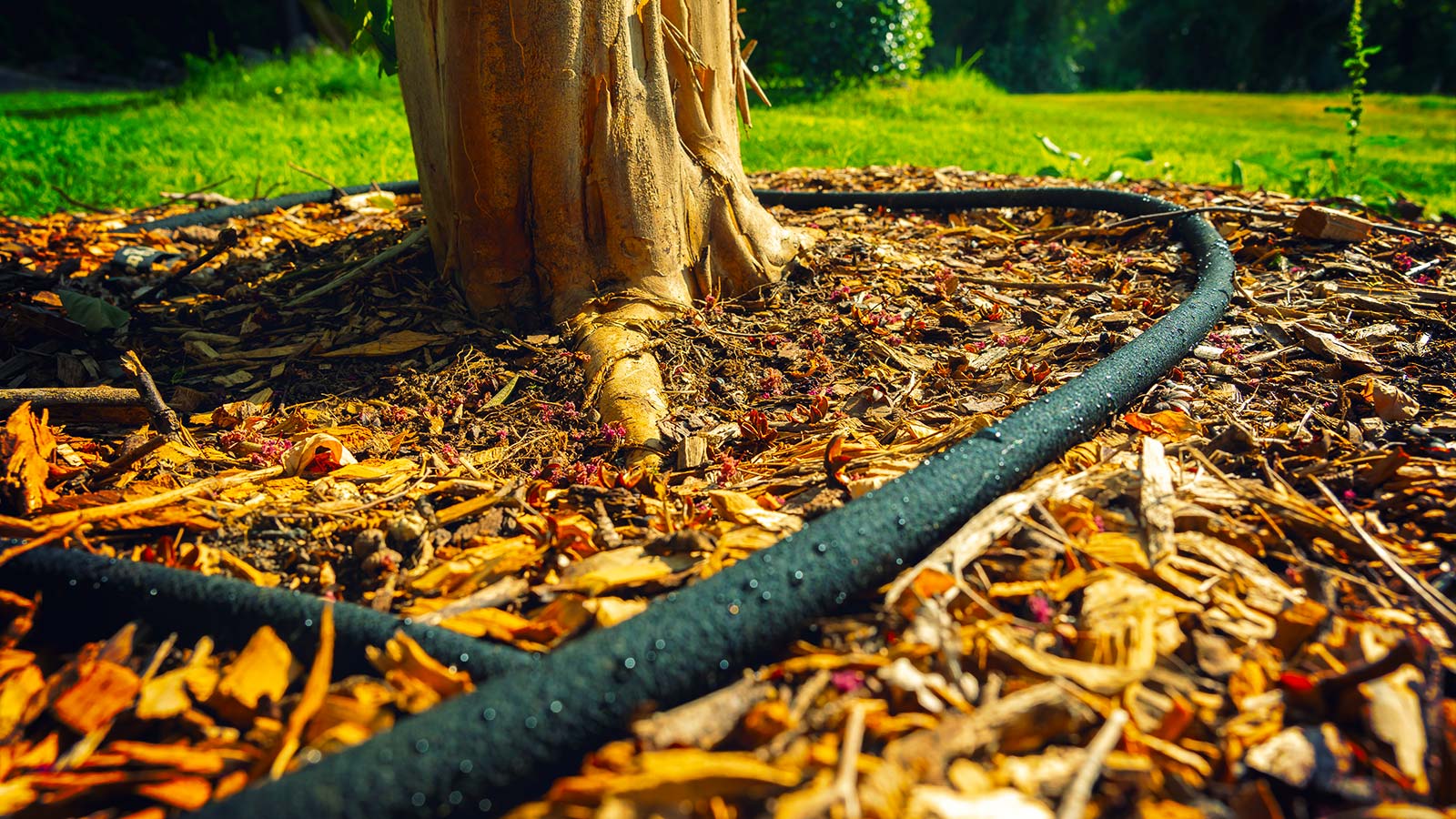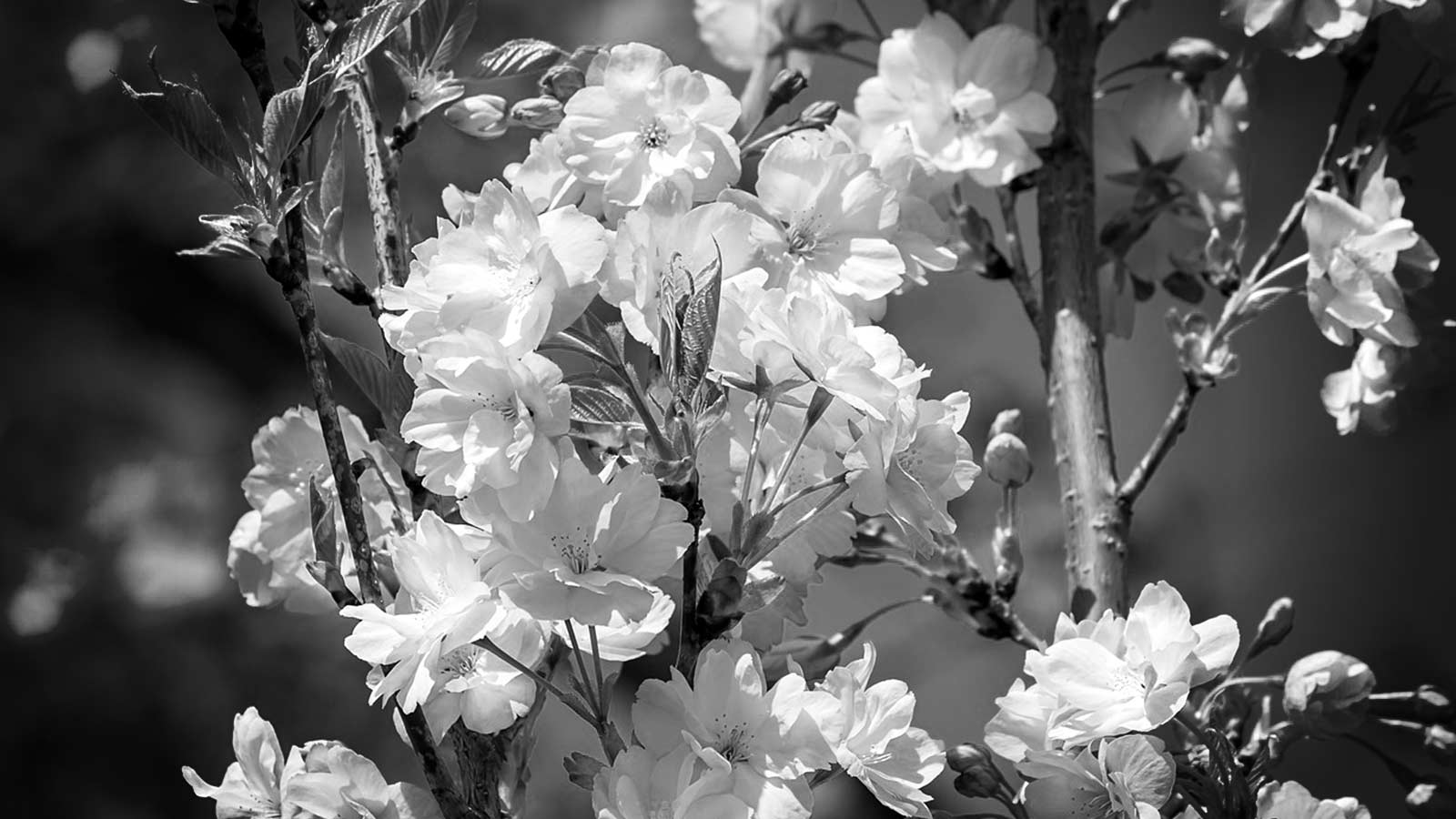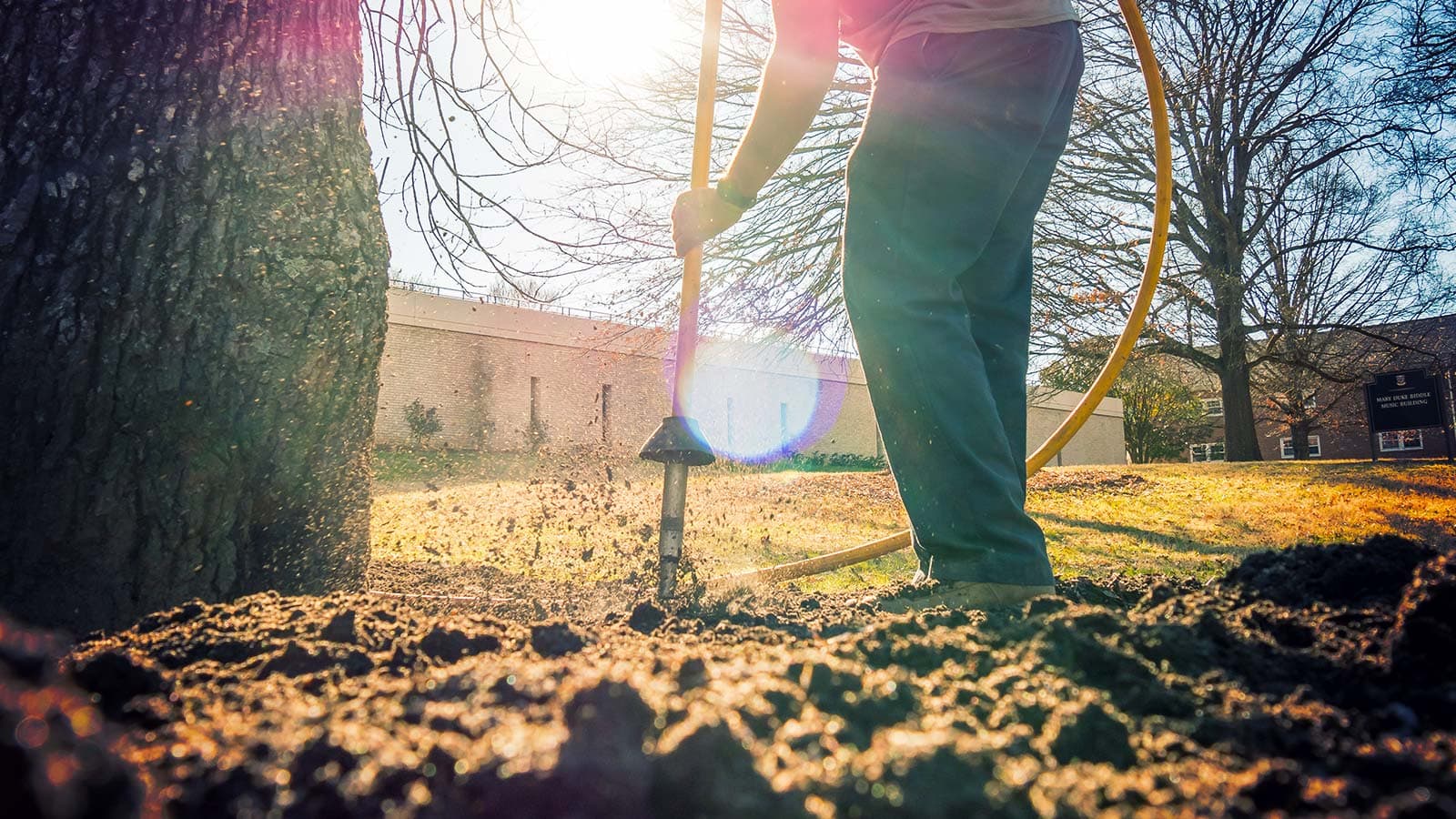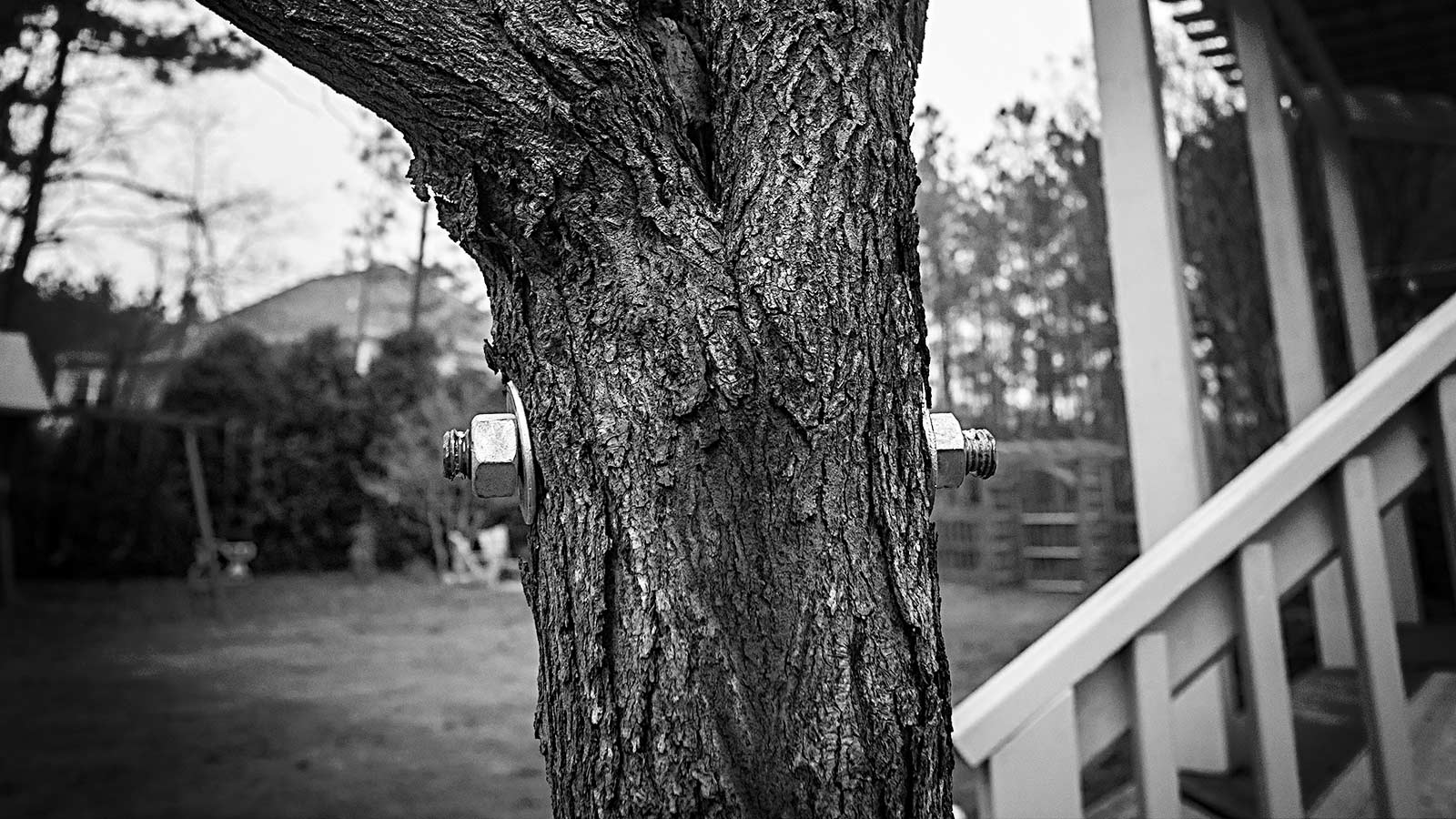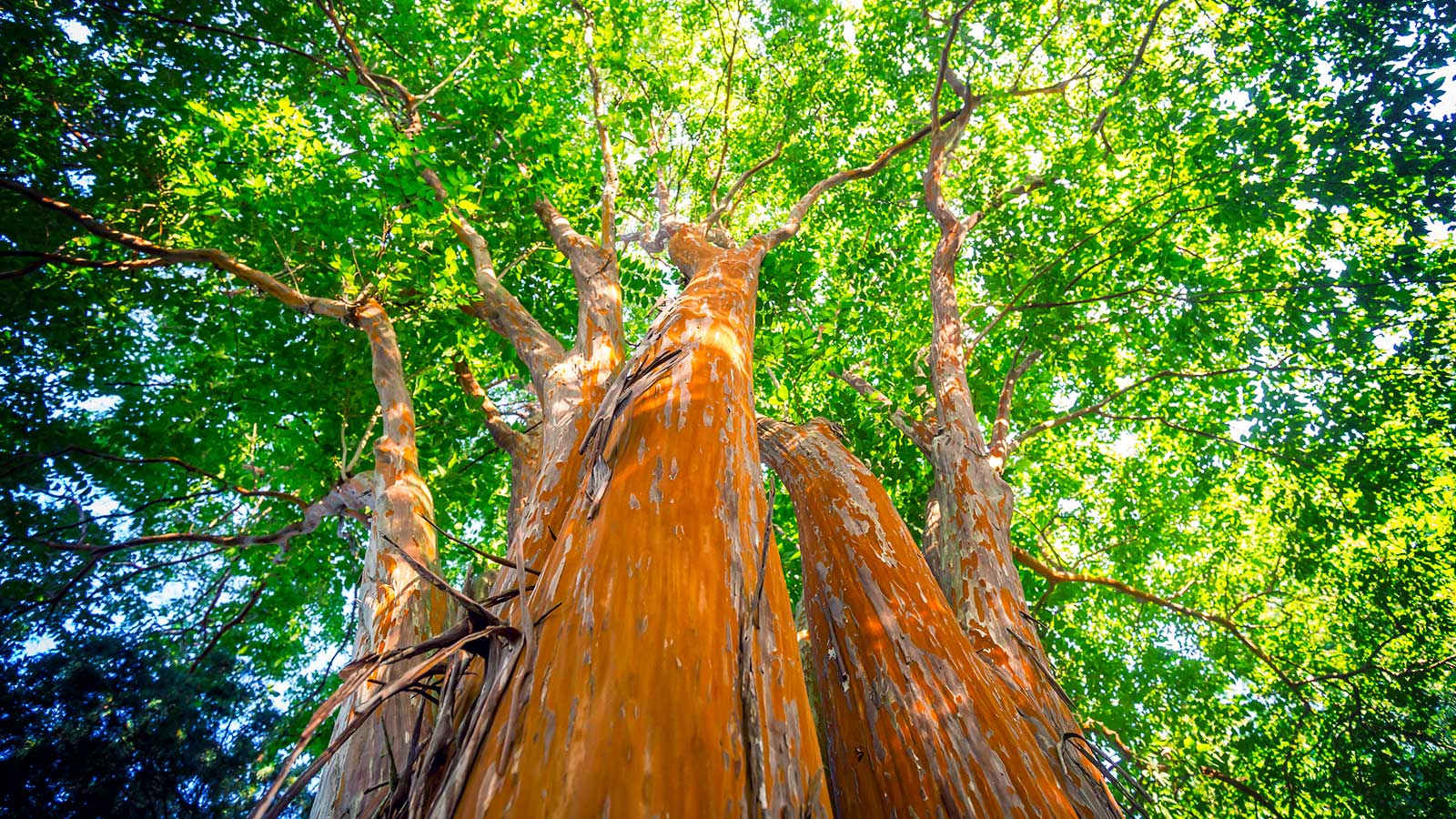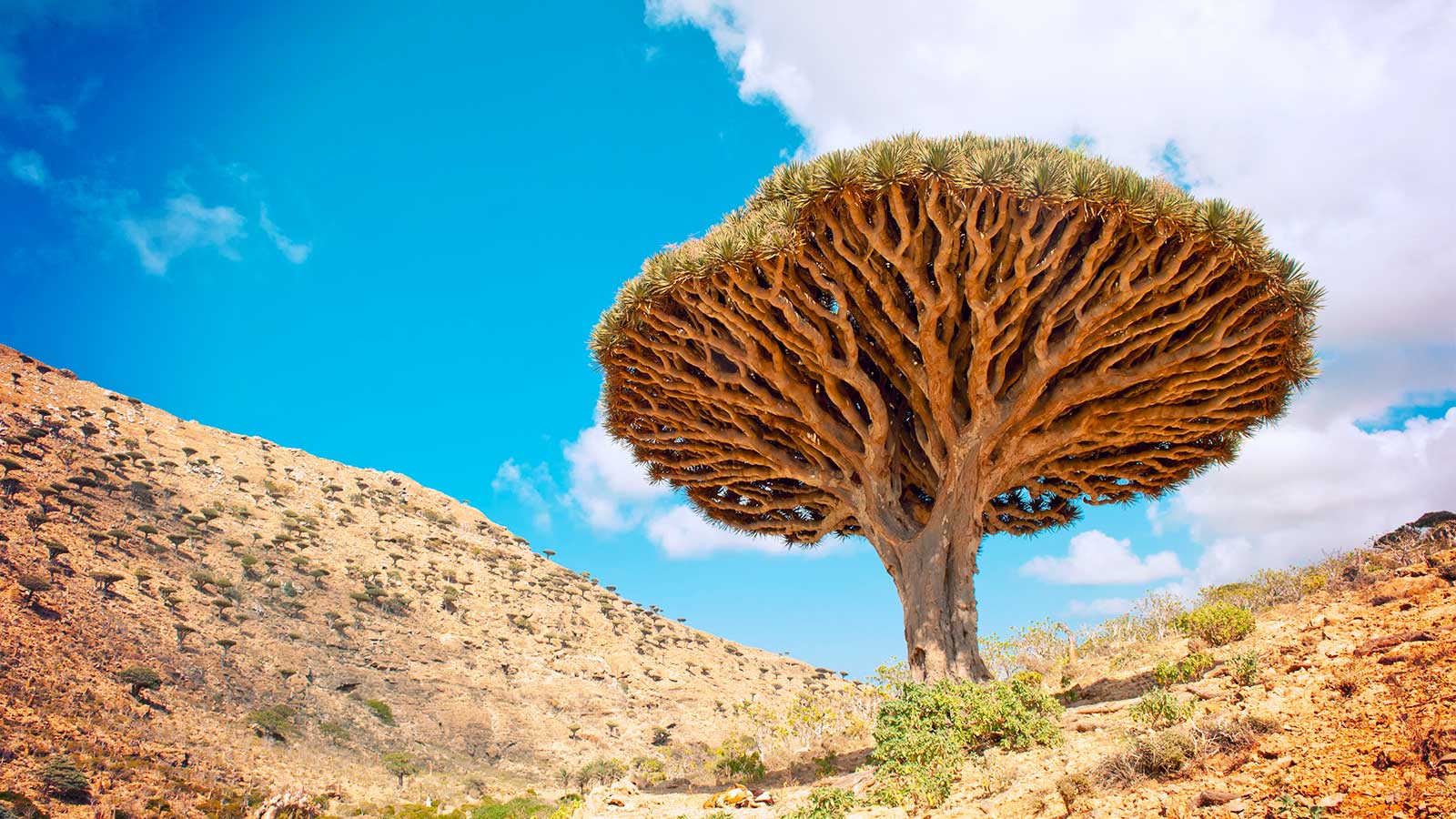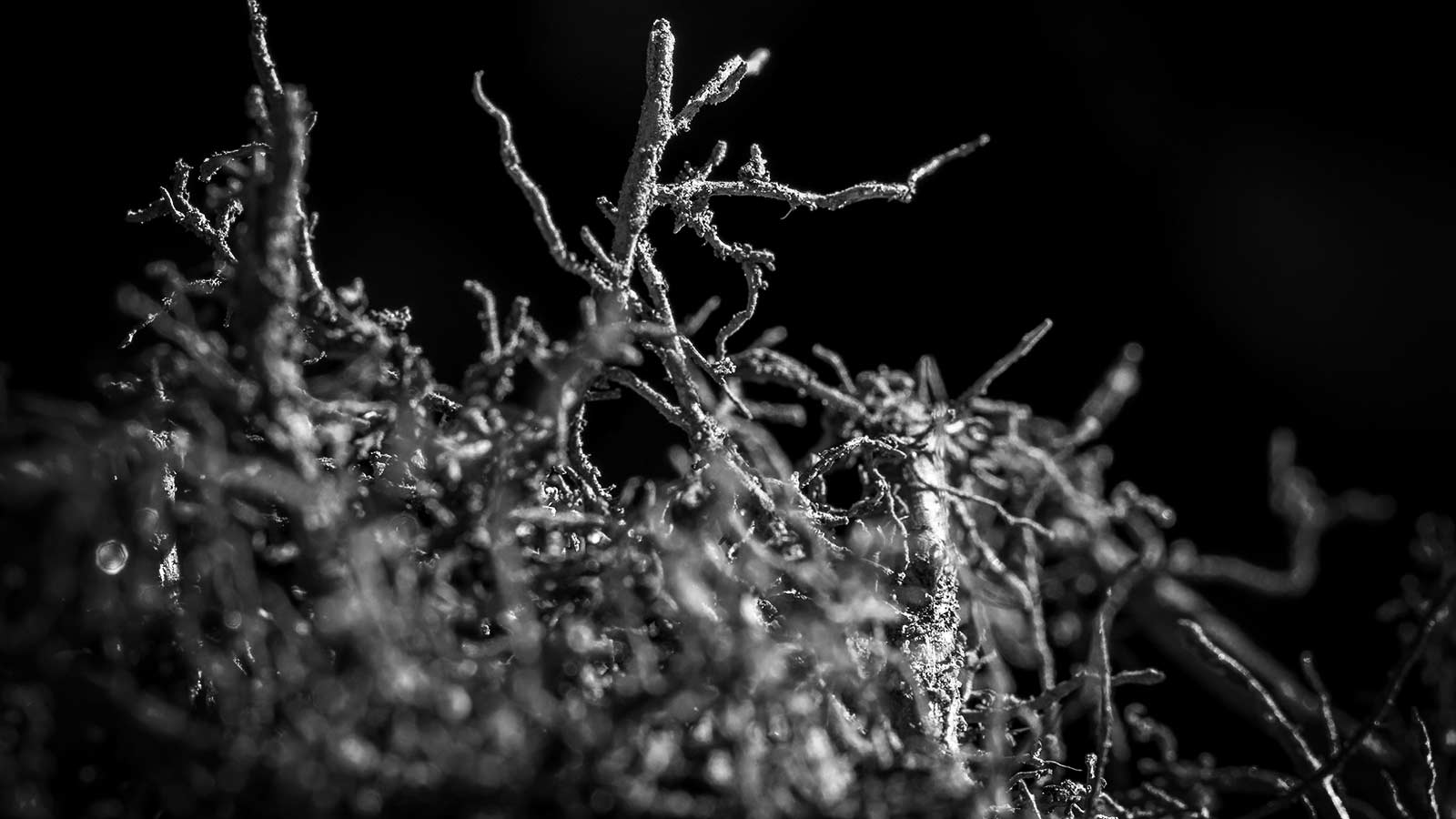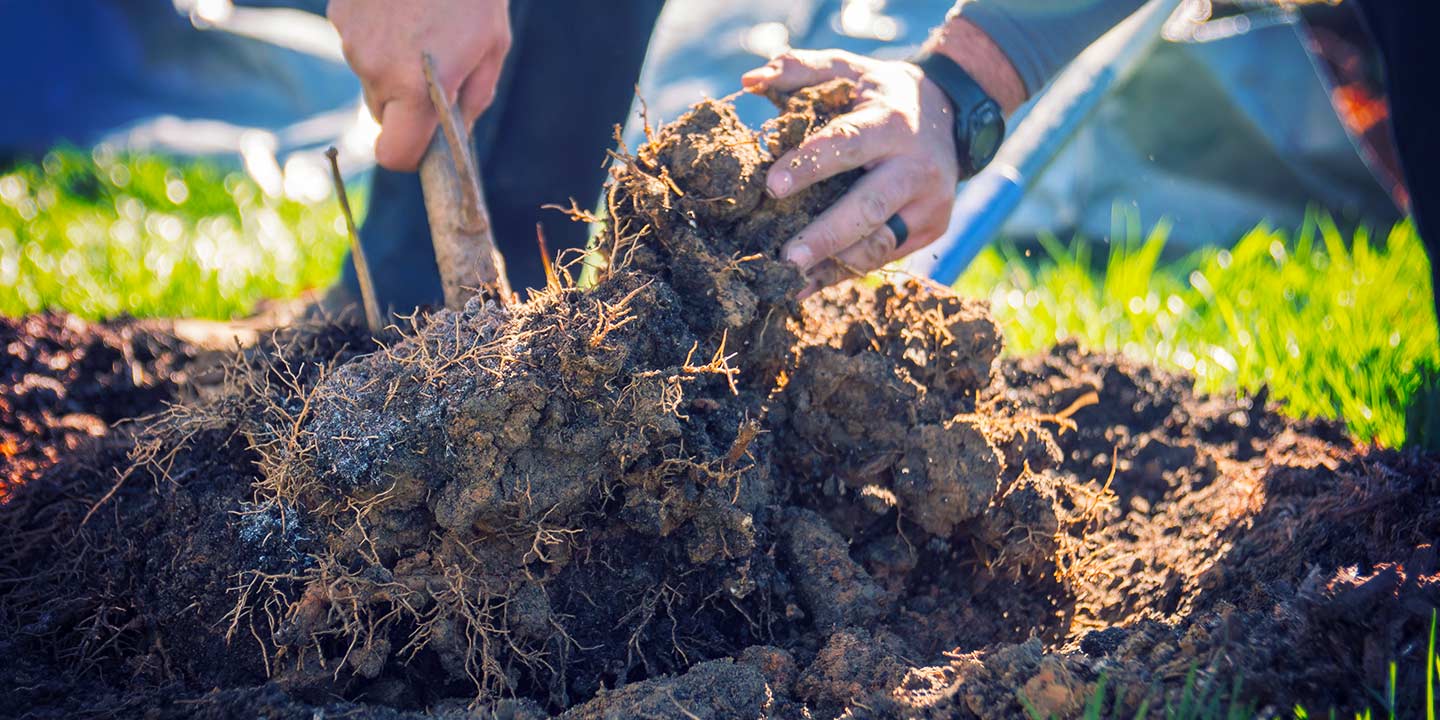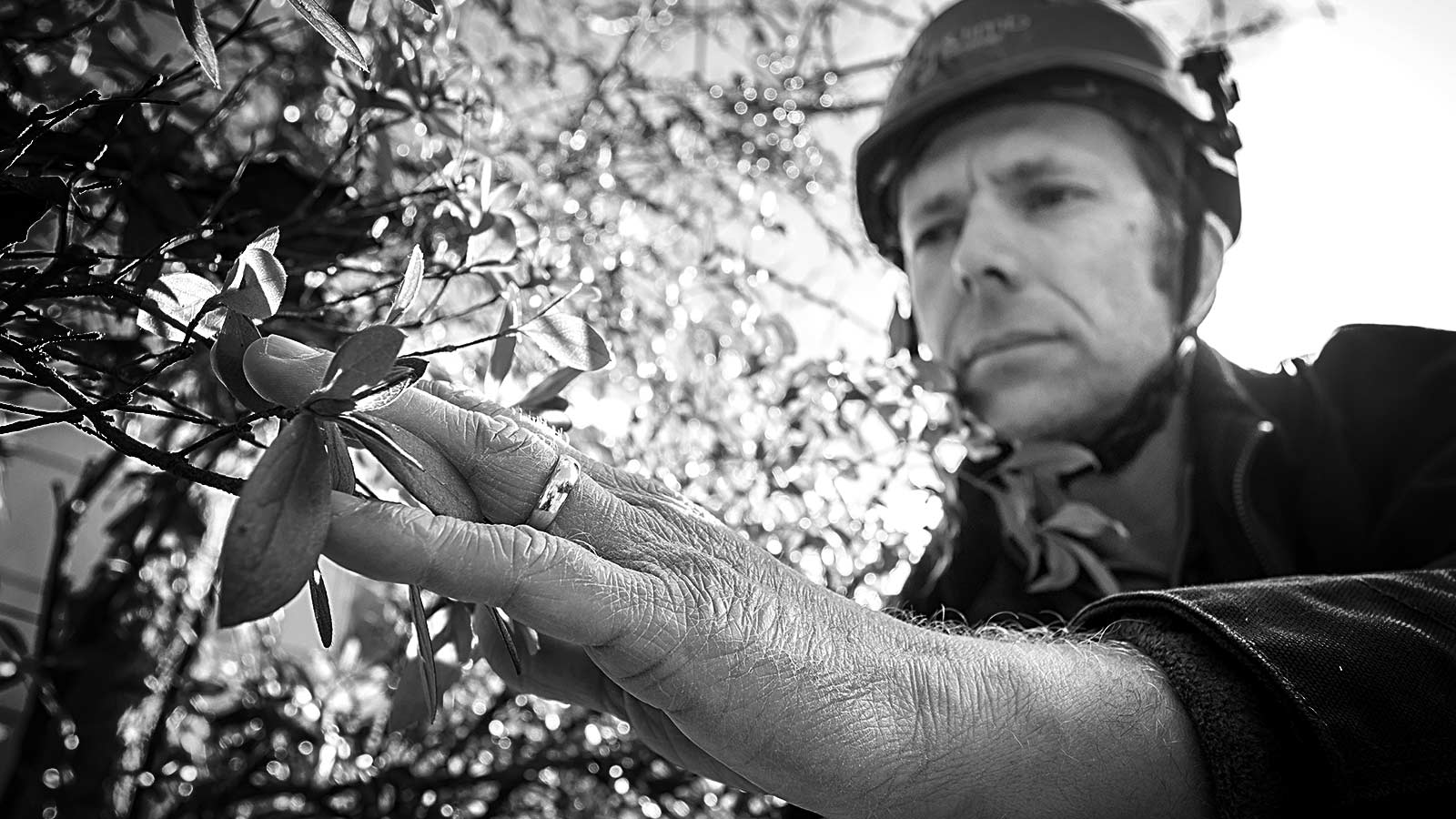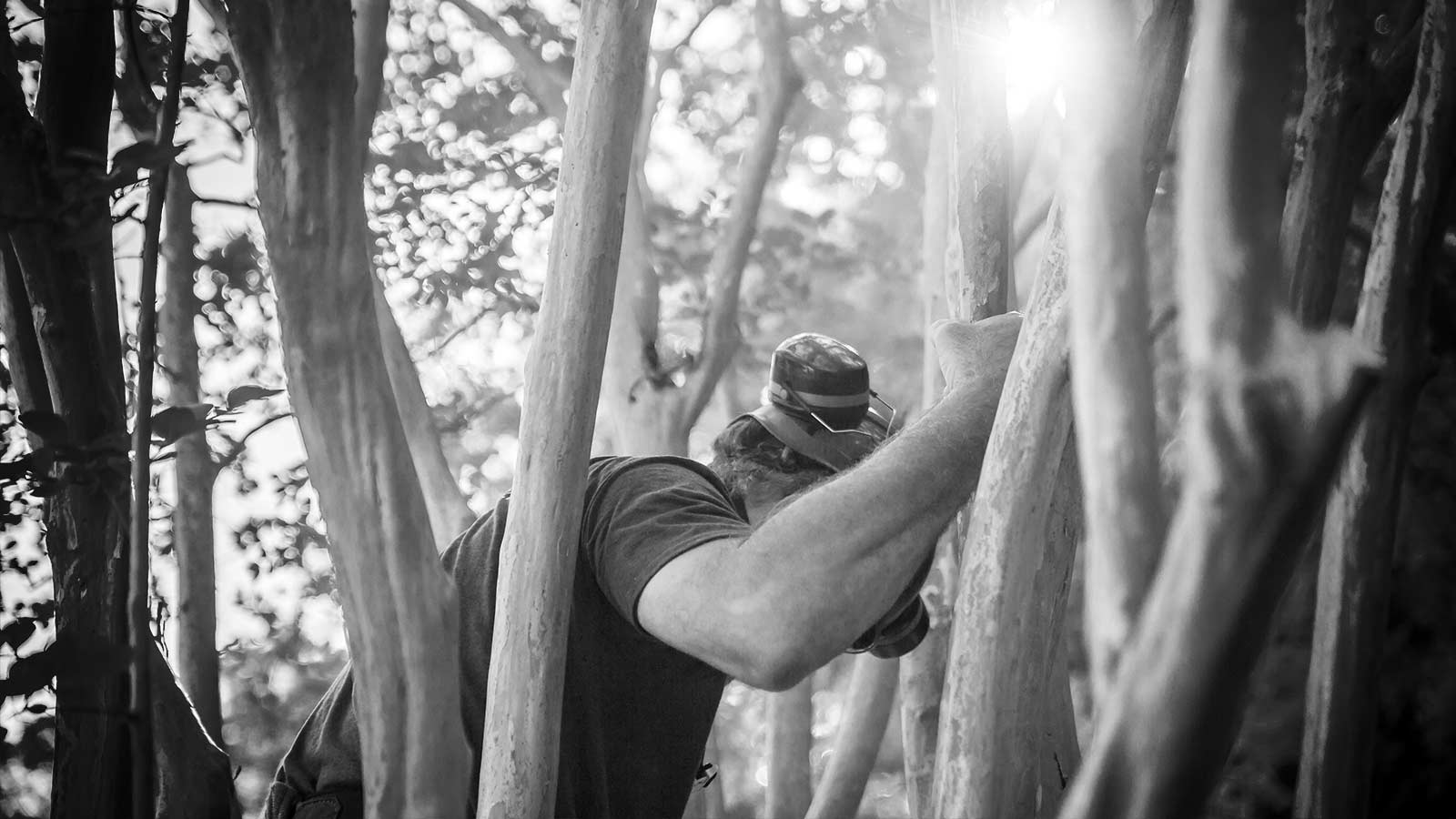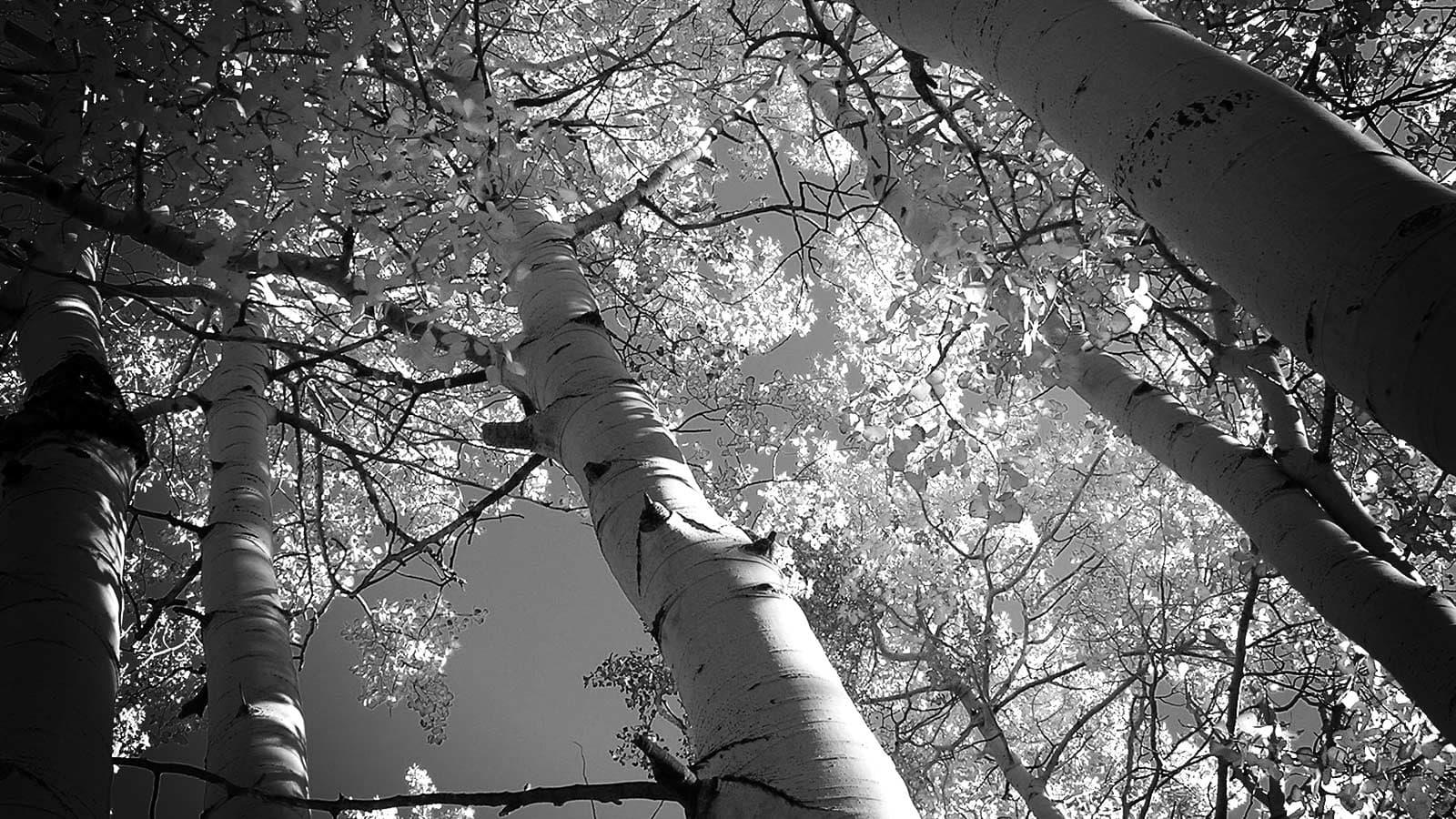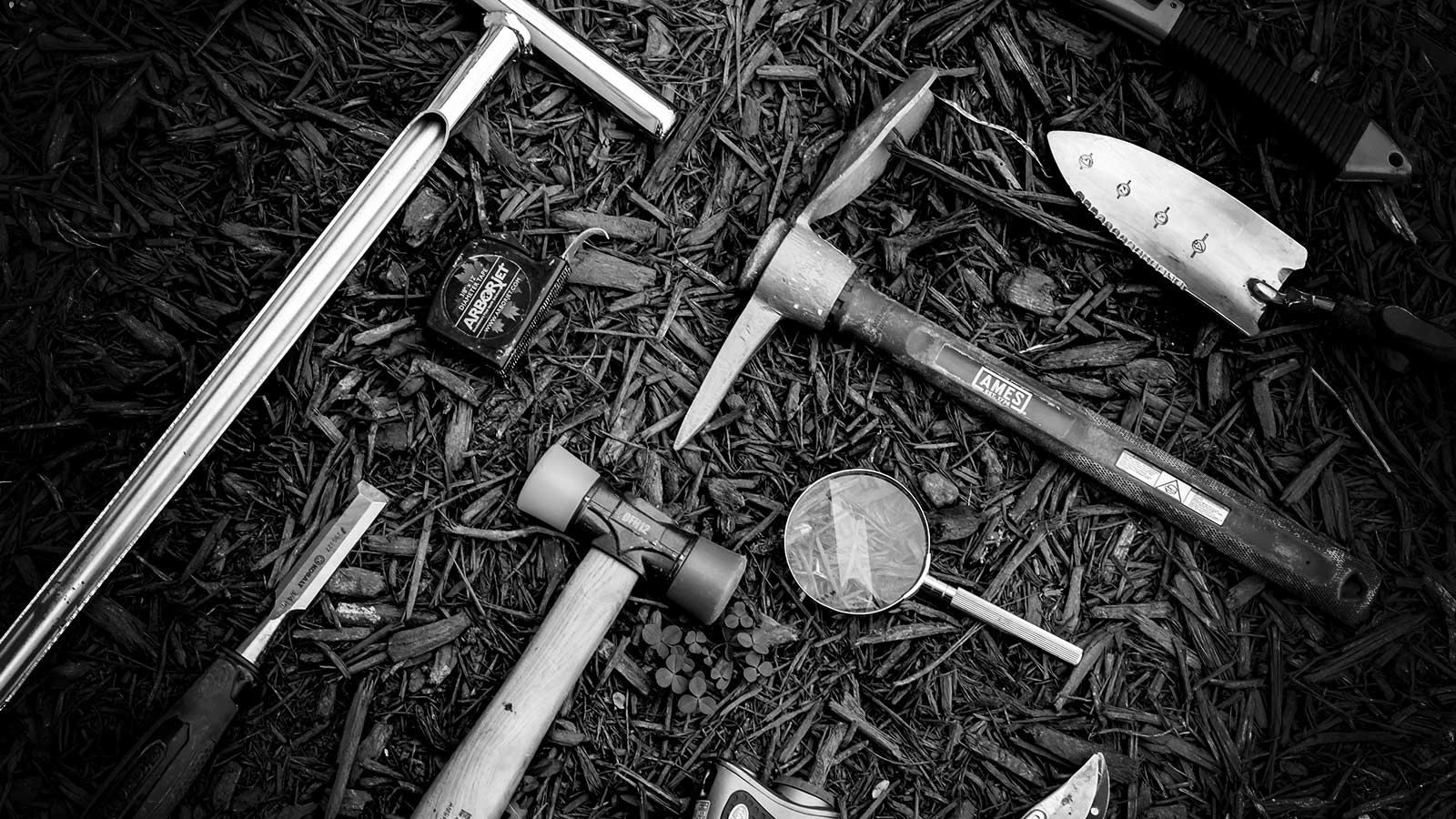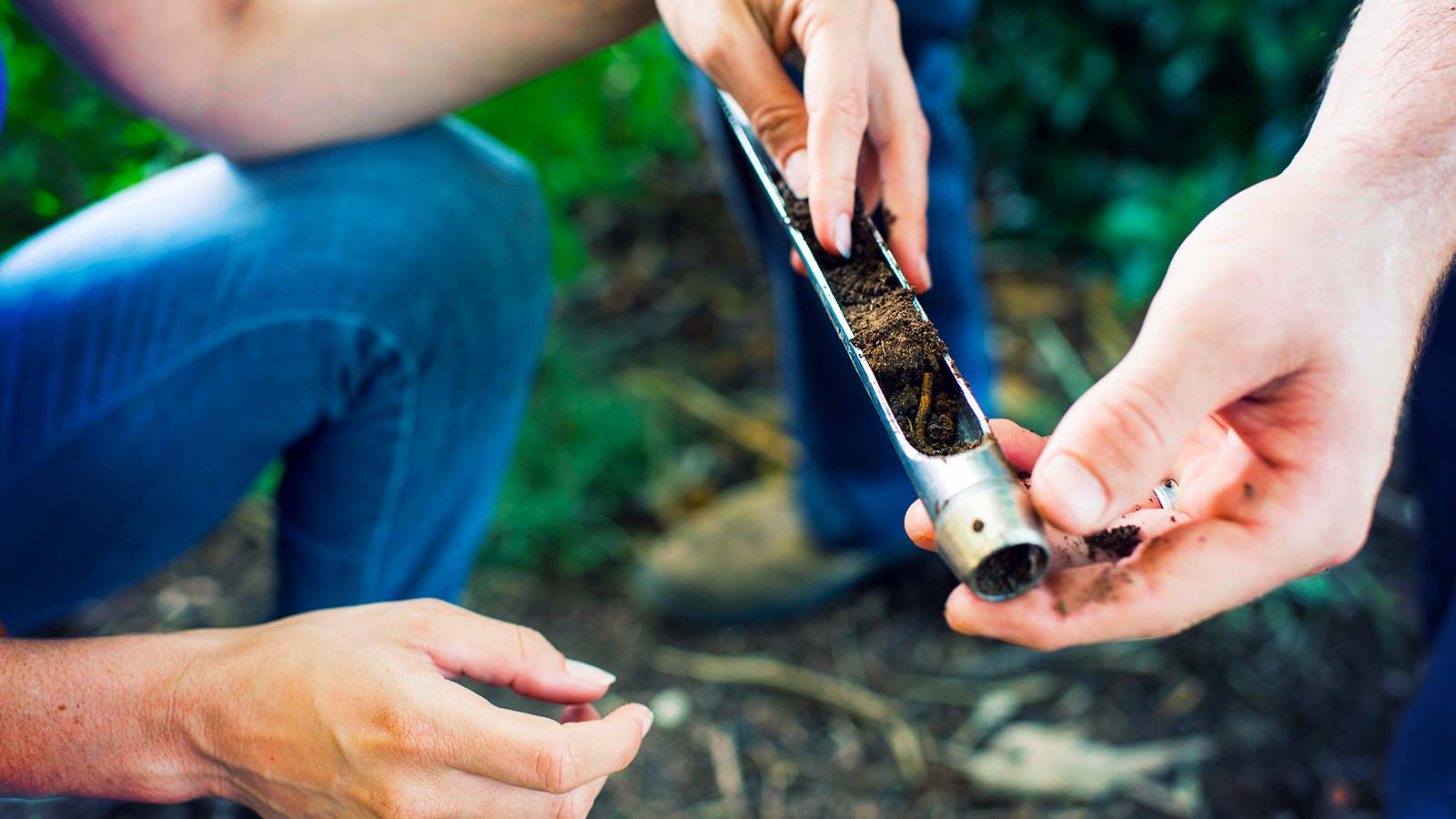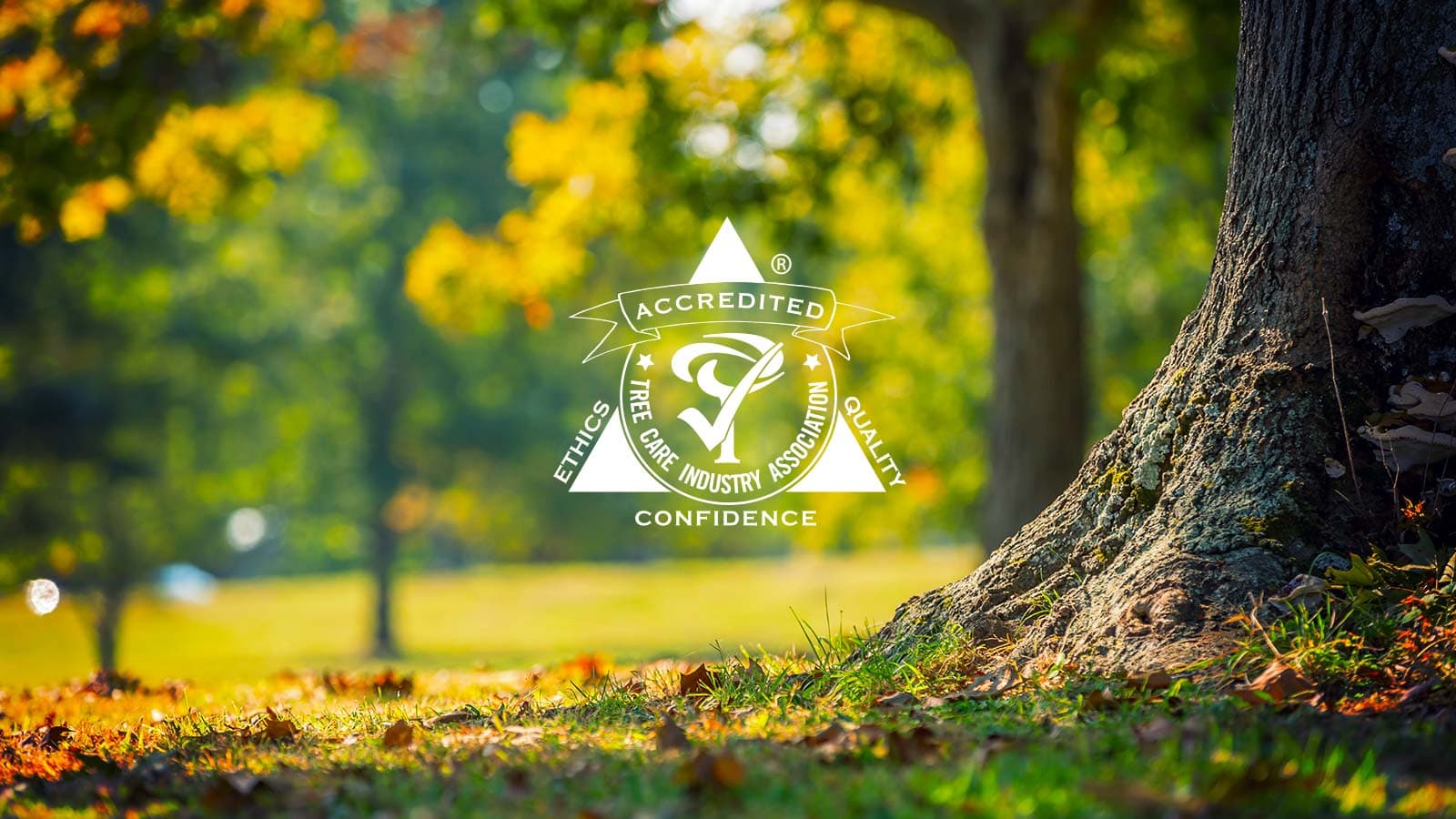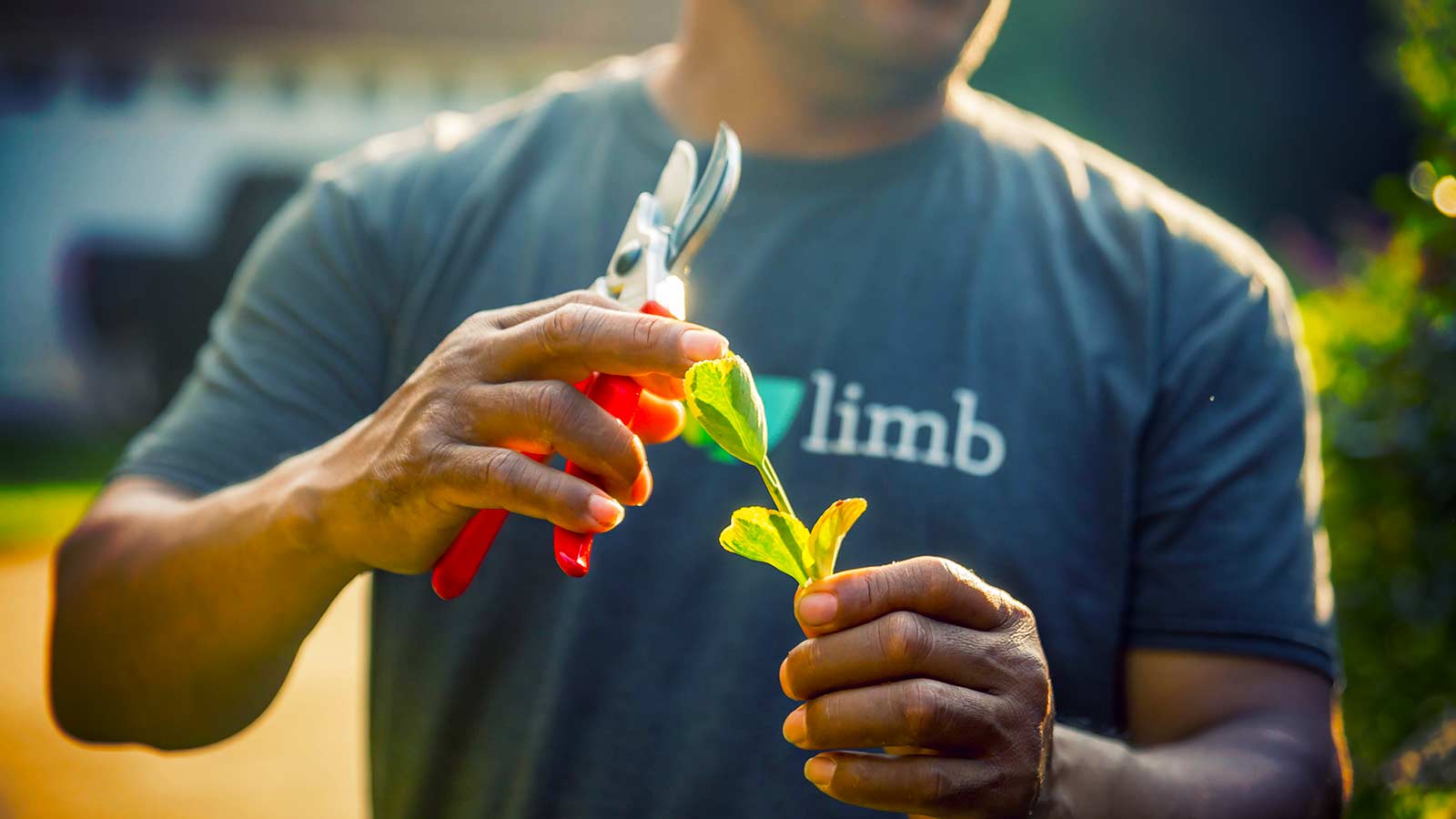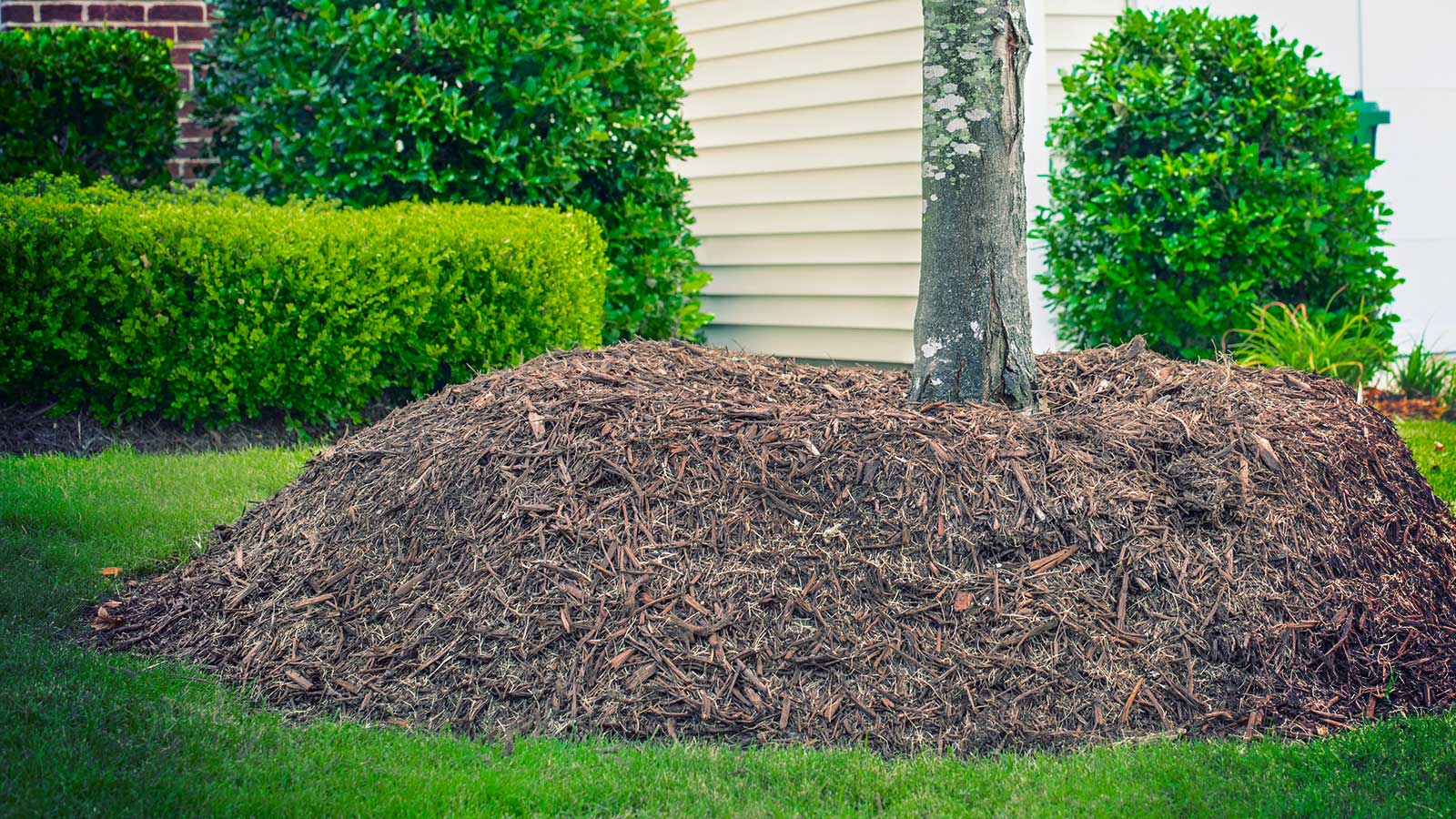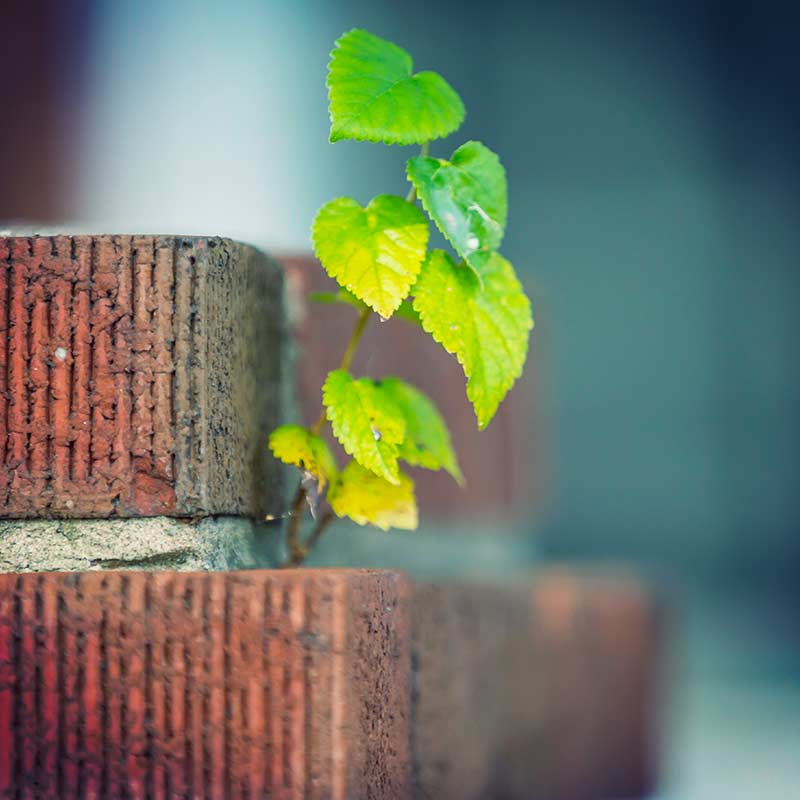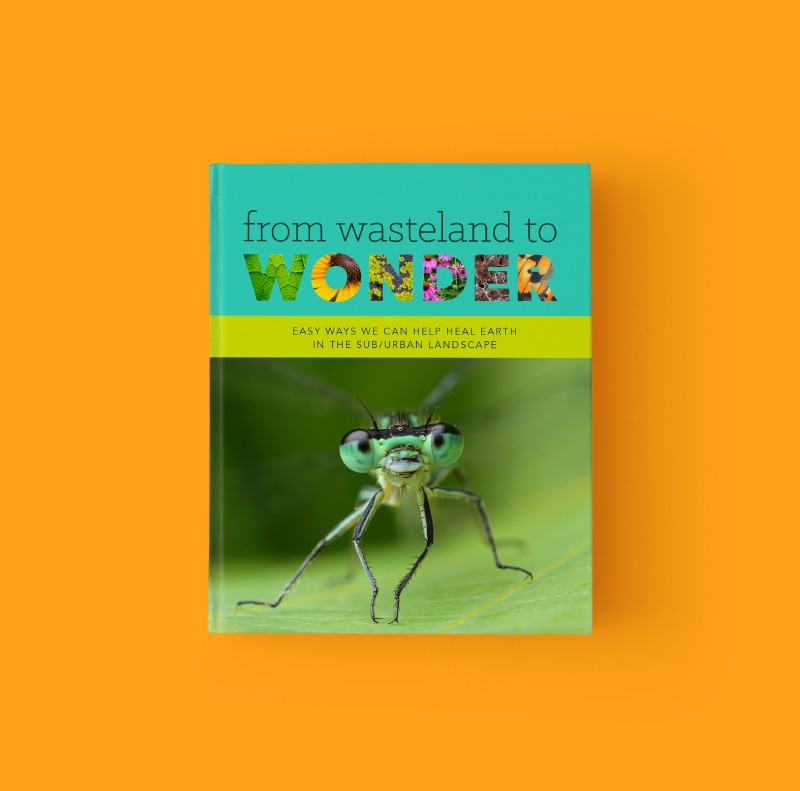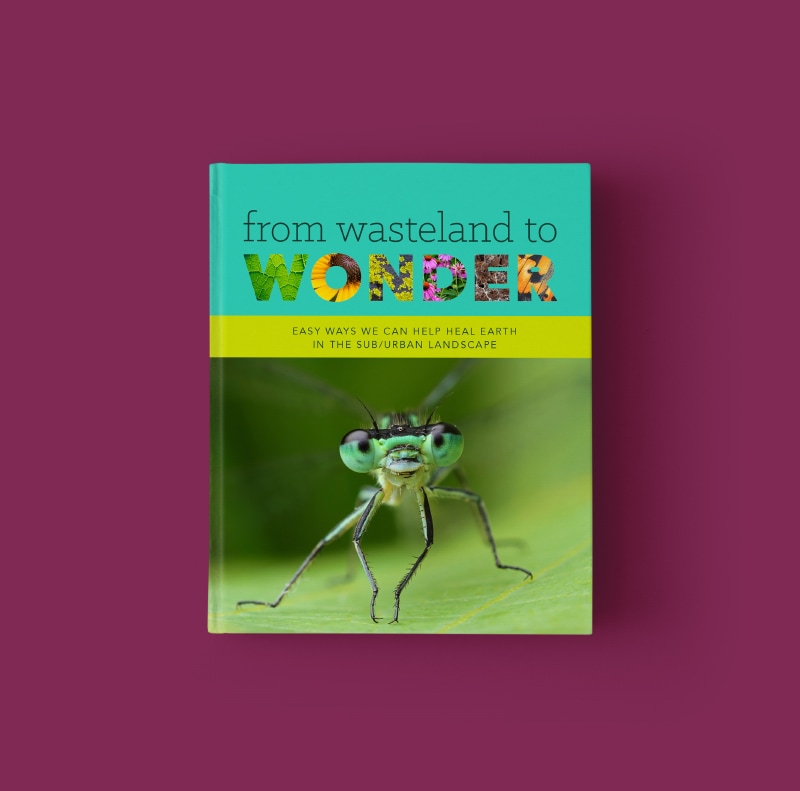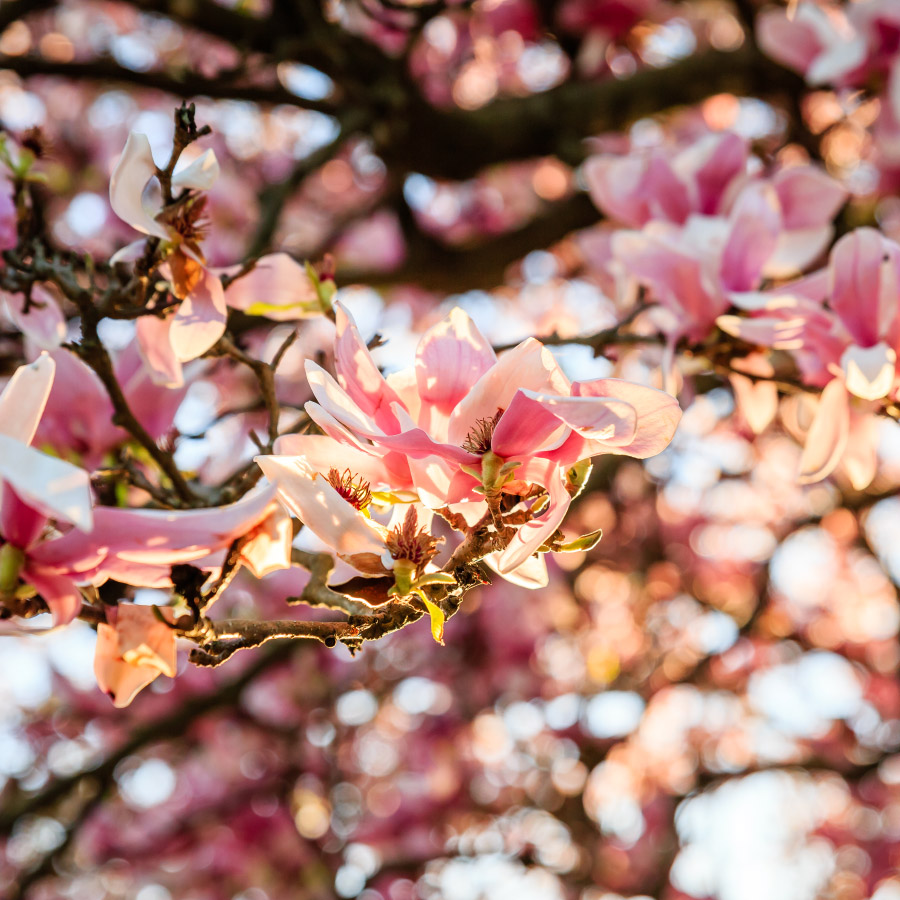How Trees Can Heal Earth & What We Can Do to Help
Ways you can plant and care for trees to help address some of our biggest environmental challenges and help restore life on this planet.
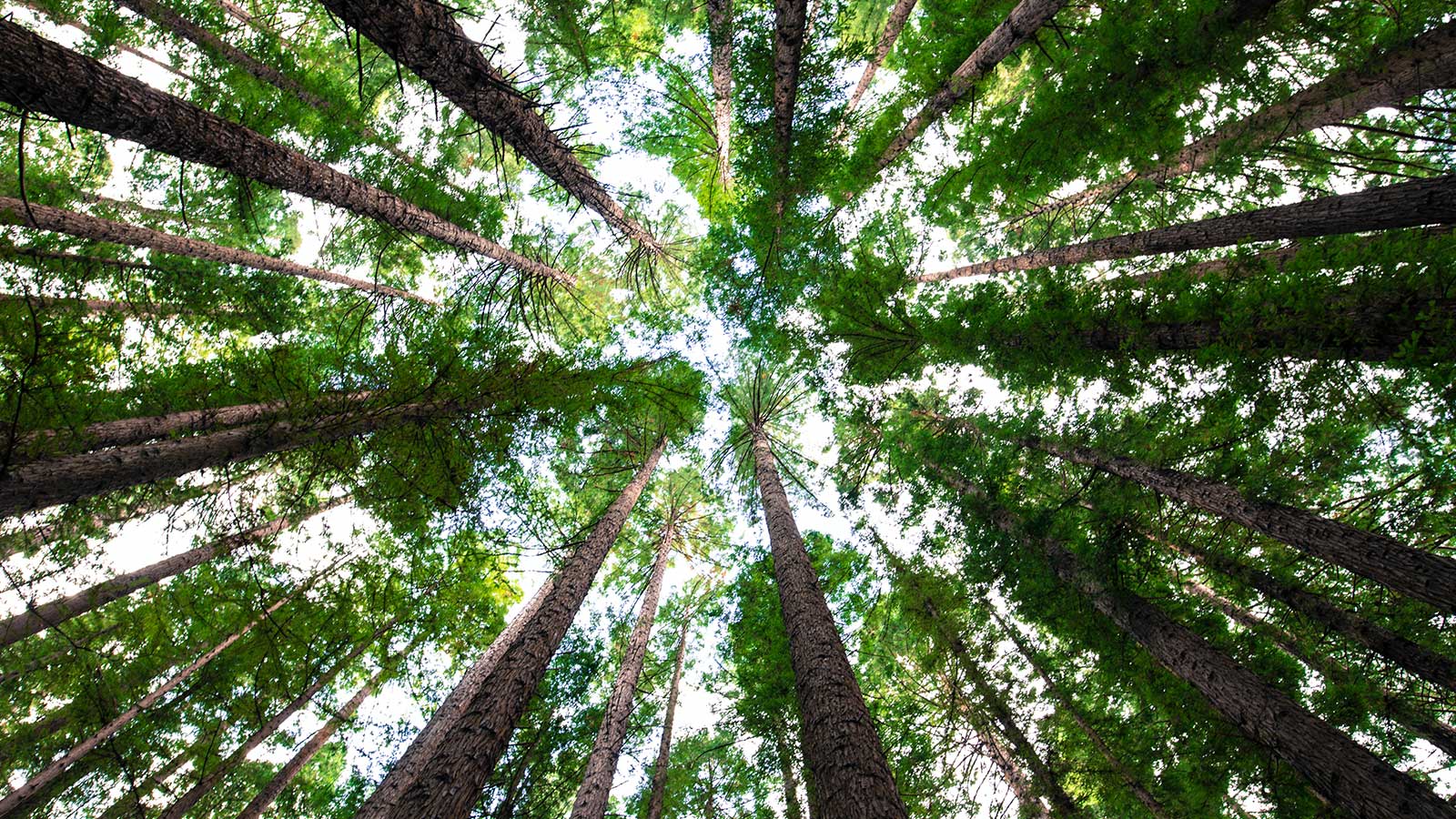
Let’s face it: most of us care about this beautiful planet we call home. Our specific reasons may vary, but at the end of the day, we live the best versions of ourselves when we are healthy, happy, and content. This can only happen when all of life on Earth is flourishing.
A lot is changing here on Planet Earth, all in a relatively short amount of time.
Sadly, many of these changes are devastating to non-human life. They are also harmful to us as humans. They could turn our beloved home into a place that is no longer hospitable for us. Or worse - a place that is still hospitable but devoid of all life except our own species.
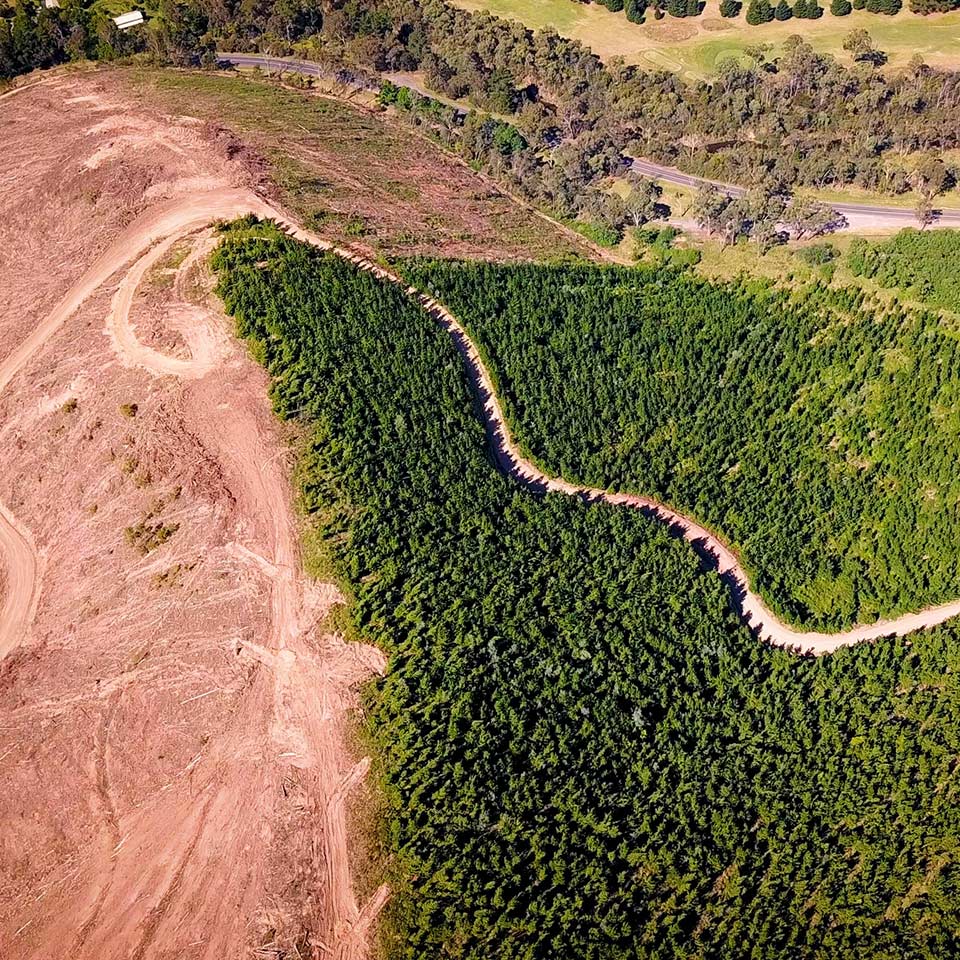
Before we get to hope and how-to’s, which are definitely coming later in this piece, let’s quickly set the stage for some of these negative changes. Consider the following:
- If we scale the age of the Earth to 46 years, humans have been here 4 hours, the industrial revolution began 1 minute ago, and in that time we have destroyed more than half the world’s forests. As of today, we cut down approximately 30 soccer fields of trees every minute.
- We have lost half of the world’s topsoil over the last 150 years due to poor farming practices, overuse of chemicals, etc.
- Twenty-one of Earth’s 37 largest freshwater aquifers are running out of water too fast to be replenished.
- Populations of mammals, birds, fish, reptiles, and amphibians have declined in size by 60 percent in just the last 50 years.
- When you factor in trees, soil, water, animals, insects, and all other forms of life on Earth, over half of ALL non-human life is gone.
- From 1750 to 2009, there has been a 38% increase in atmospheric CO2 and a 147% increase in methane levels.
These facts are staggering and overwhelming.
How can we possibly address such massive threats to the future well-being of life on our planet?
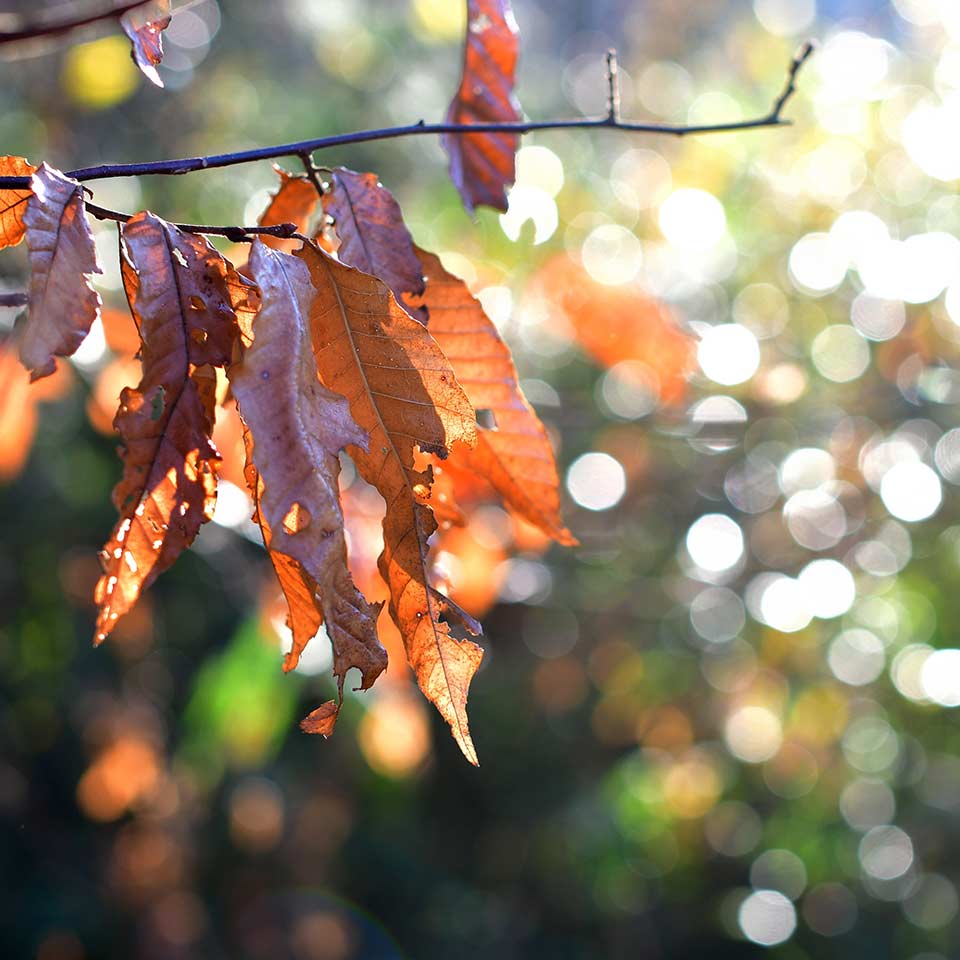
There is good news: we have simple (but not easy) solutions we can implement today.
We can work with Nature and look to her for guidance. What natural processes created planetary conditions favorable to all members of our planet, including humans, mammals, birds, reptiles, and so forth? How did CO2 transfer from the atmosphere to soil and oceans? What are the ecosystems necessary to generate healthy soil and clean drinking water?
Trees were – and are – one of Nature’s most powerful tools for creating the planet we know and love today.
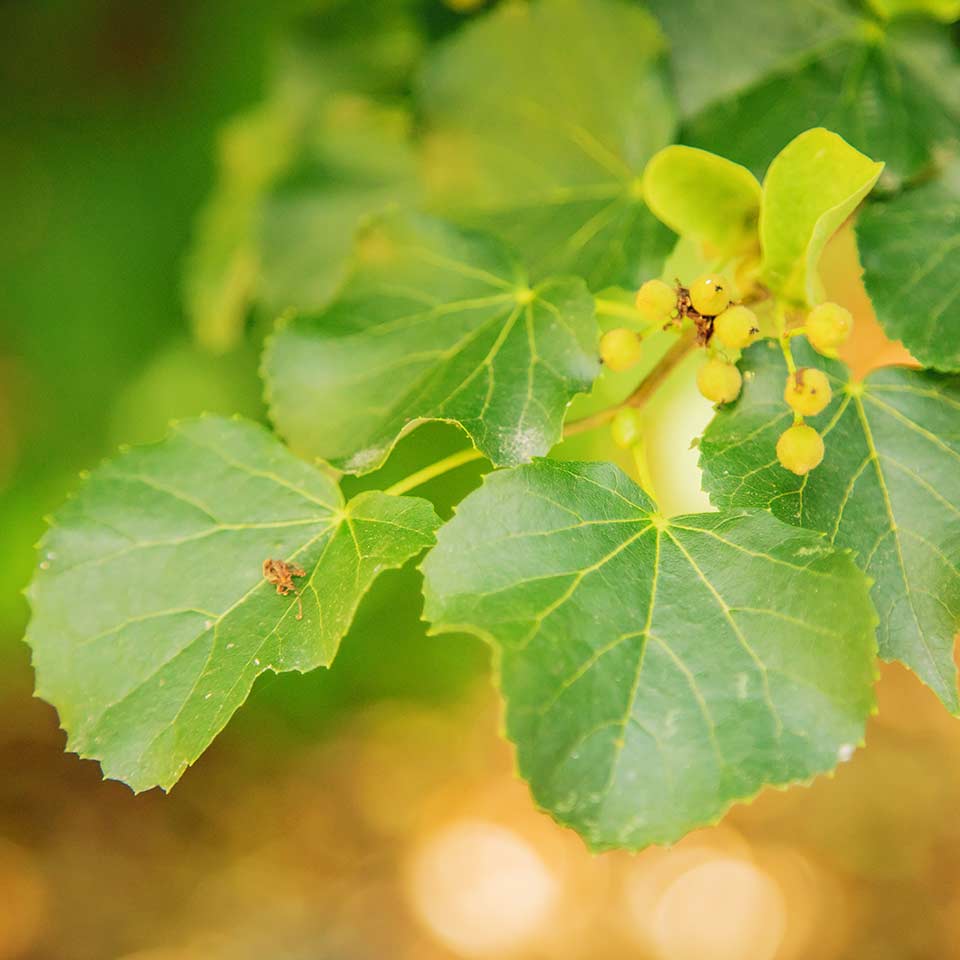
If we plant many new trees and care for the ones we have, we can begin to address all of the issues listed above, as well as others.
Trees help produce stores of clean drinking water, healthy soil in which we can grow food, vibrant ecosystems that house and feed incredible biodiversity, clean air, and they can help move vast quantities of carbon from the atmosphere into the soil.
We can help trees heal our planet in two ways:
- Properly plant lots and lots of trees and then help them reach maturity.
- Responsibly care for trees.
So there it is. Hope! And maybe even a bit of purpose.
All you have to do next is take a baby step.
Start with something small. Perhaps collect a sapling, plant it somewhere nearby, then watch it grow. Or find a tree nearby to care for. If you want to start with something even more straightforward, pick a plant you encounter each day and begin observing it. Does it have flowers in spring? Does it attract birds? What does it look like after a storm? Before you know it, you might just be a regular green thumb.
It’s just that easy. These steps may seem small, but this is how change begins. It starts with new knowledge and small acts by individuals like you and me.
As we advance on this journey of planting trees and caring for them, there are some pitfalls to avoid. We want to be careful to plant trees properly so they grow to be healthy. We also want to care for existing trees responsibly so as to avoid creating unintended harm to the tree or other members of the ecosystem.
Here are some tips to avoid common pitfalls:
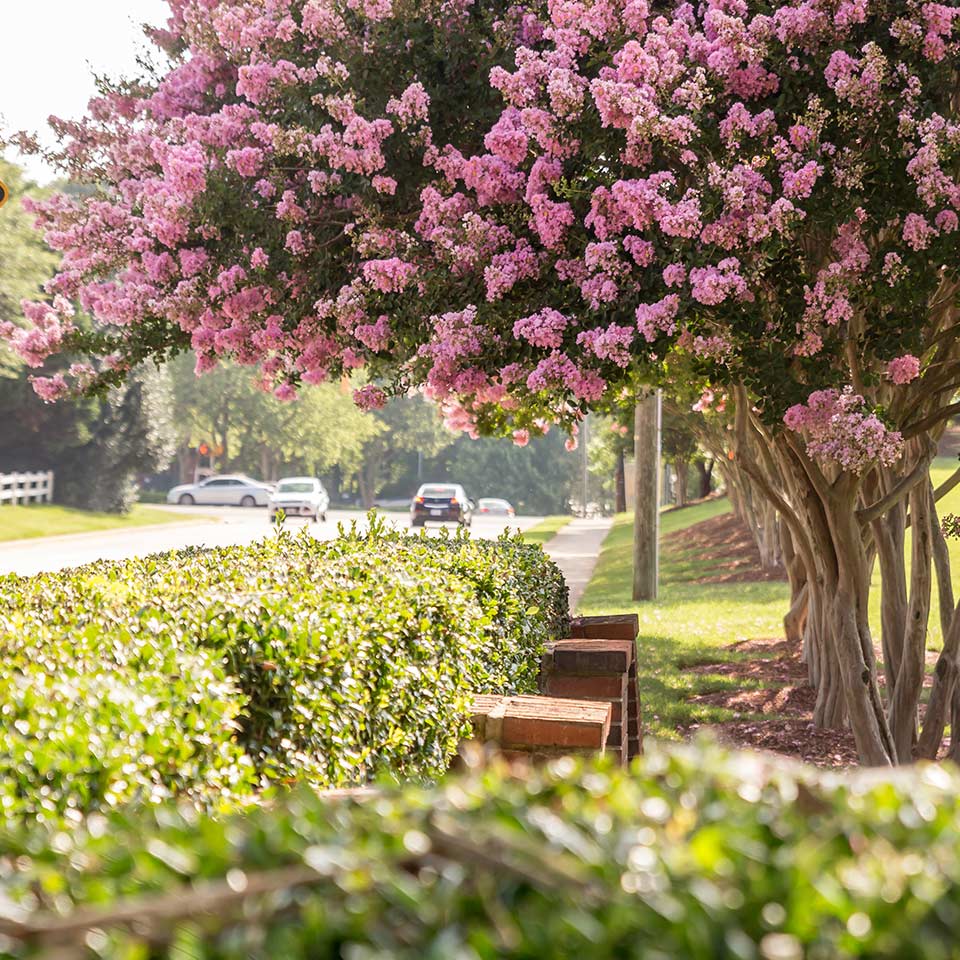
Before we plant a tree, we must make sure the species is suited to grow in that location.
For example, will it receive enough sunlight? What about water? Does it have space to grow up (canopy) and down (roots)? If we do not select the right species for the given location, we doom the tree from the outset. For more information on this topic, see Right Tree, Right Place: What to Plant and Where to Plant It.
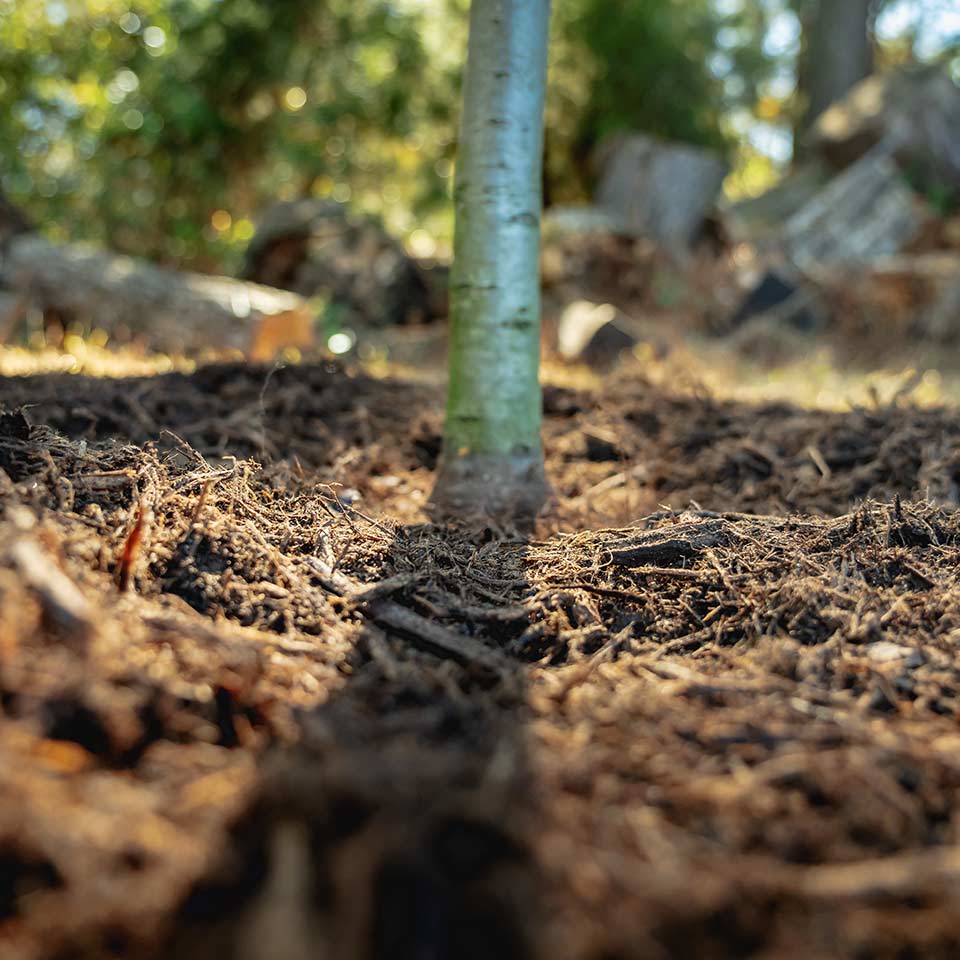
When we plant, we must not bury the root collar.
The root collar is the name given to the bottom of the trunk where it splits out into multiple roots. We must ensure it is at or above the surrounding grade. If the root collar is buried below soil or mulch, the tree will likely die. To learn more check out 8 Ways to Accidentally Kill Your Tree When Planting.
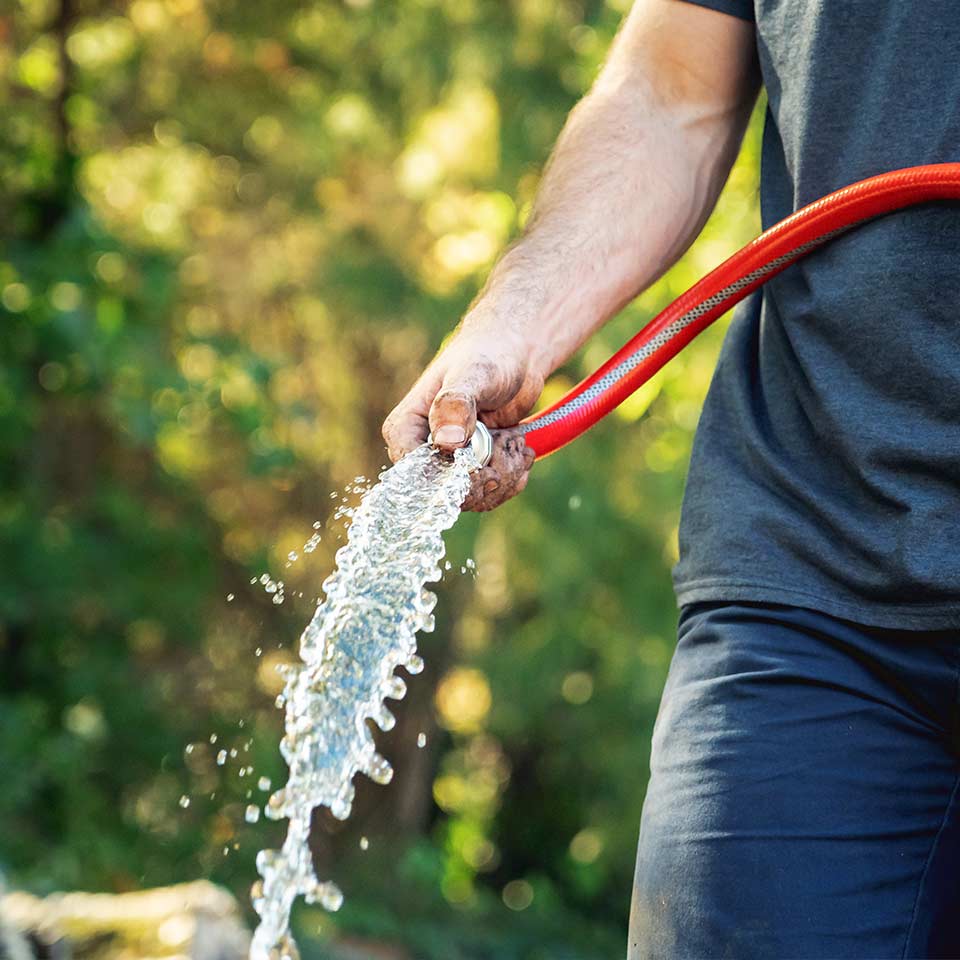
A new tree typically needs ten or so gallons of water per week during hot, dry conditions if possible.
It usually does not need any water during other times of the year or after it has established (establishment usually takes 2-4 years). If this is not possible, make sure to choose a native species acclimated to local weather and site conditions. This species has a higher likelihood of survival without supplemental water. See Proper Care for Newly Planted Trees.
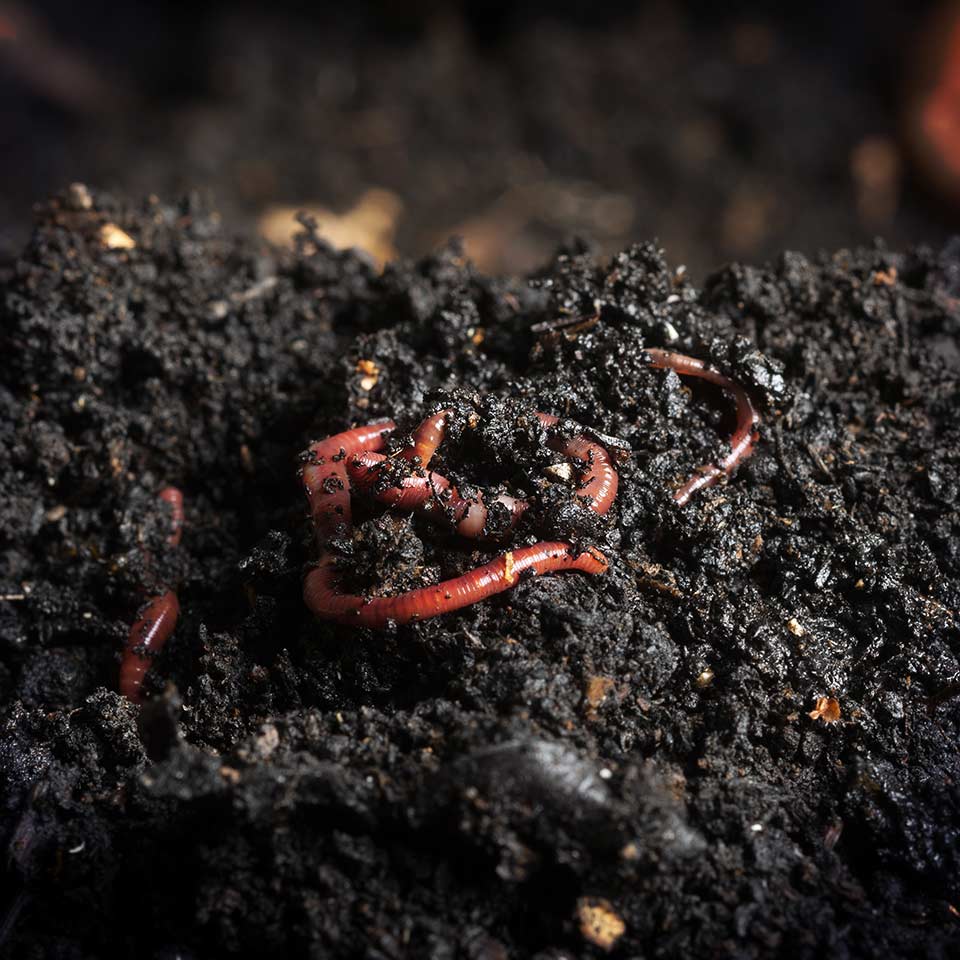
A healthy tree can only grow from healthy soil.
We also need healthy soil to hold carbon in place after the tree has pulled it from the atmosphere. What is healthy soil? It is a wide diversity of billions of microorganisms that make up a living community among non-living elements such as sand and silt. We should avoid using chemicals such as Round-up, pesticides, mosquito sprays, and so forth. These kill the community of microorganisms, turning healthy soil into dead dirt. Leave your leaves under the tree when they fall. They rot and feed life in the soil. For more ways to improve soil health, see From Dead Dirt to Healthy Soil in 7 Simple Steps.
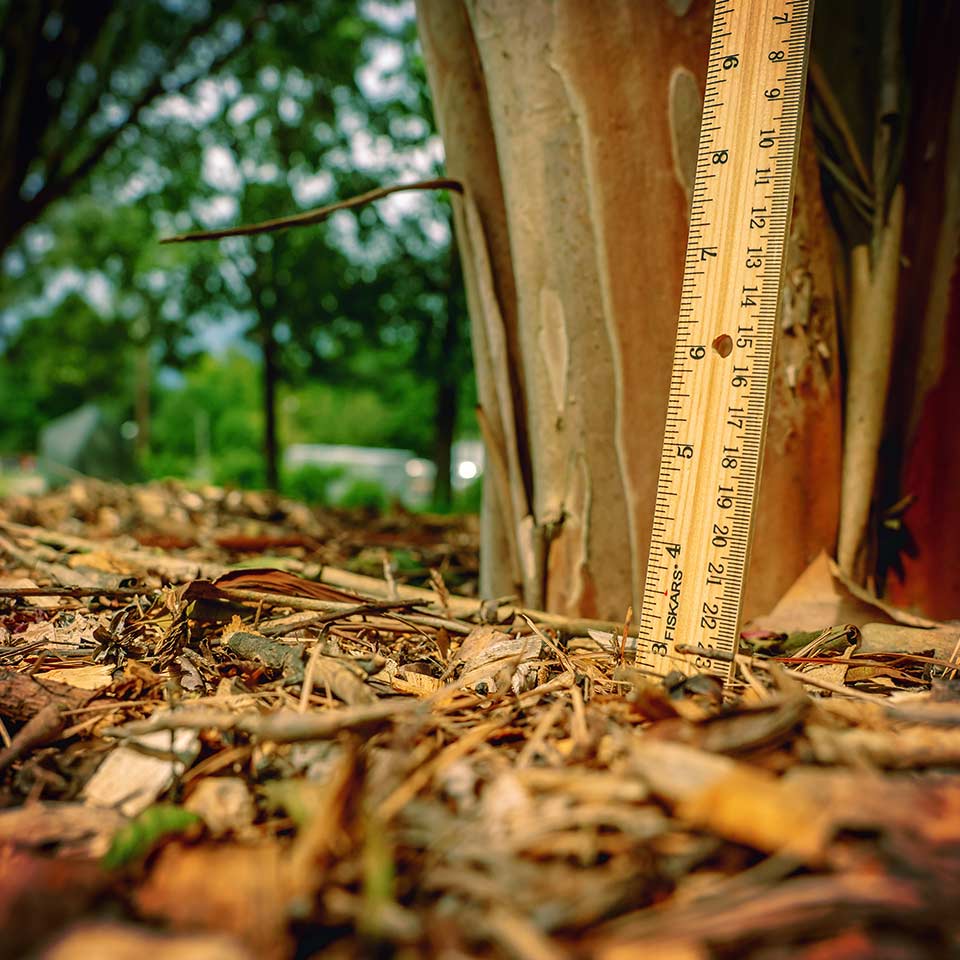
We should place thick beds of wood chips or mulch around the base of a tree.
For example, they rot and feed the microorganisms that make up healthy soil. They also protect the tree from being damaged by lawnmowers and string trimmers. Place the wood chips from the trunk to the edge of the canopy. But avoid placing them on the trunk of the tree – we must not bury the root collar, or we will kill the tree. We prefer arborist wood chips because most tree services give them away for free, and they are very healthy for the tree. Using wood chips also keeps waste out of the landfill. For more information on the benefits of wood chips or how to properly install them, please see Mulching: A Cheap, Easy Way to Increase the Health of Your Trees!
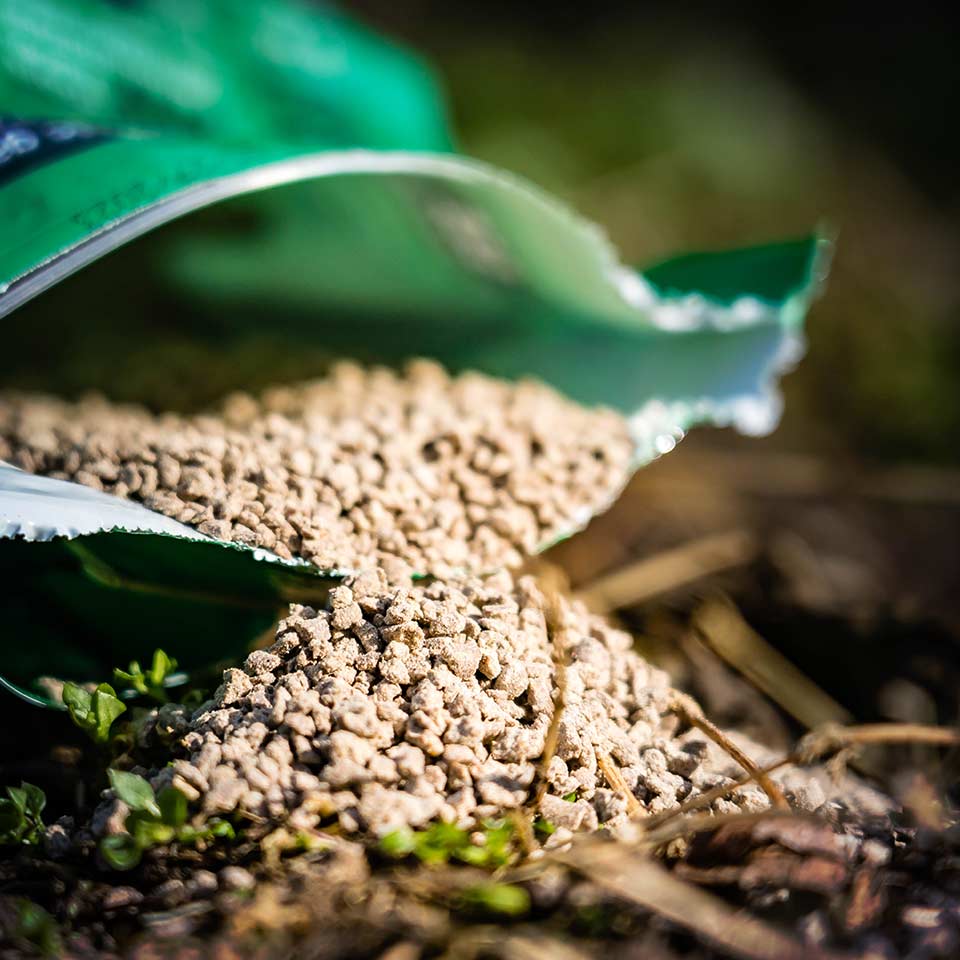
We should avoid using most fertilizers.
They create many serious long-term issues for trees, as well as for the health of Earth. For example, did you know that fertilizer production generates radioactive waste? The best way to feed a tree is to choose products that feed the microorganisms in the soil. They like eating rotting organic matter. We can provide rotting organic matter in the form of leaves, wood chips, compost, humates, etc. Again, leave those leaves in place – they are the best fertilizer available, specially engineered by our planet just for trees. We discuss fertilizers in more detail in our article Using Fertilizer? Think Twice Before You Do.
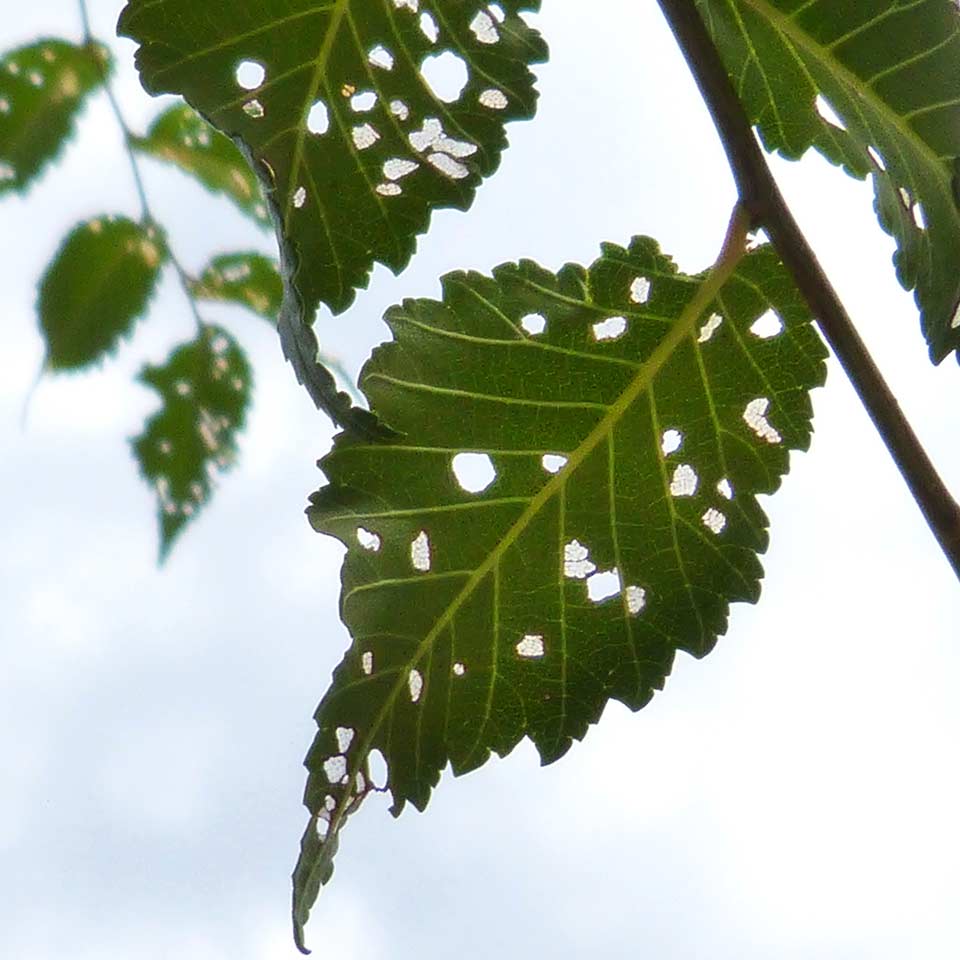
We must be responsible for how and when we treat trees for pest issues.
All “pests” are natural members of our planet’s ecosystems. We should only consider treatments if the damage is overwhelming the tree, and then we must be very responsible in how we do so. We must avoid causing residual harm to other members of the ecosystem and soil microorganisms. For example, most traditional pesticides kill every insect, not just the targeted bug, as well as life in the soil. Think nuclear bomb on a tiny scale. Instead, we should choose organic, natural ways to target the specific insect when it is most vulnerable without creating negative consequences for the rest of the ecosystem. One amazing way to do this is to install a Piedmont Prairie on site. These prairies host a plethora of predatory insects that feed on tree pests. PRO TIP: better yet, figure out why the tree is not able to adequately defend itself naturally and correct this underlying issue just versus treating the pest. We provide more information on this topic at Friend or Foe: When to Take Action Against Pests.
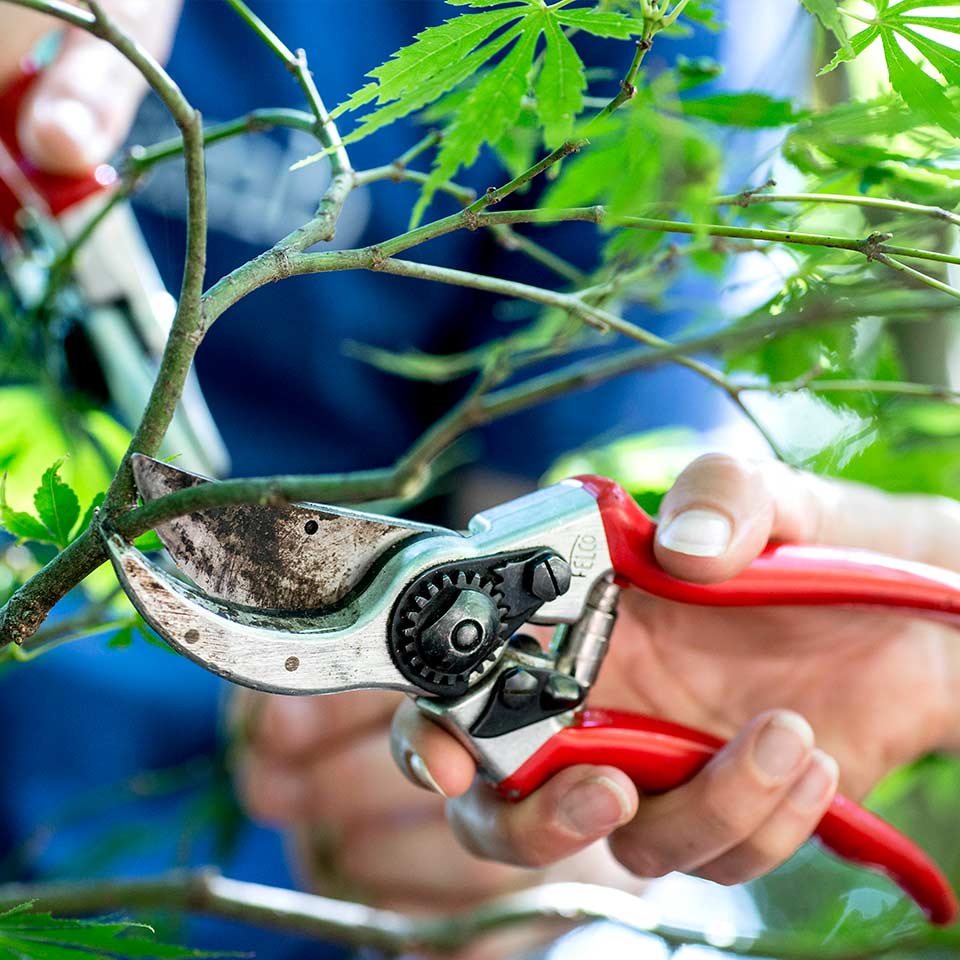
Pruning a tree is often necessary in an urban setting.
If and when pruning is needed, make sure there is a good reason for doing so since pruning injures the tree. In other words, create a goal that yields an outcome where the ends justify the injury. One example might be structural pruning to create a stronger tree in the future. In addition, always make cuts just outside of the branch collar. This is the only place where the tree can heal. If we violate these concepts, we could sentence the tree to a slow, premature death. There are many resources on how to prune properly. Here is one we created Don't Make a Deadly Mistake: Top 10 Questions to Consider Before Pruning.
We all love our planet. Though many issues threaten the well-being of our future, we have hope. We can work with Nature and look to her for guidance and solutions. We know that healthy trees in abundance create happy people and a more vibrant planet.
So please join us on this journey - let’s repopulate our beloved planet with trees and care for them responsibly.


